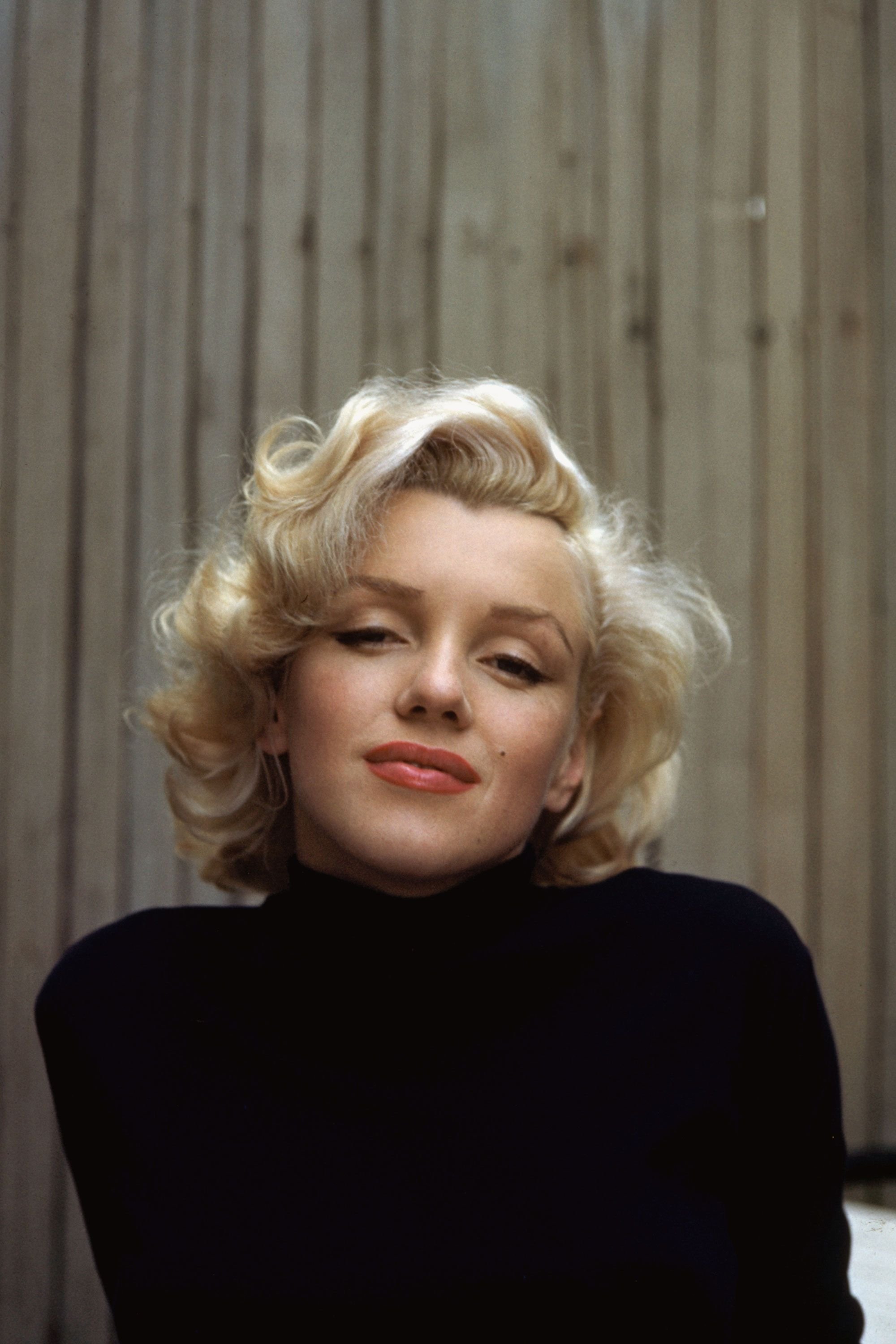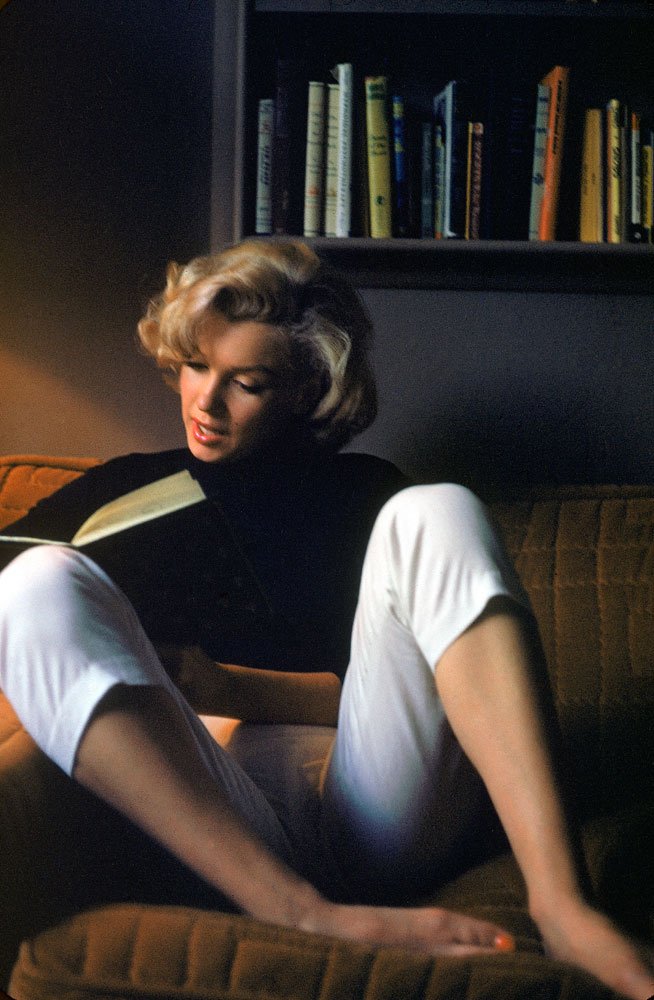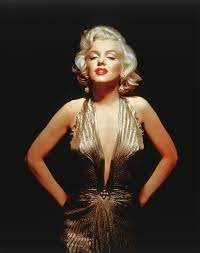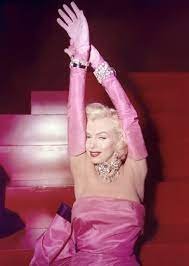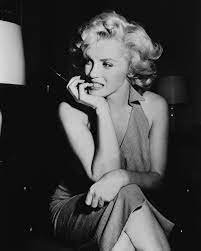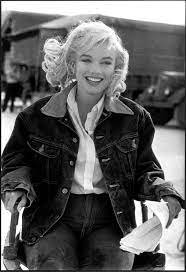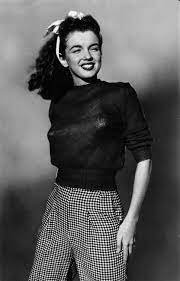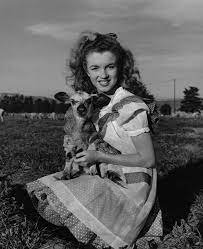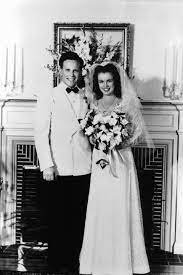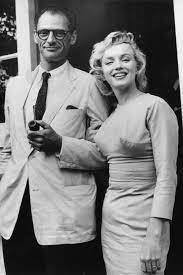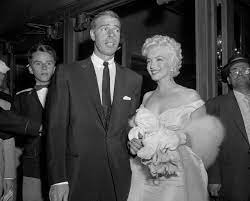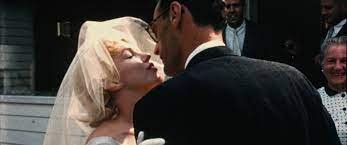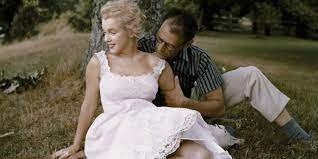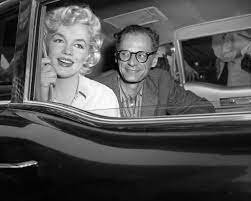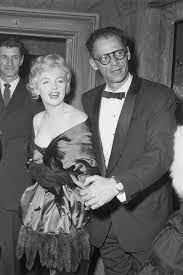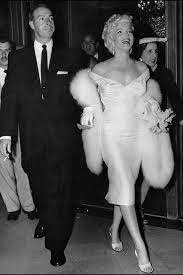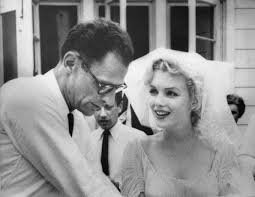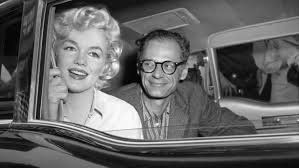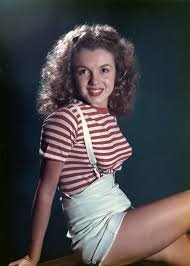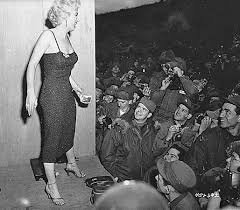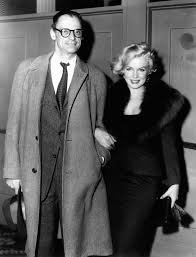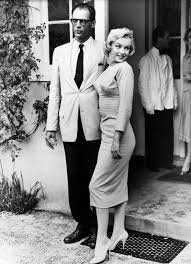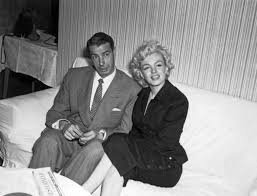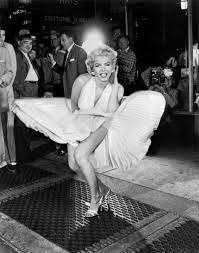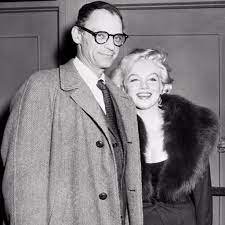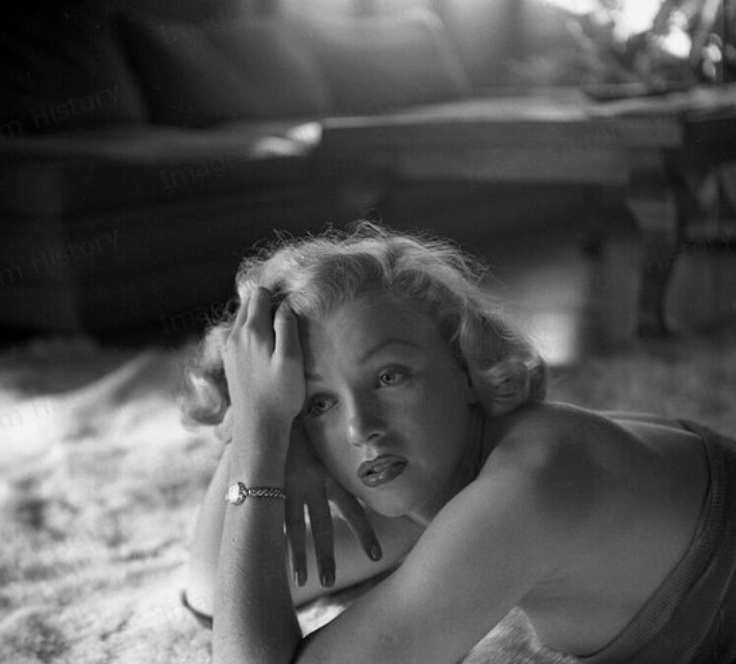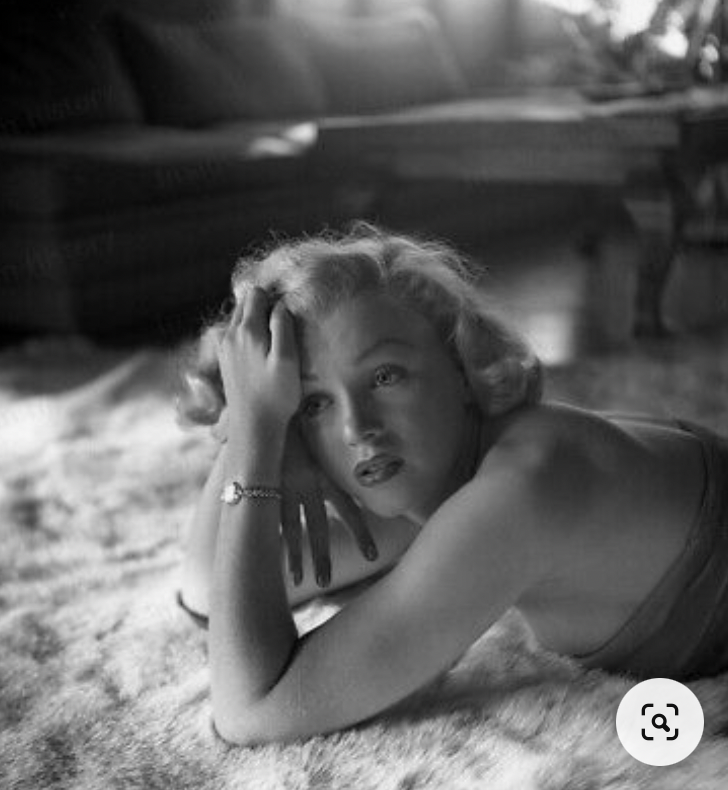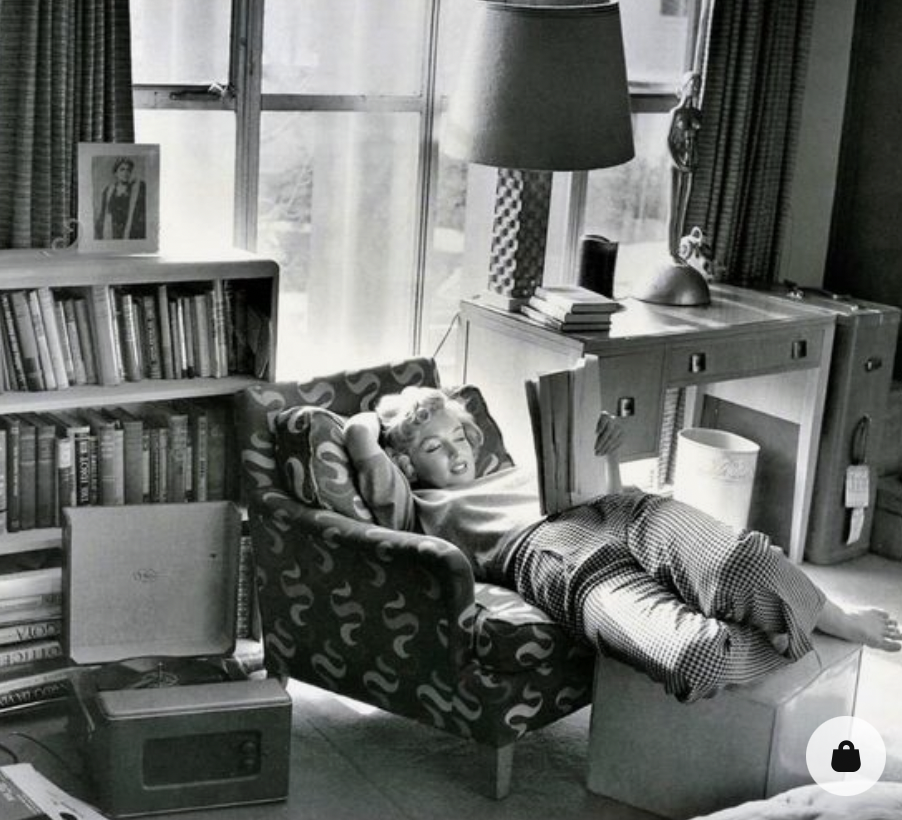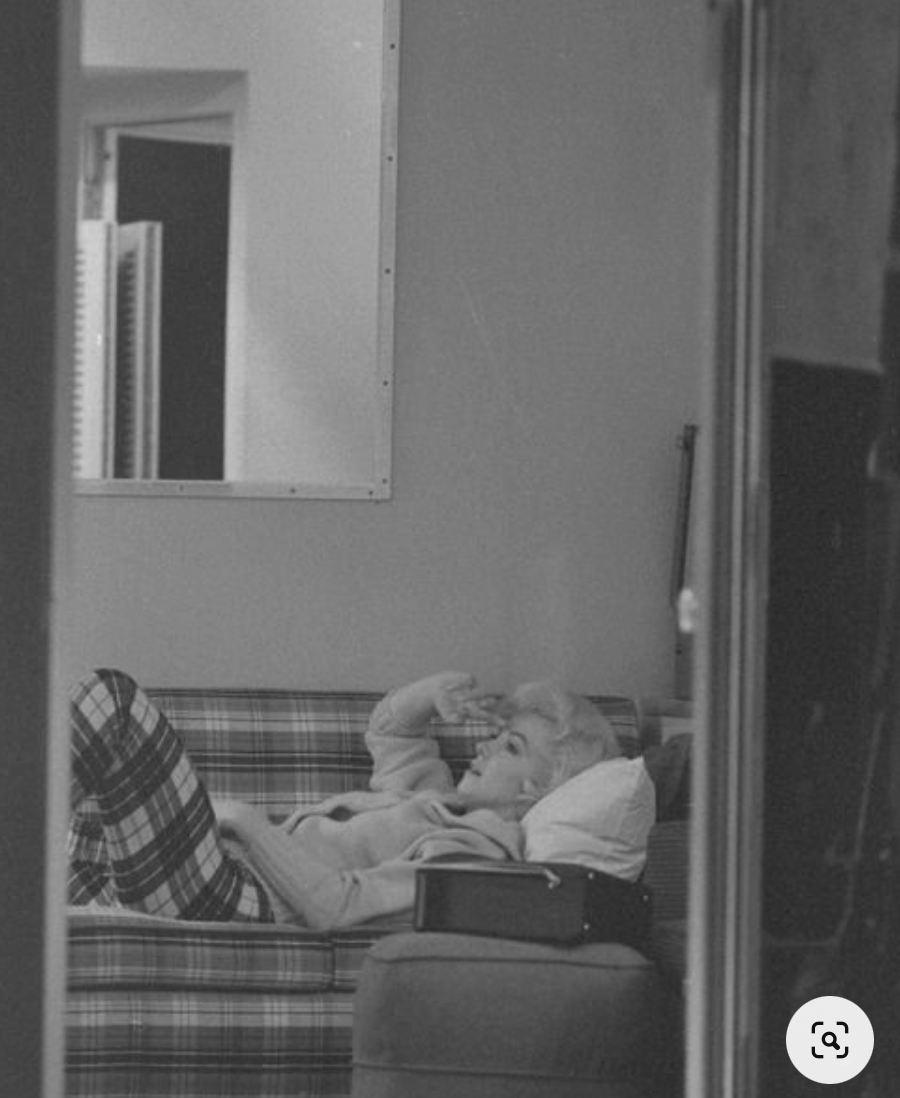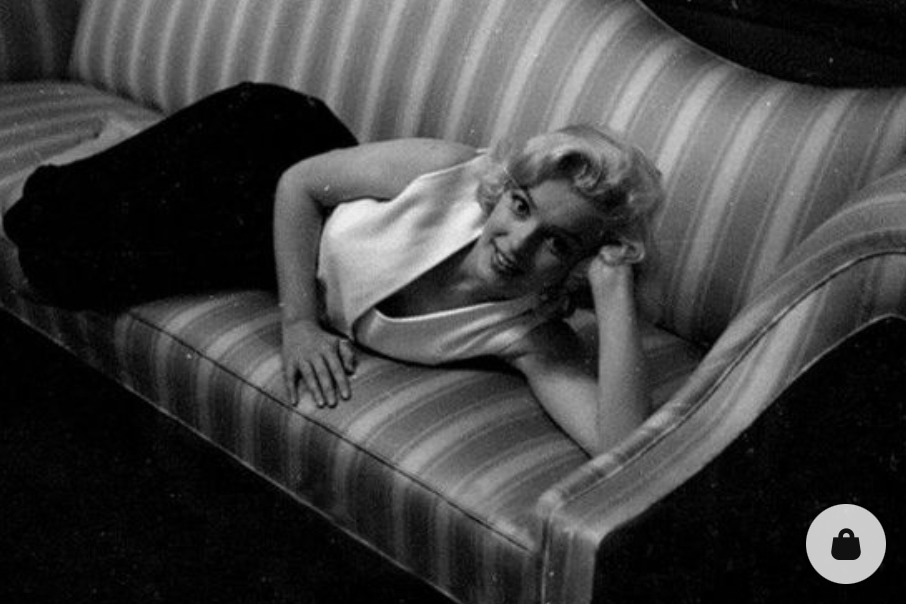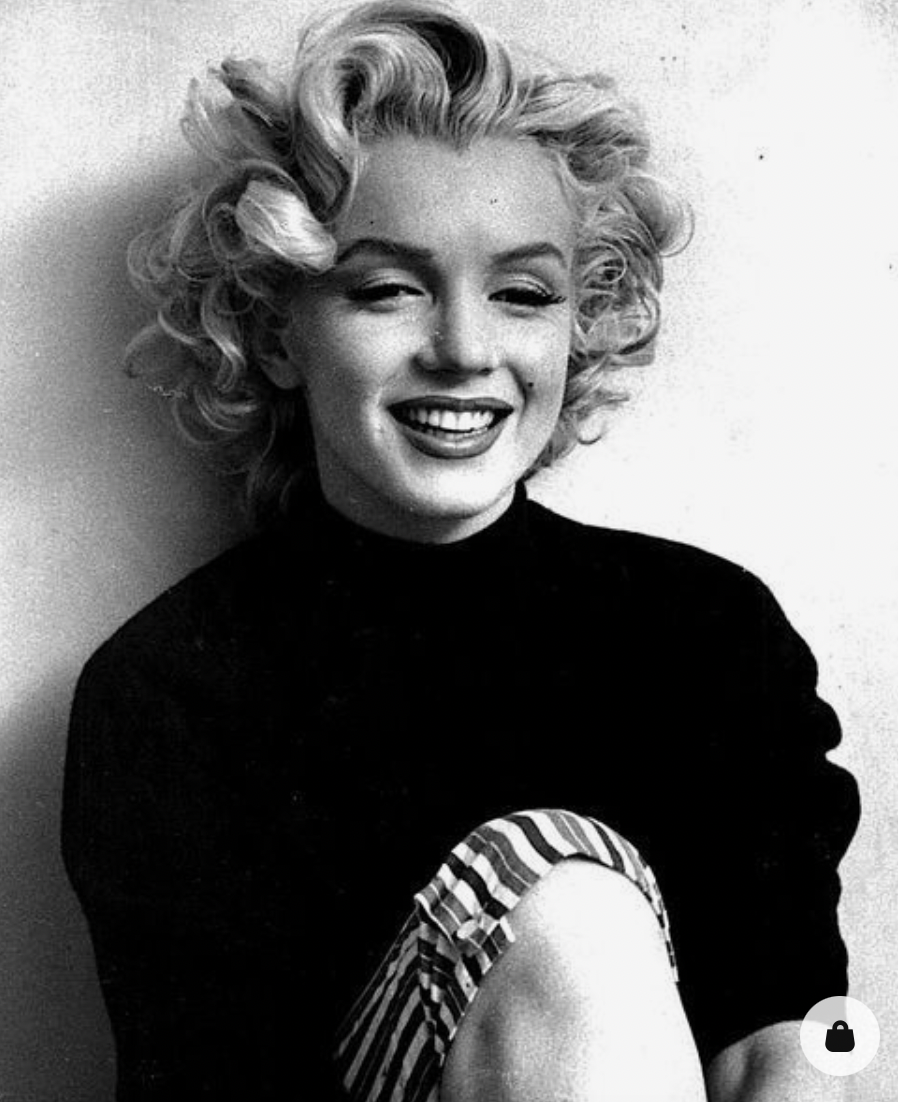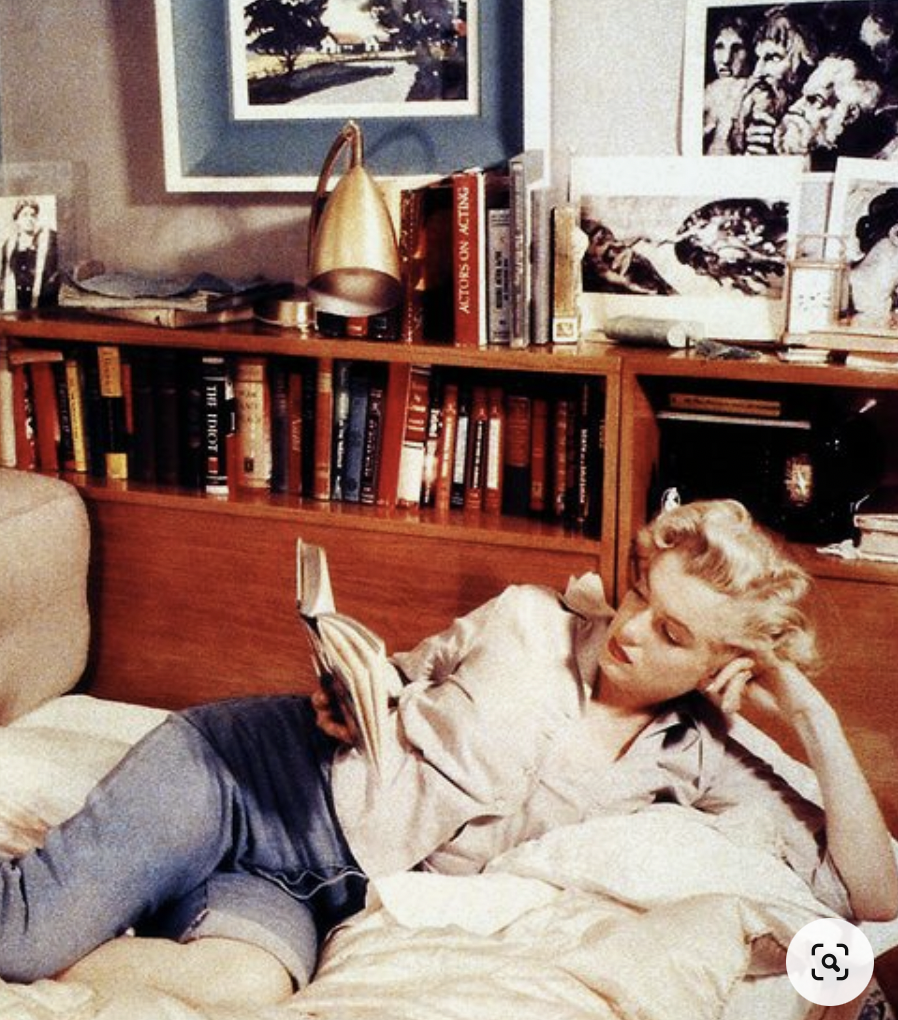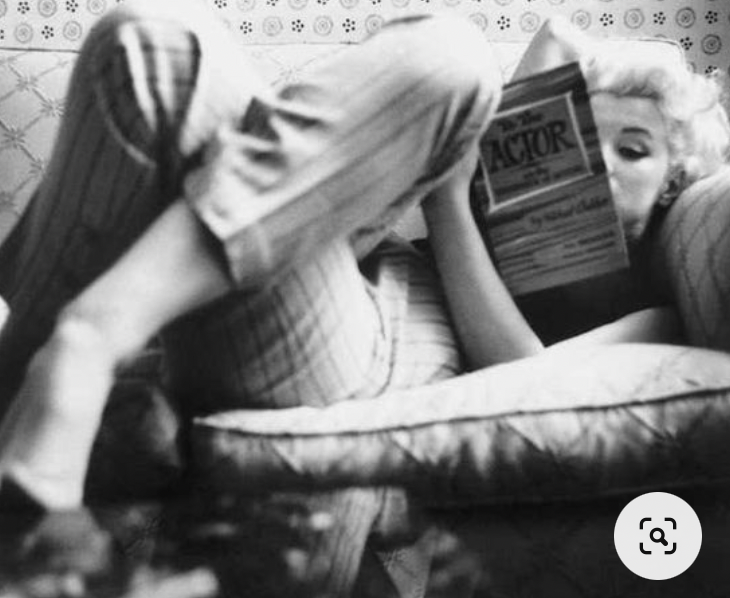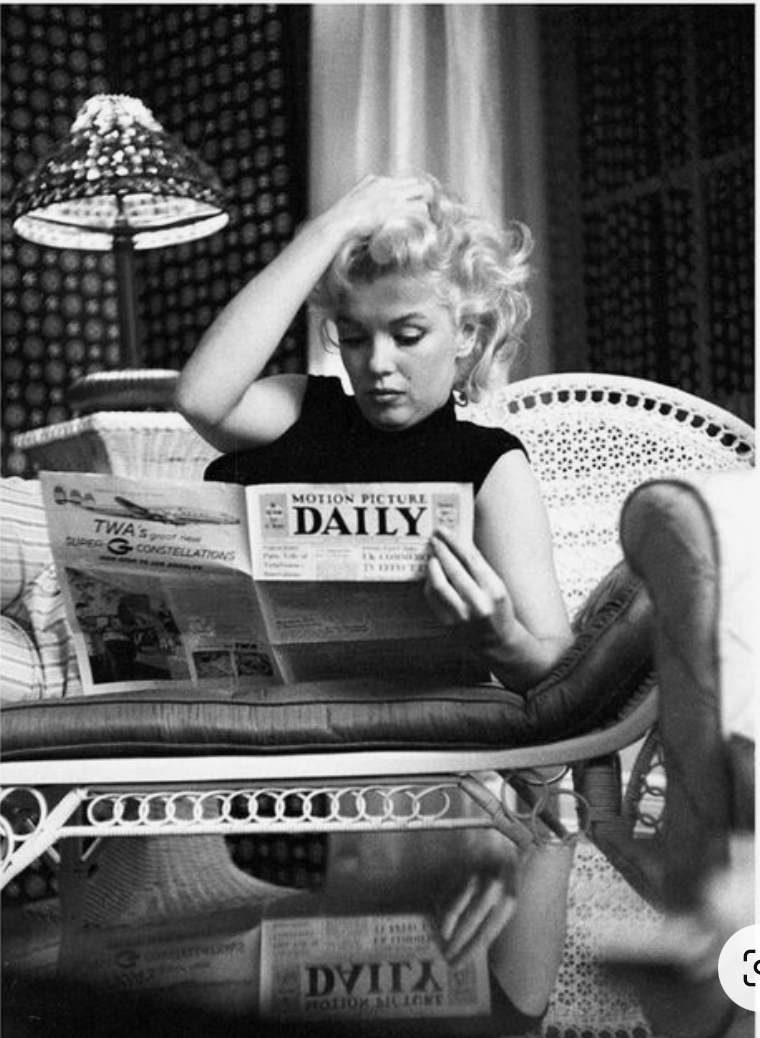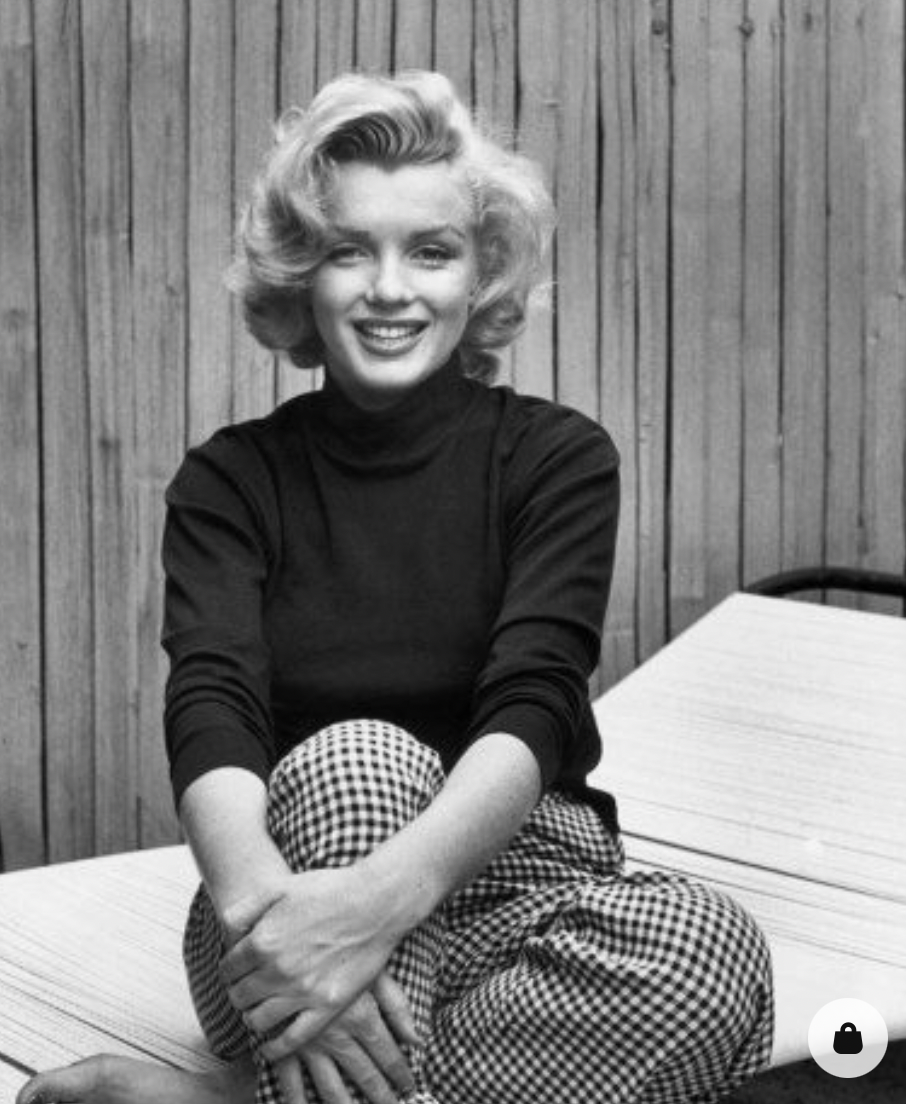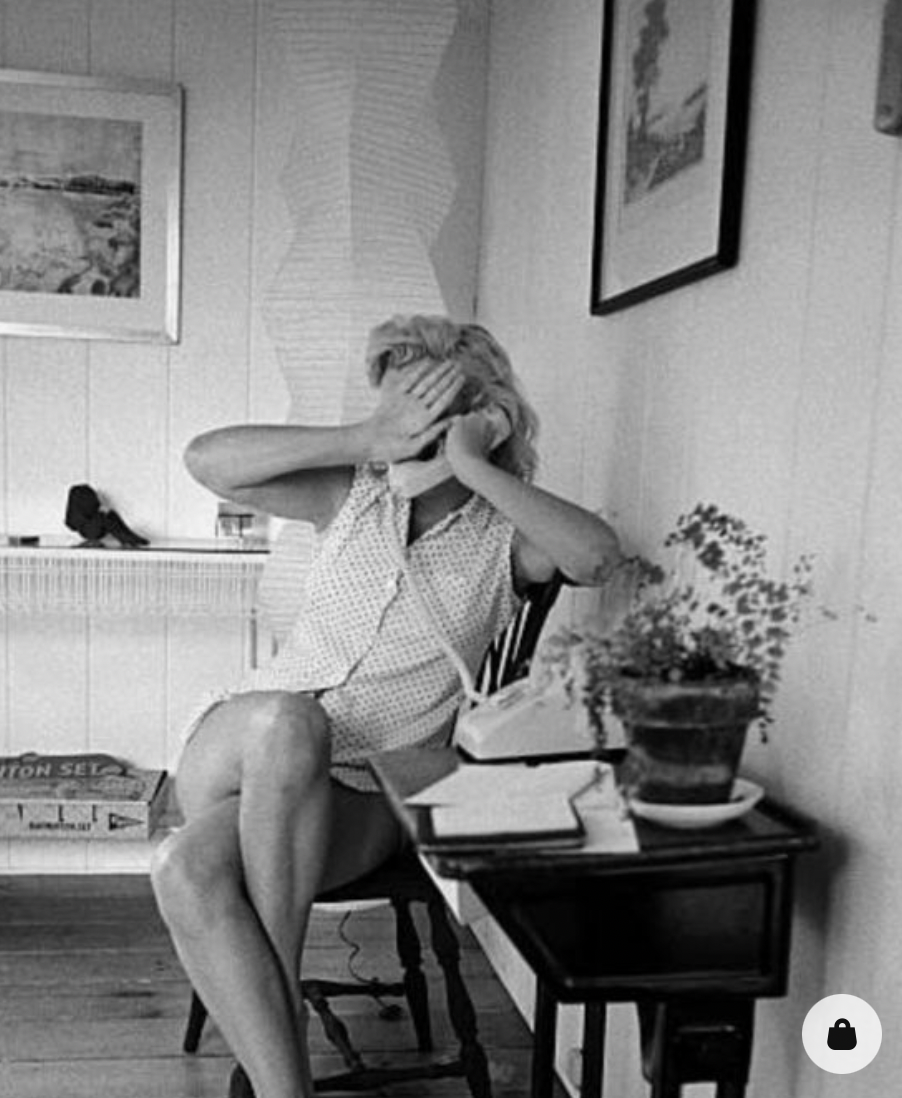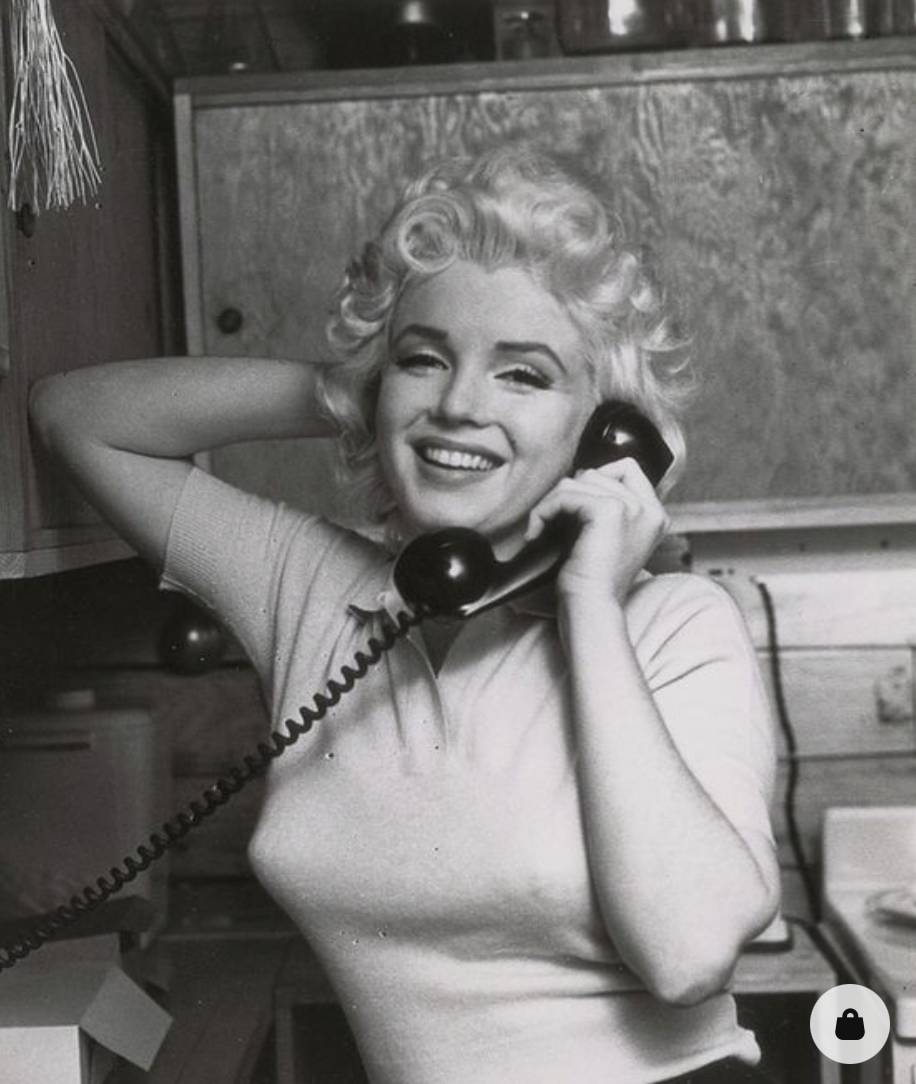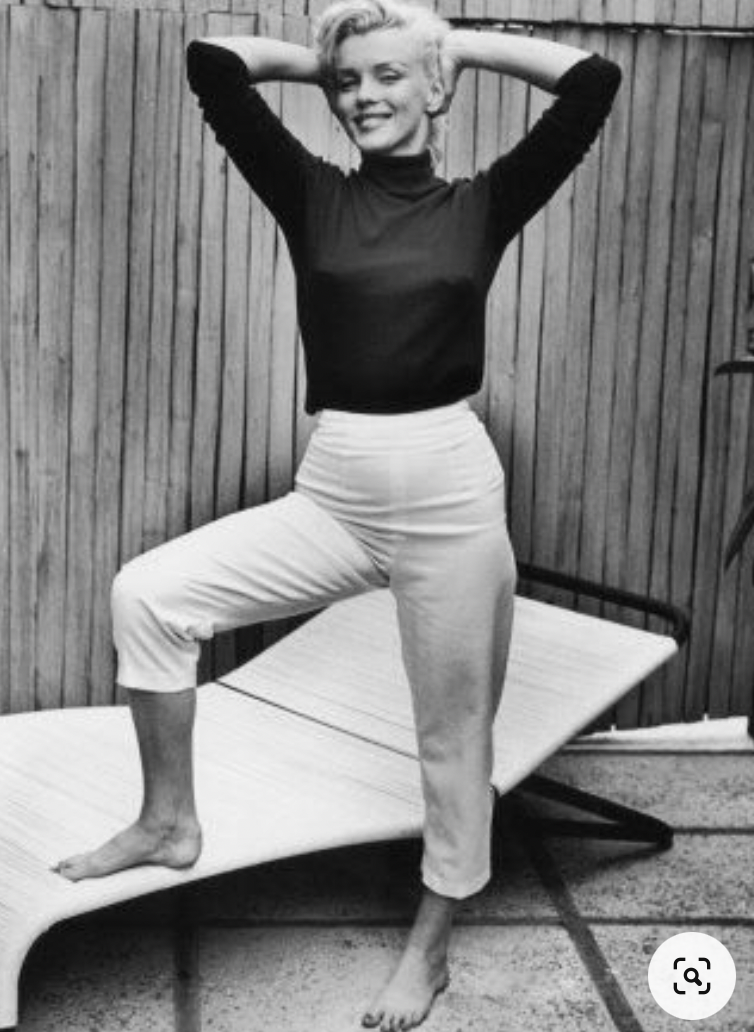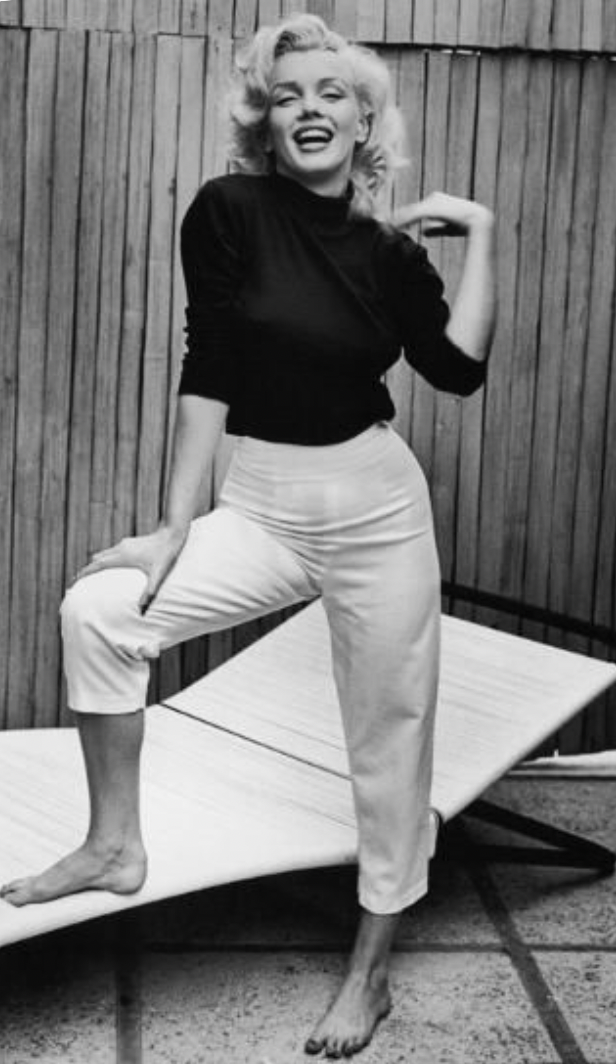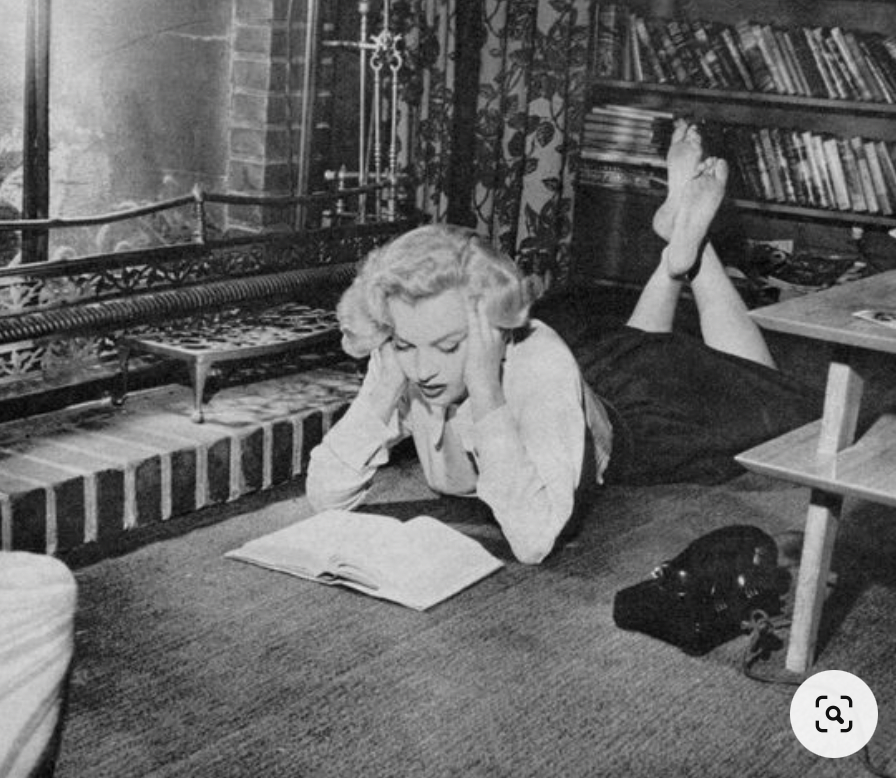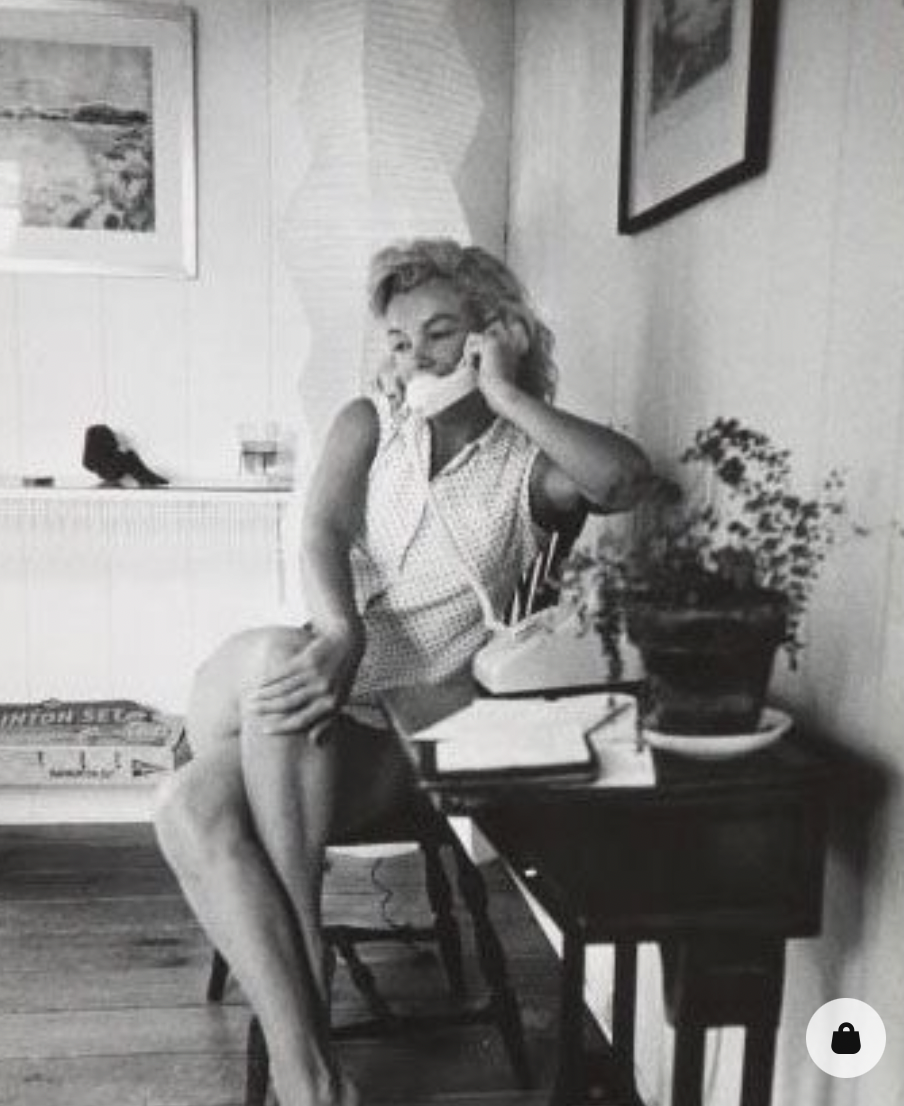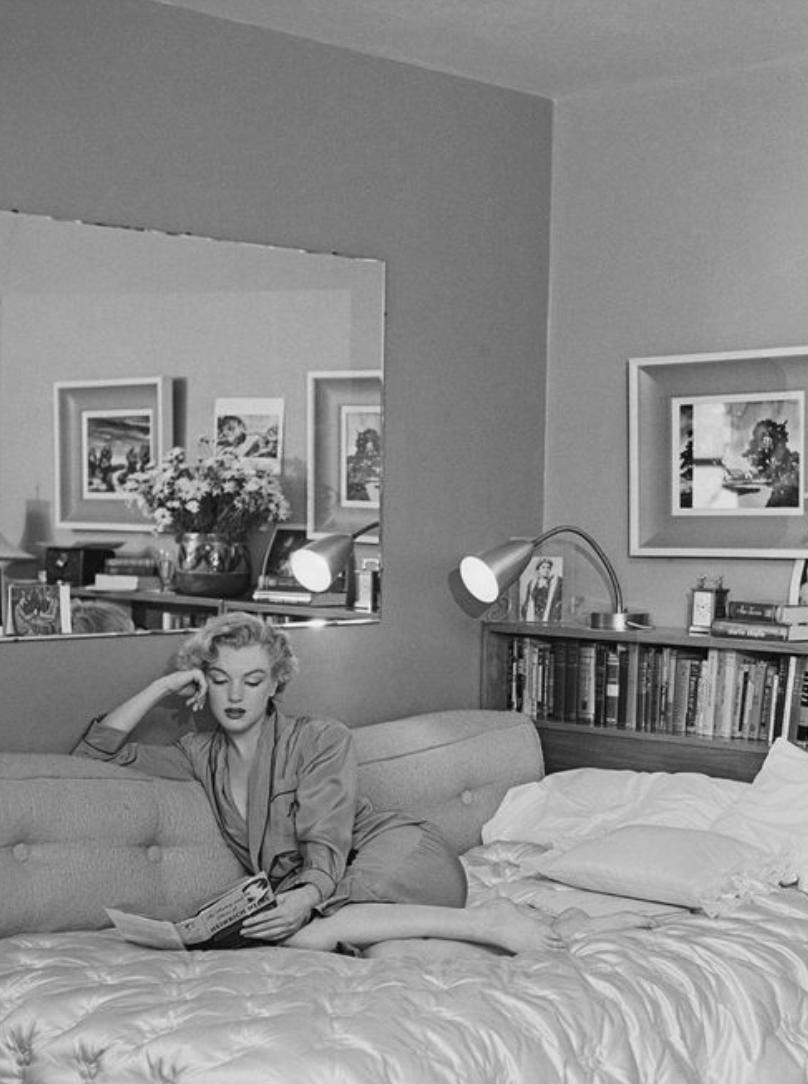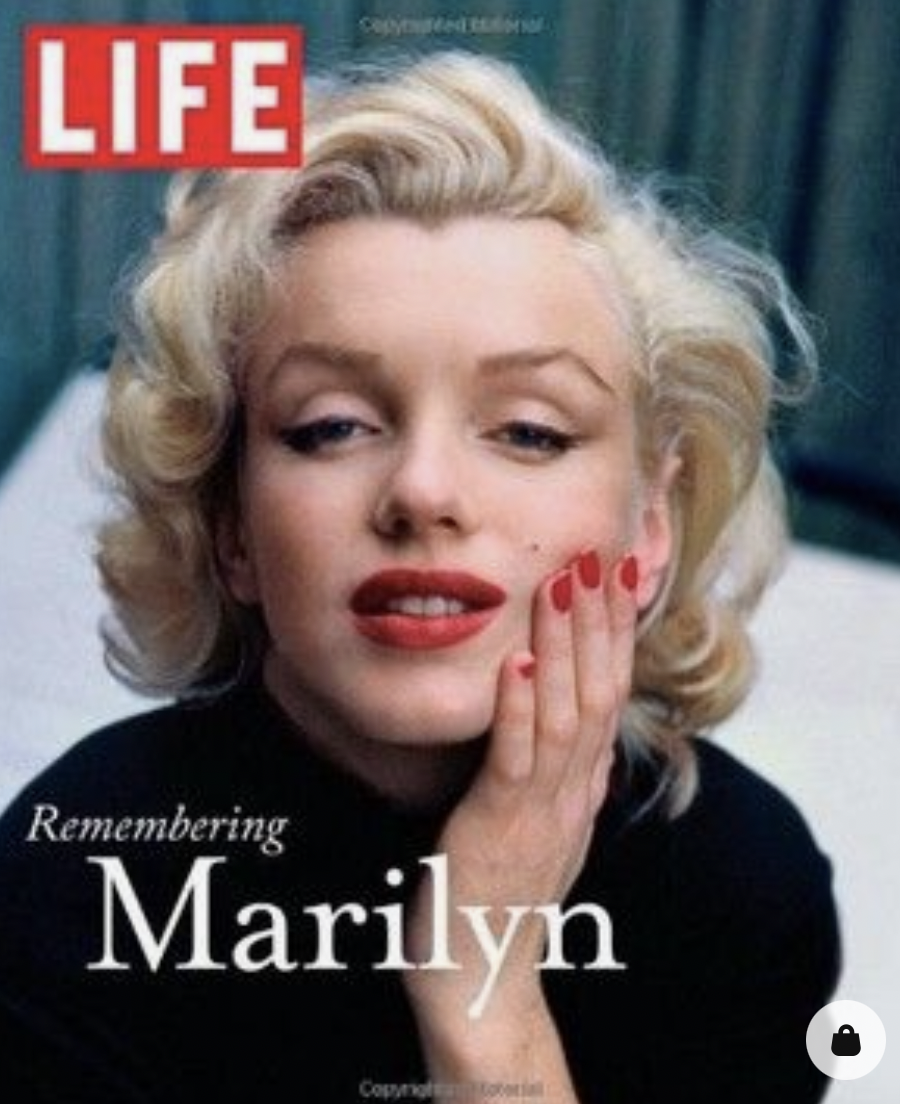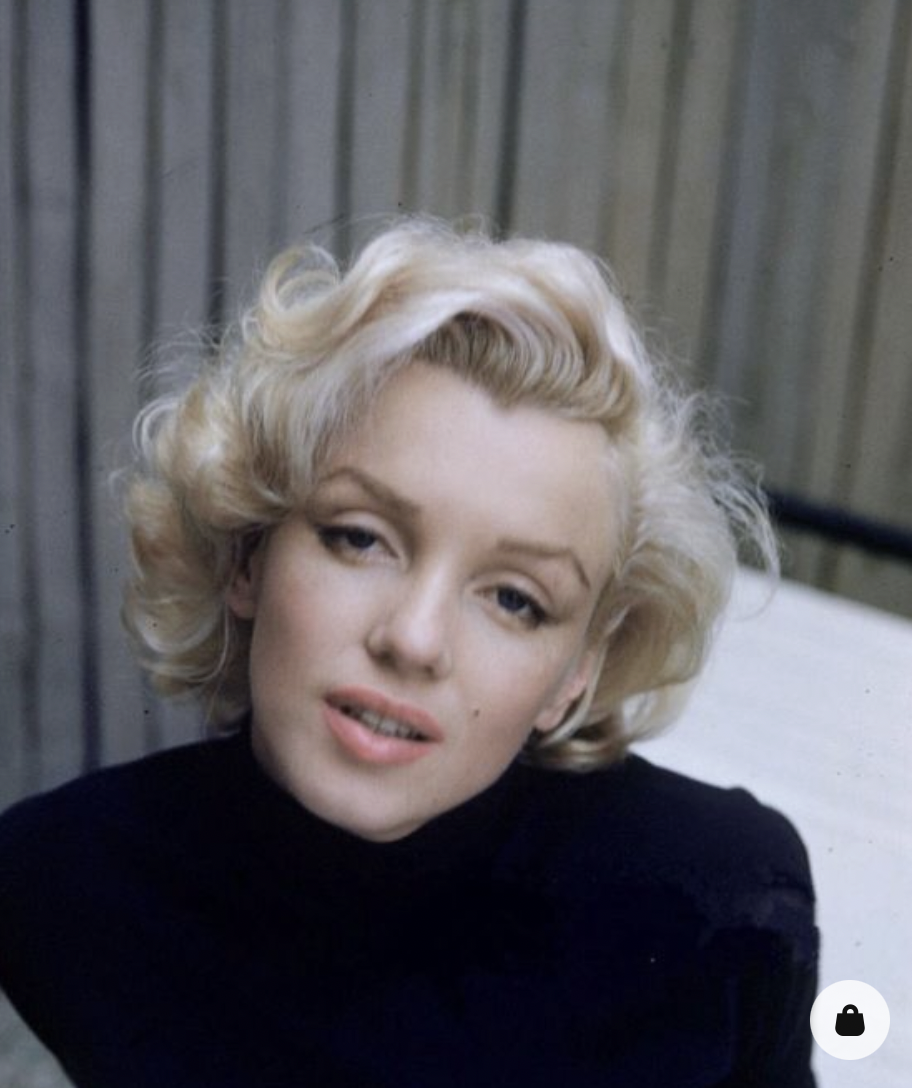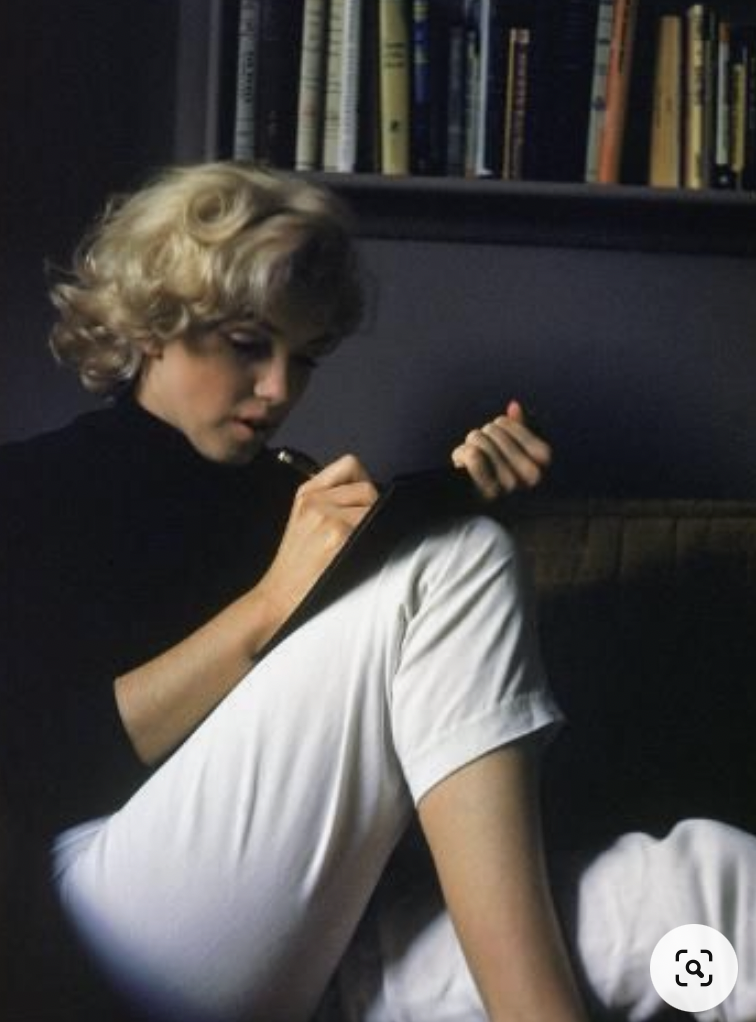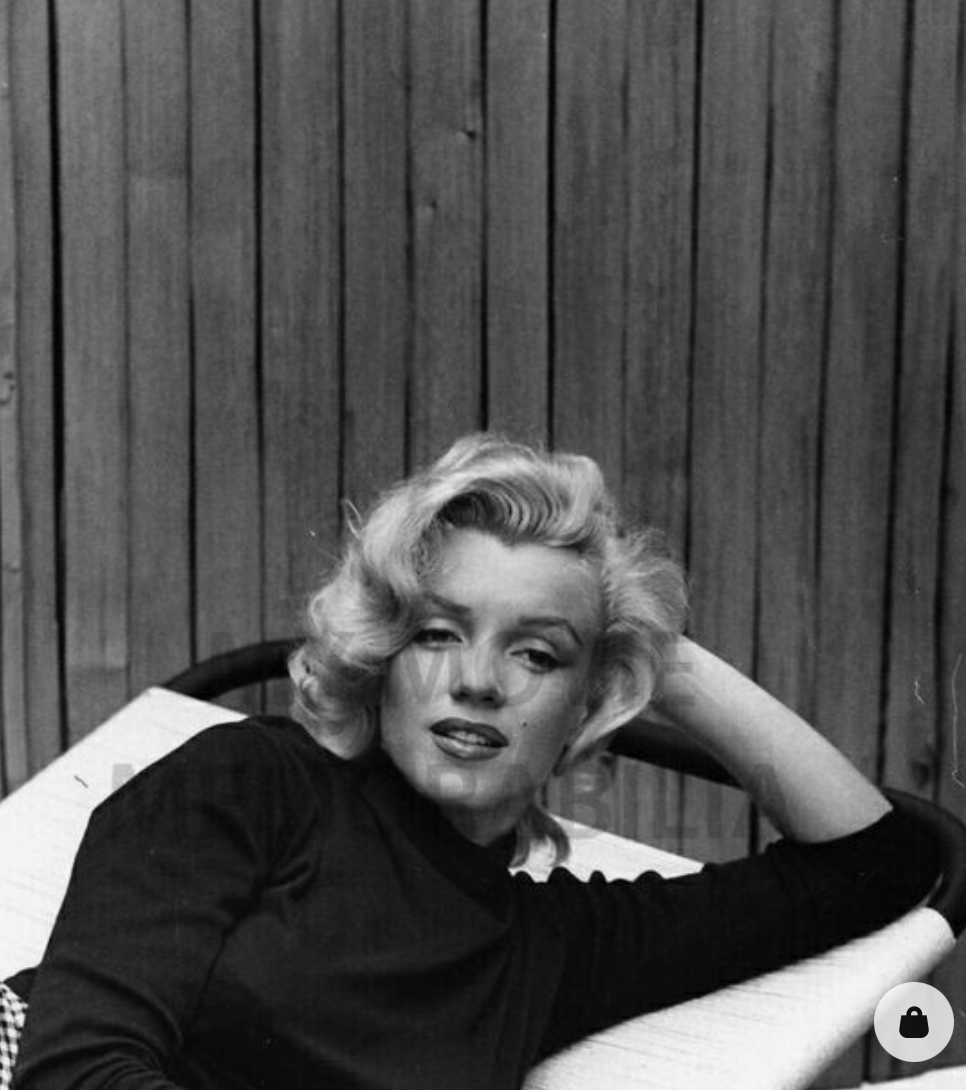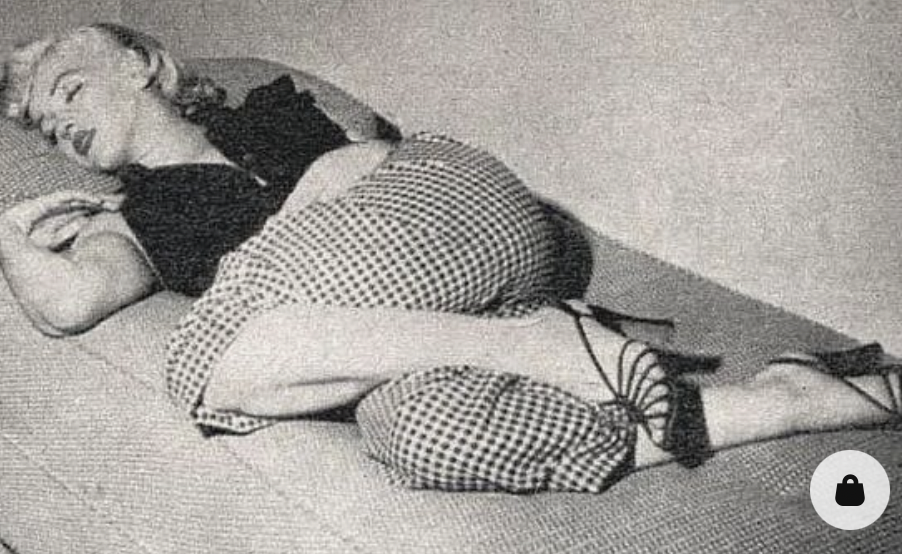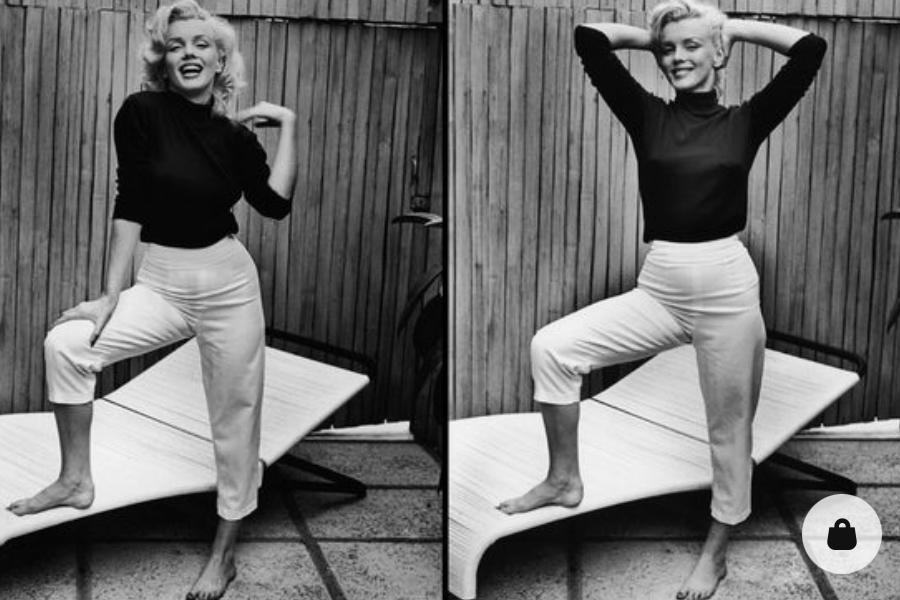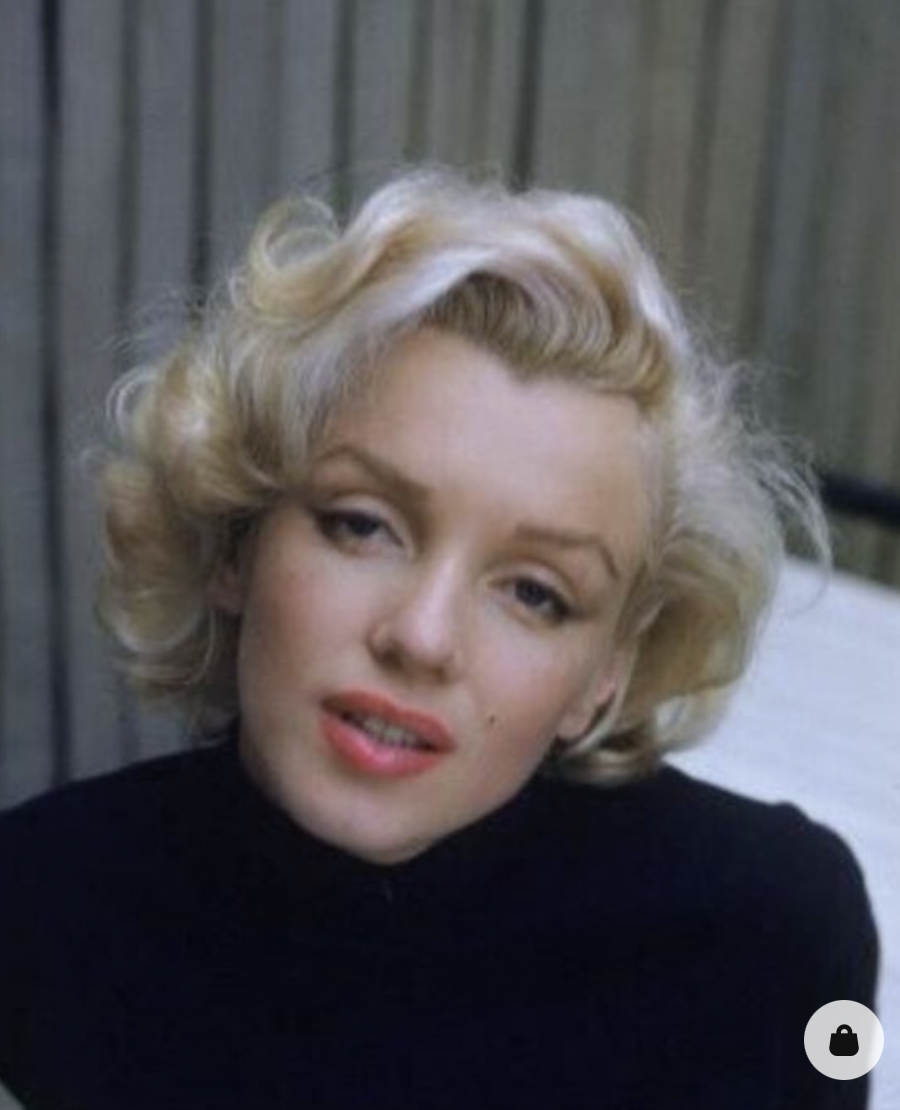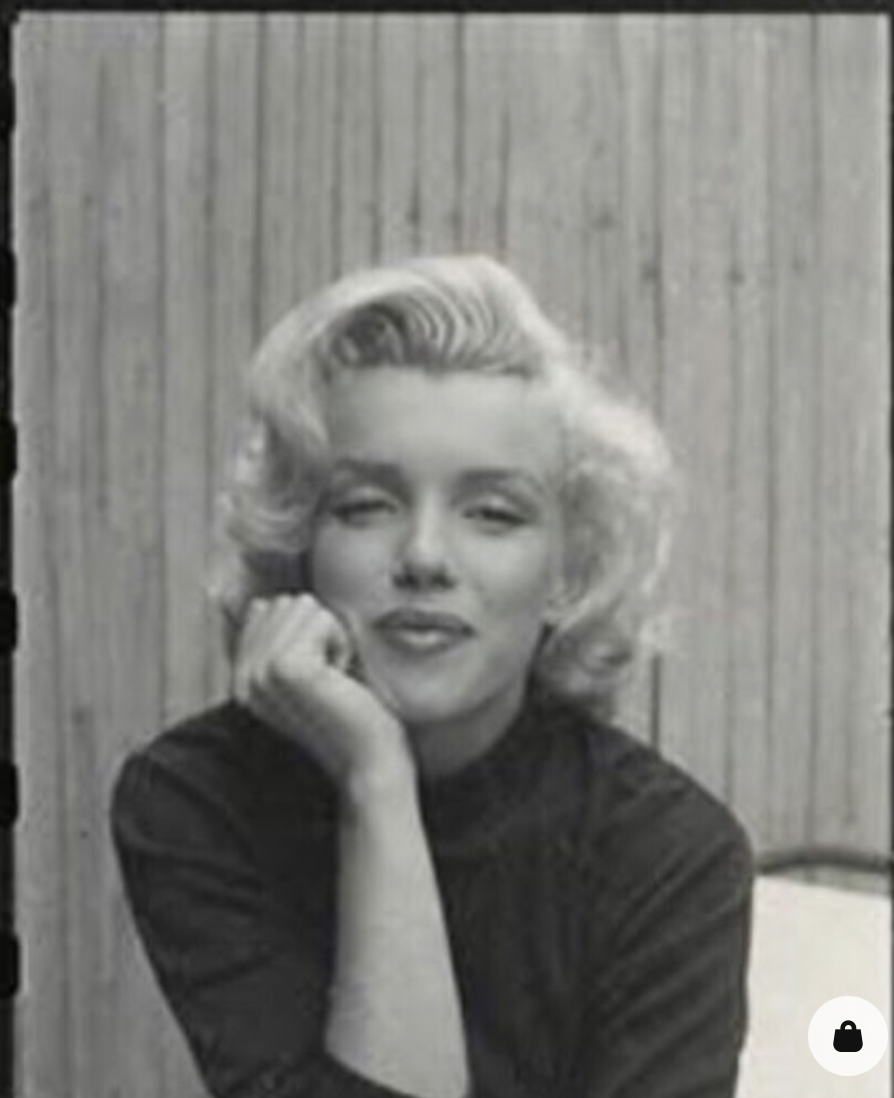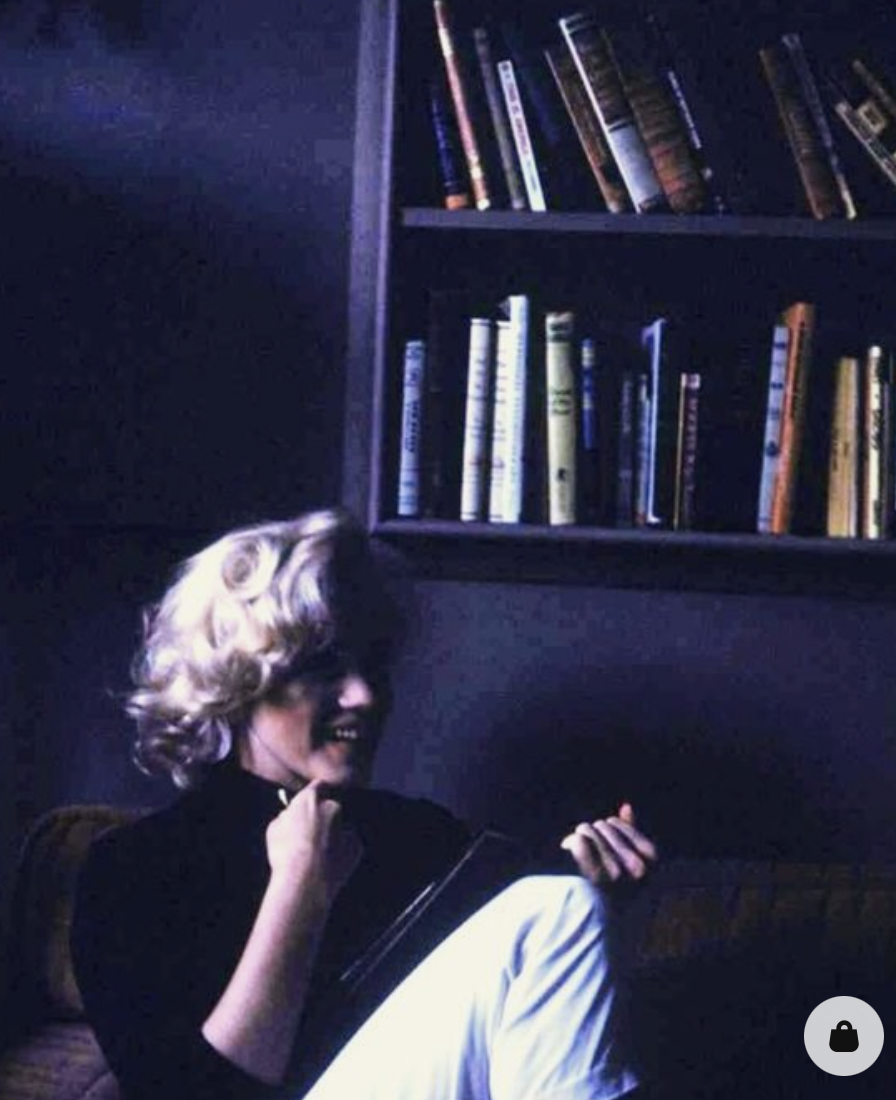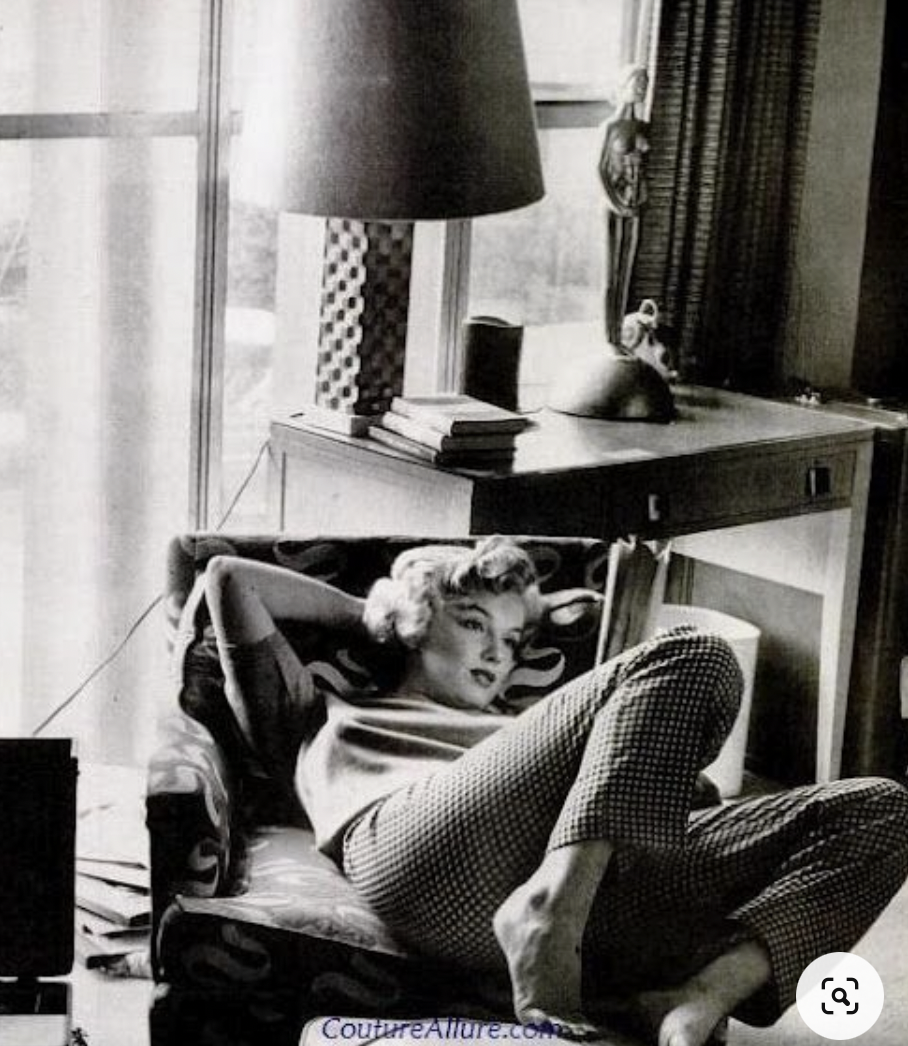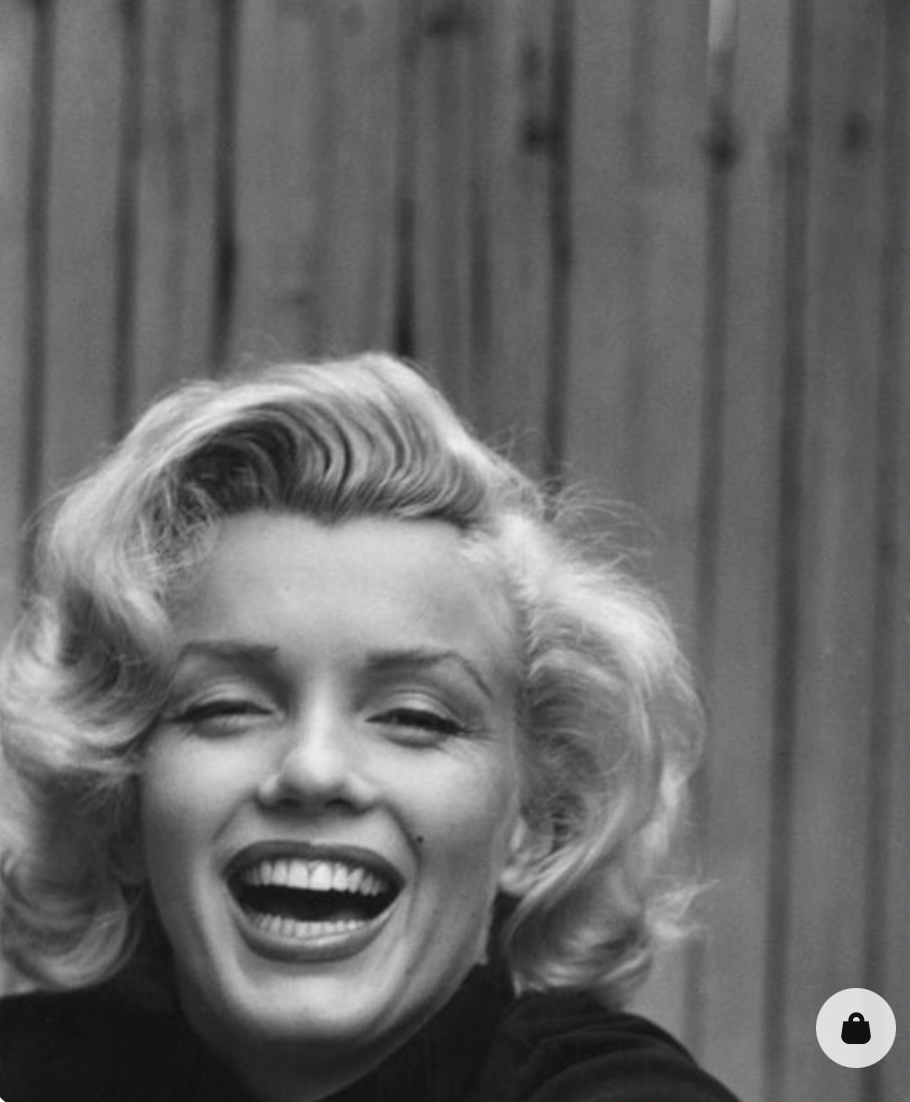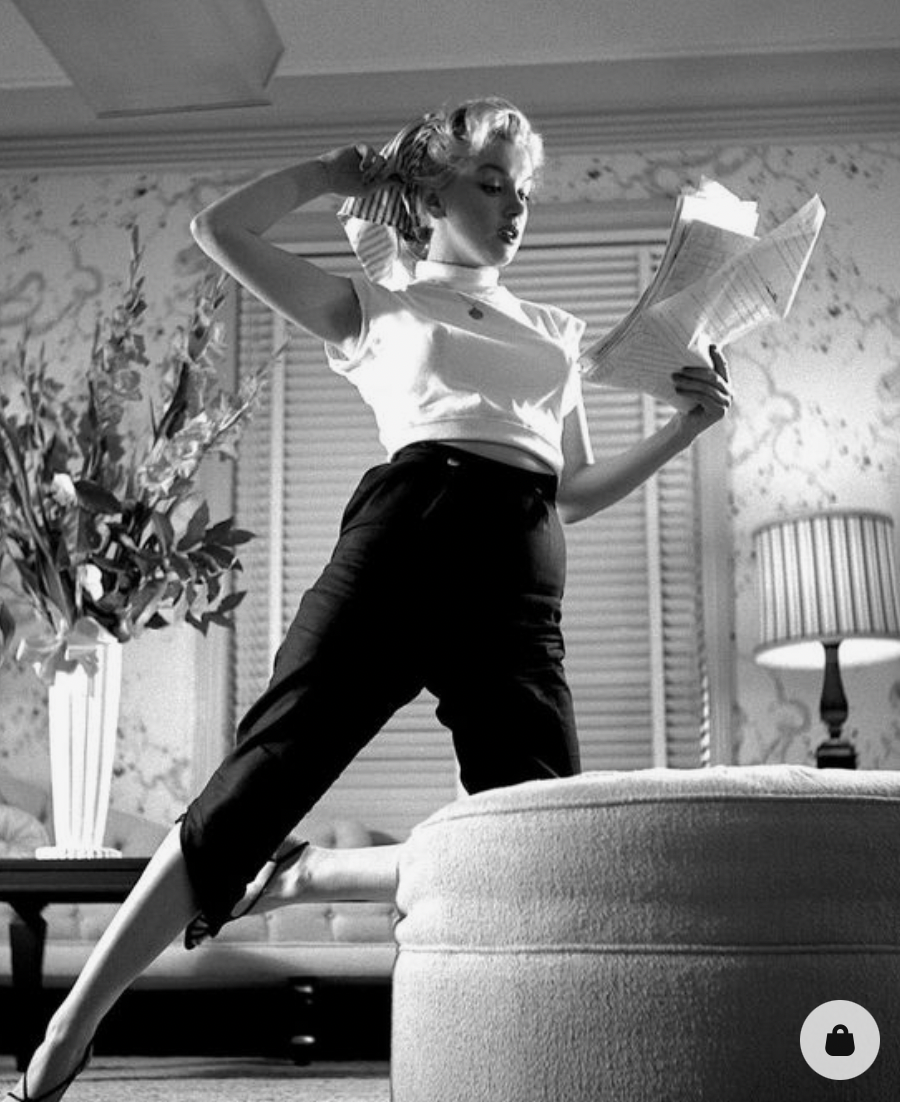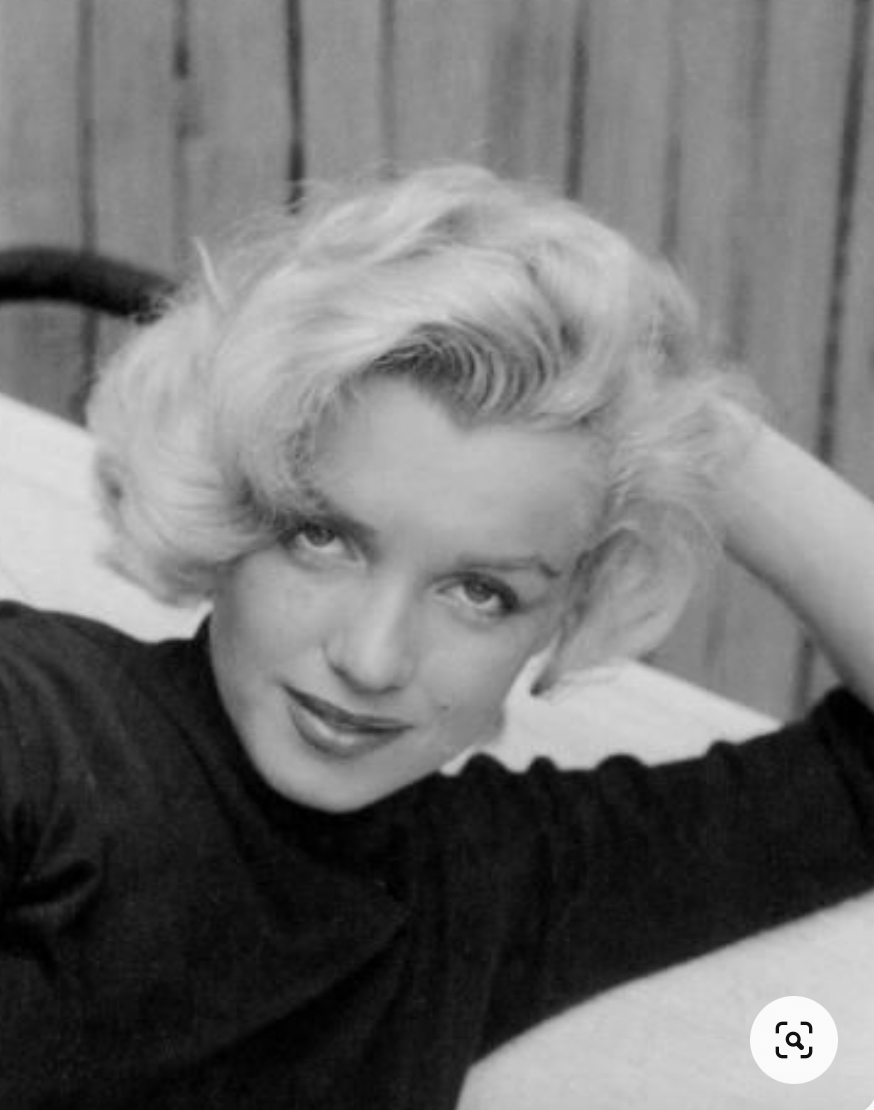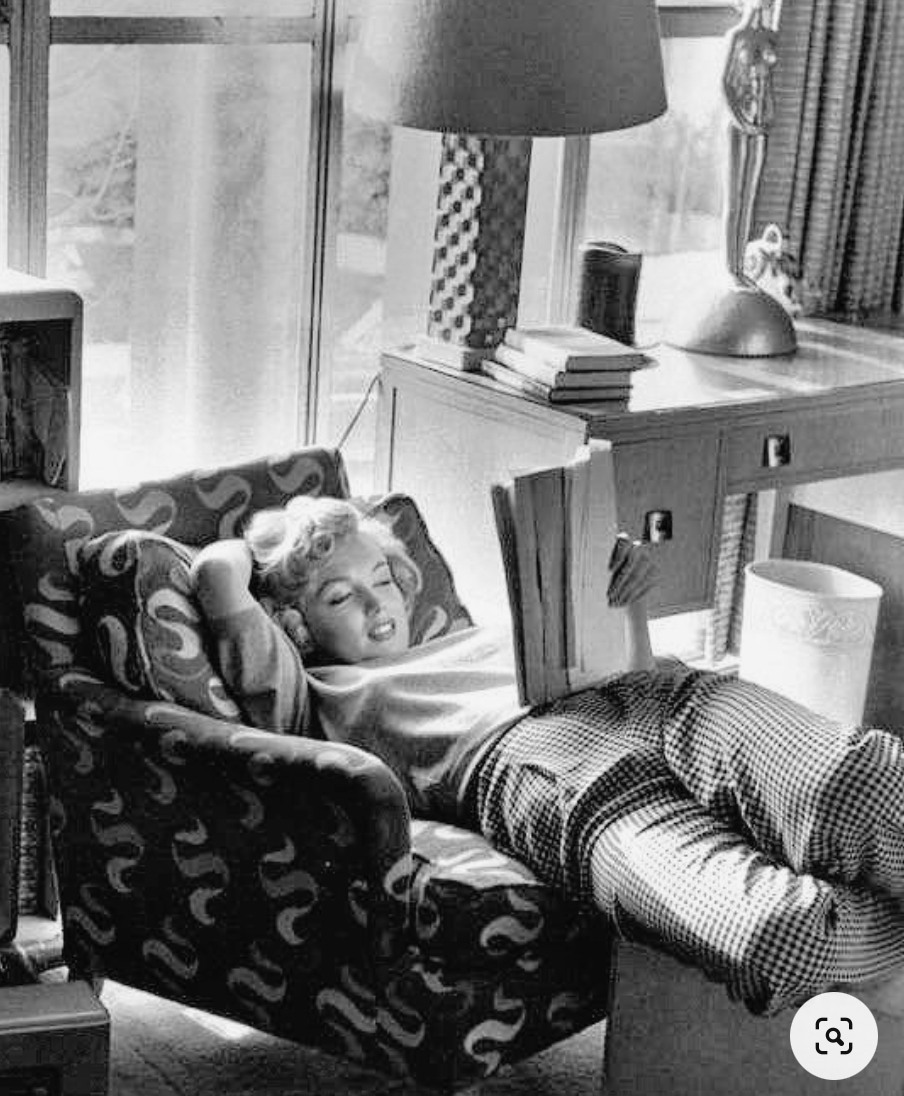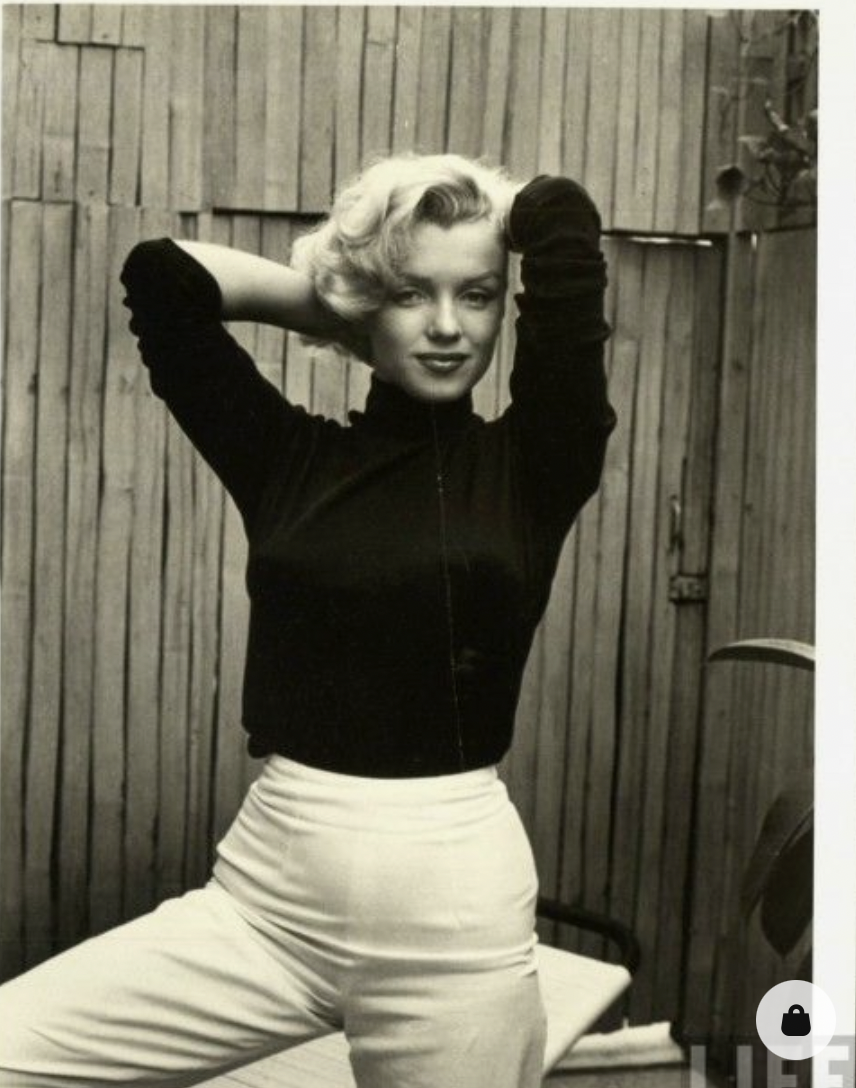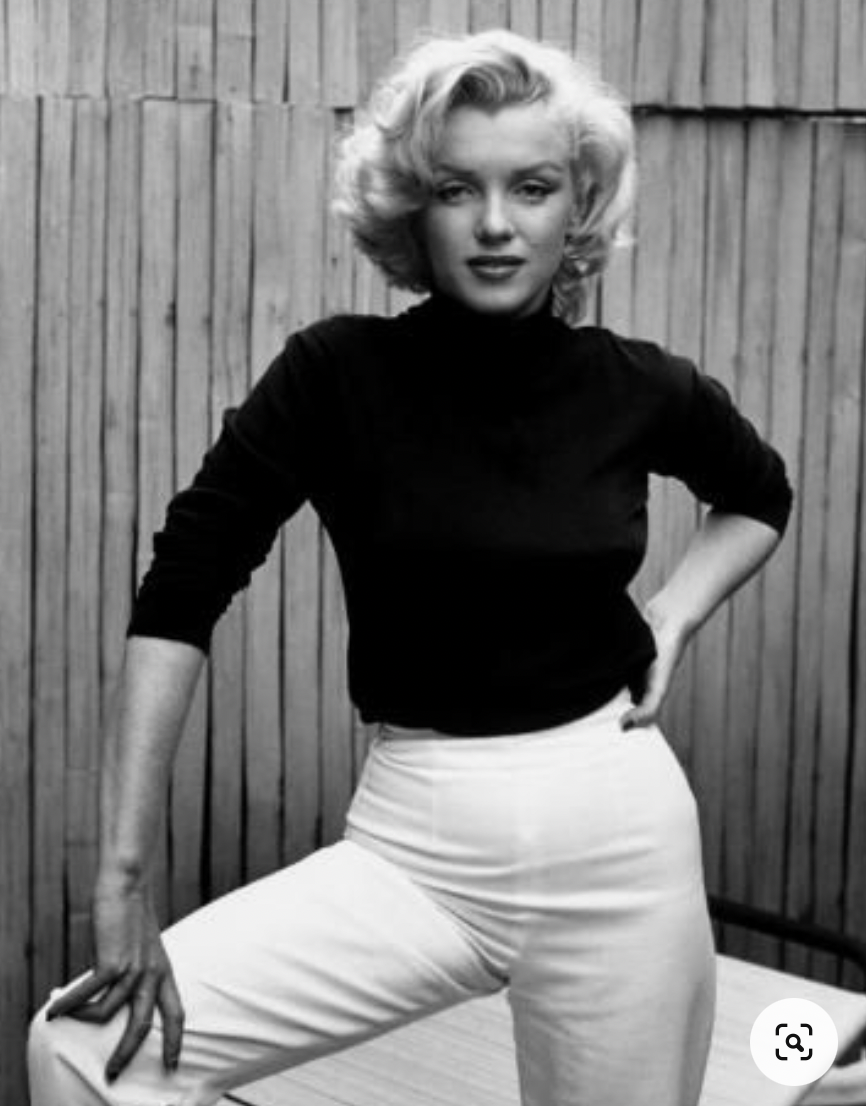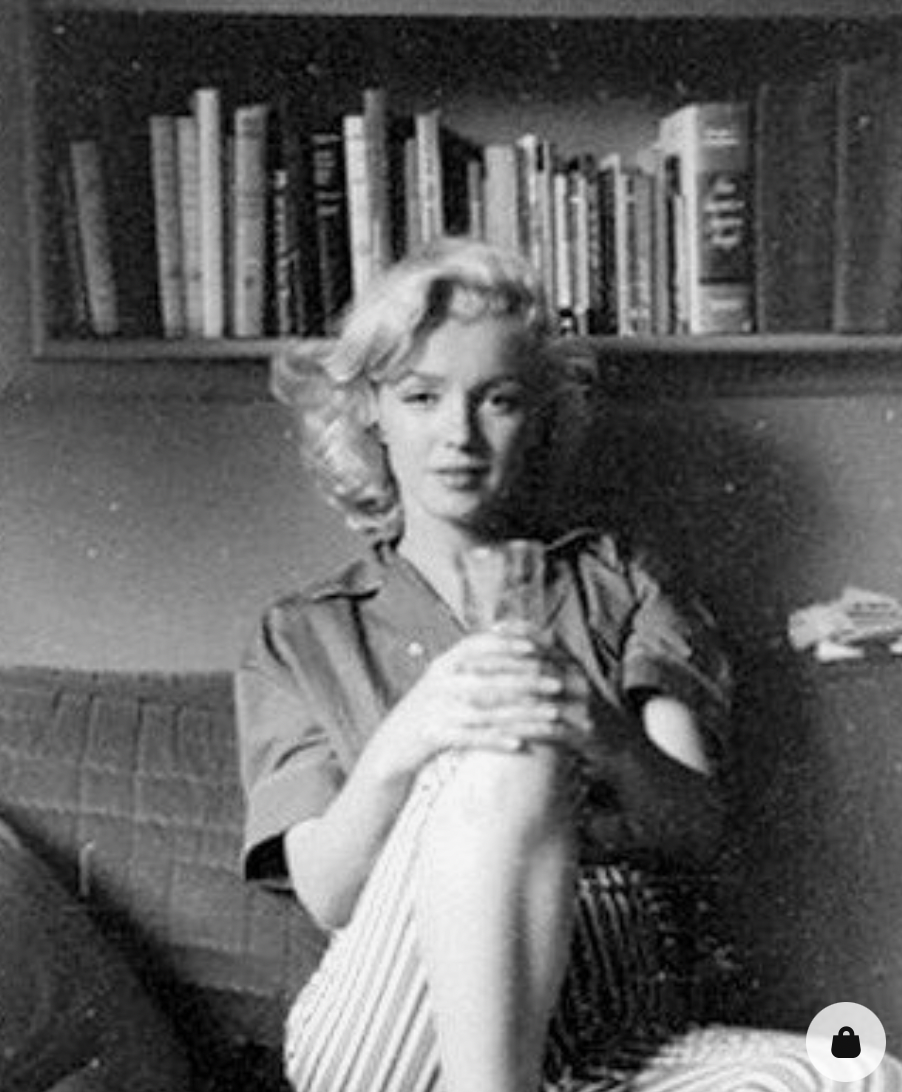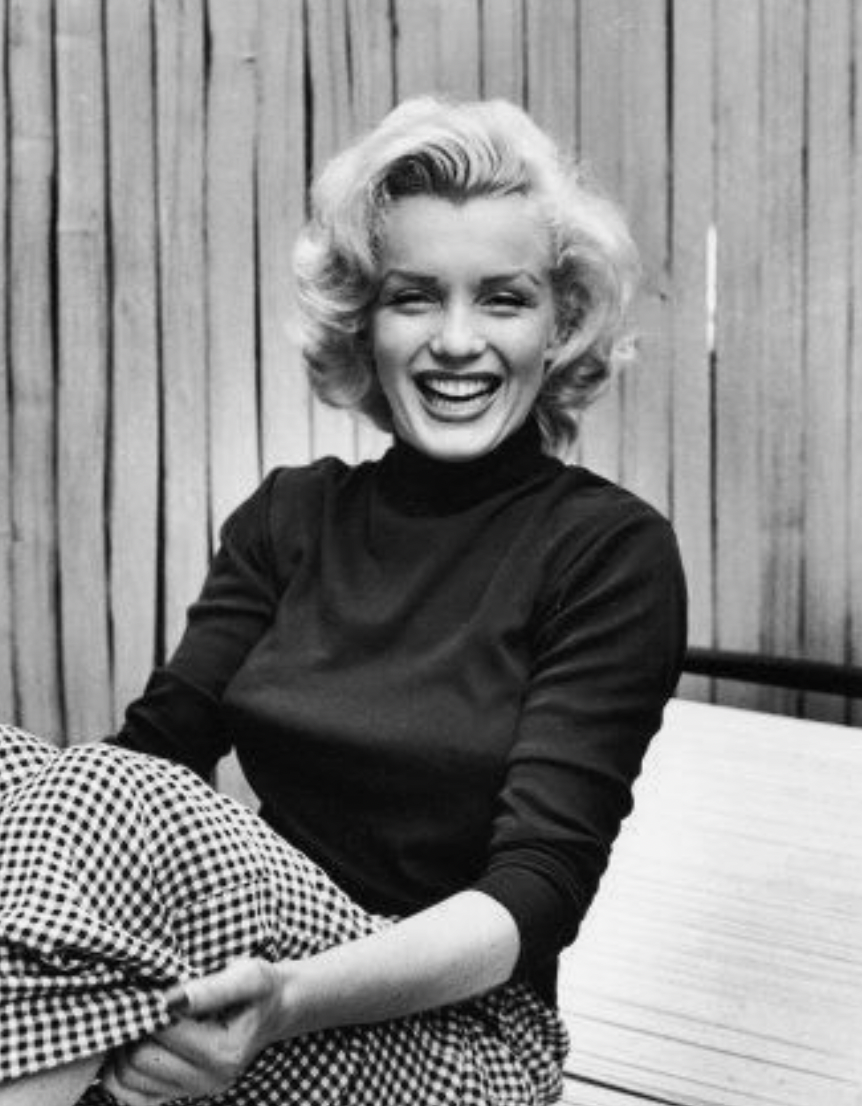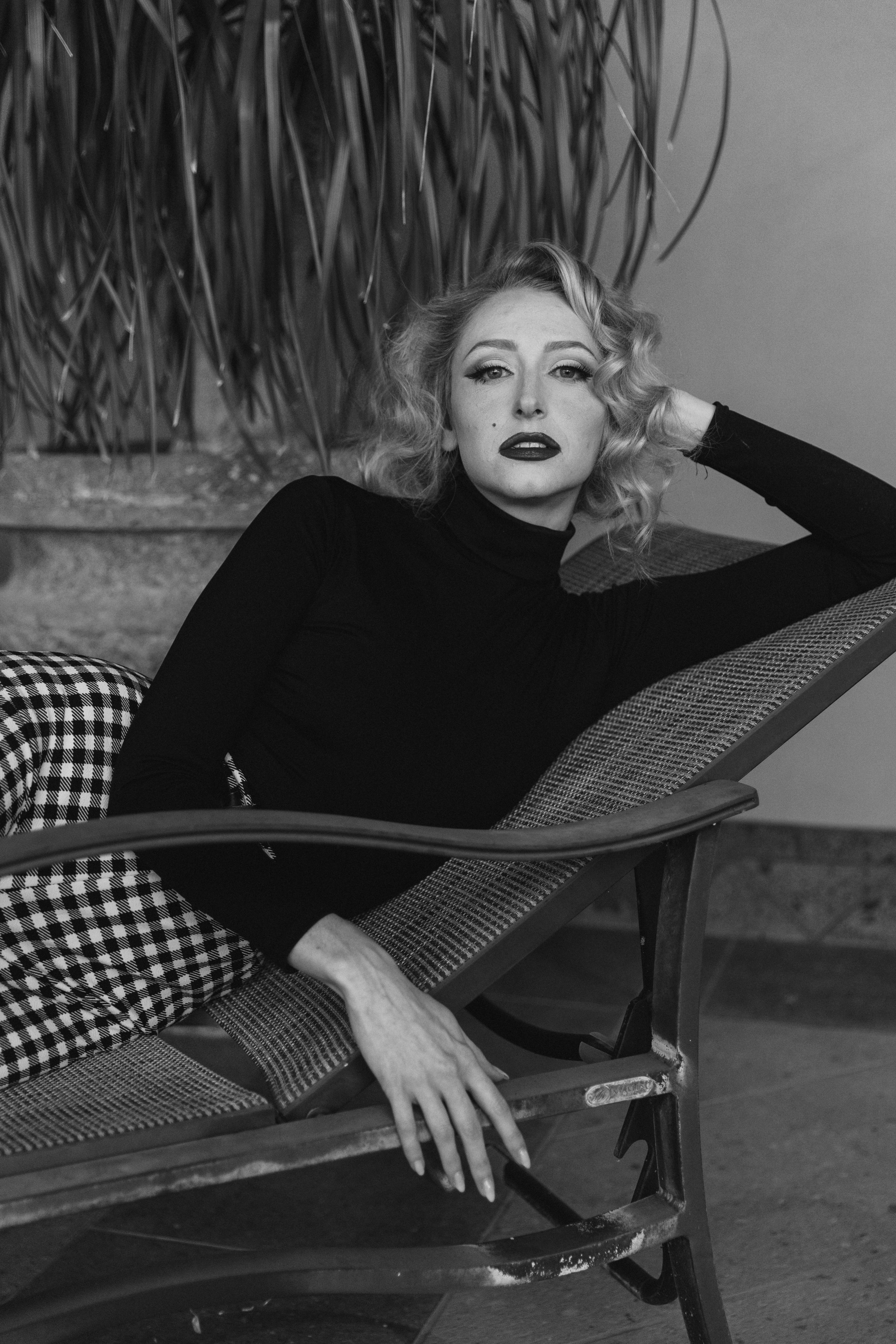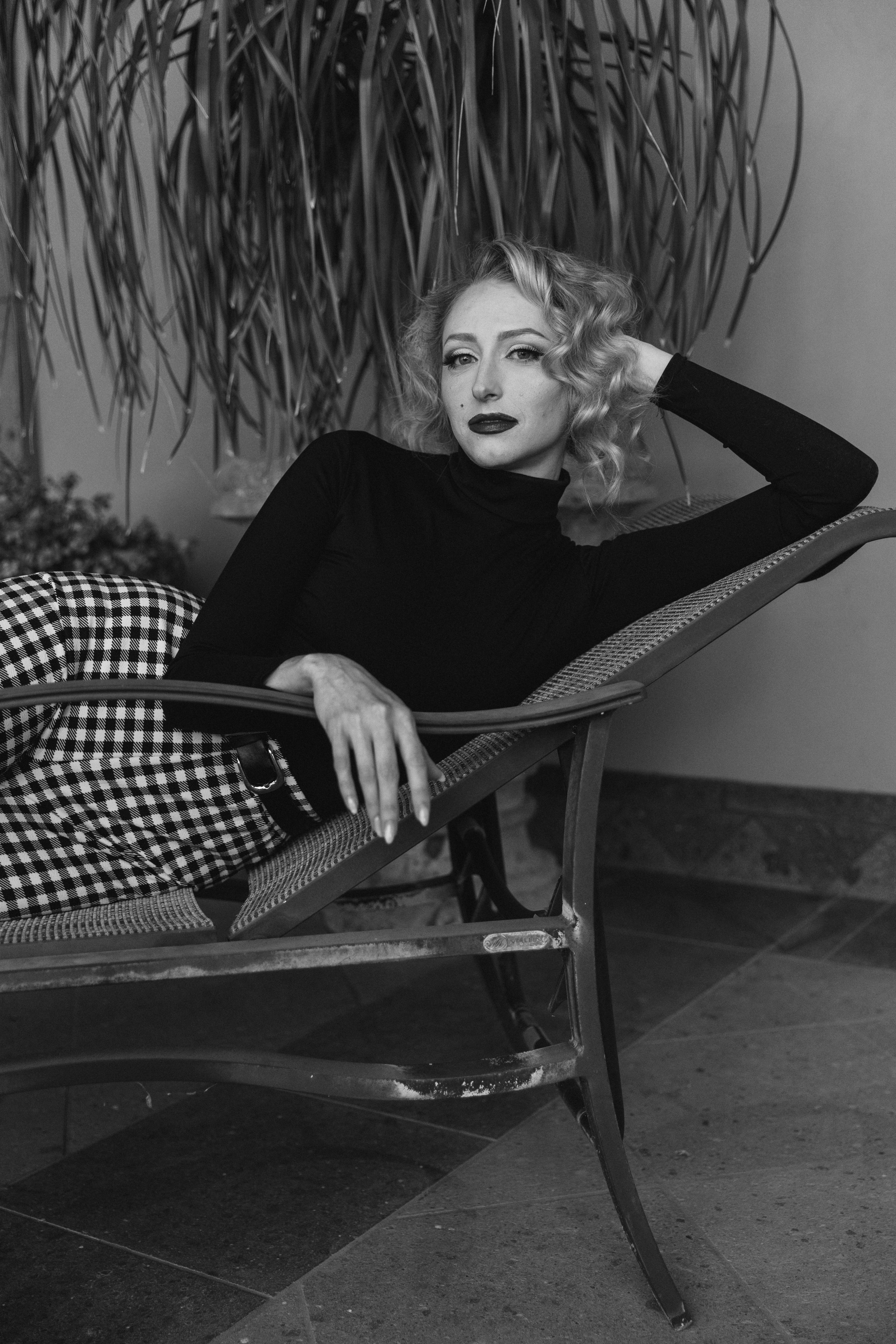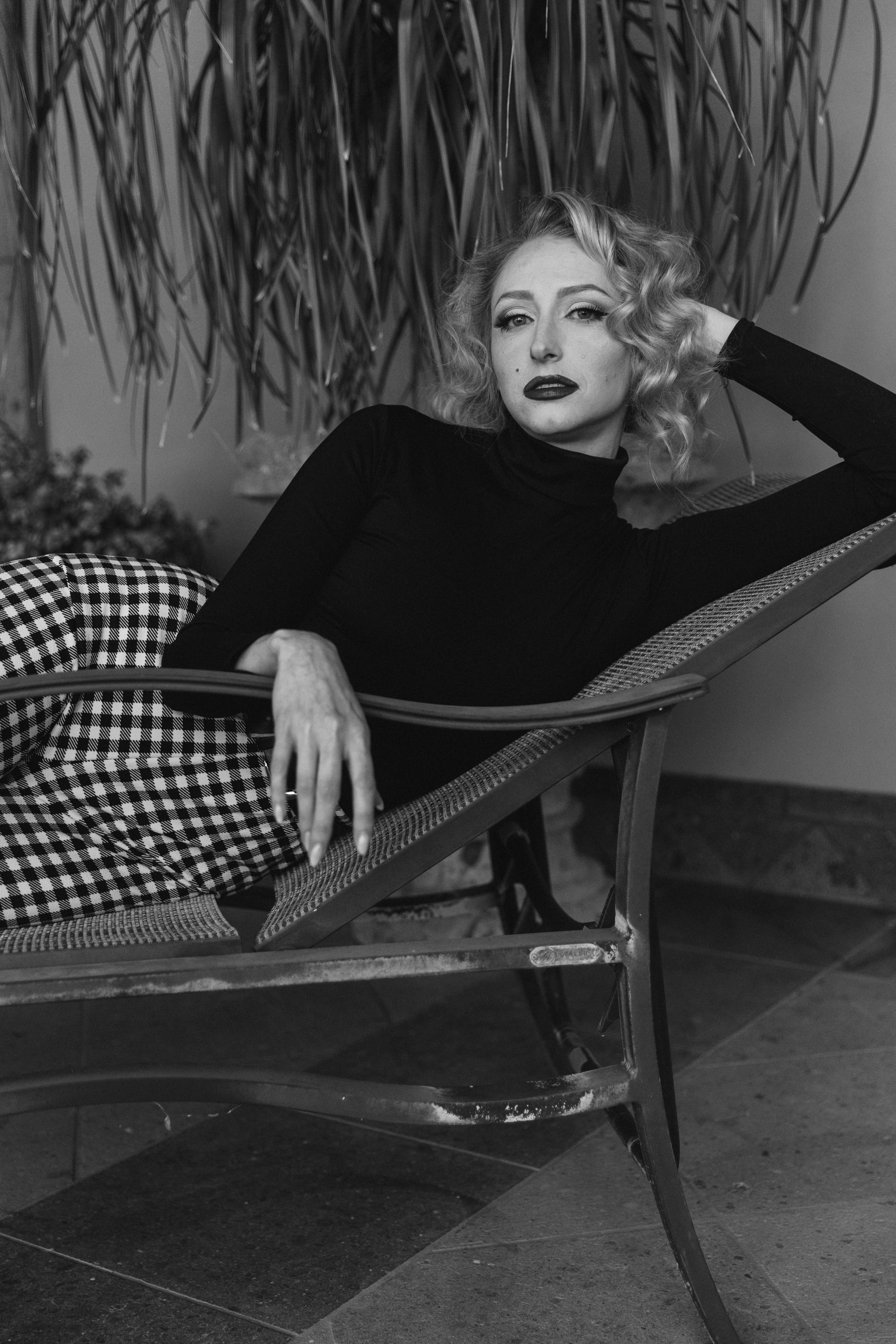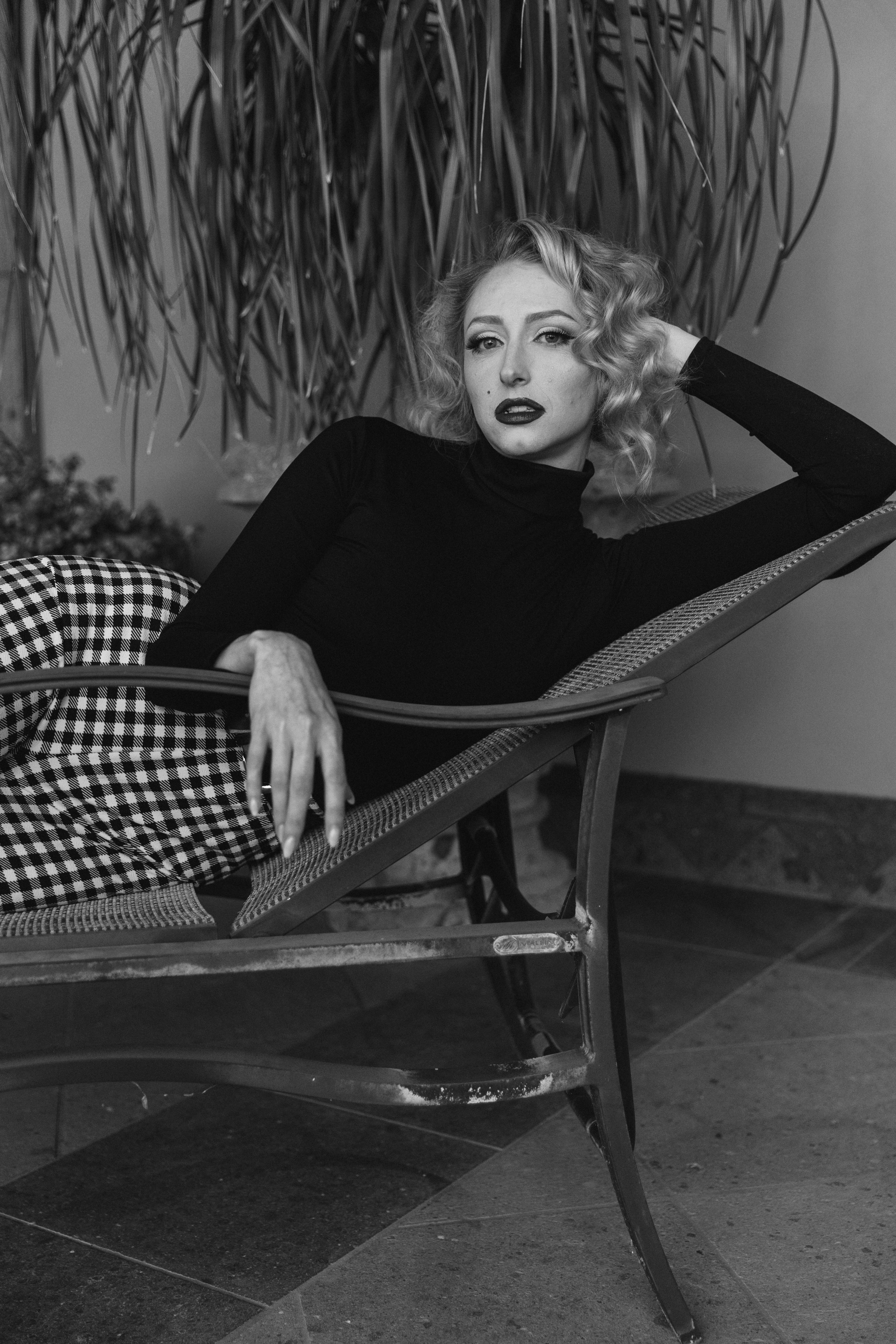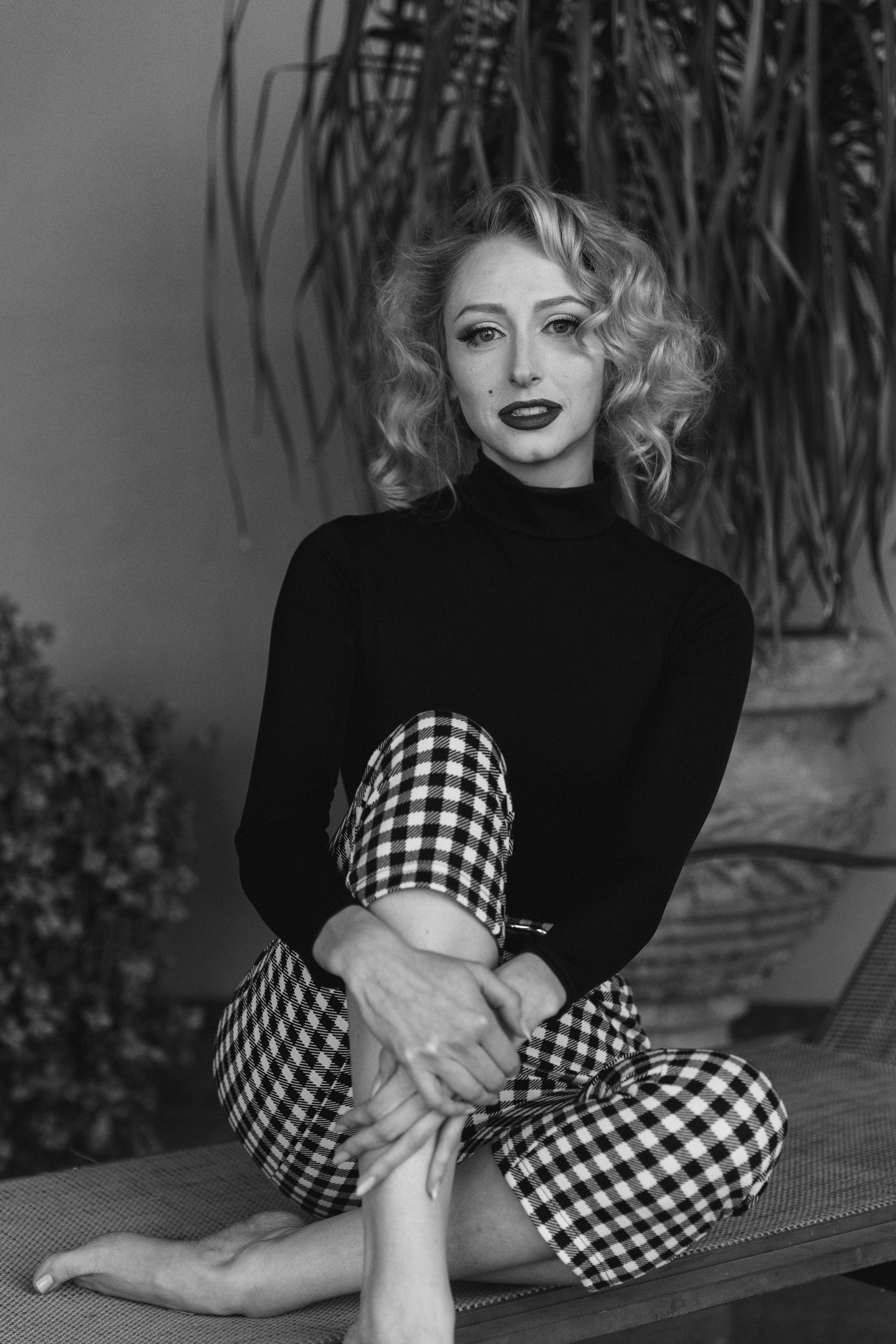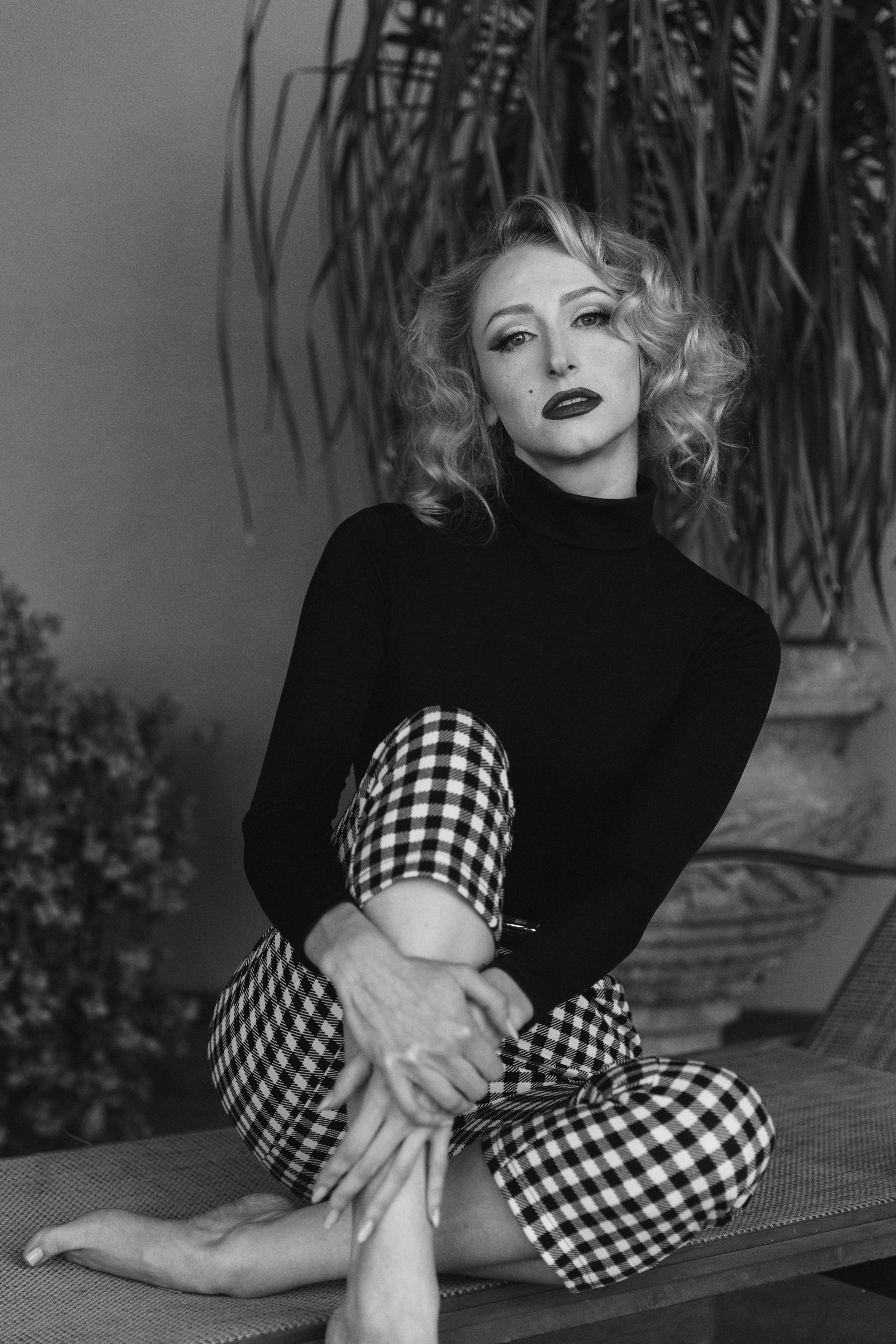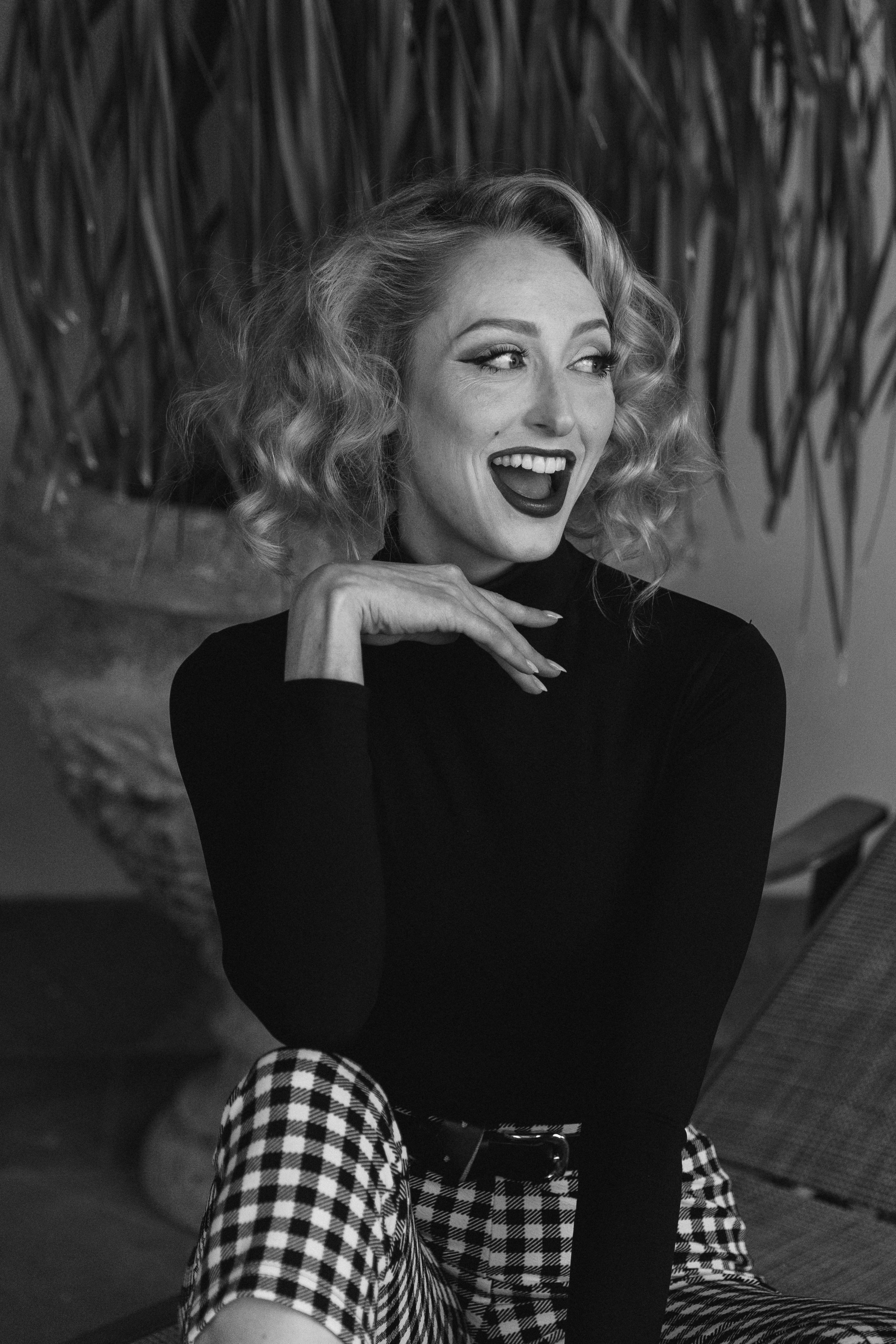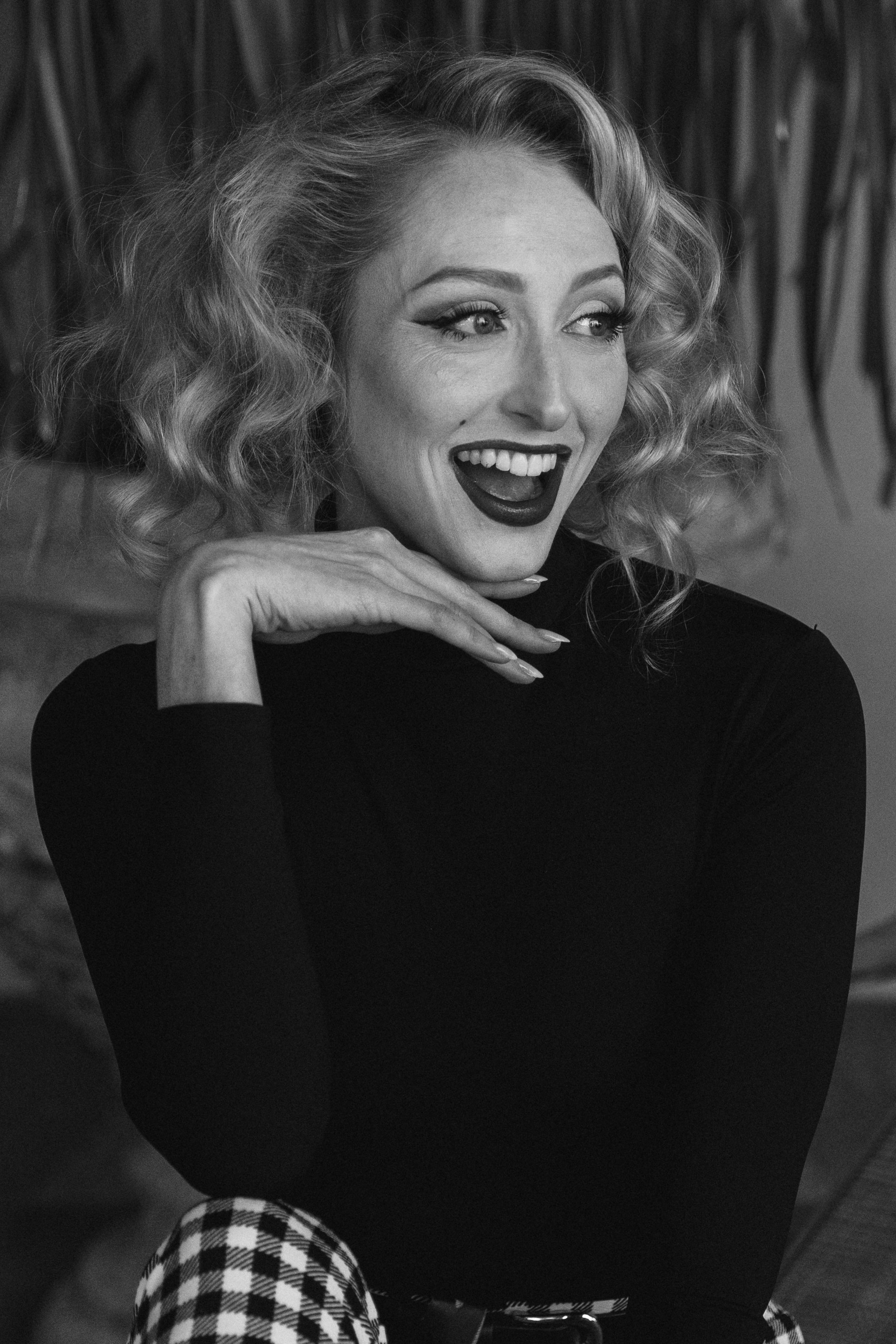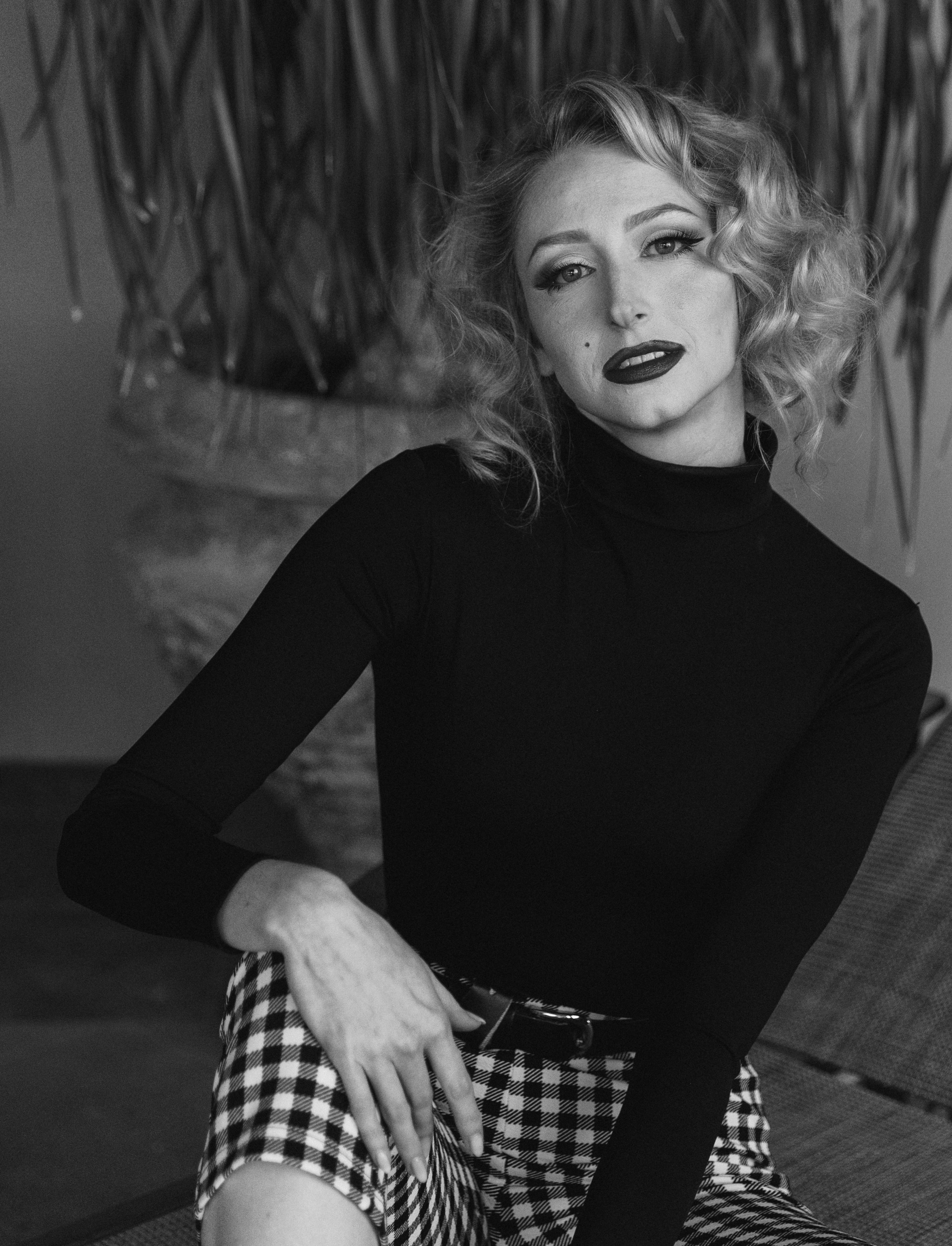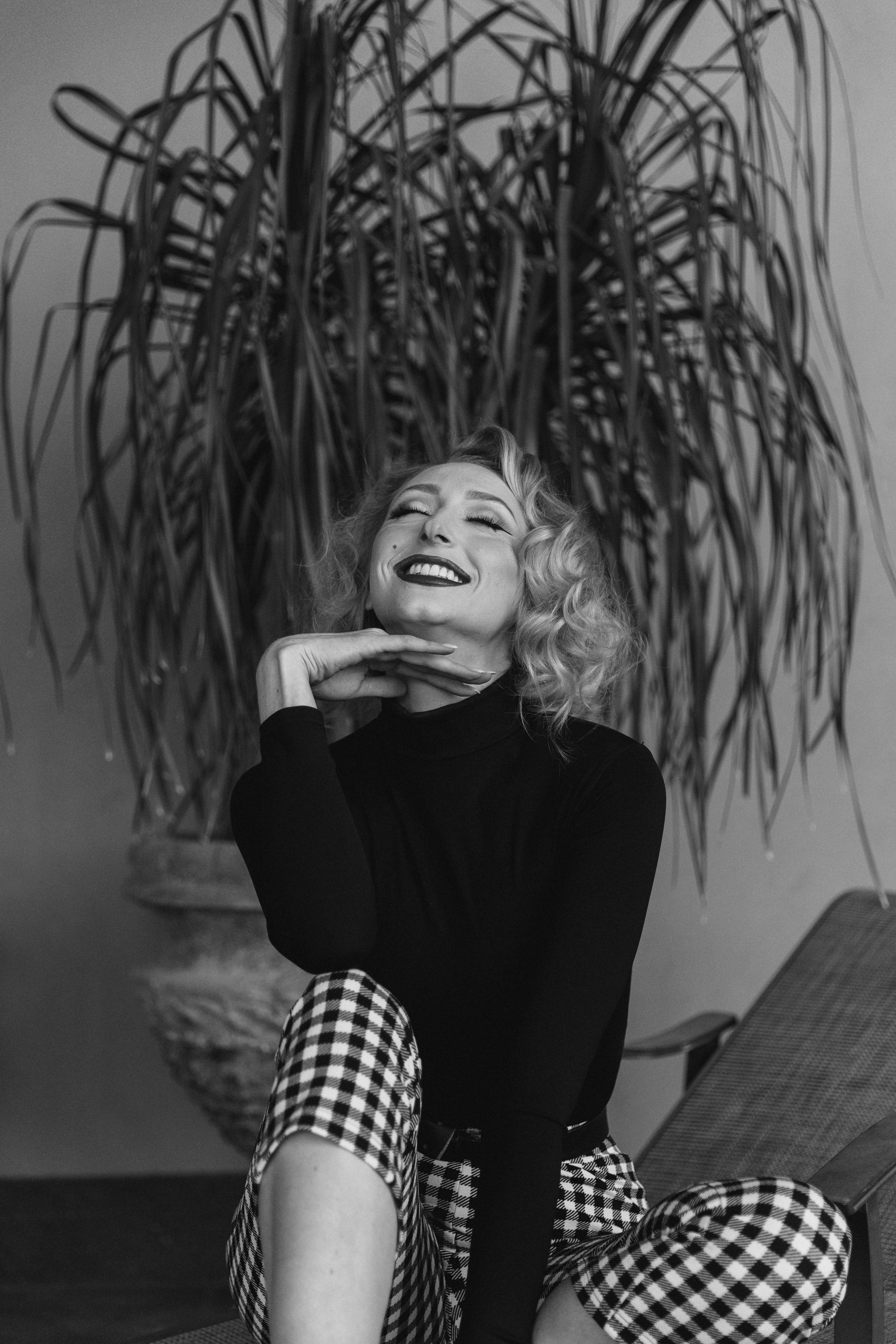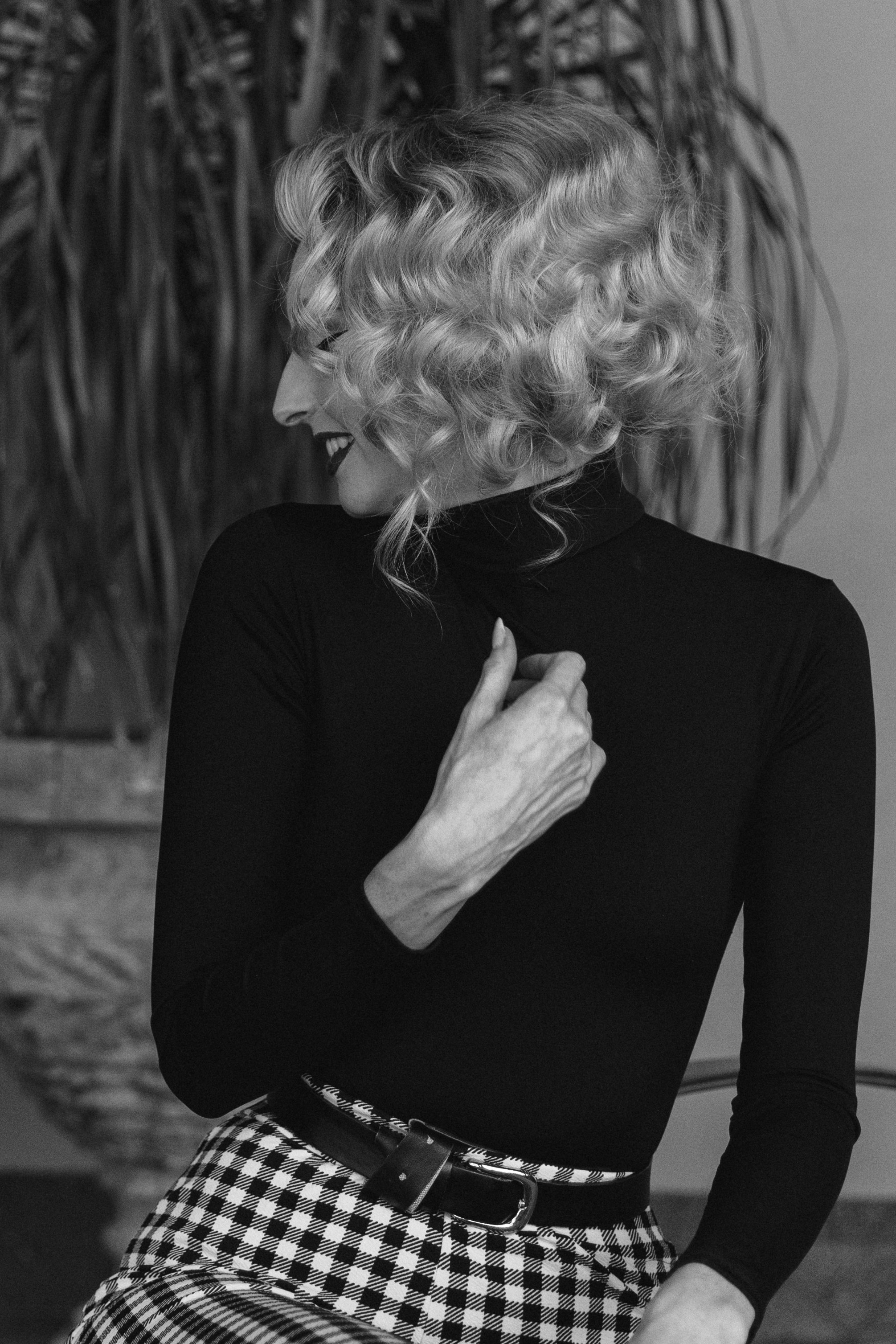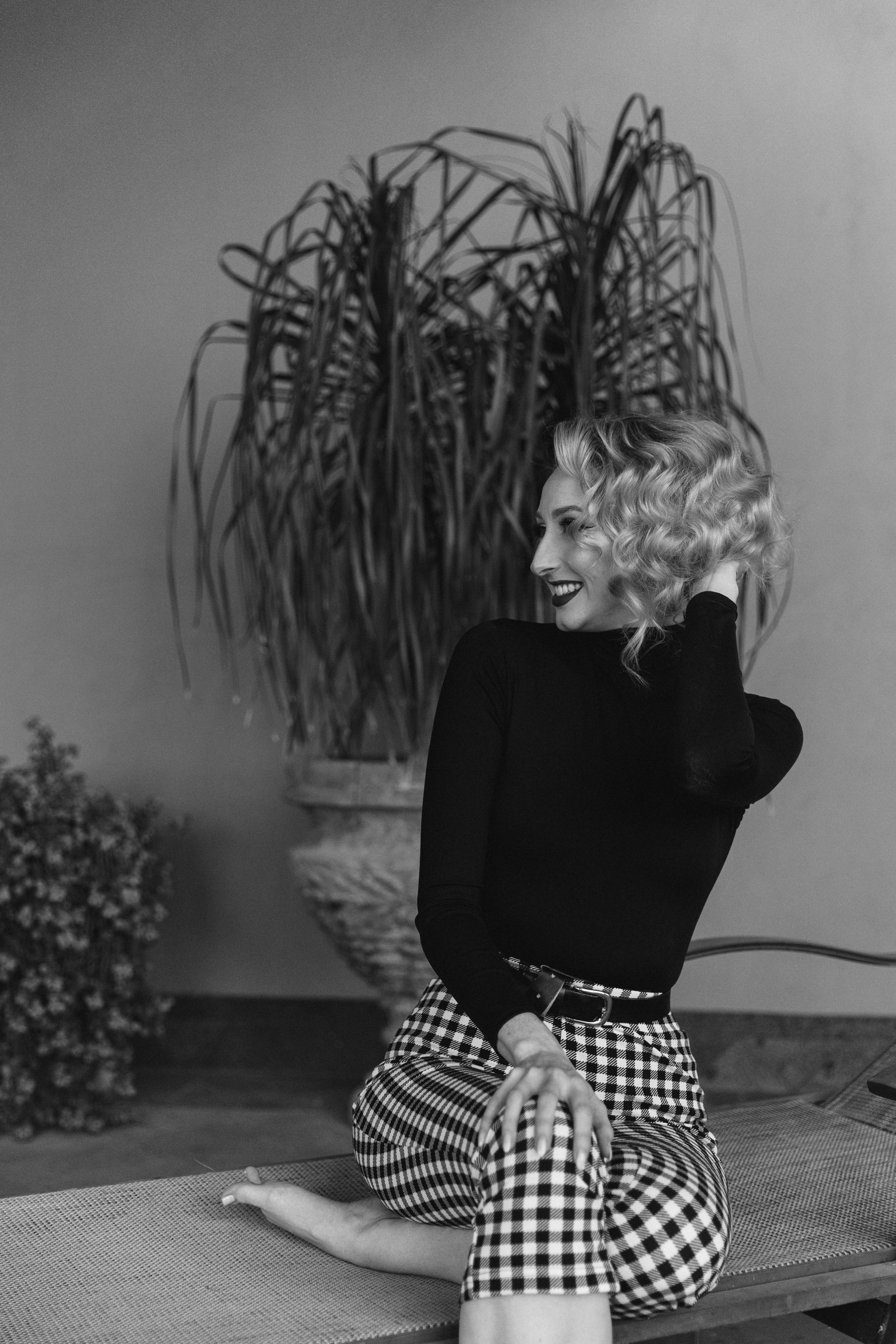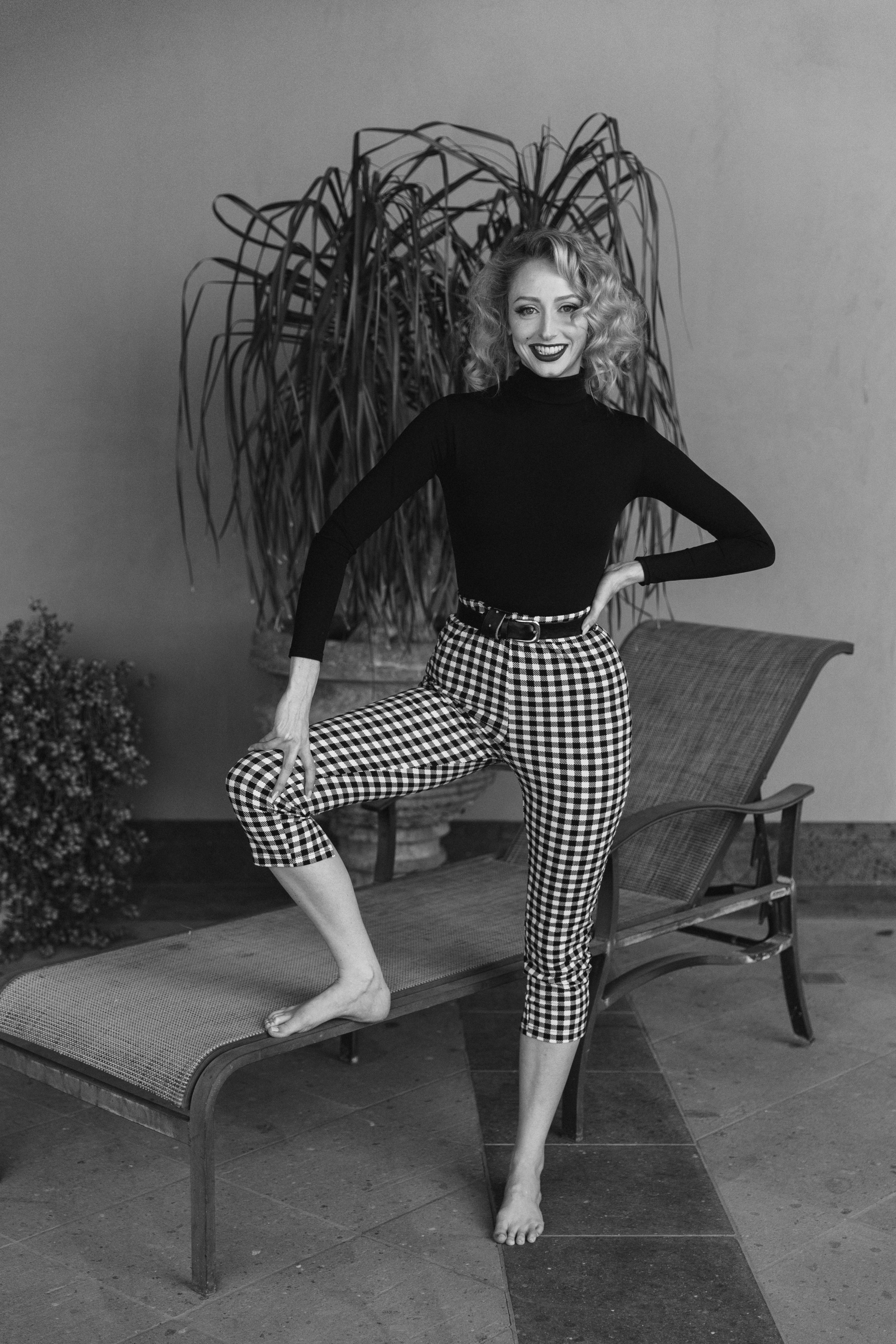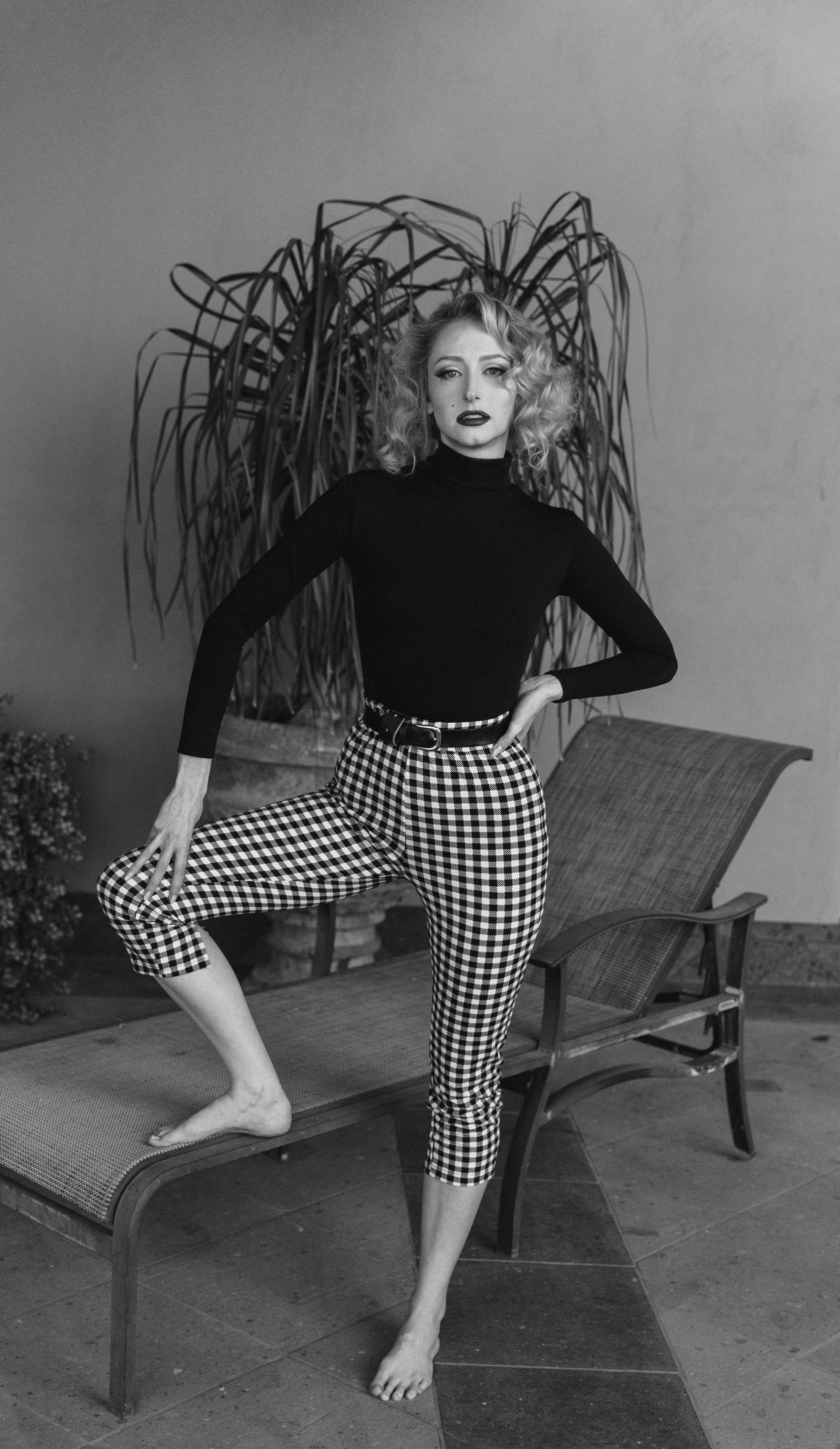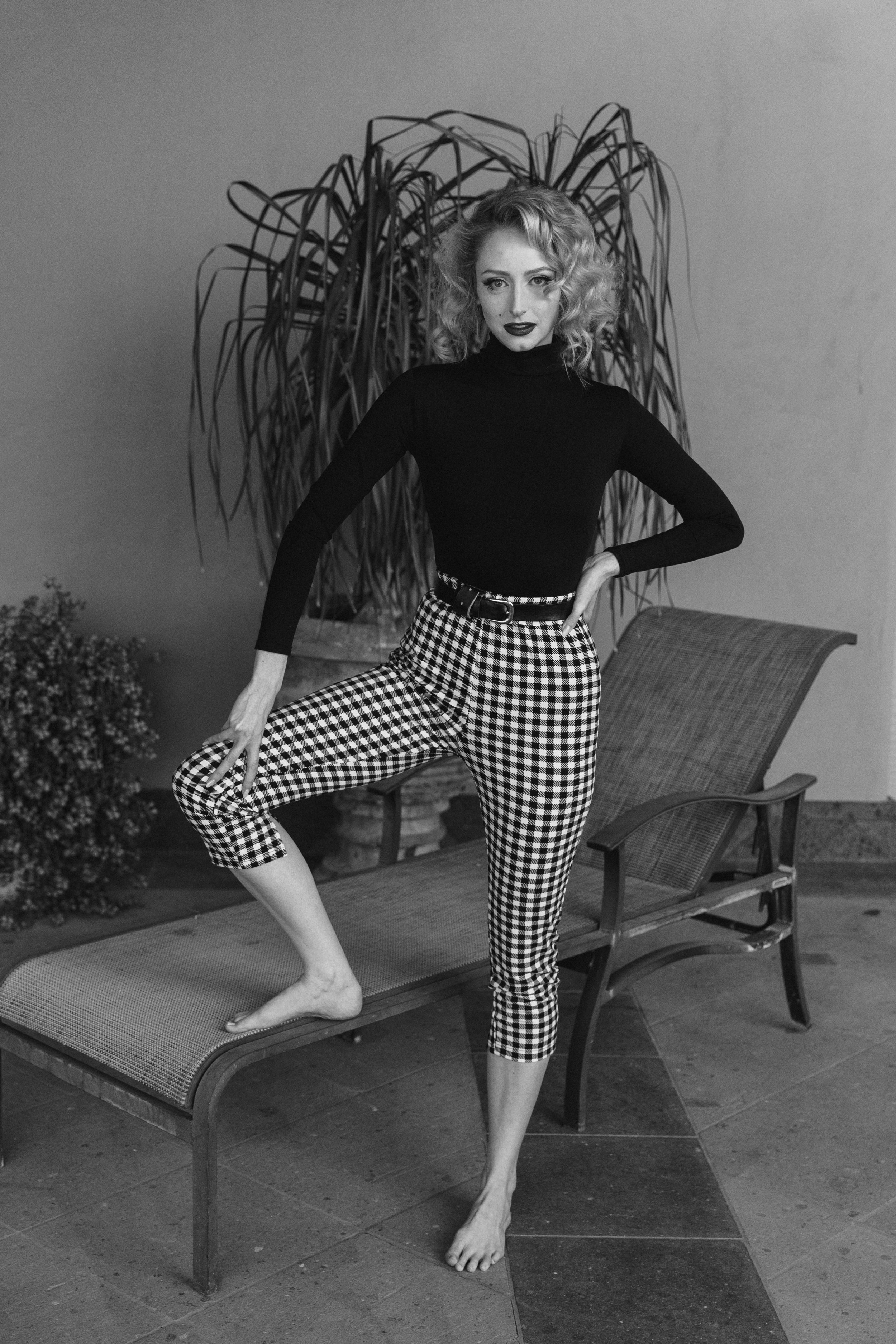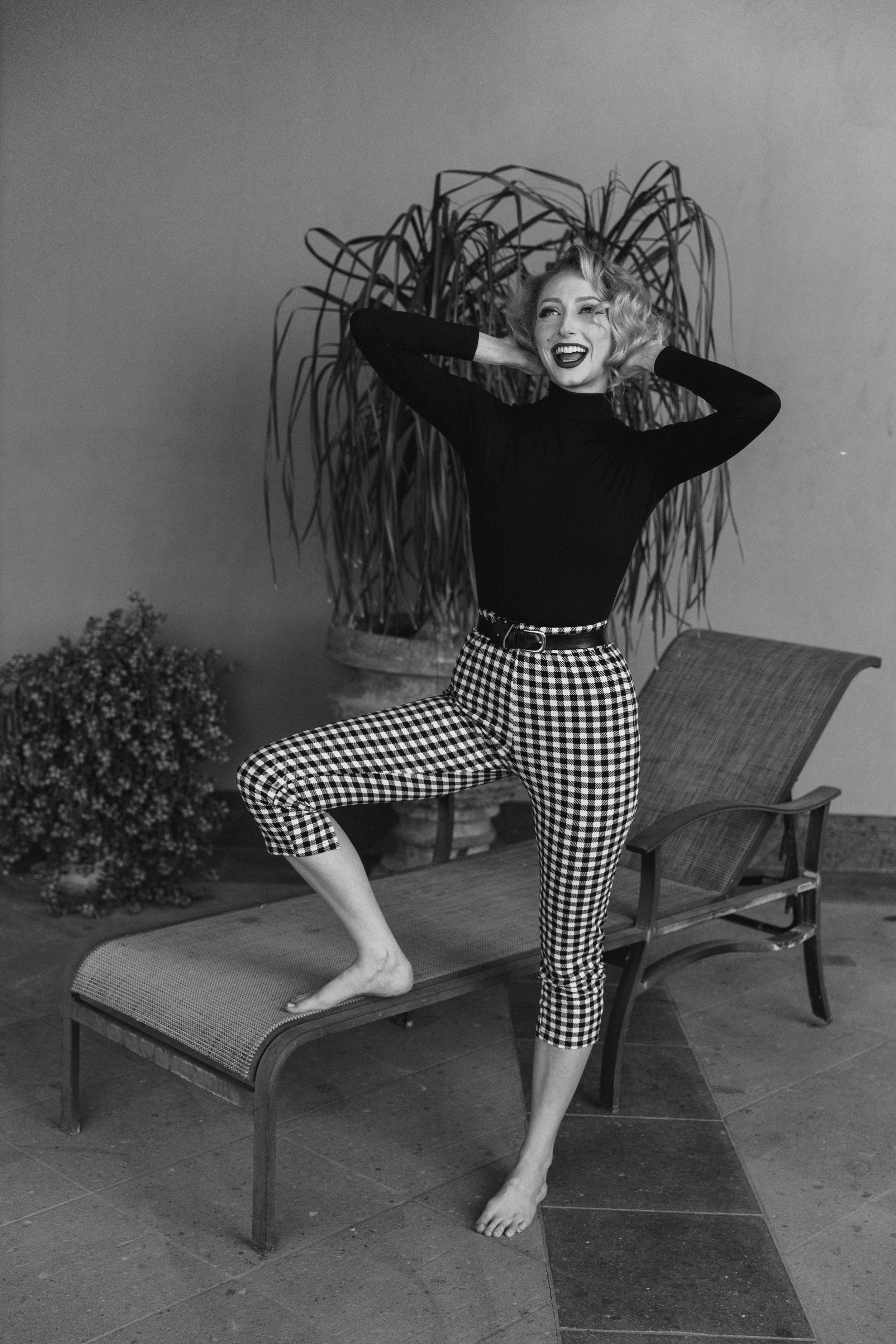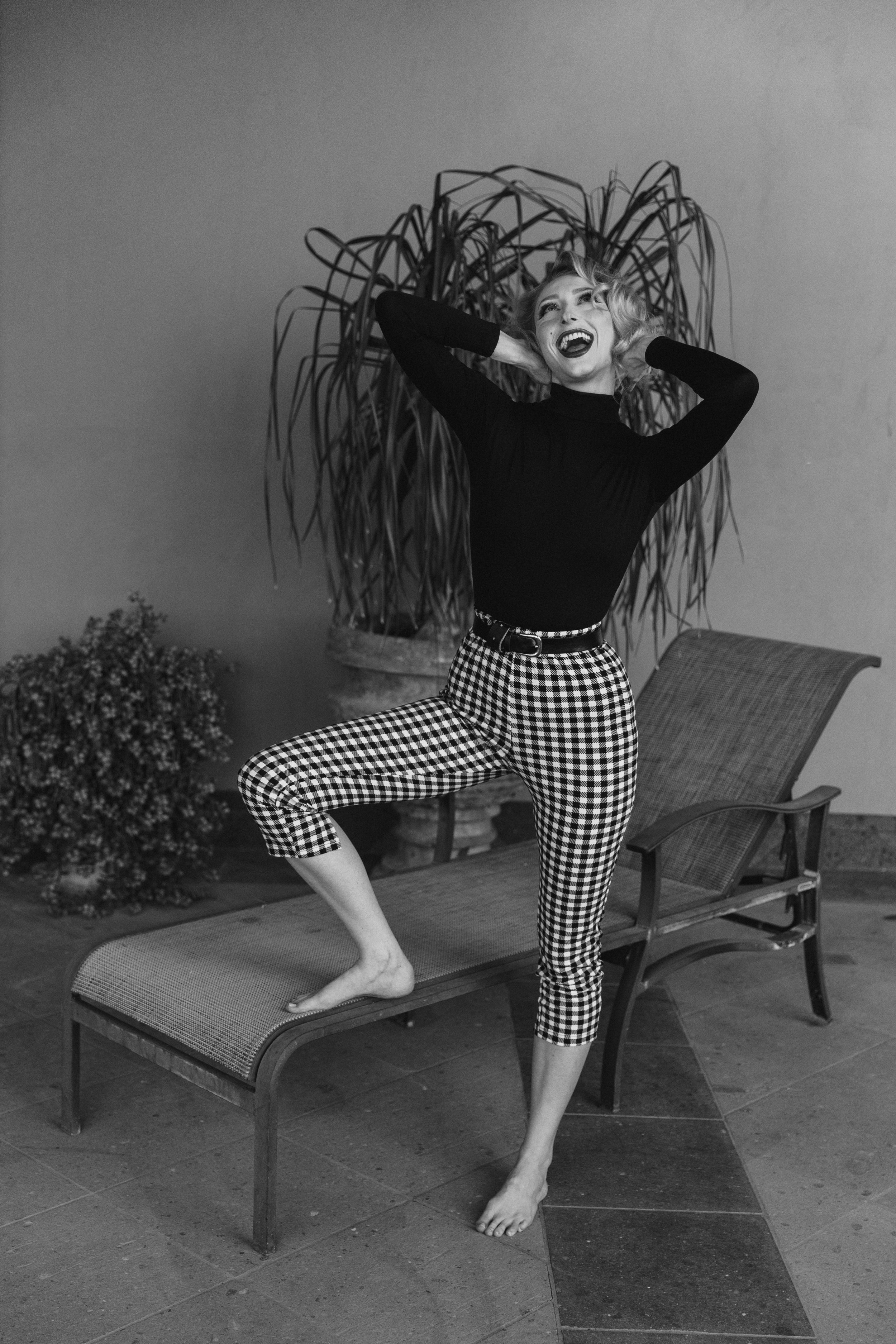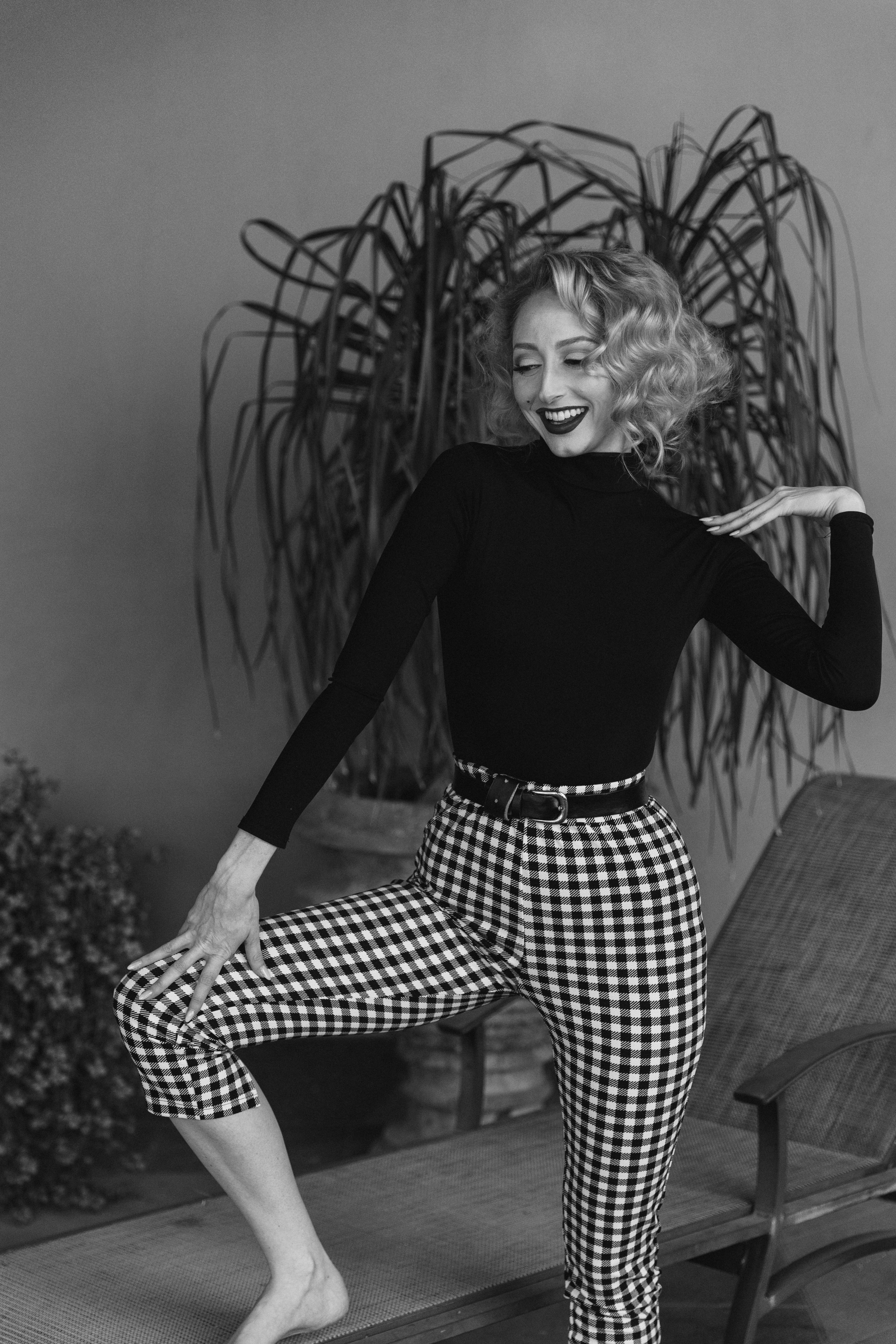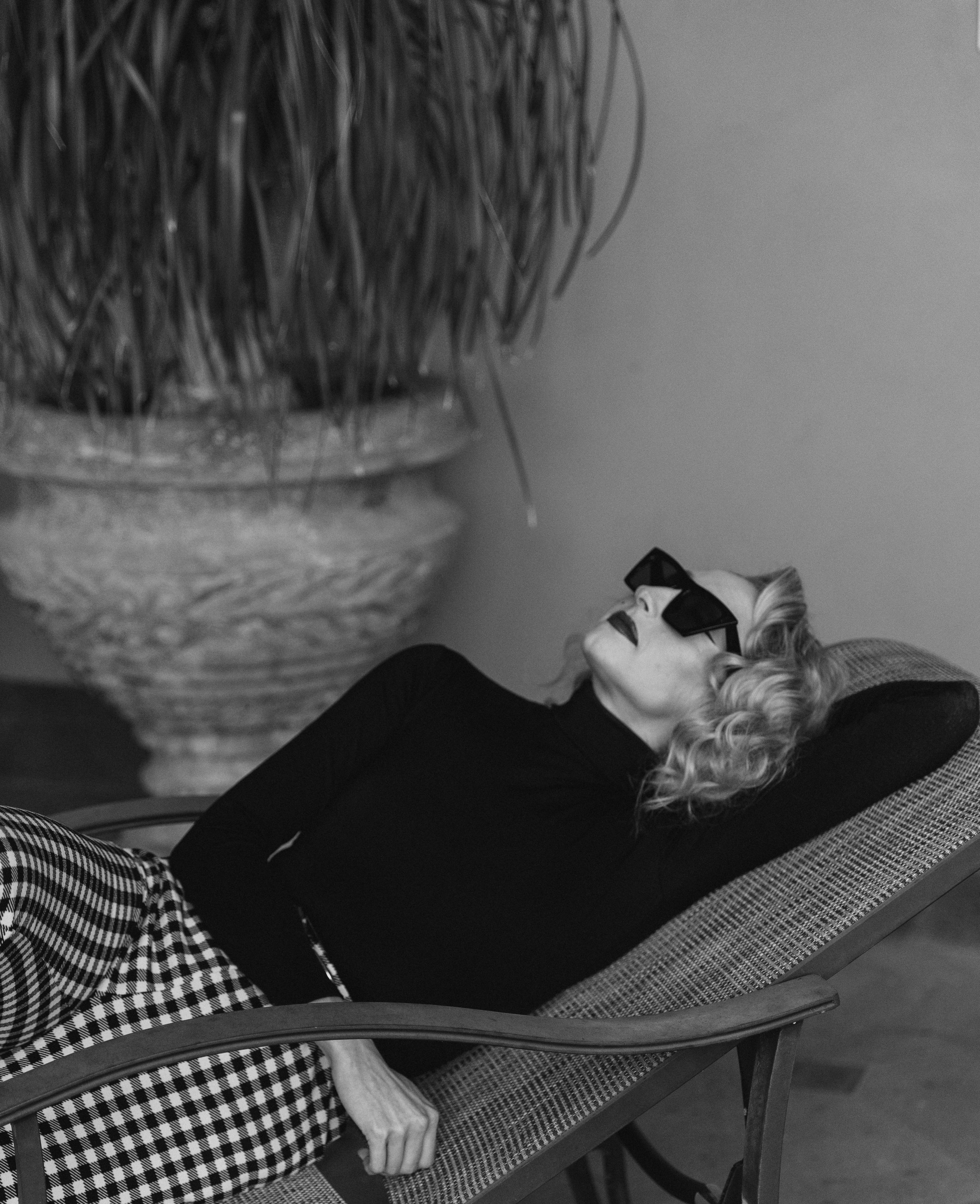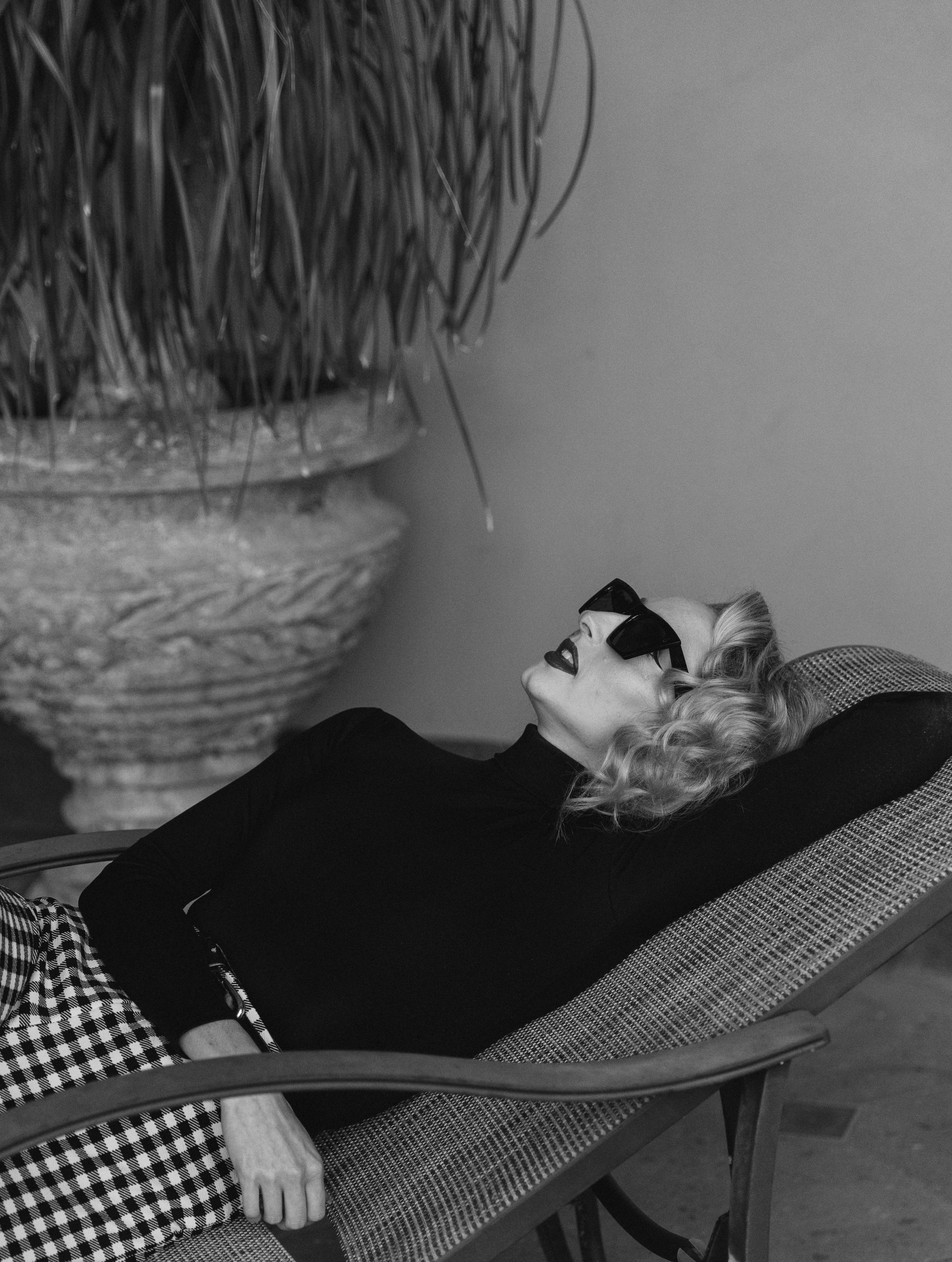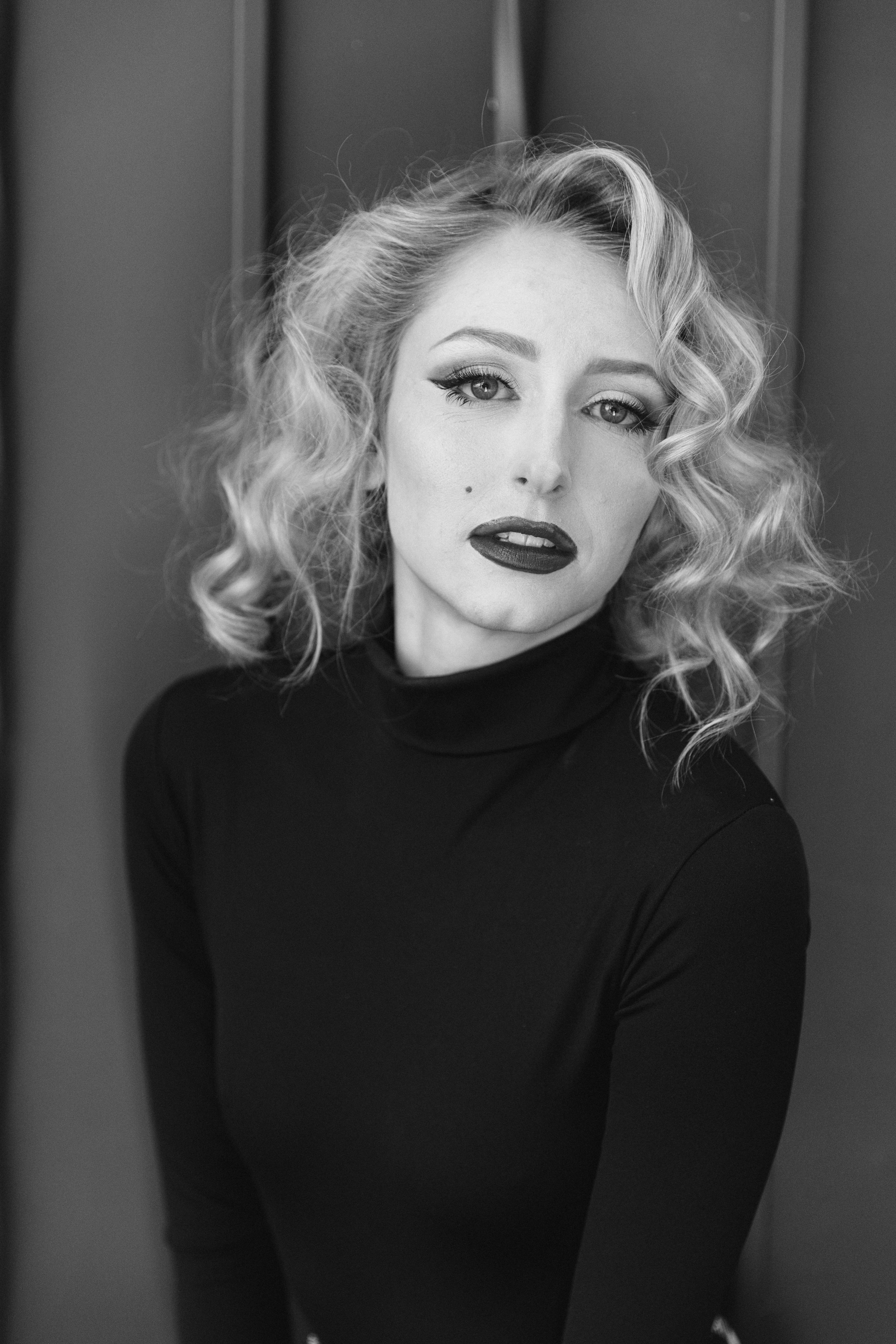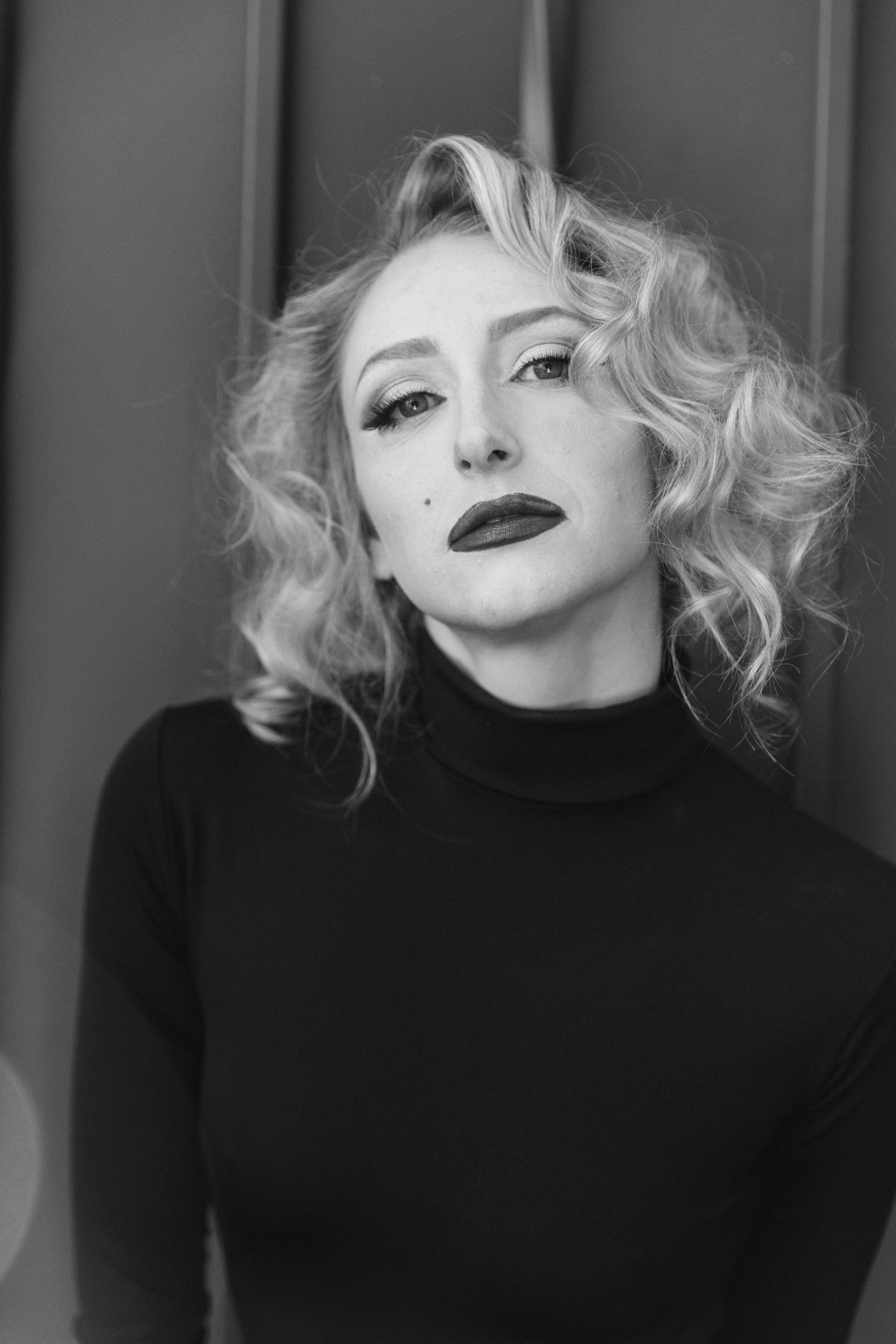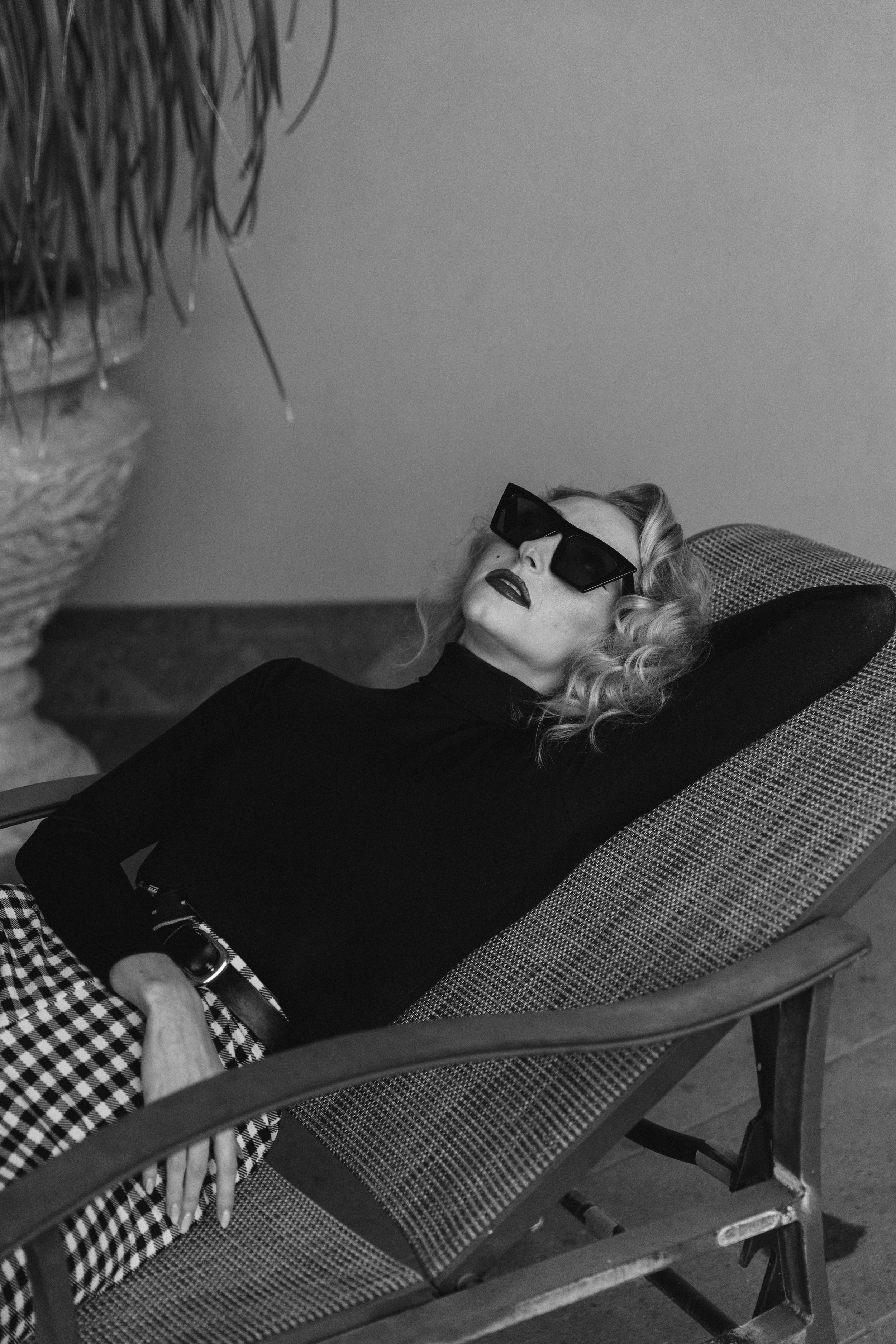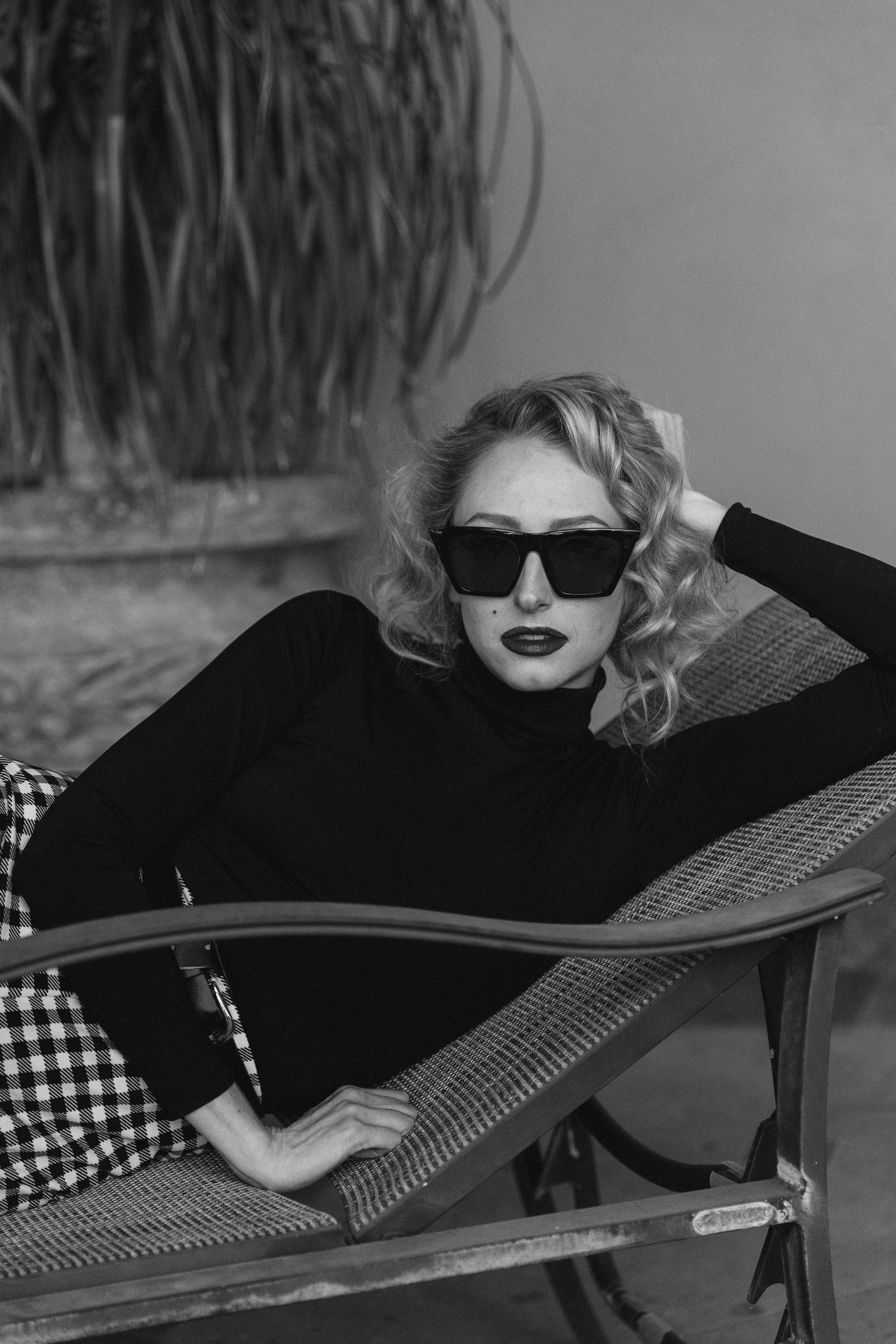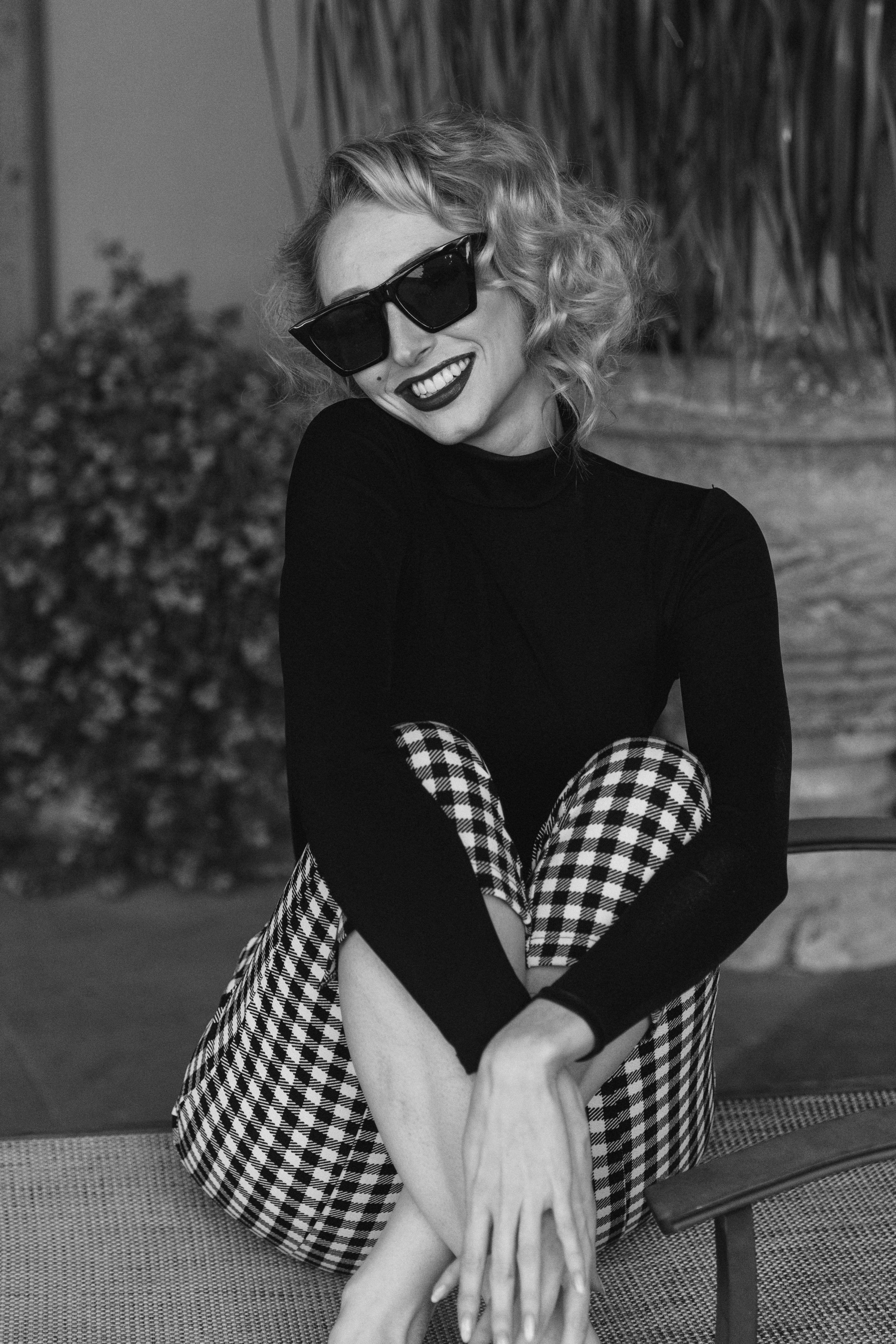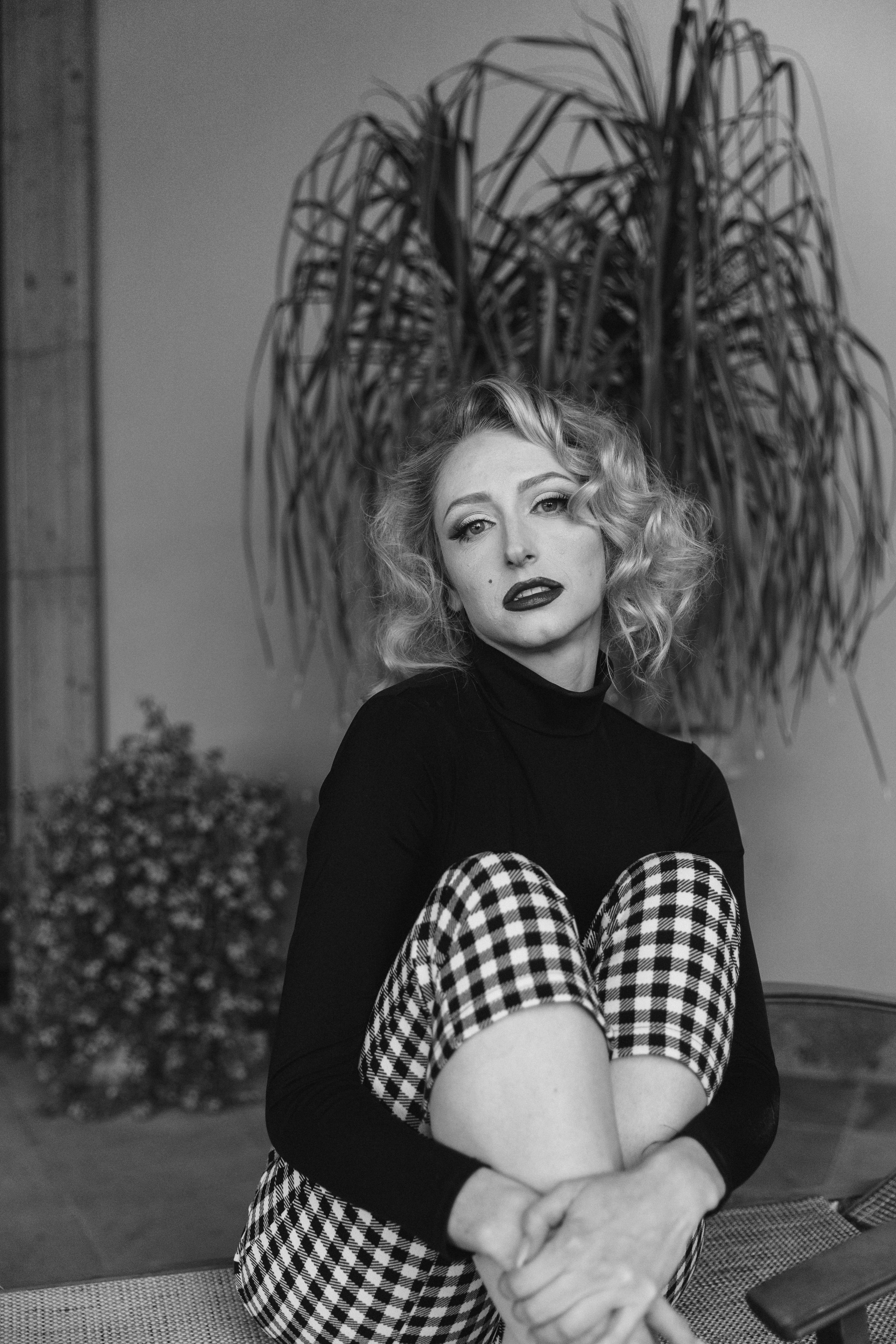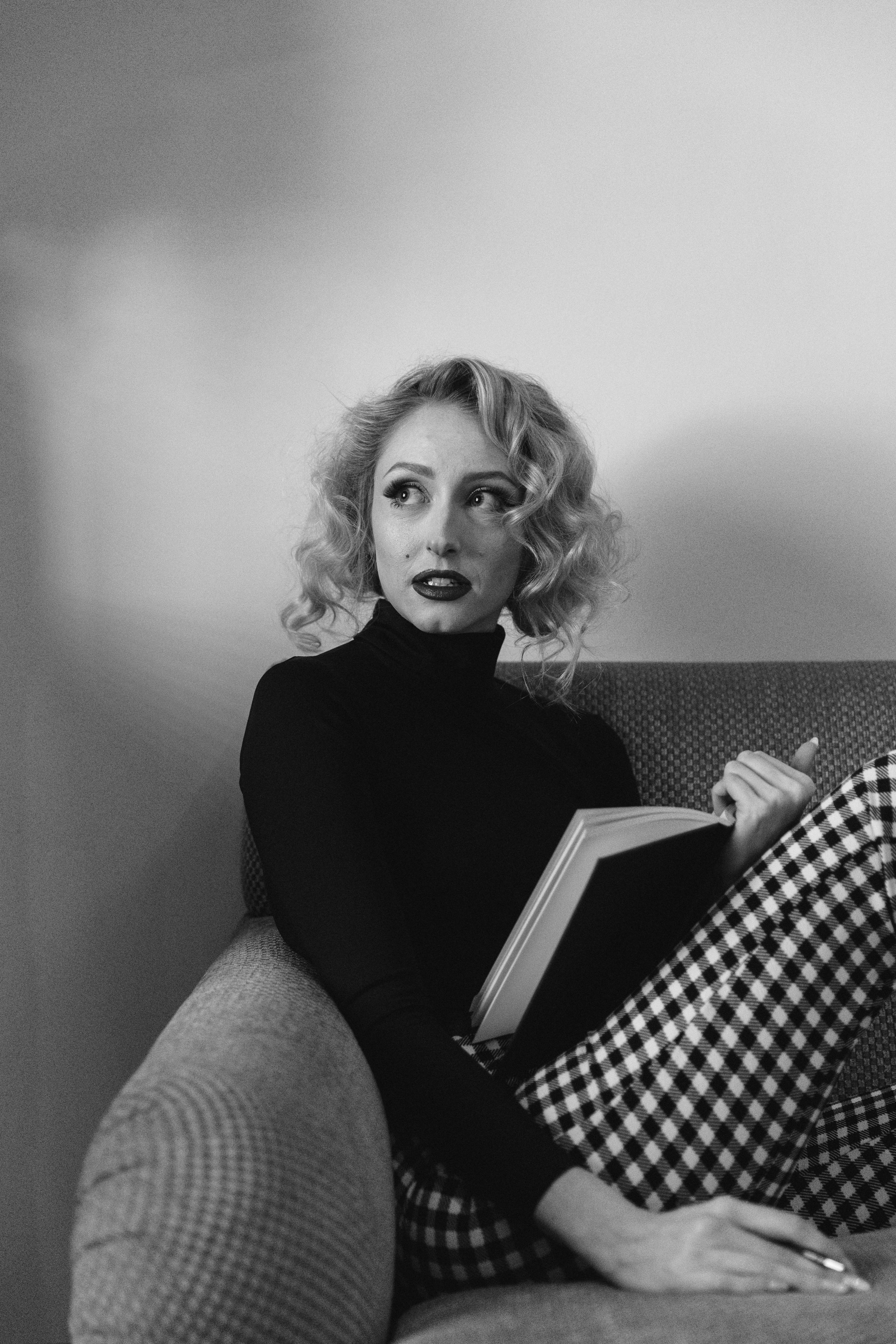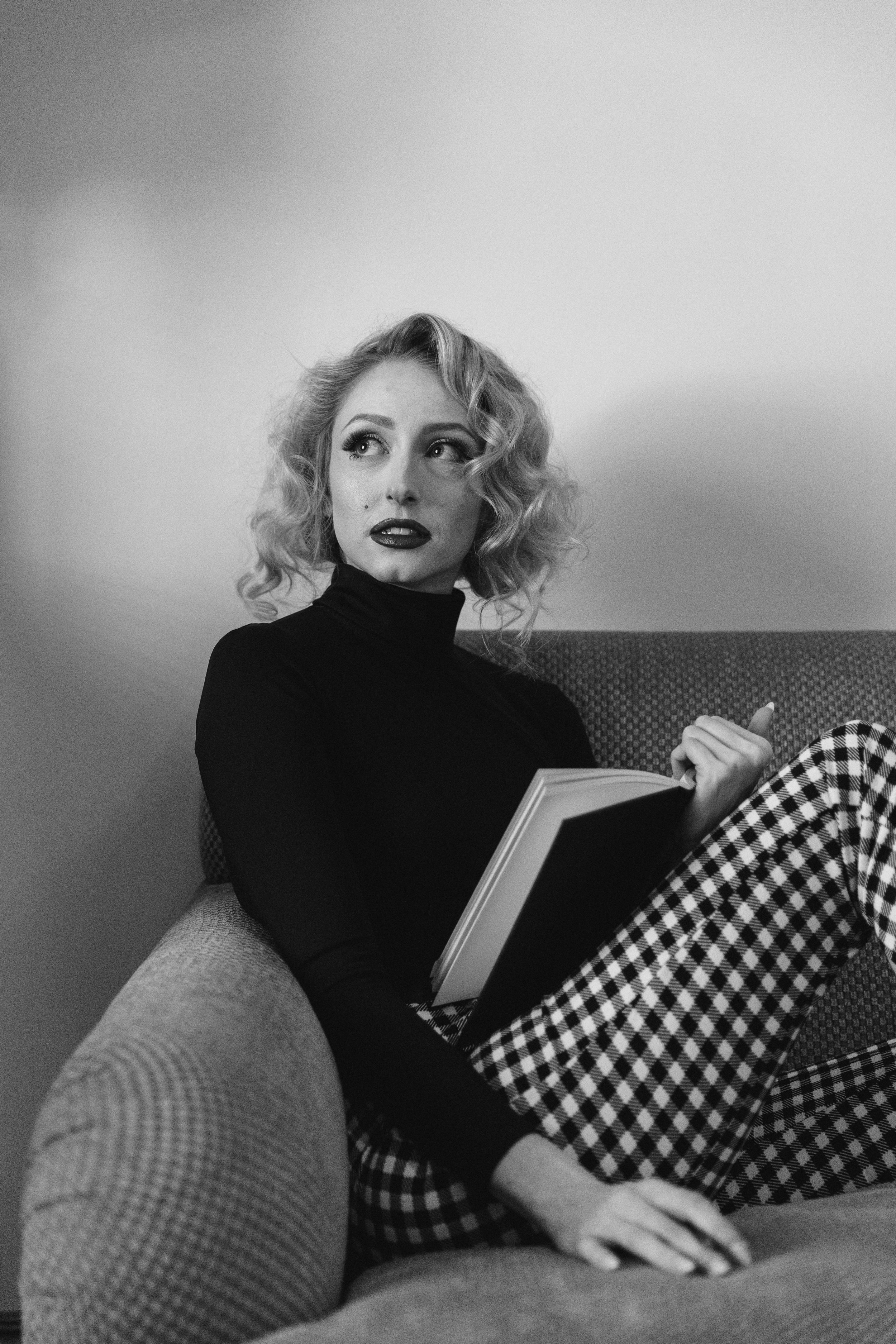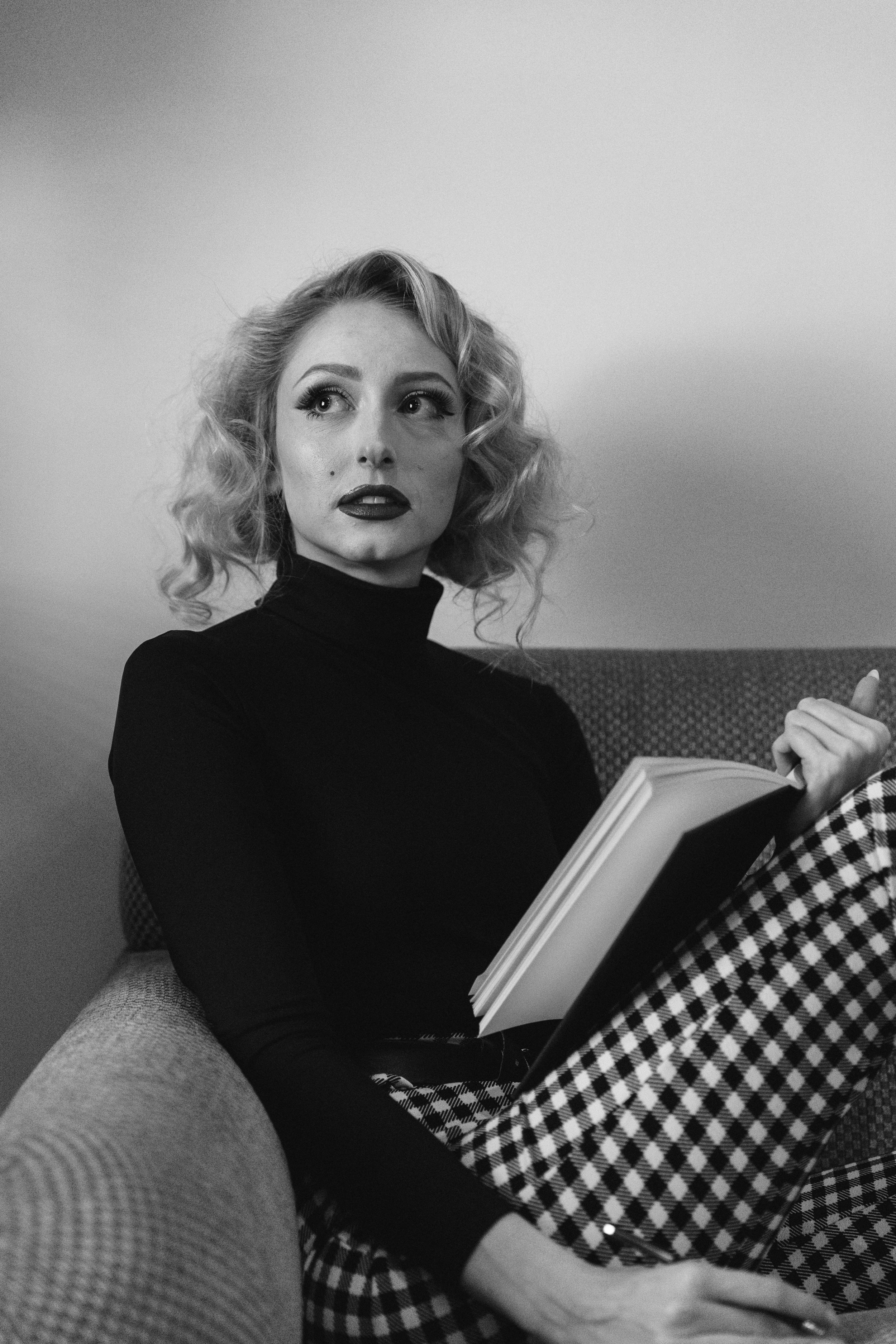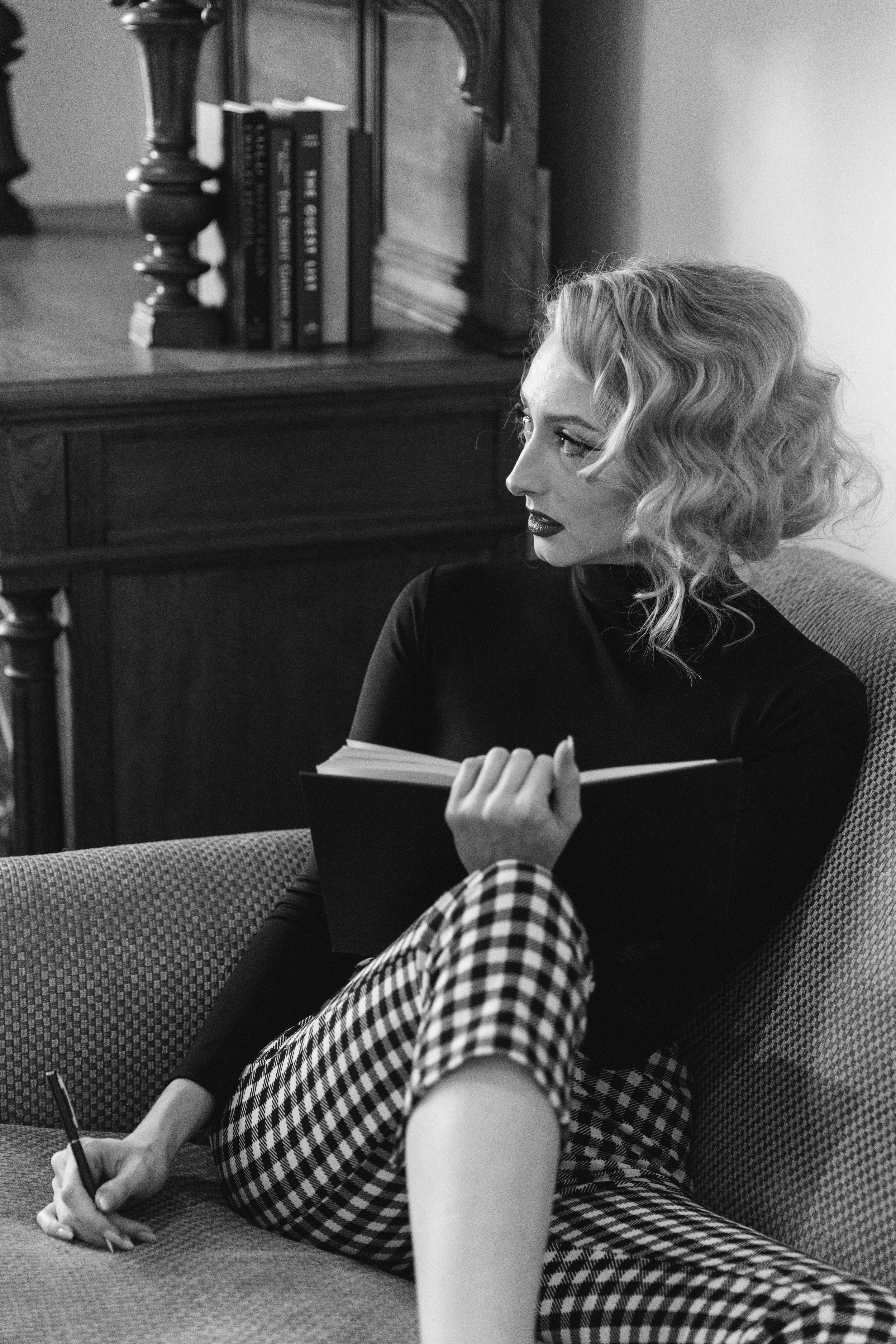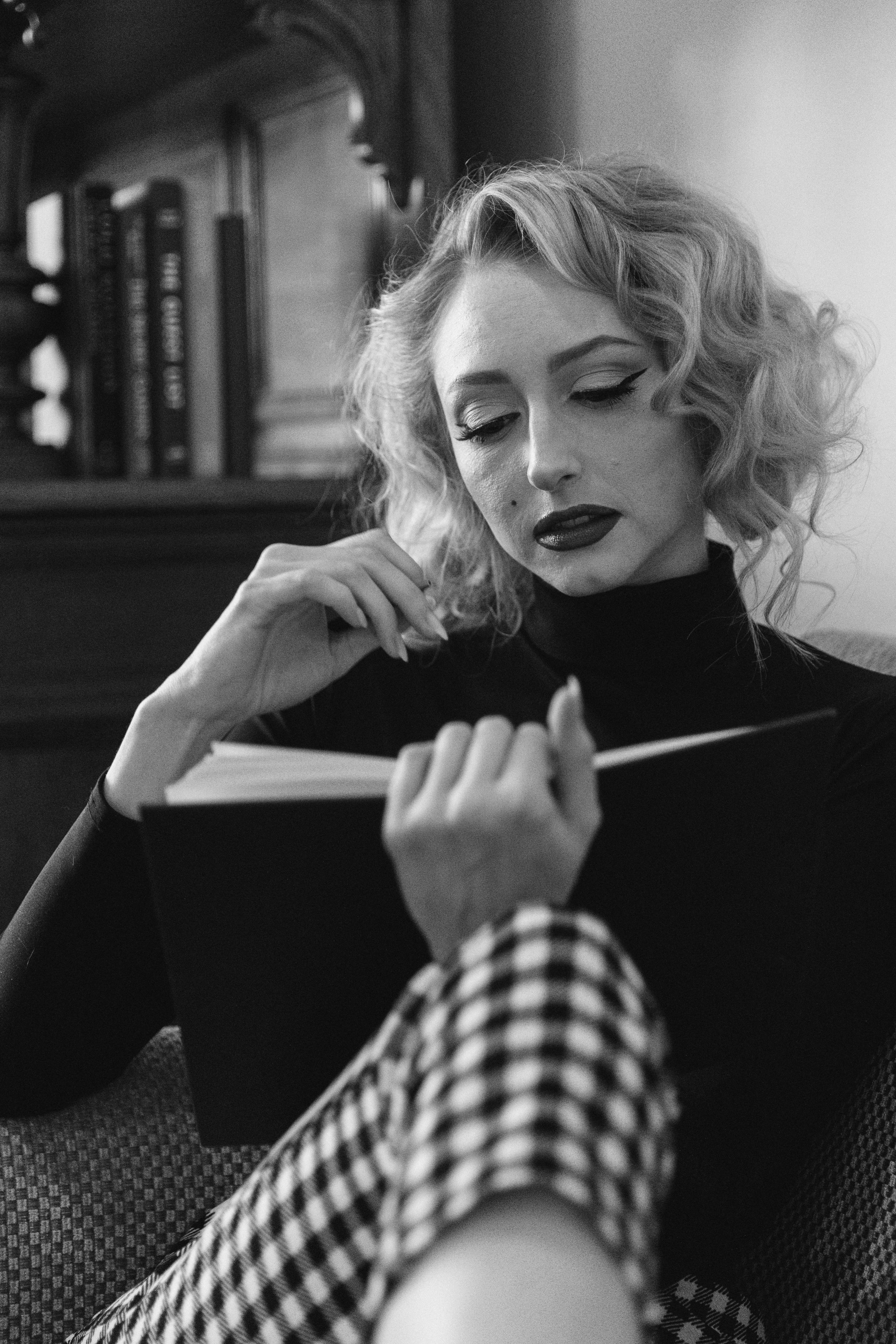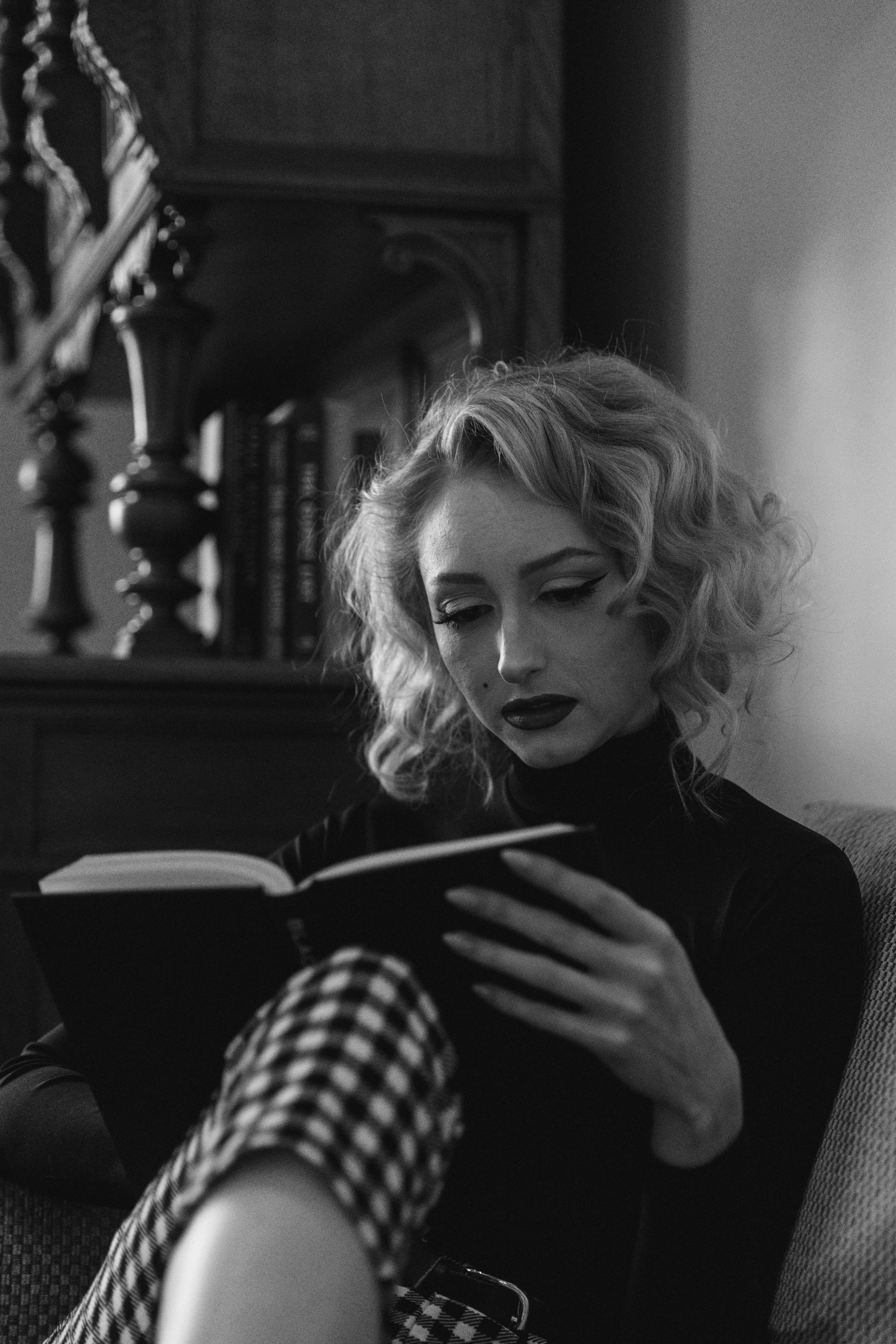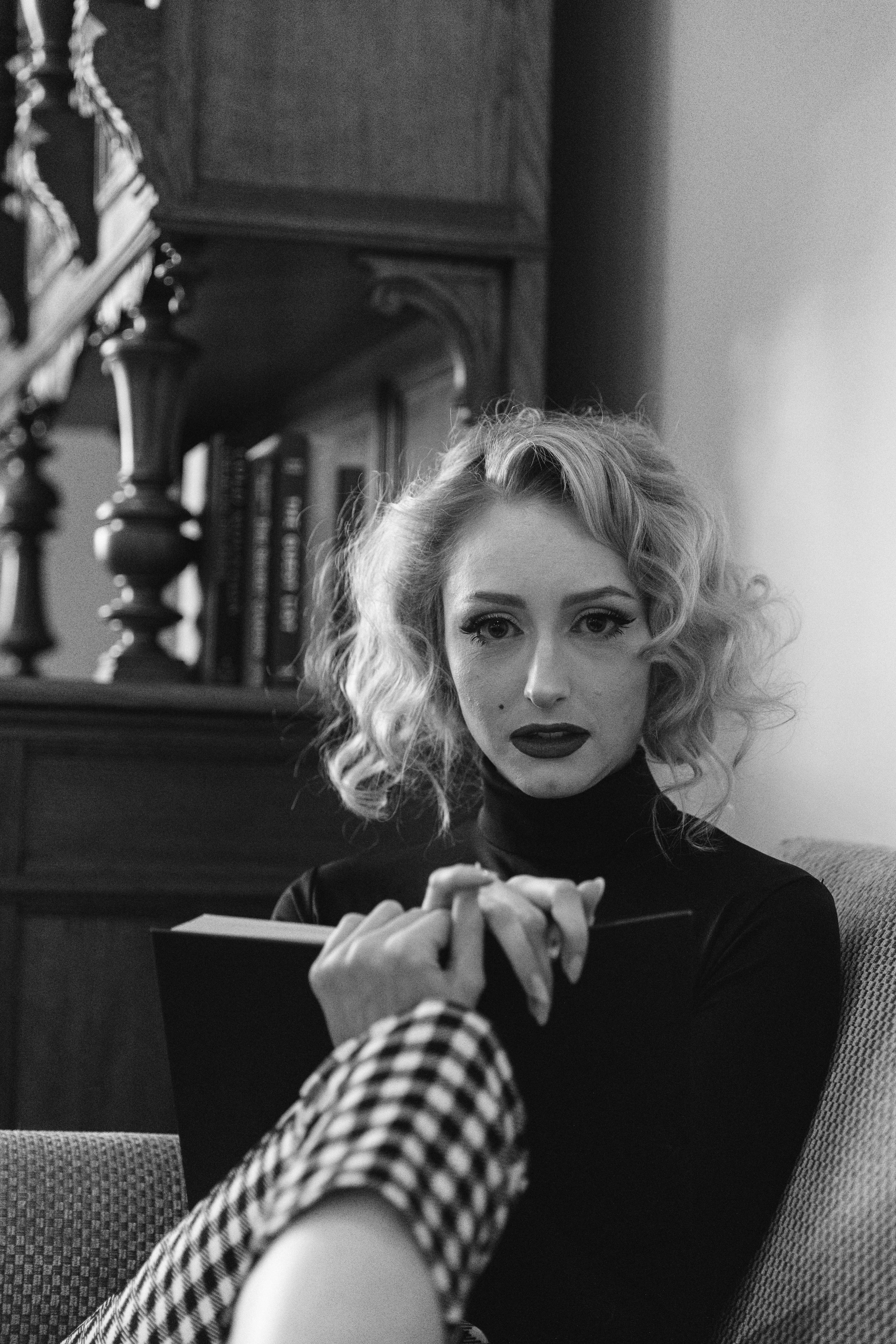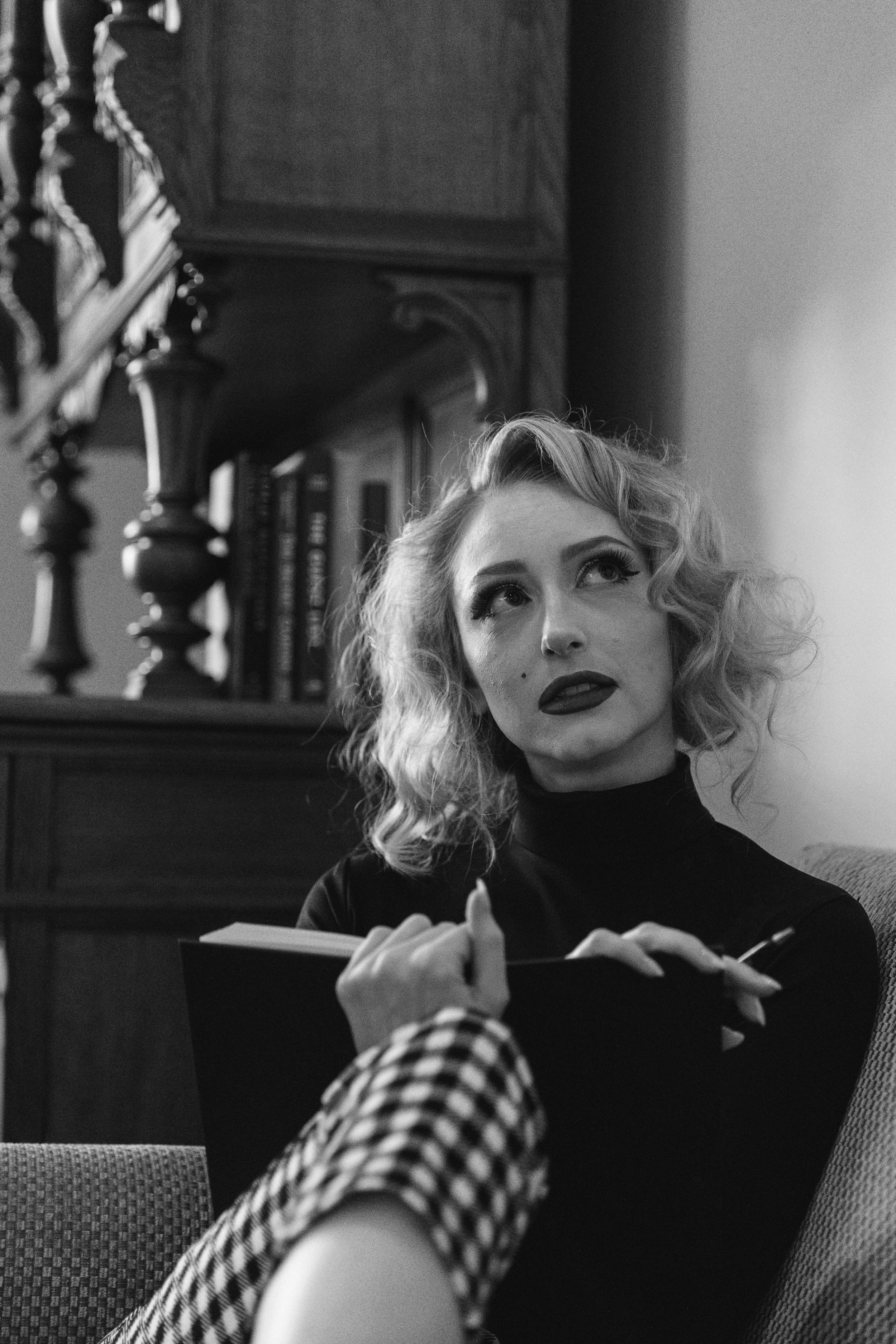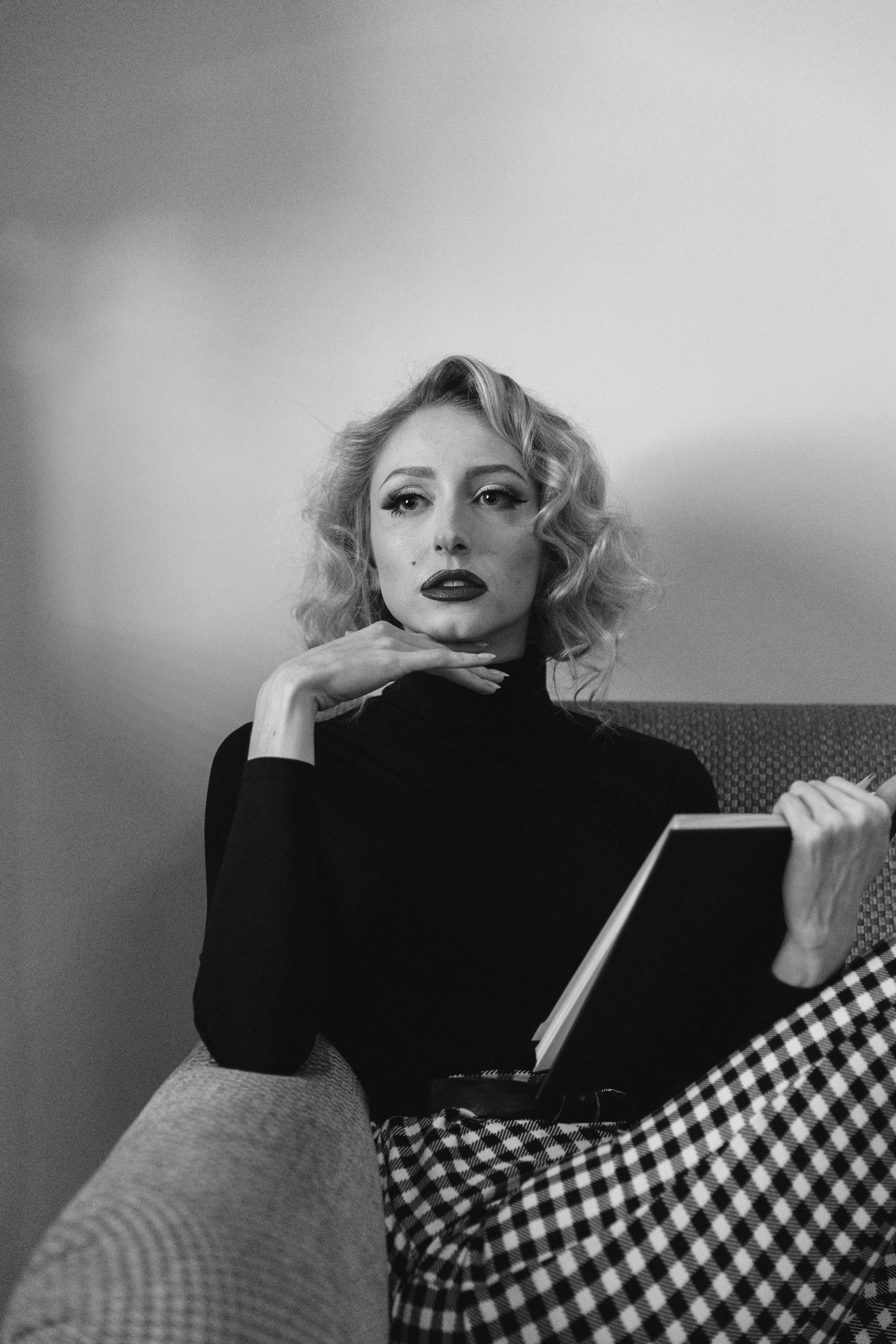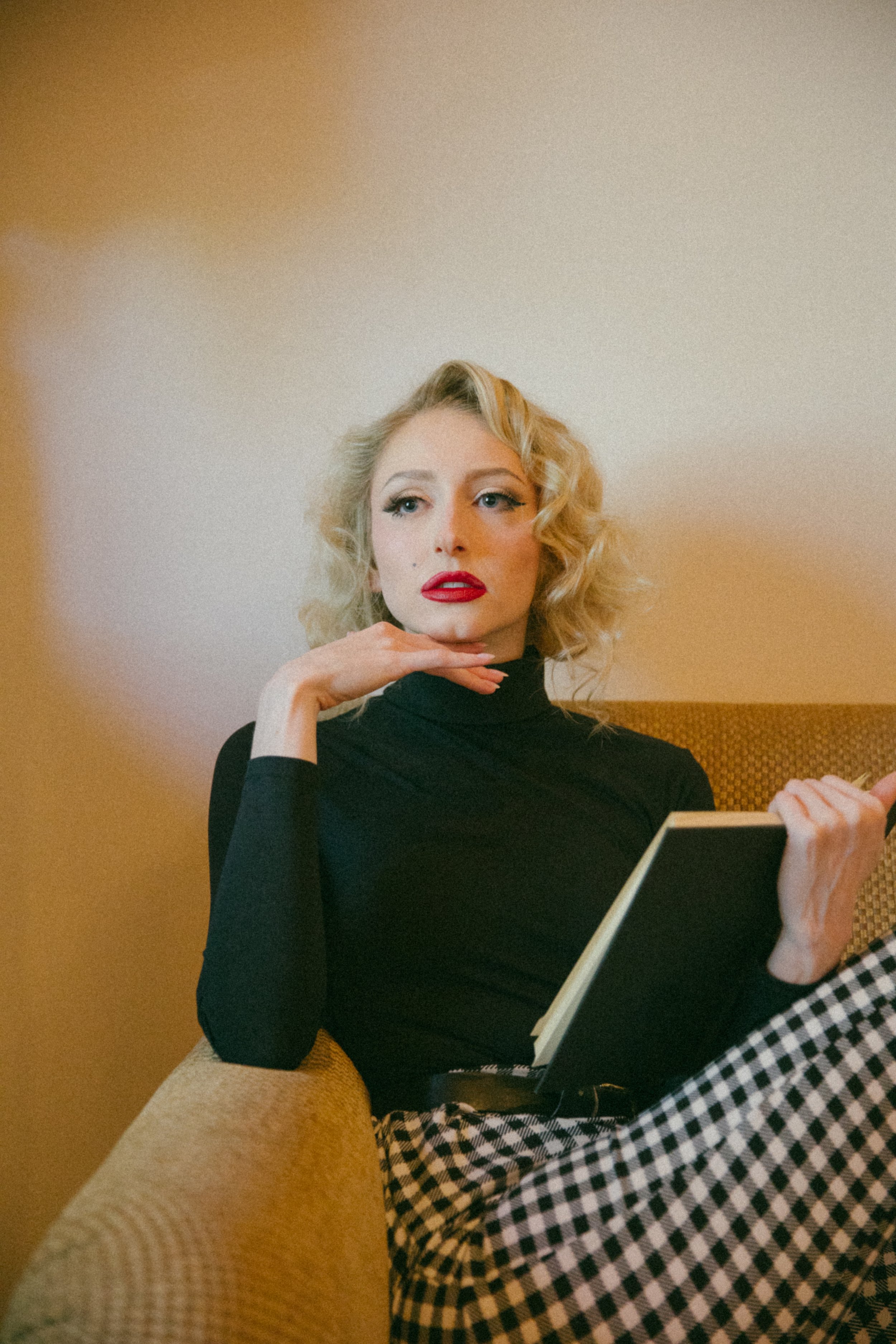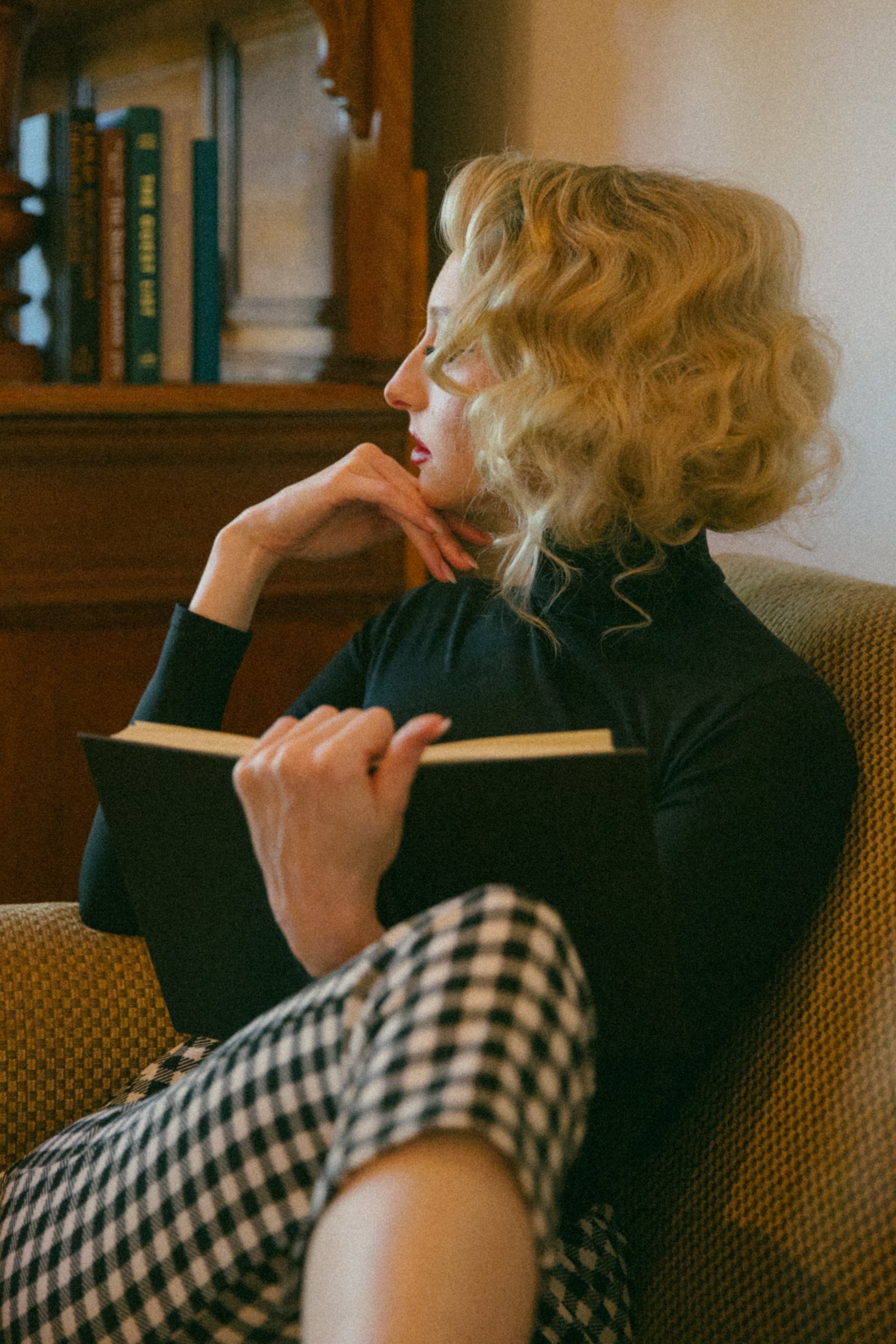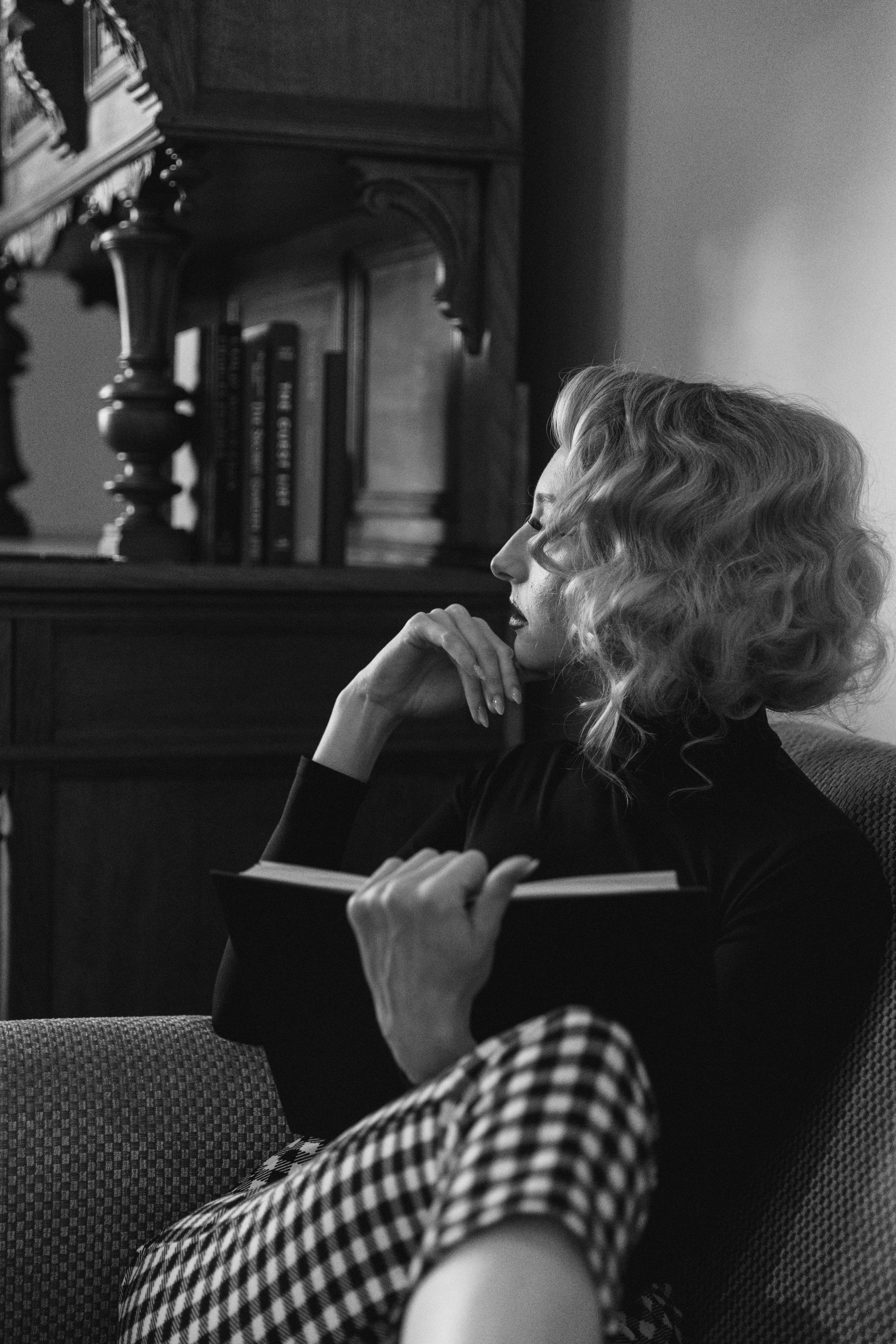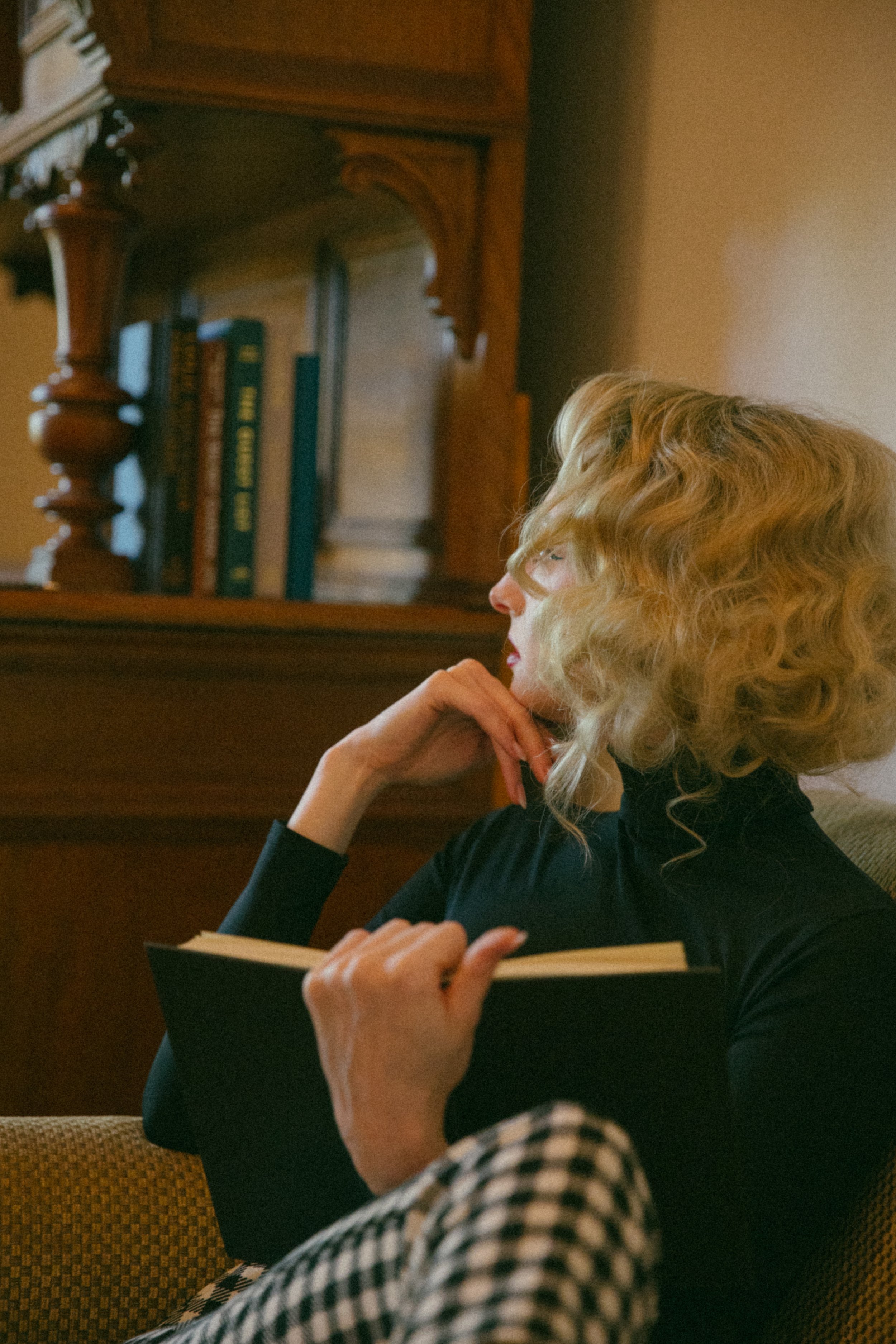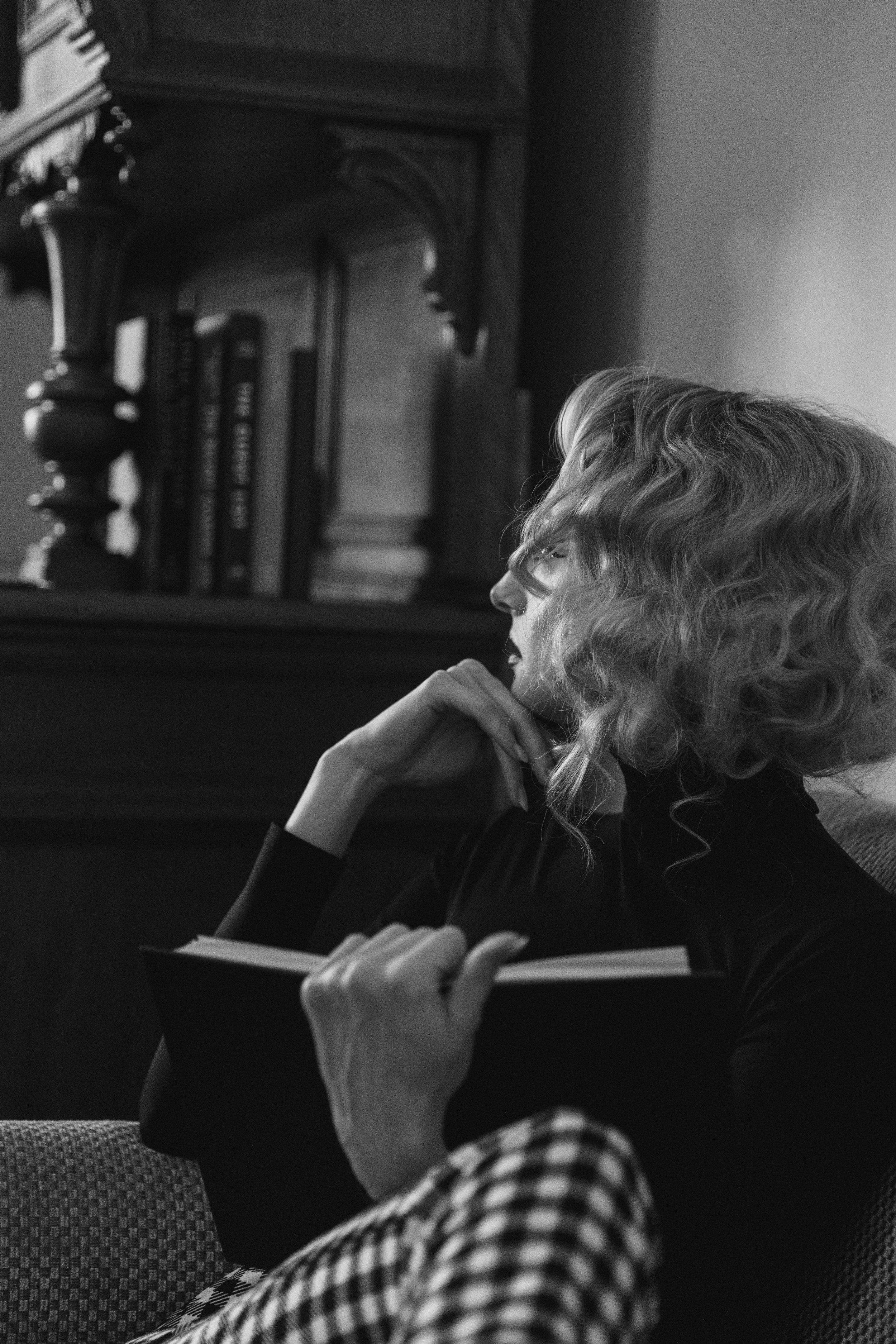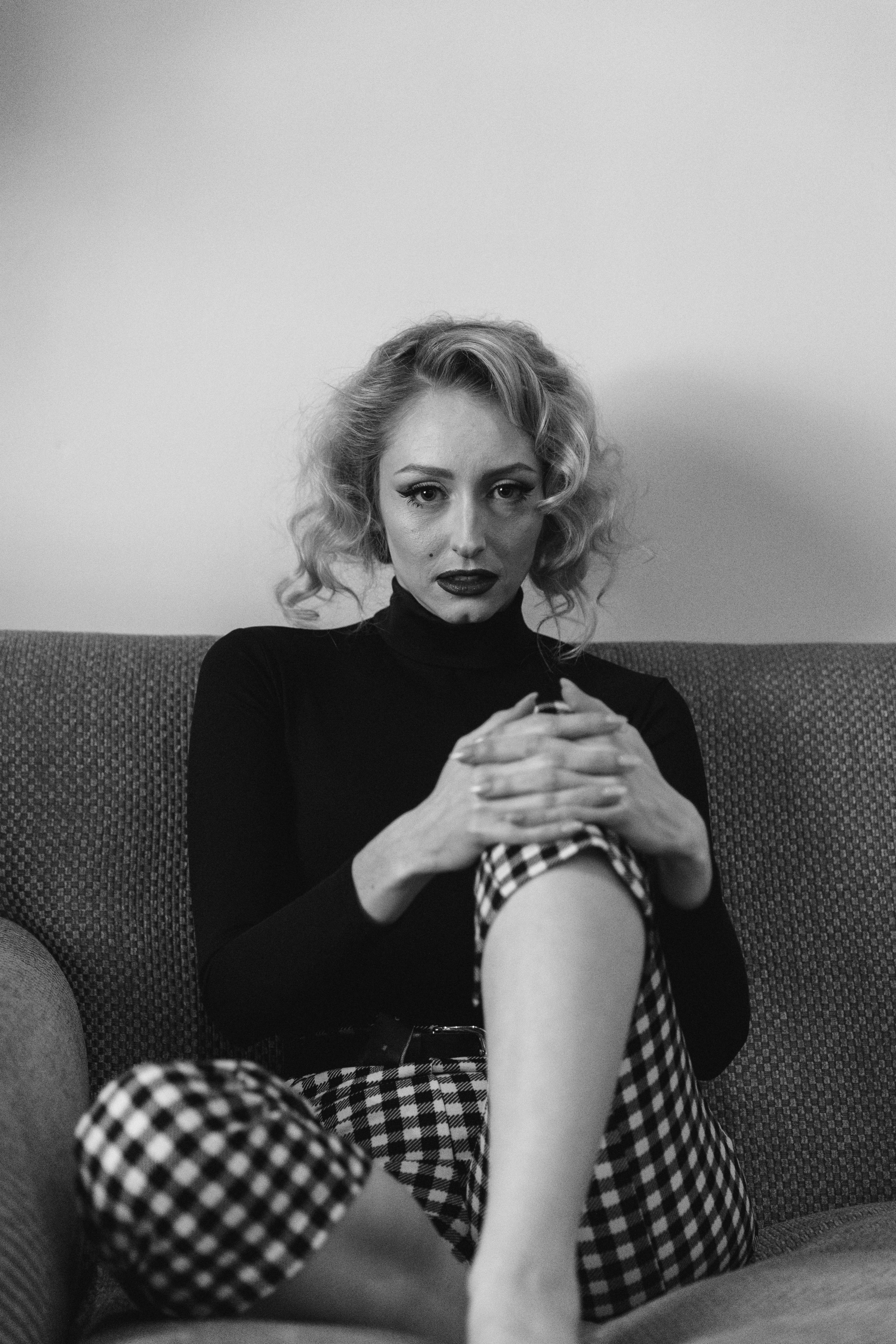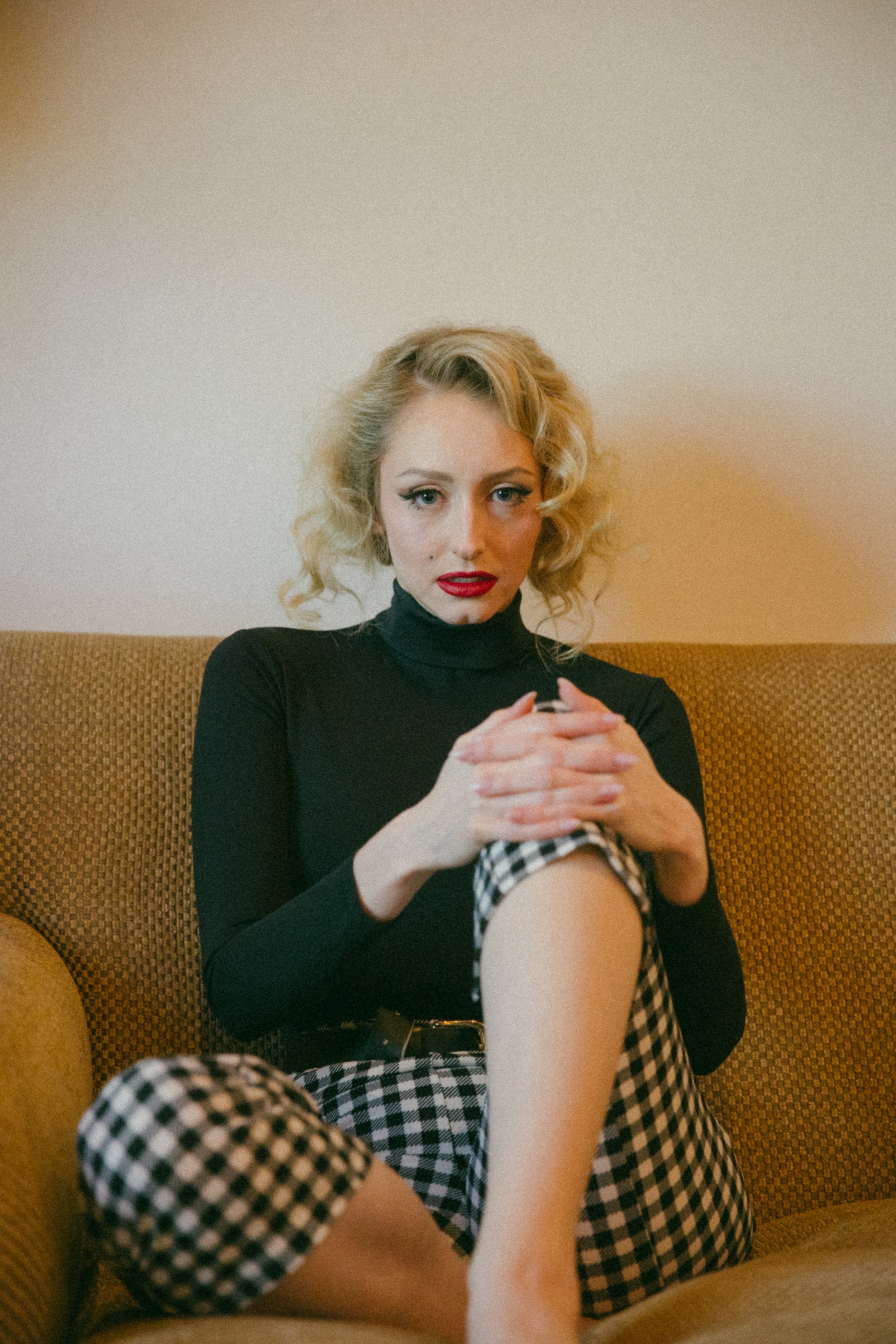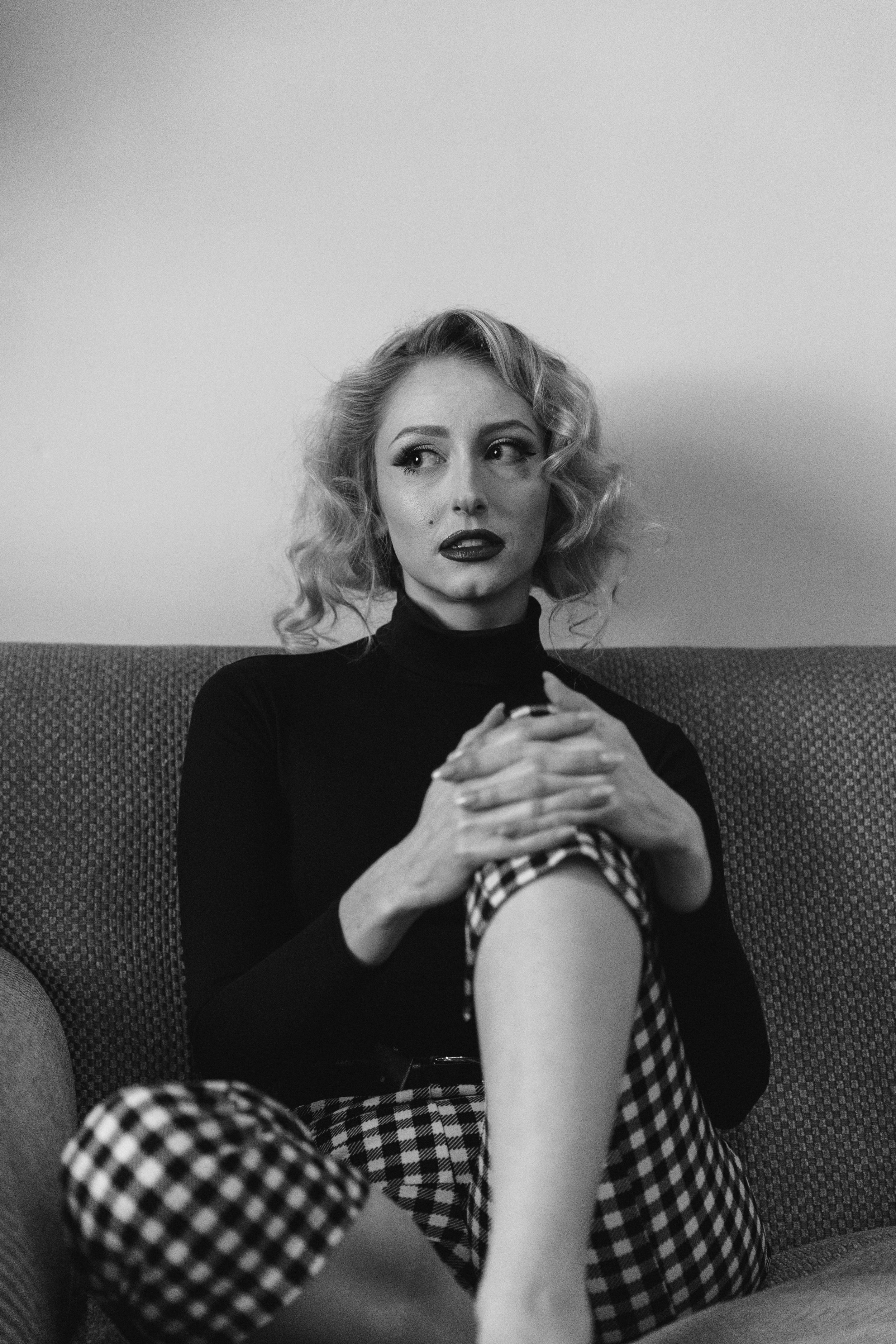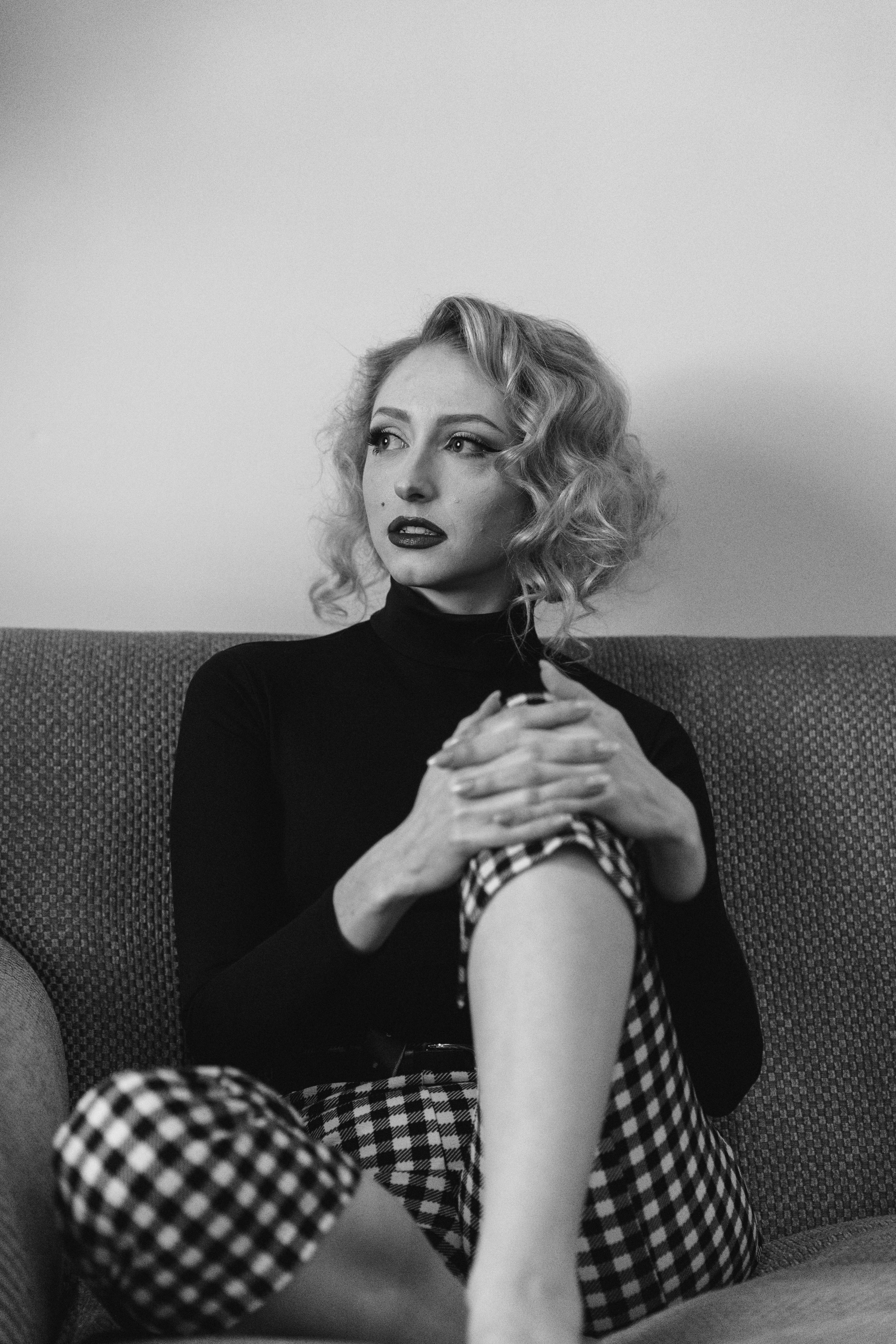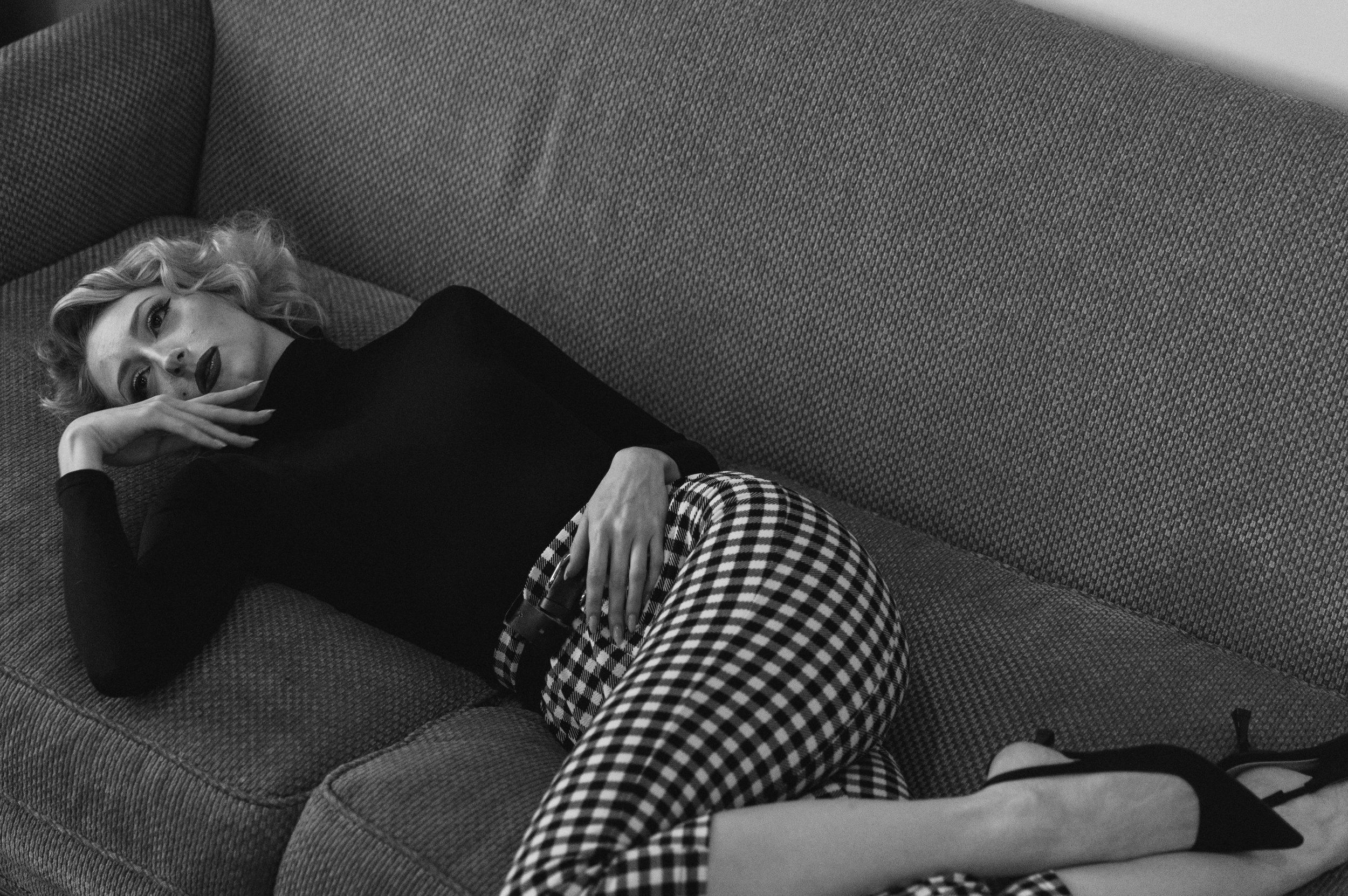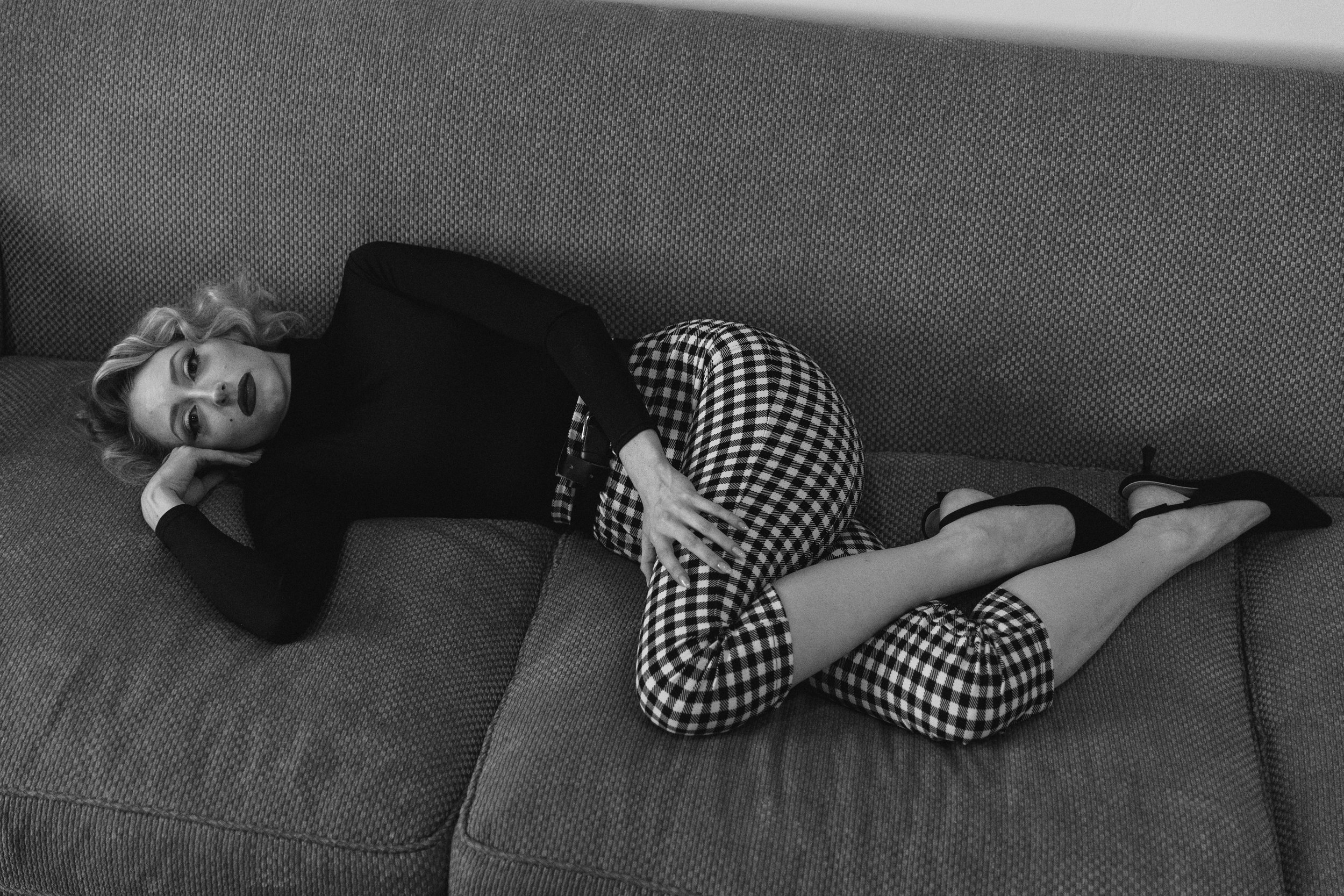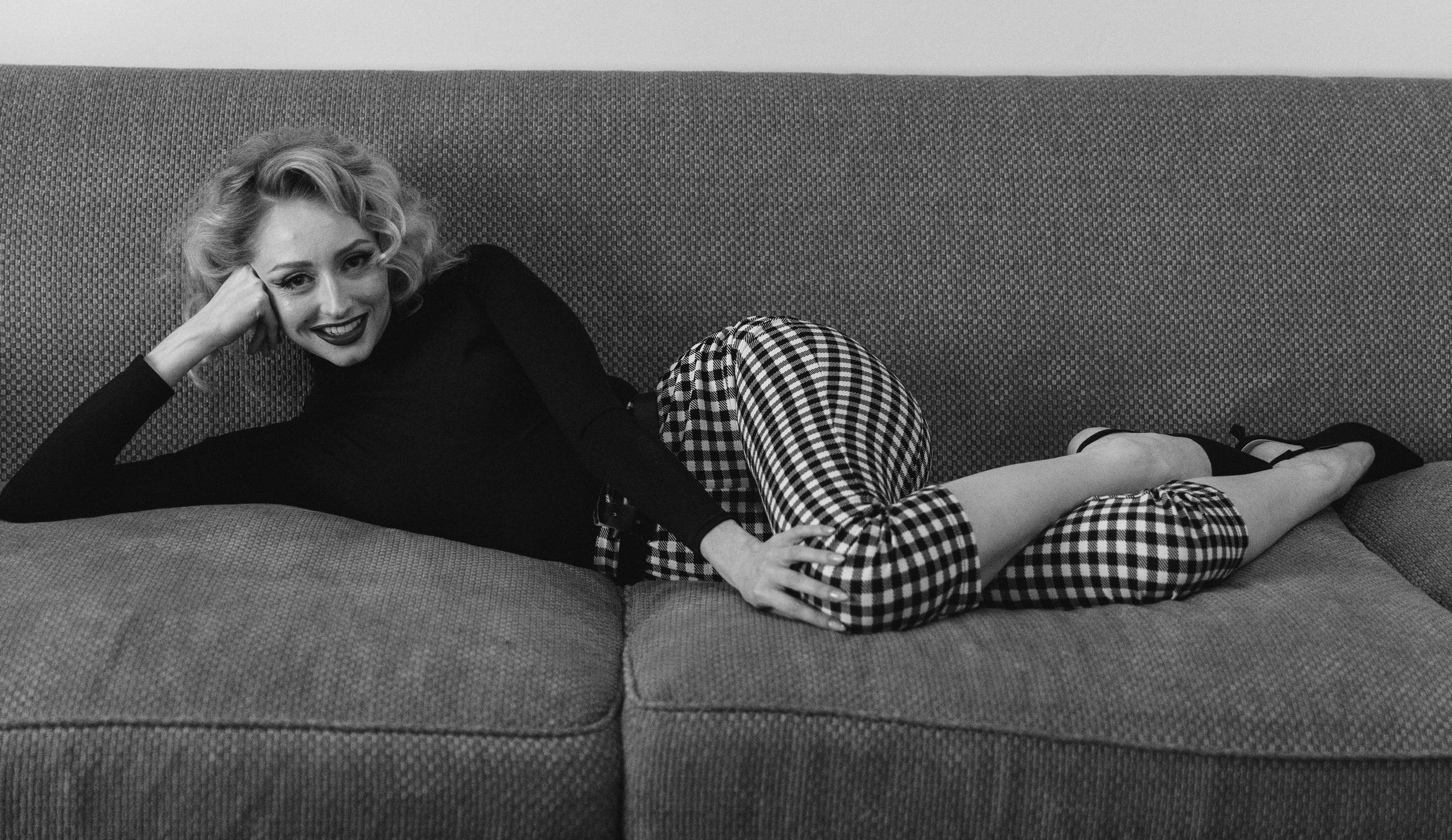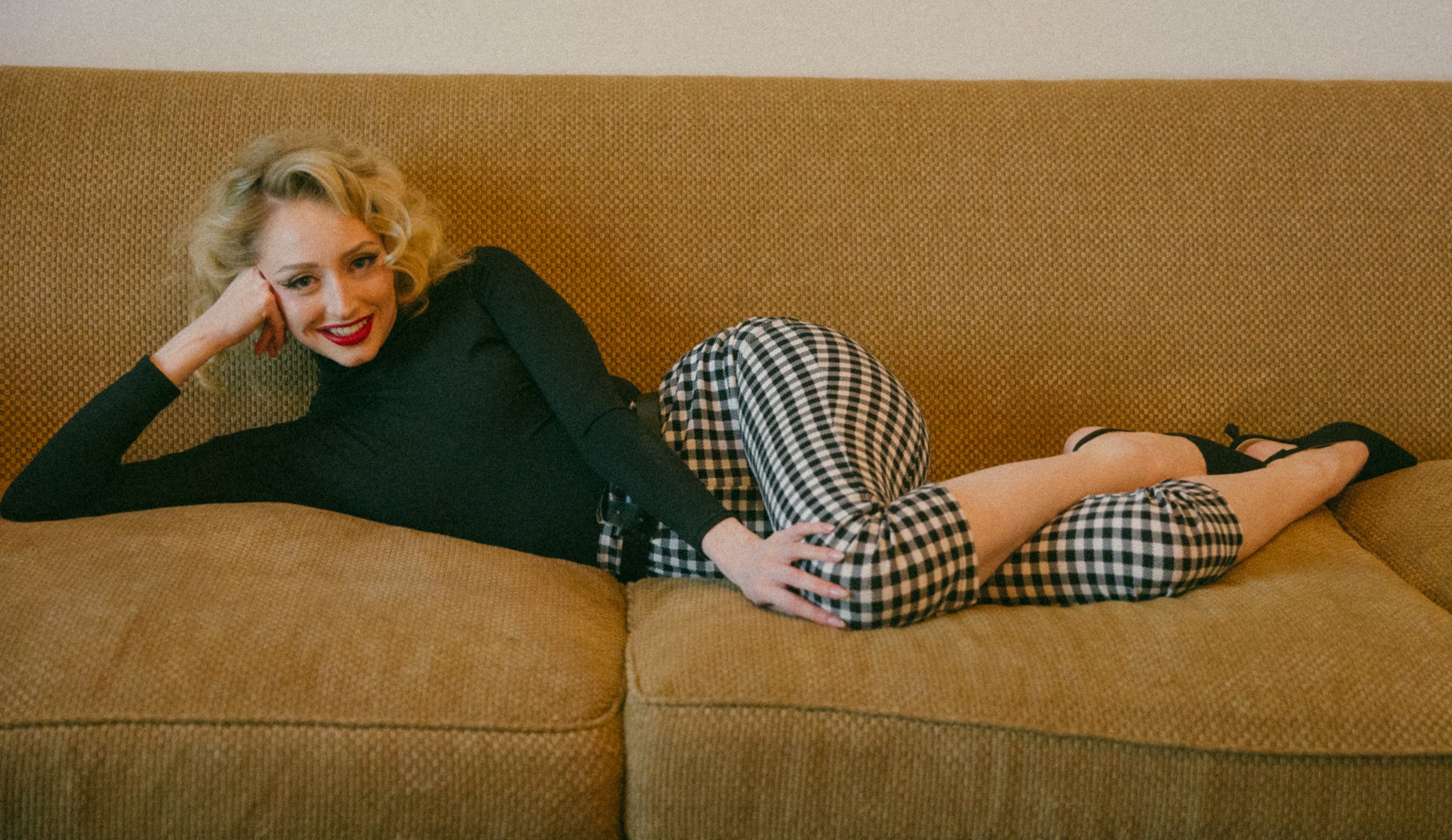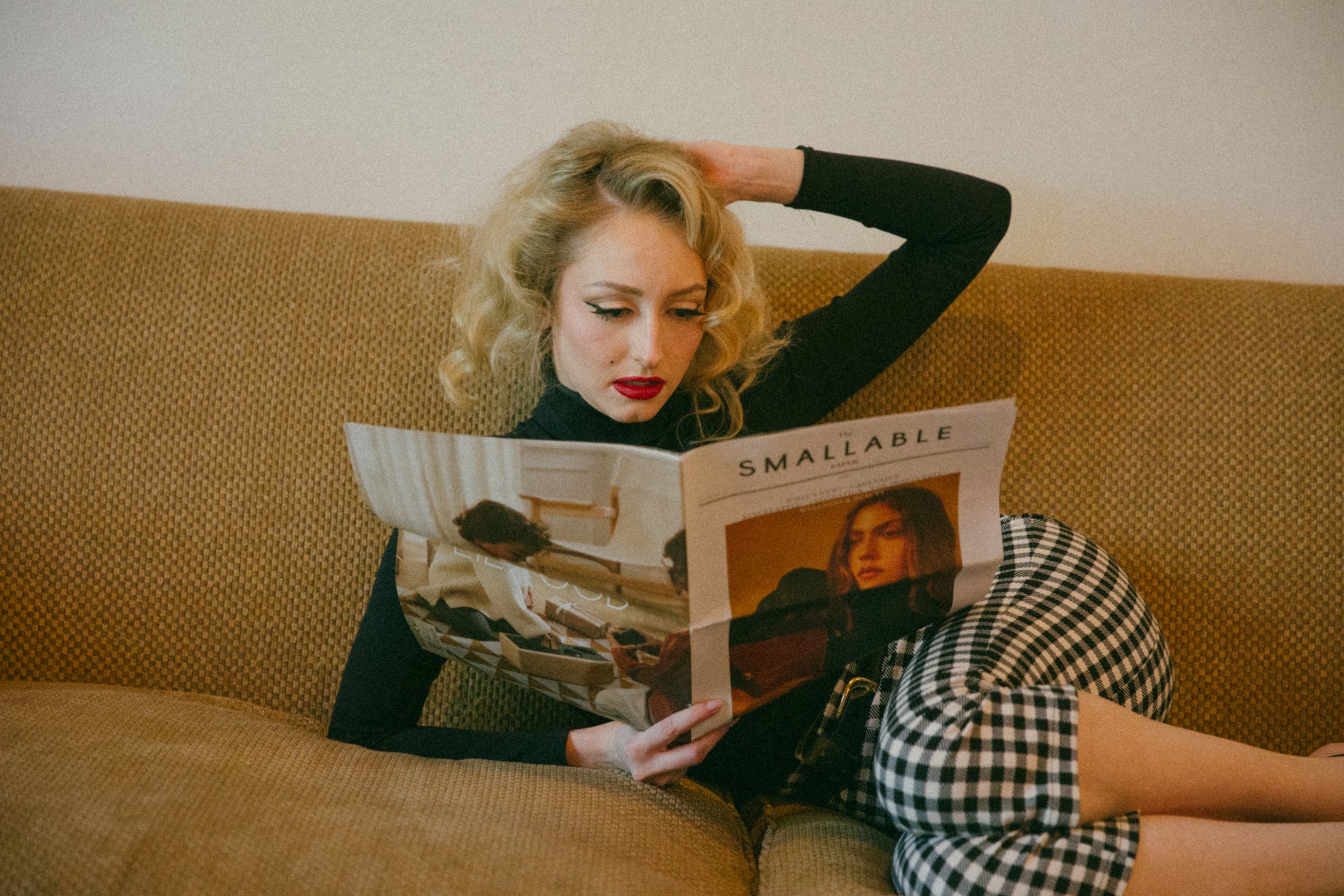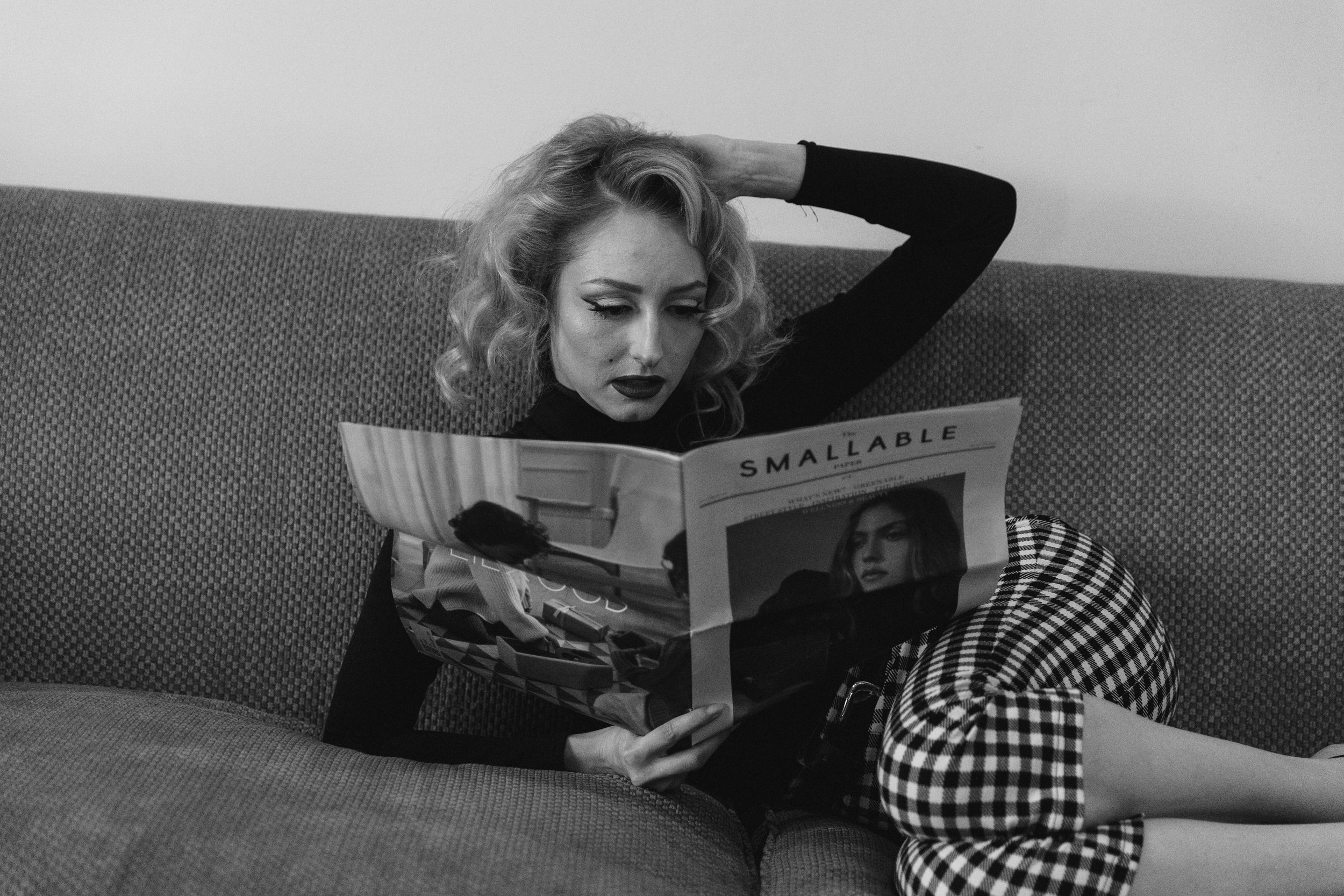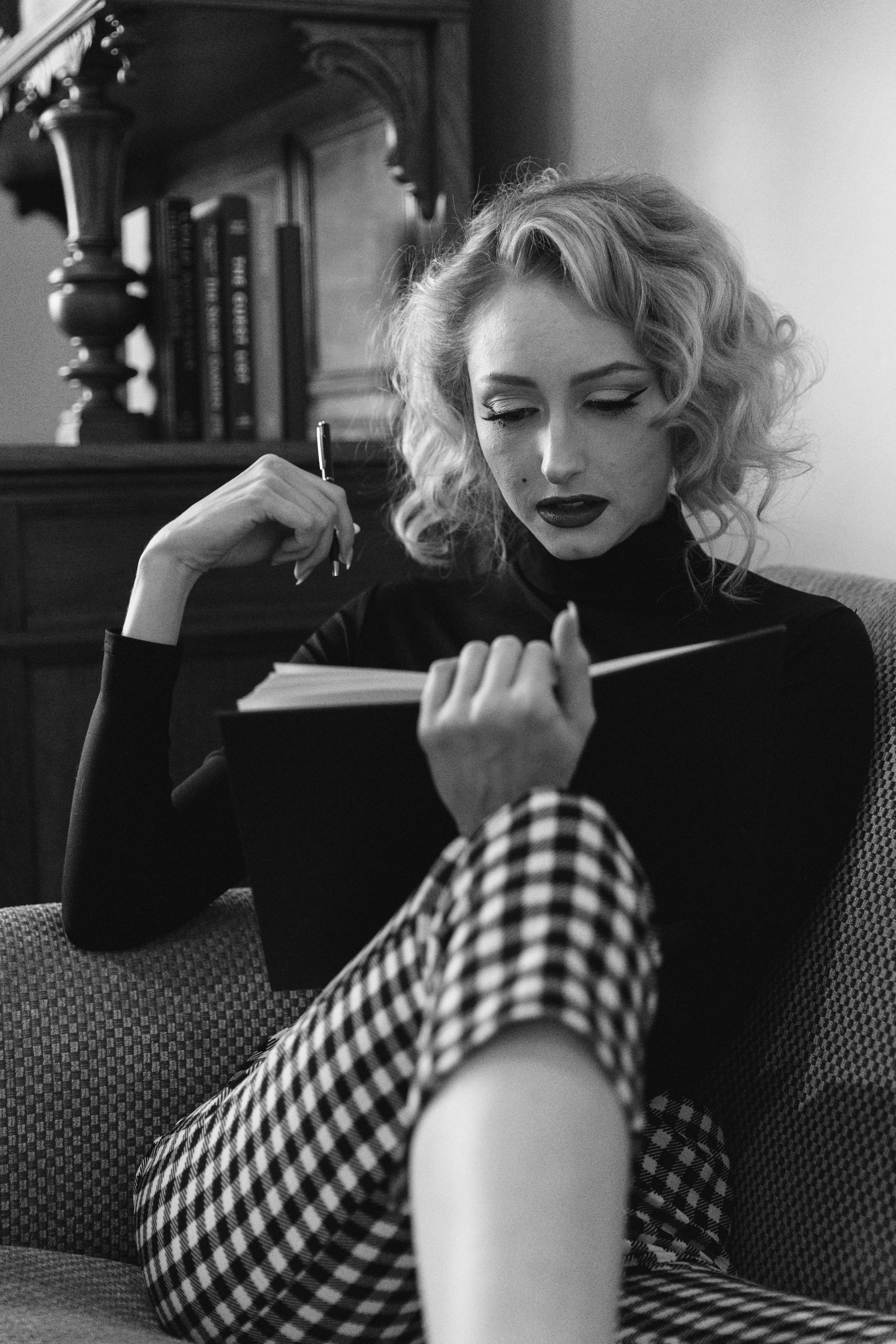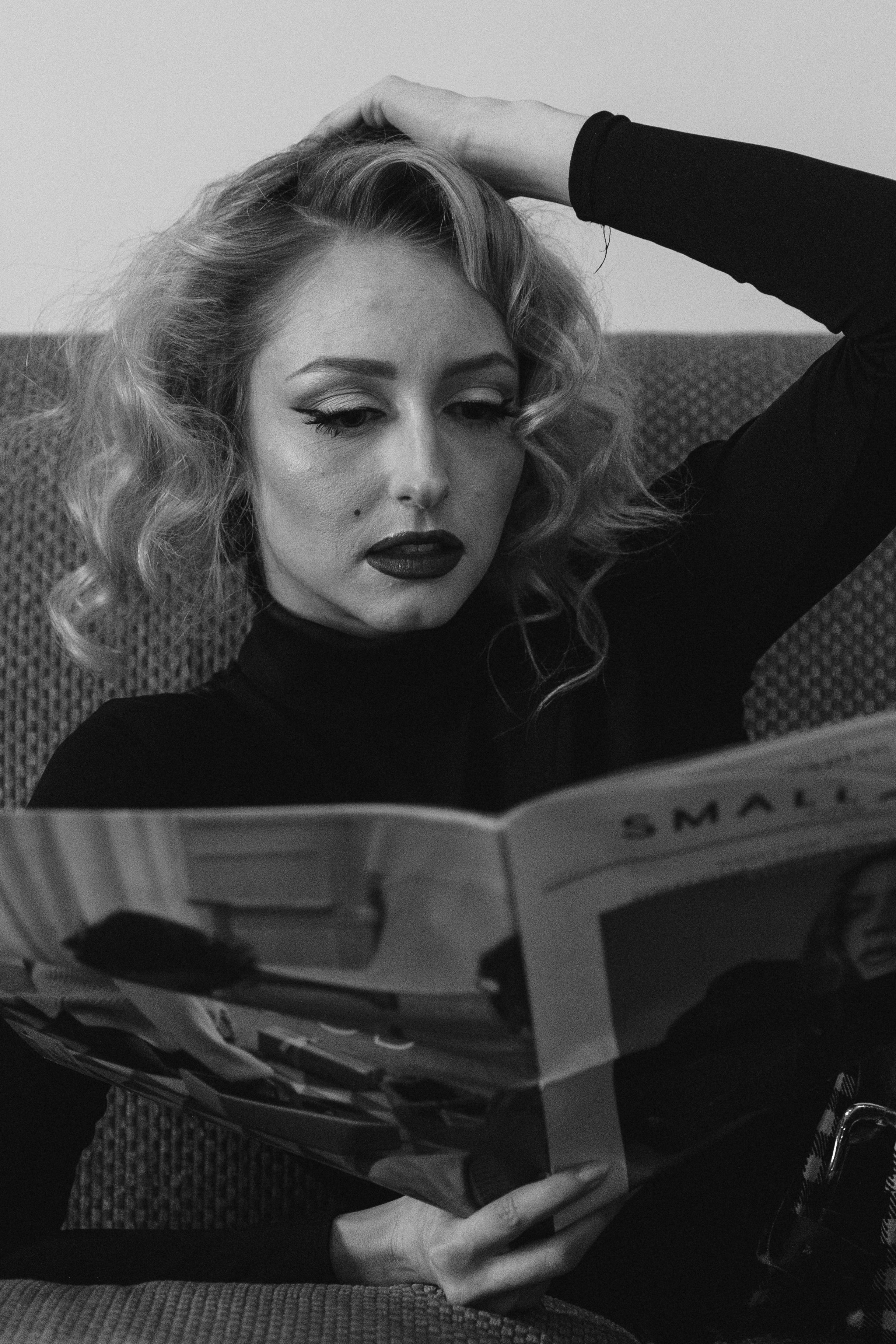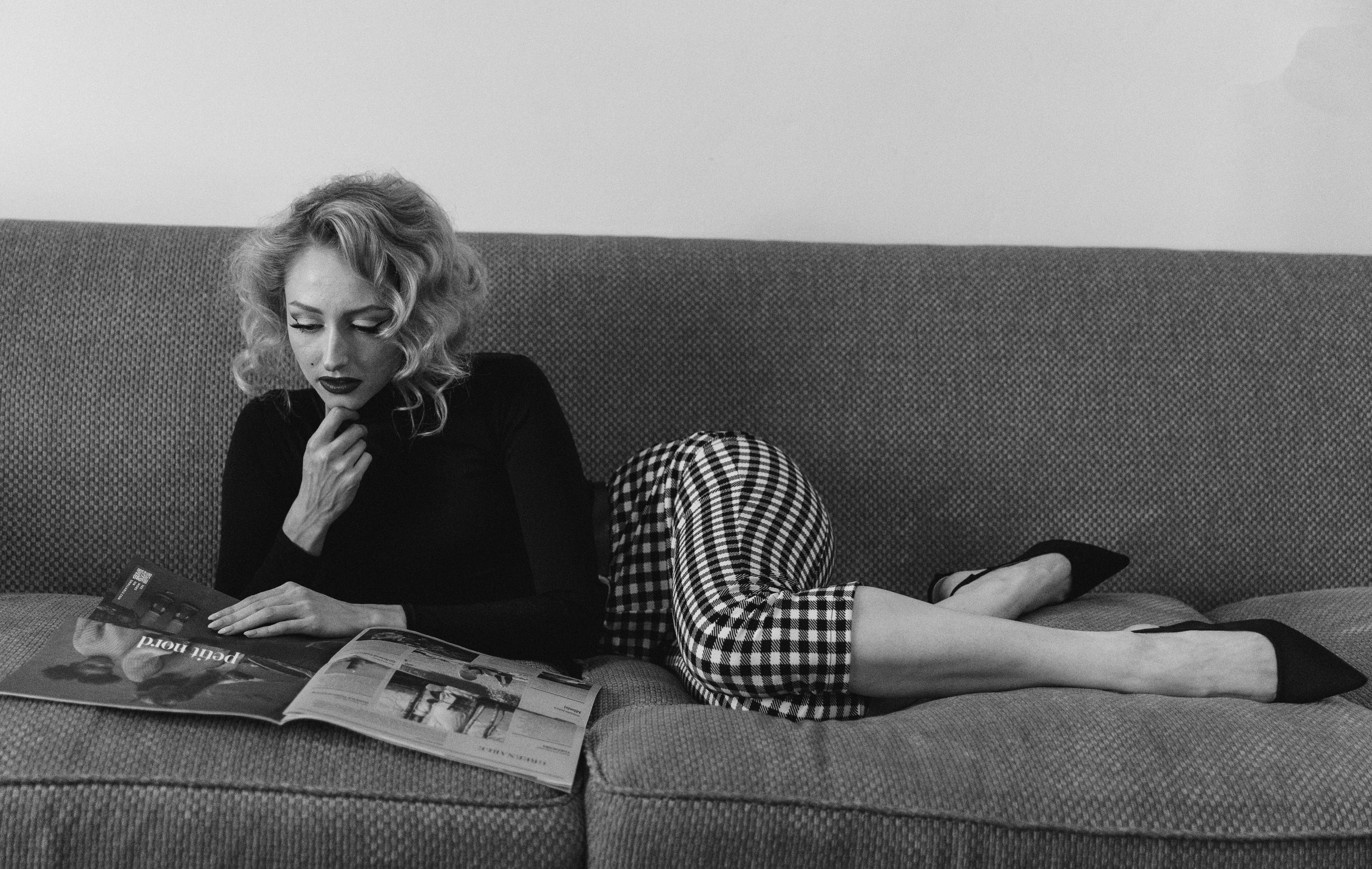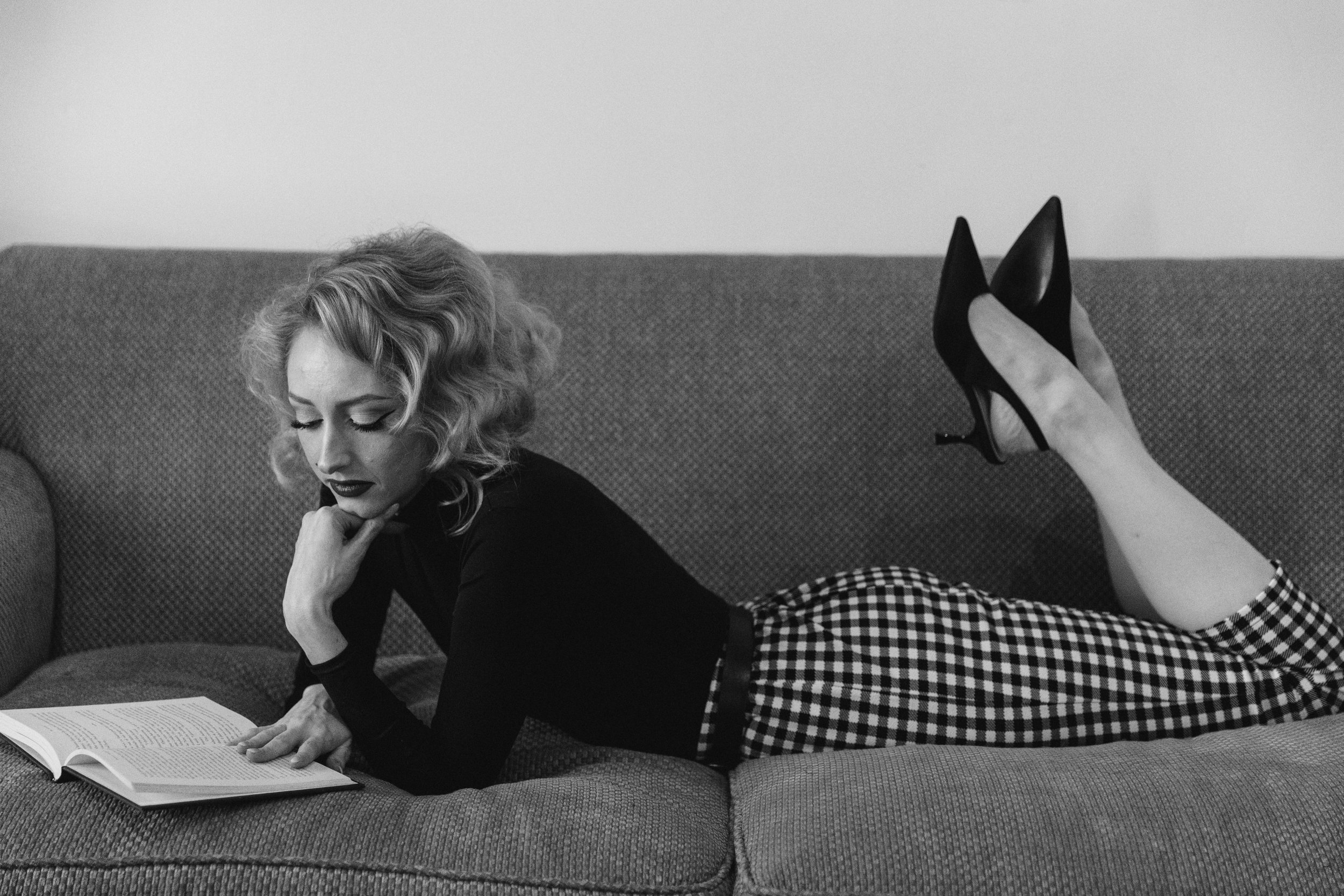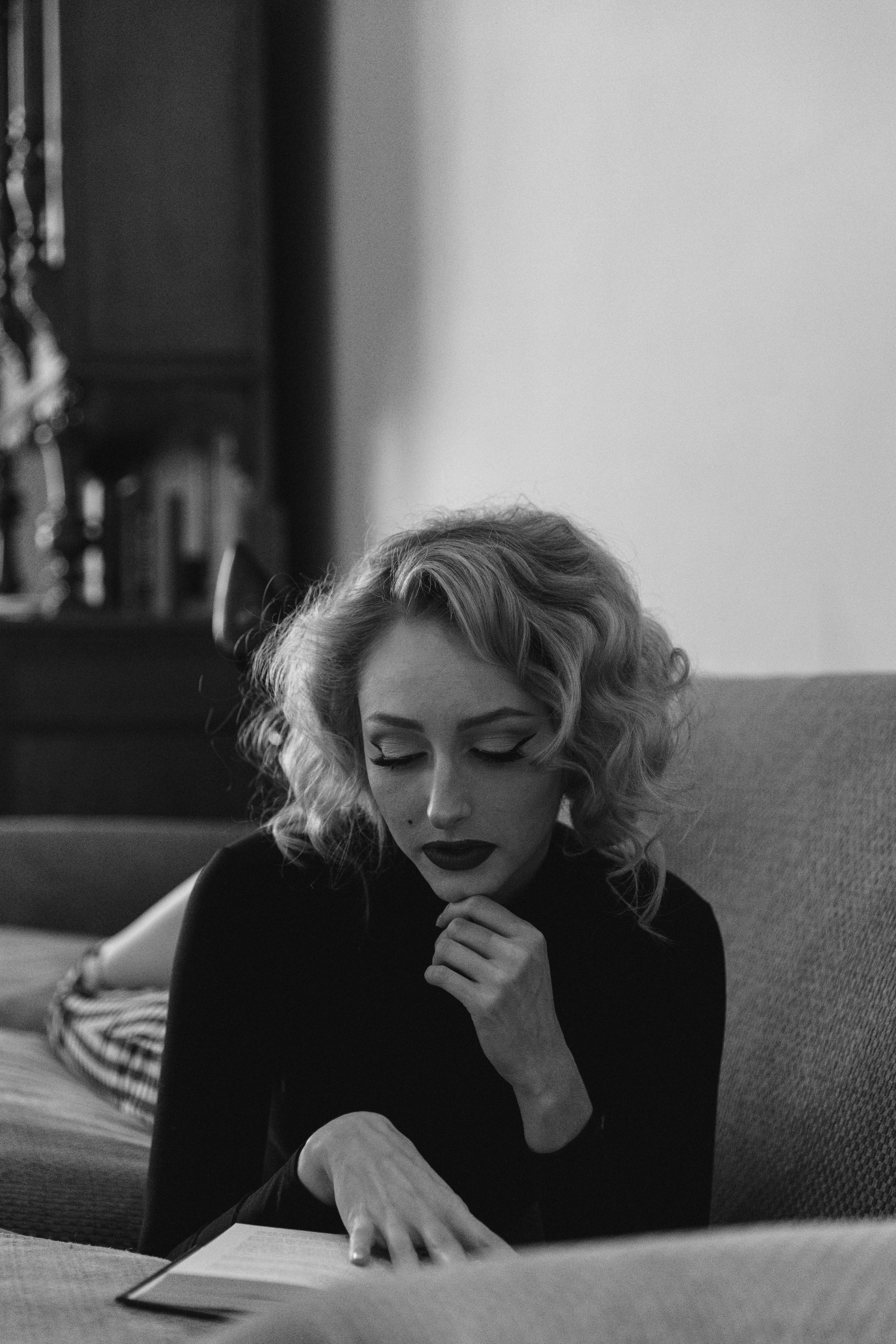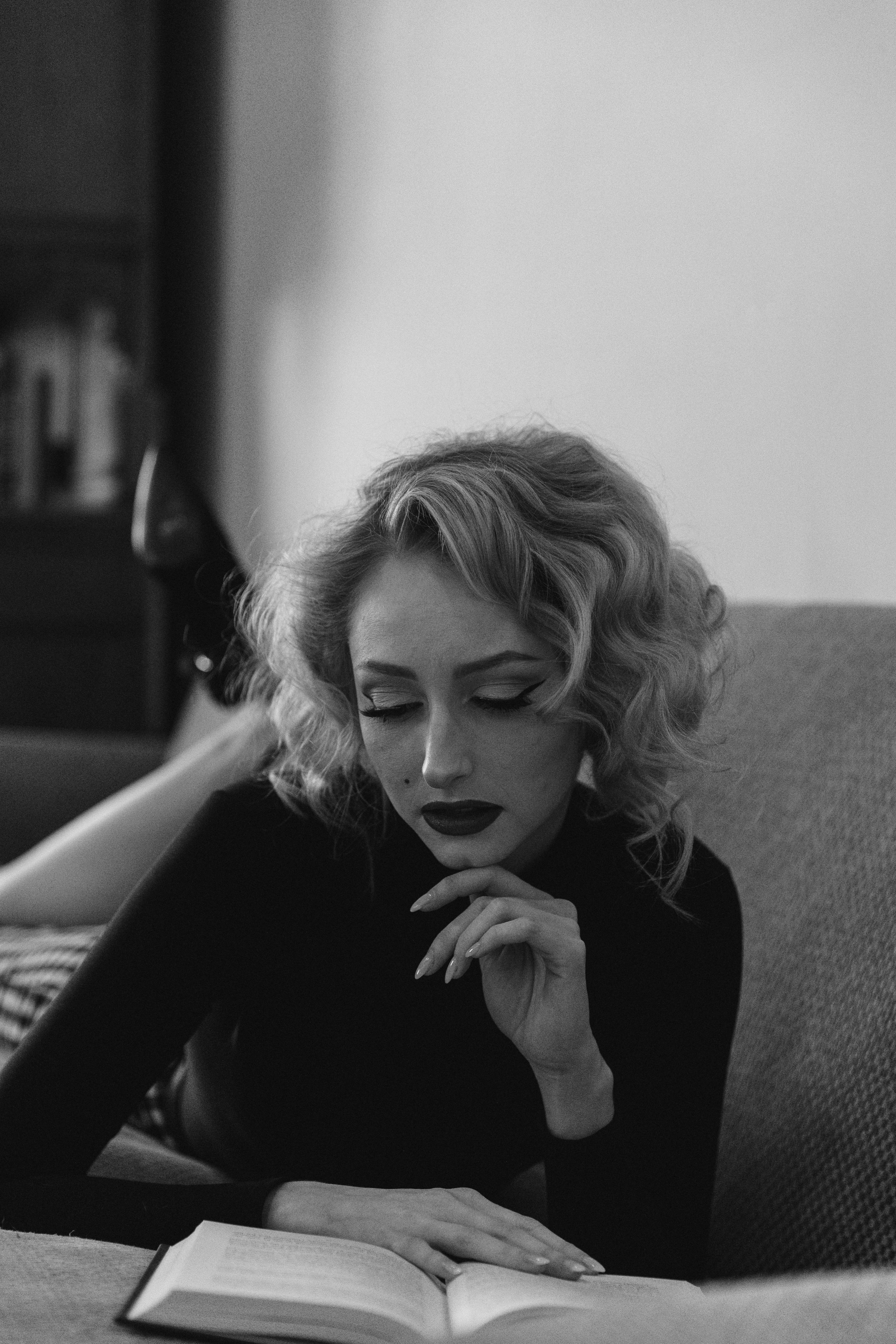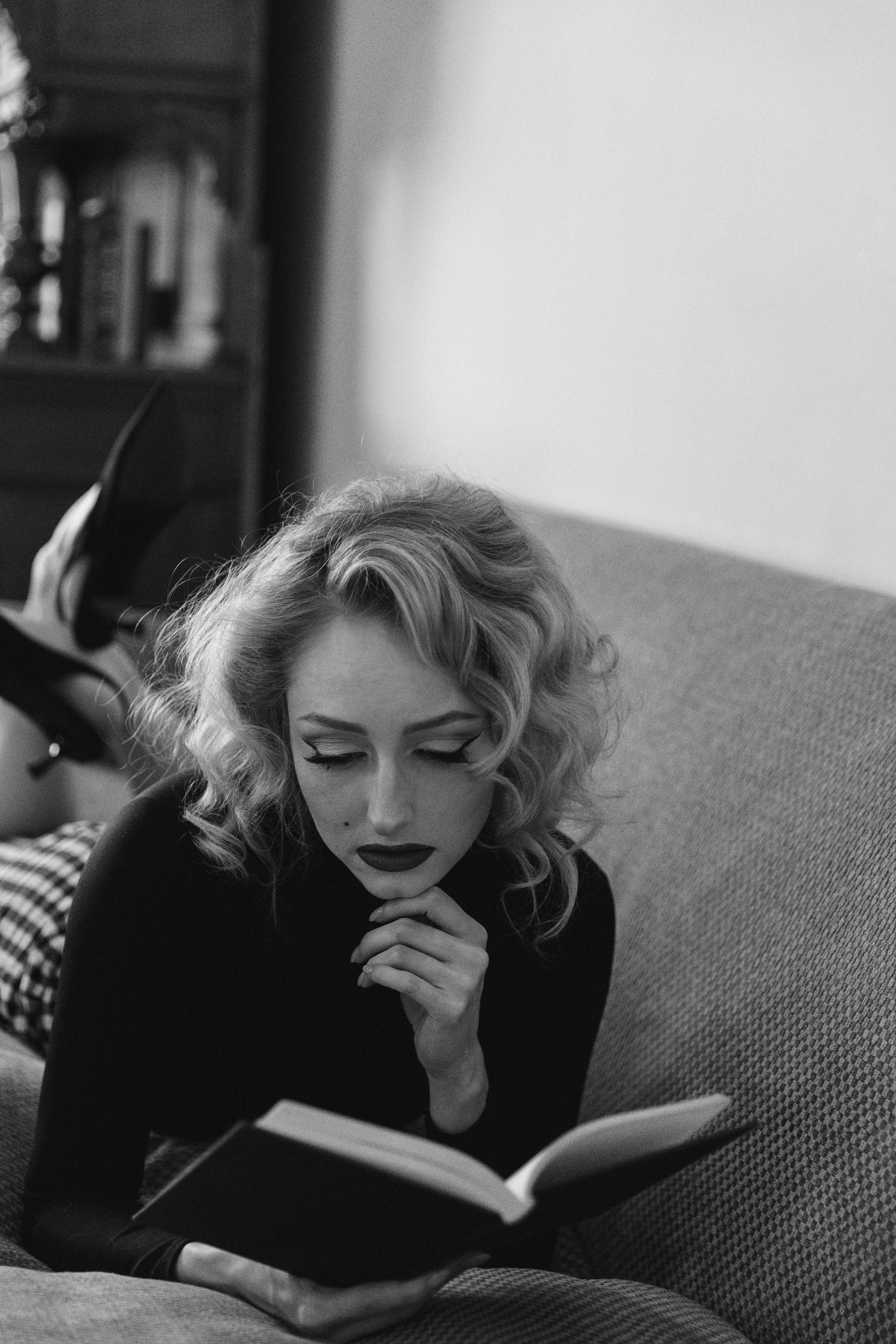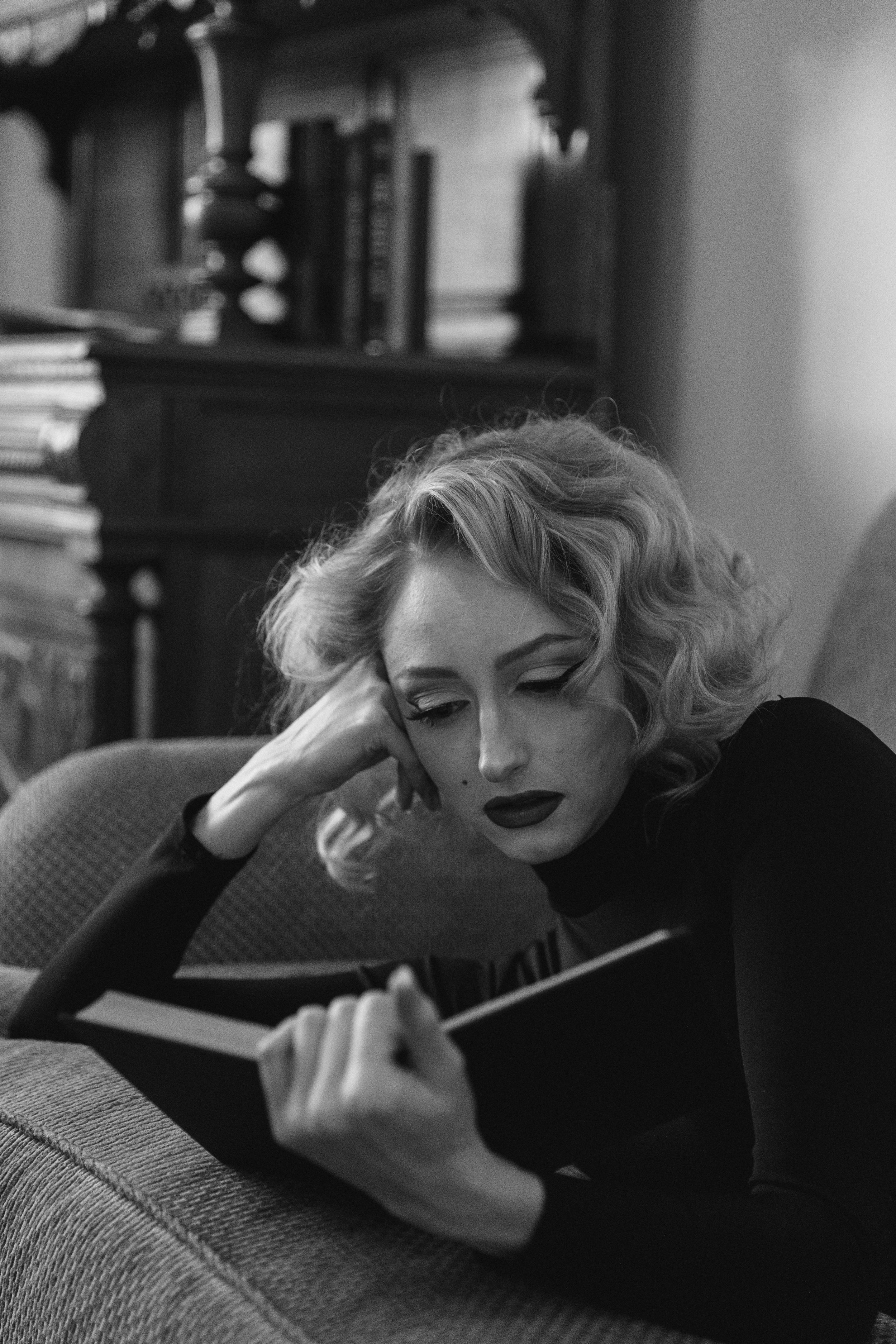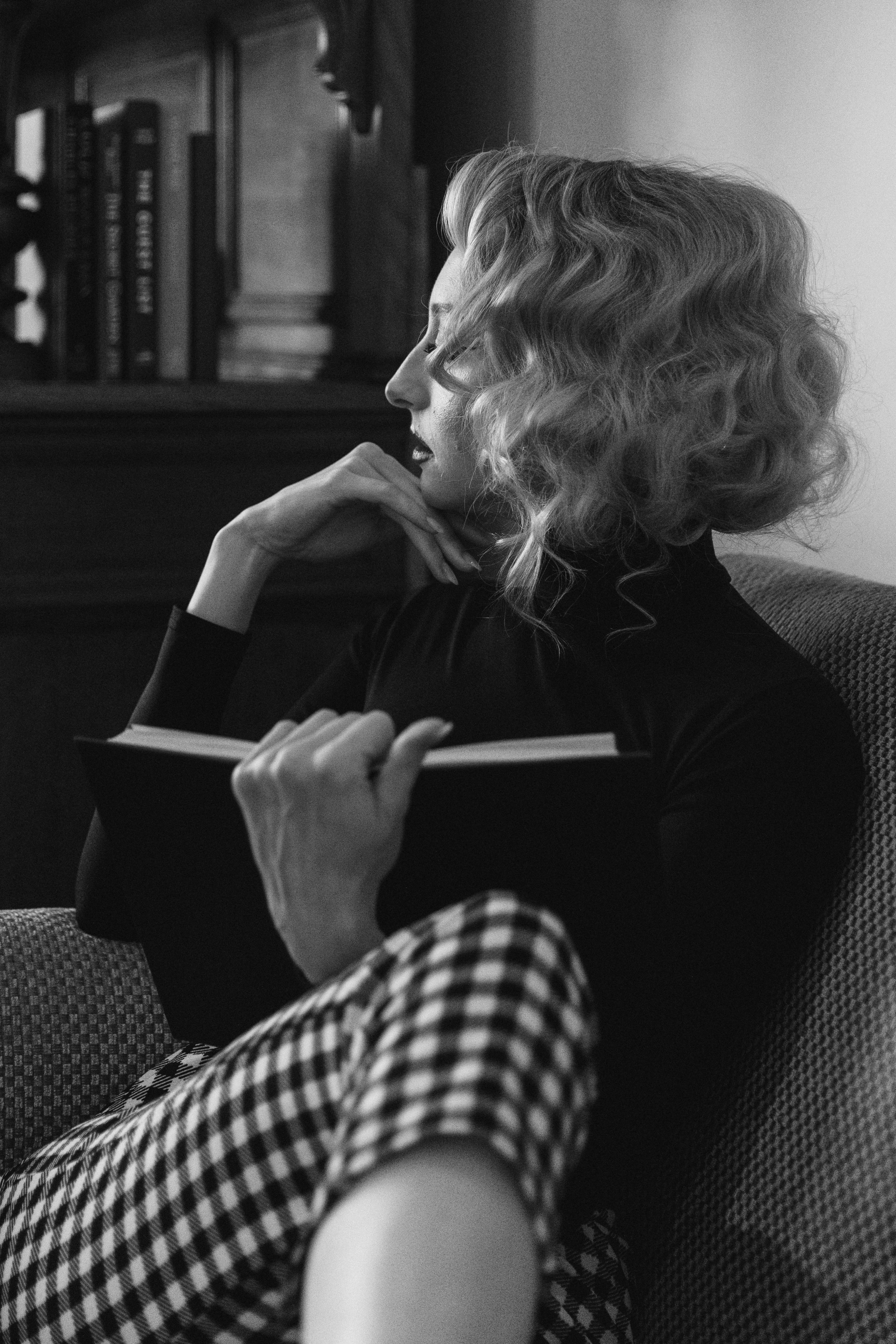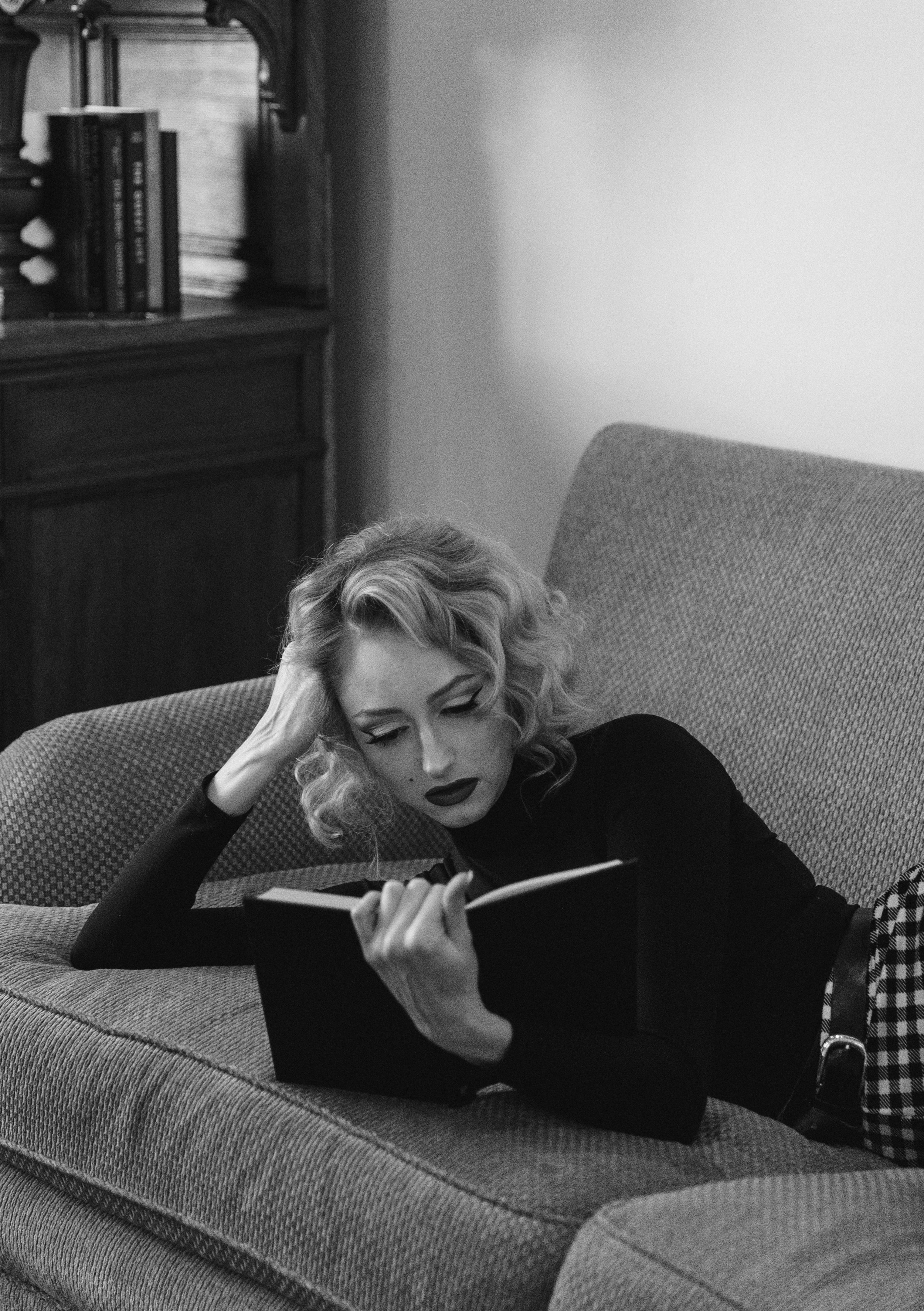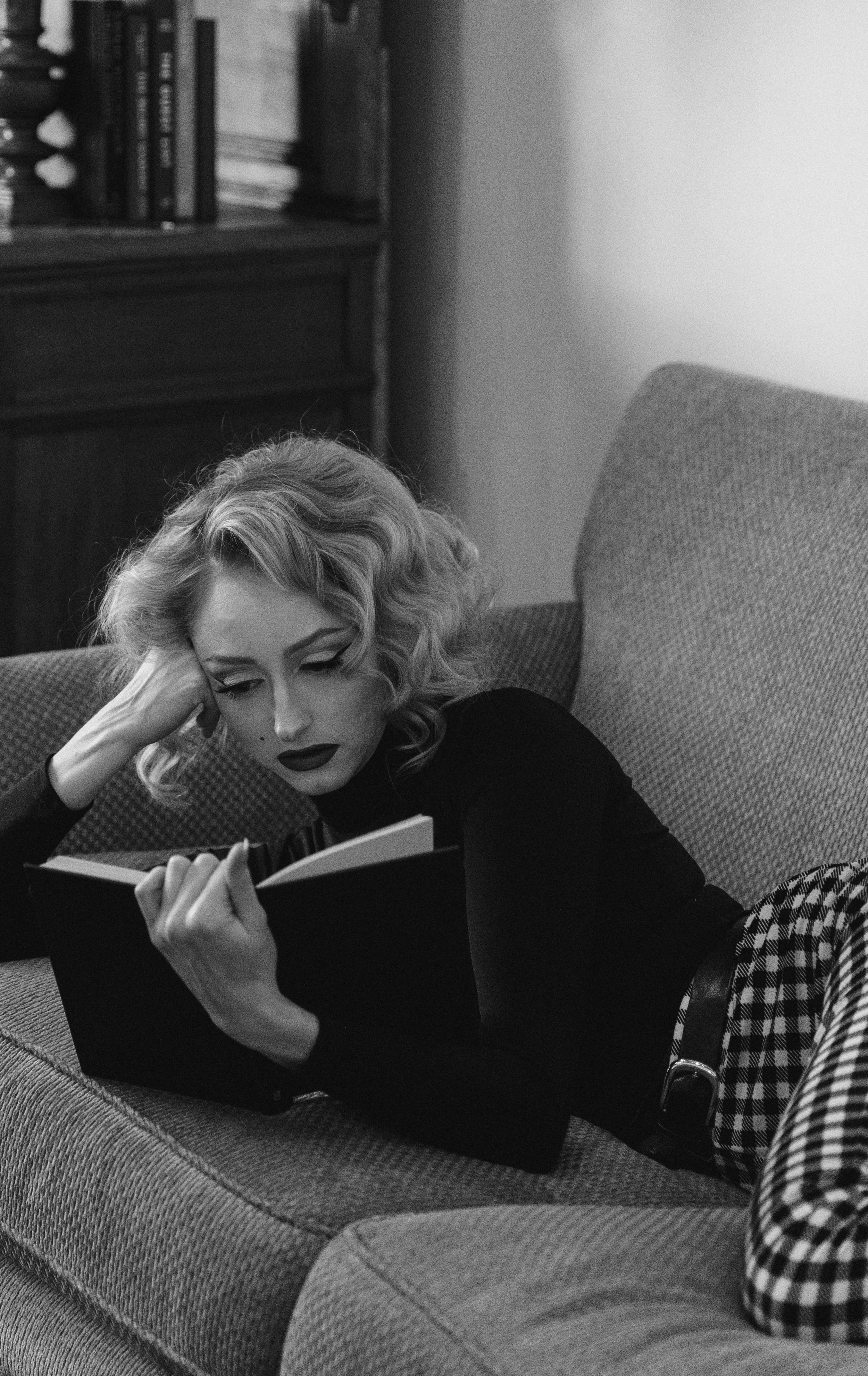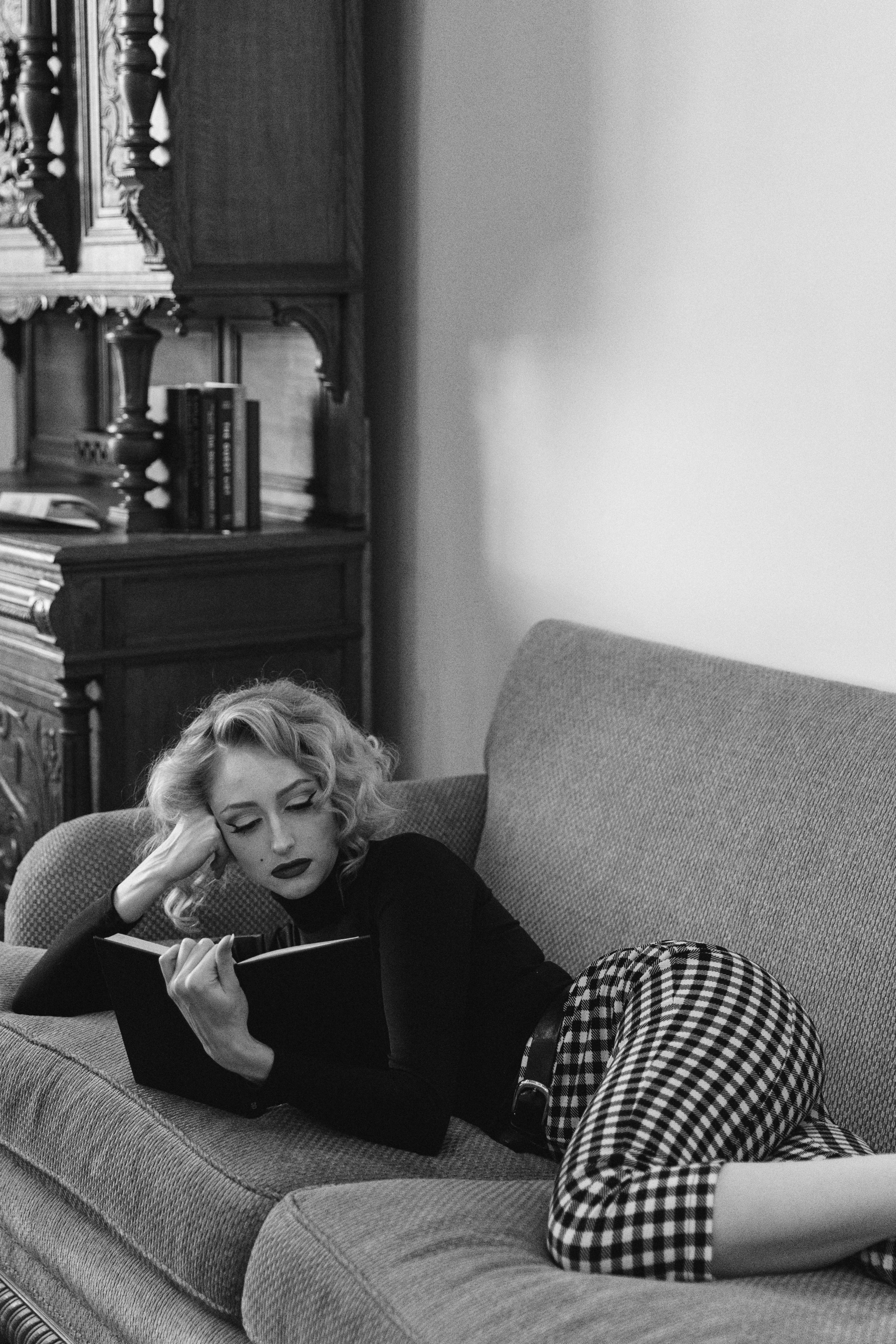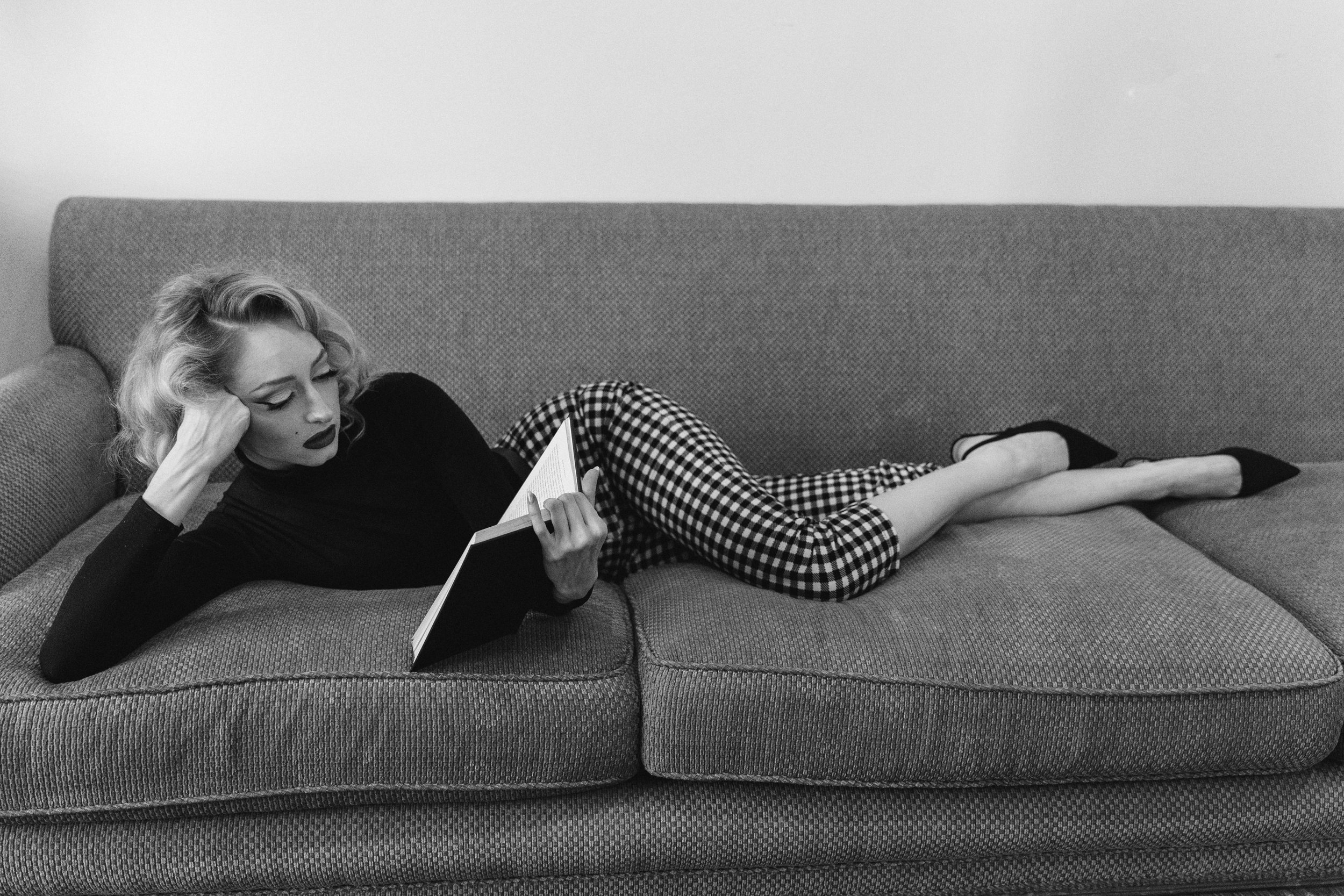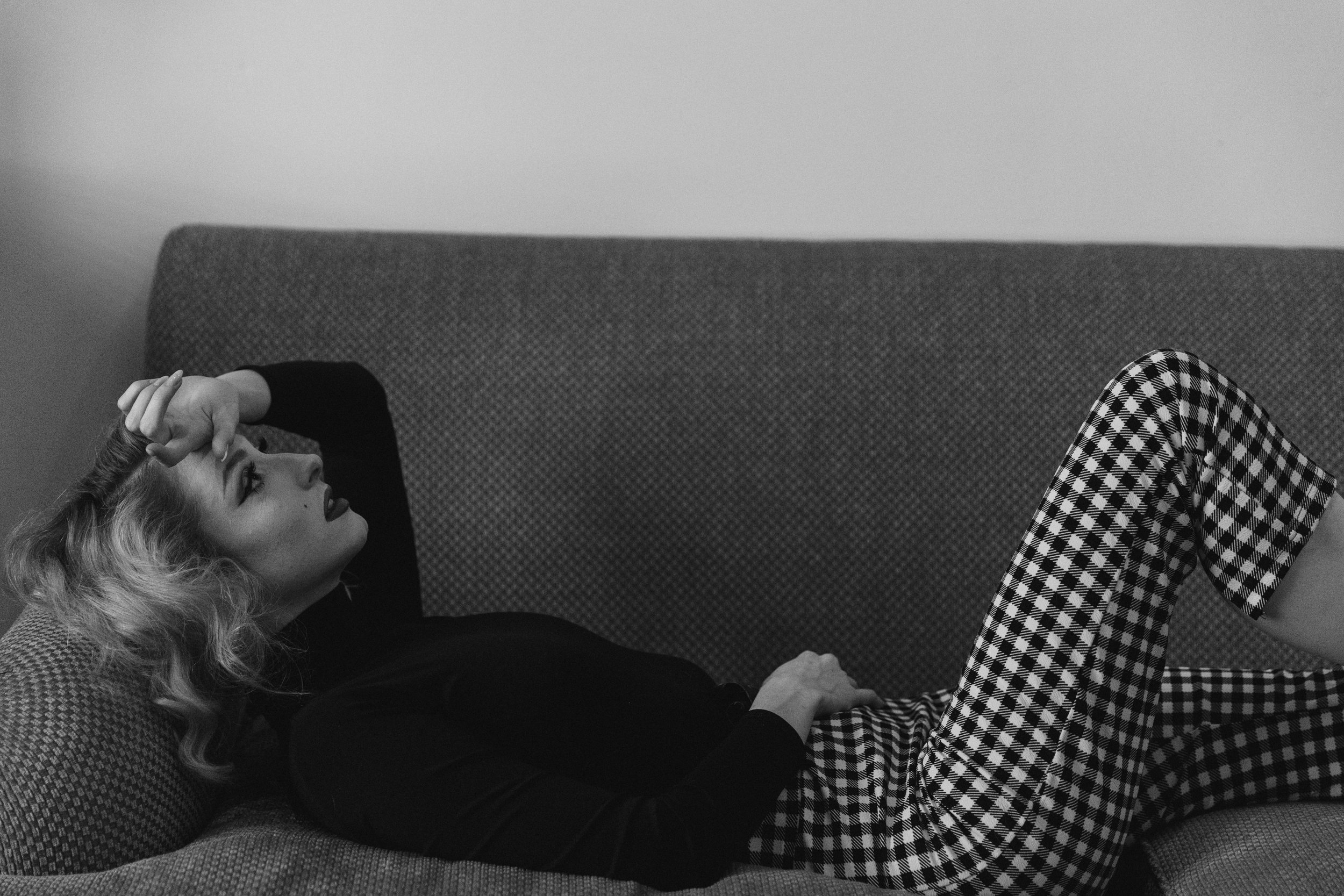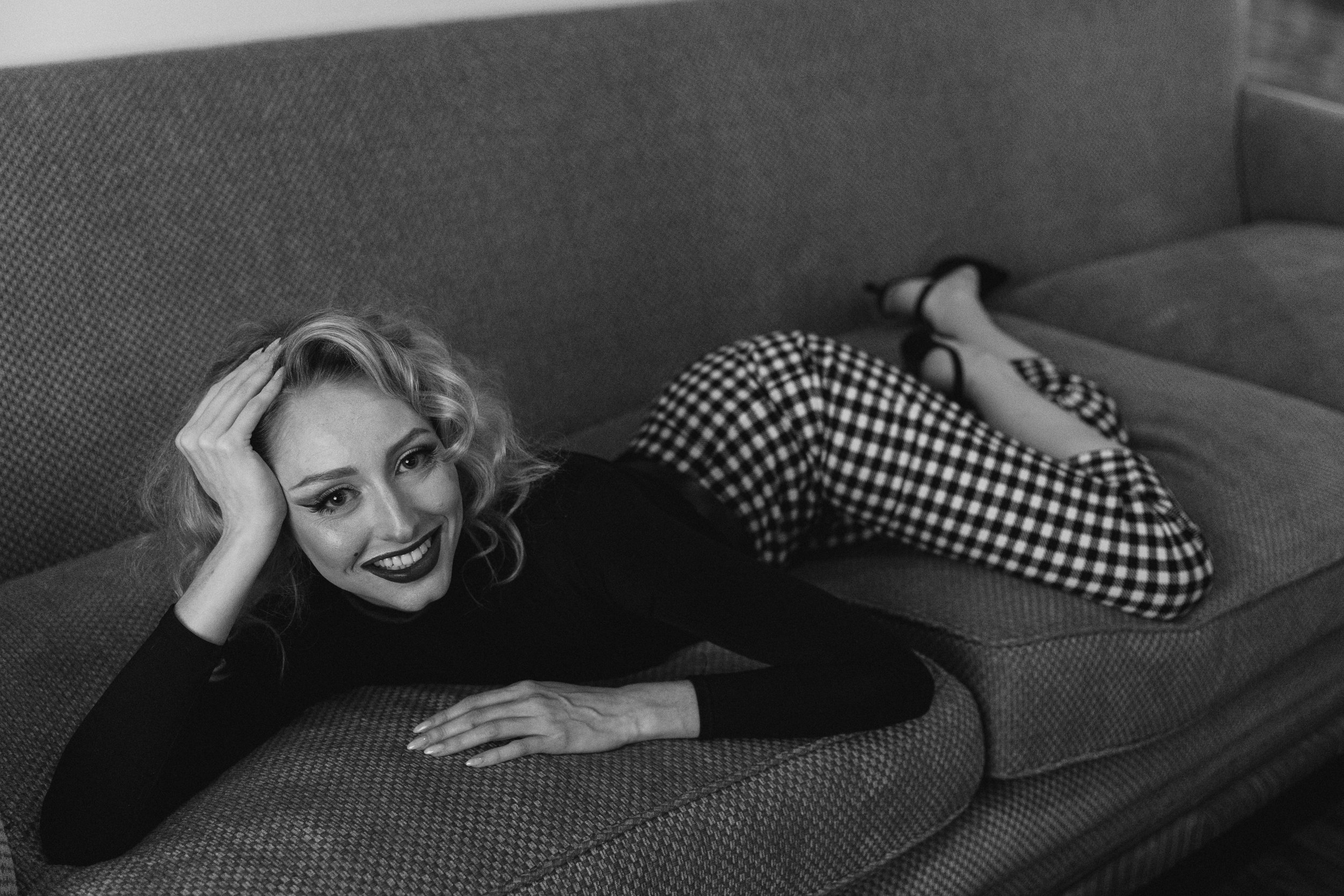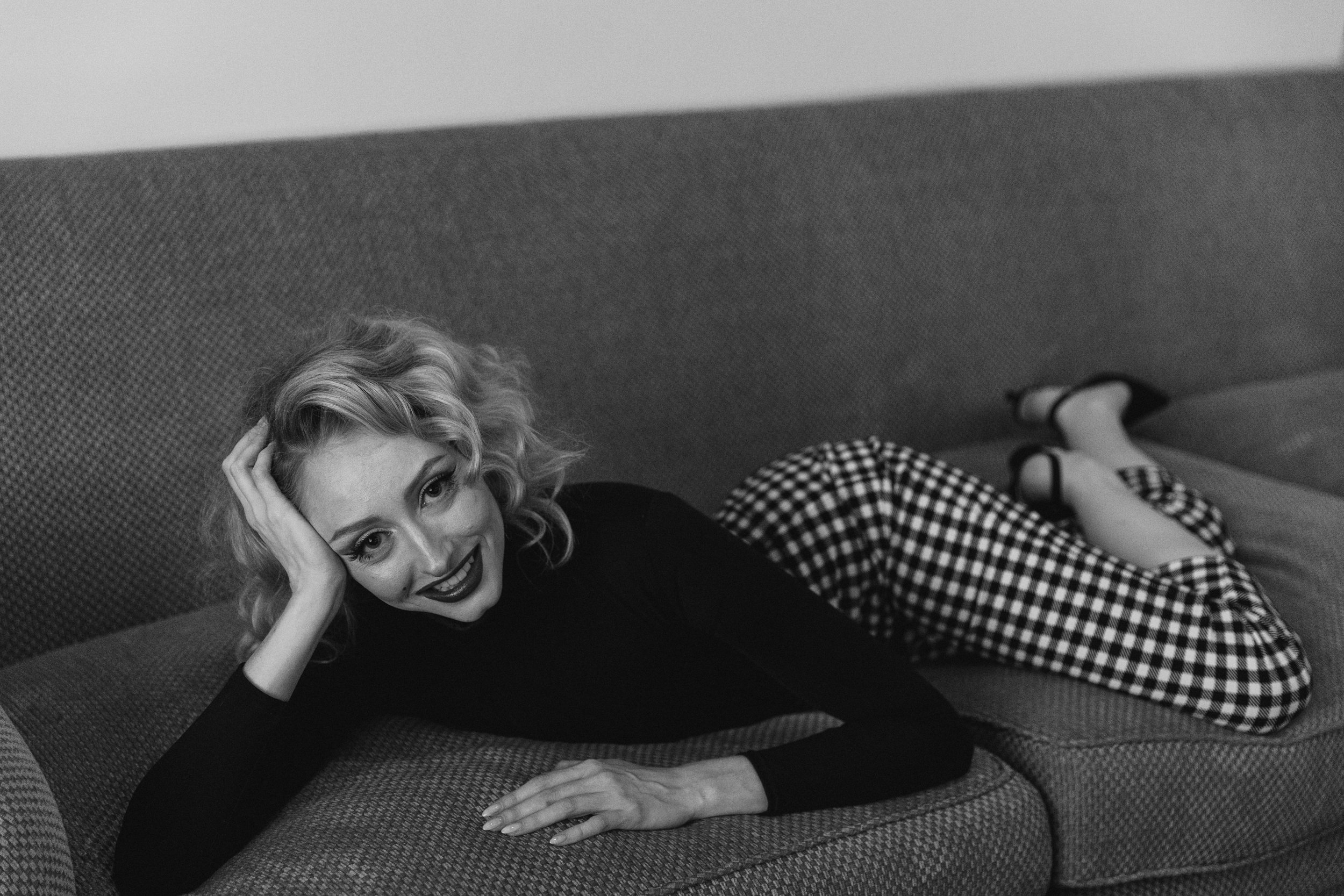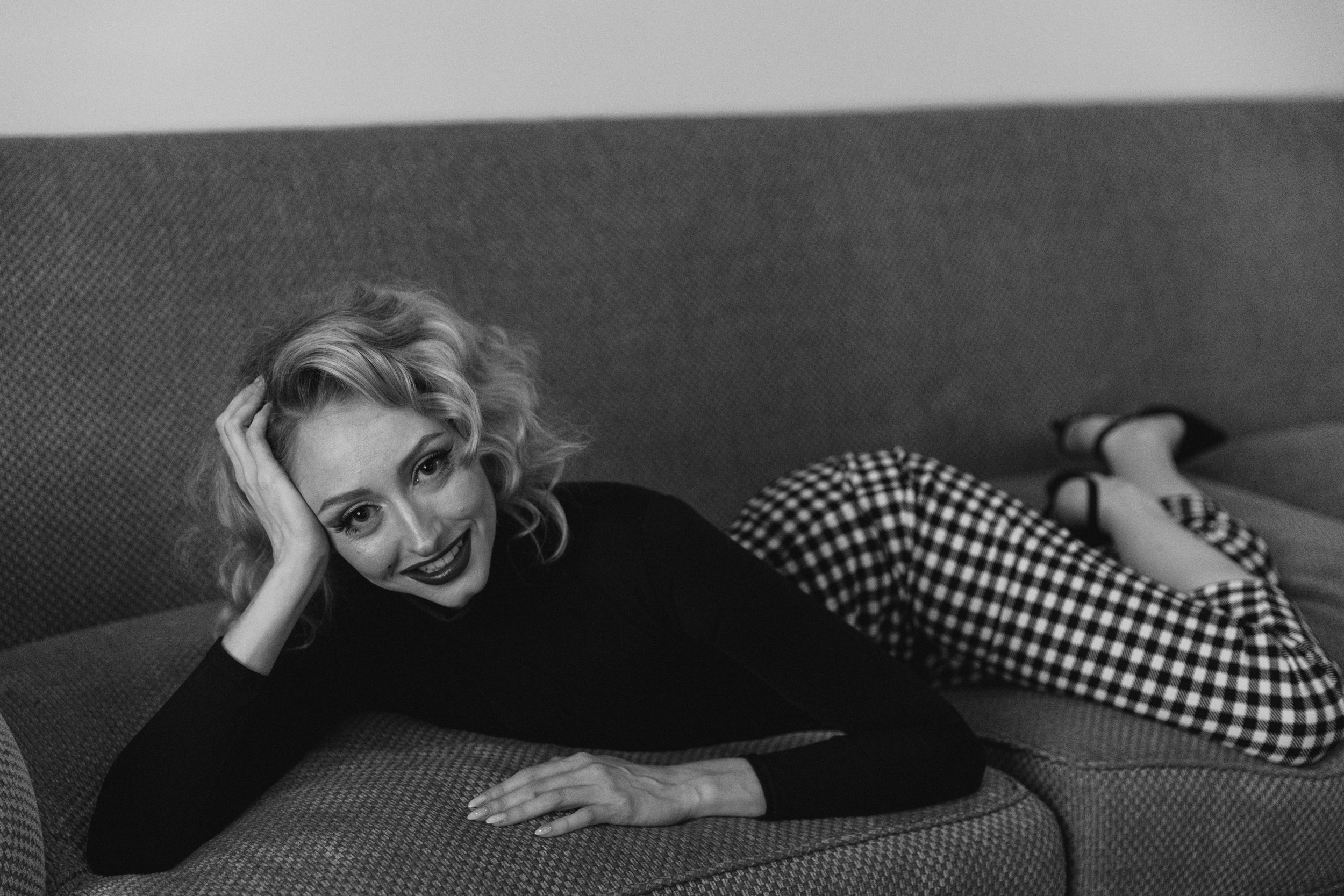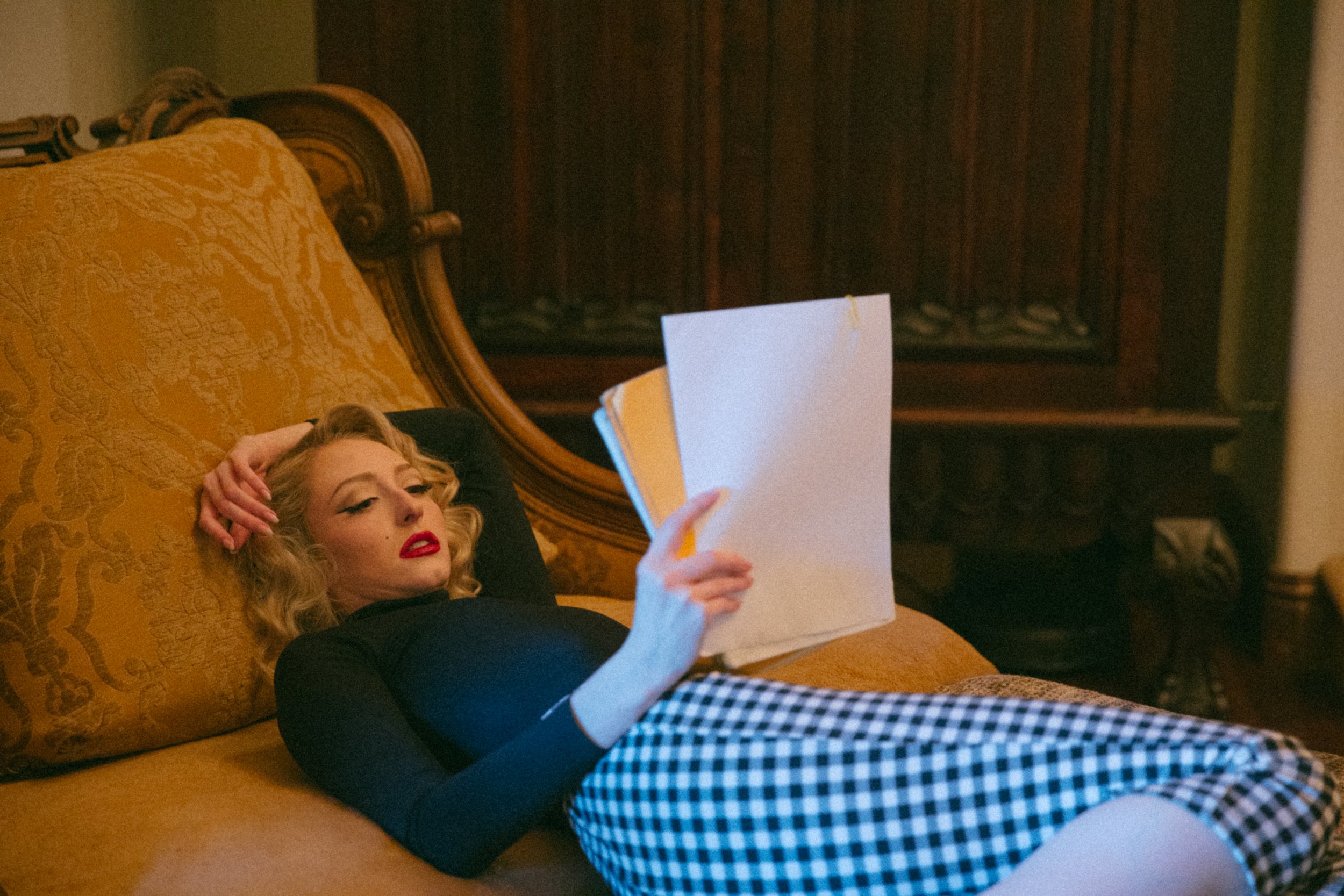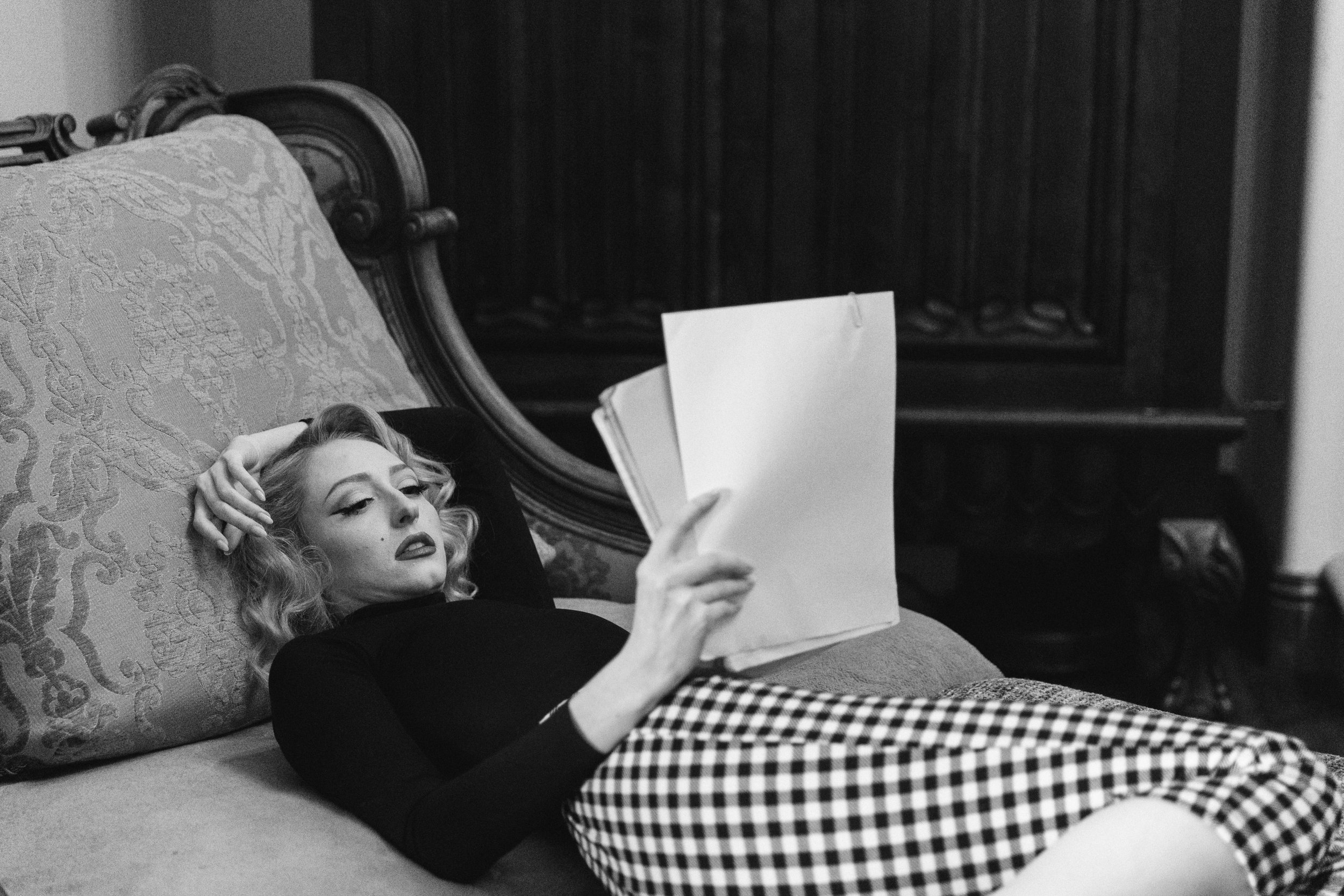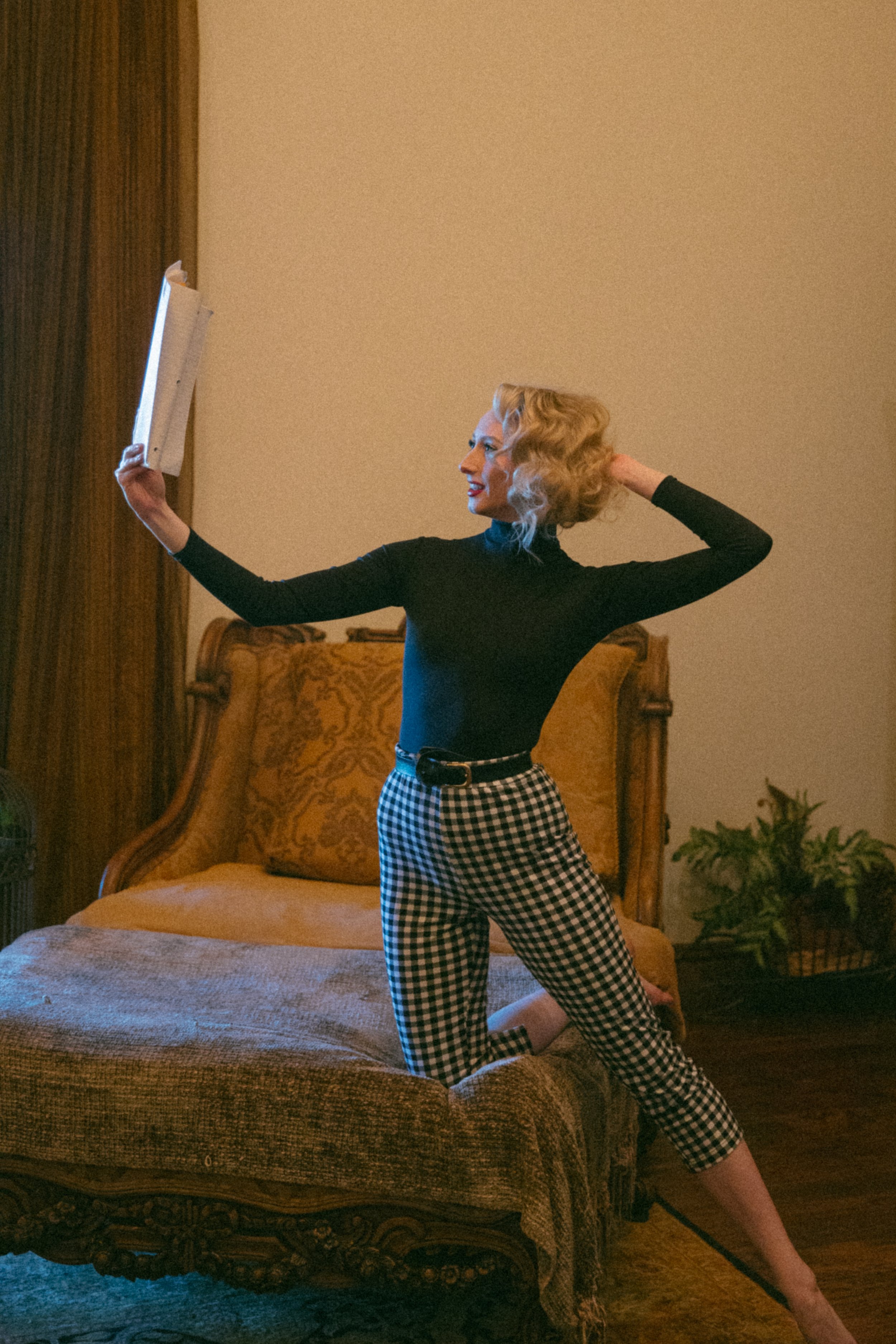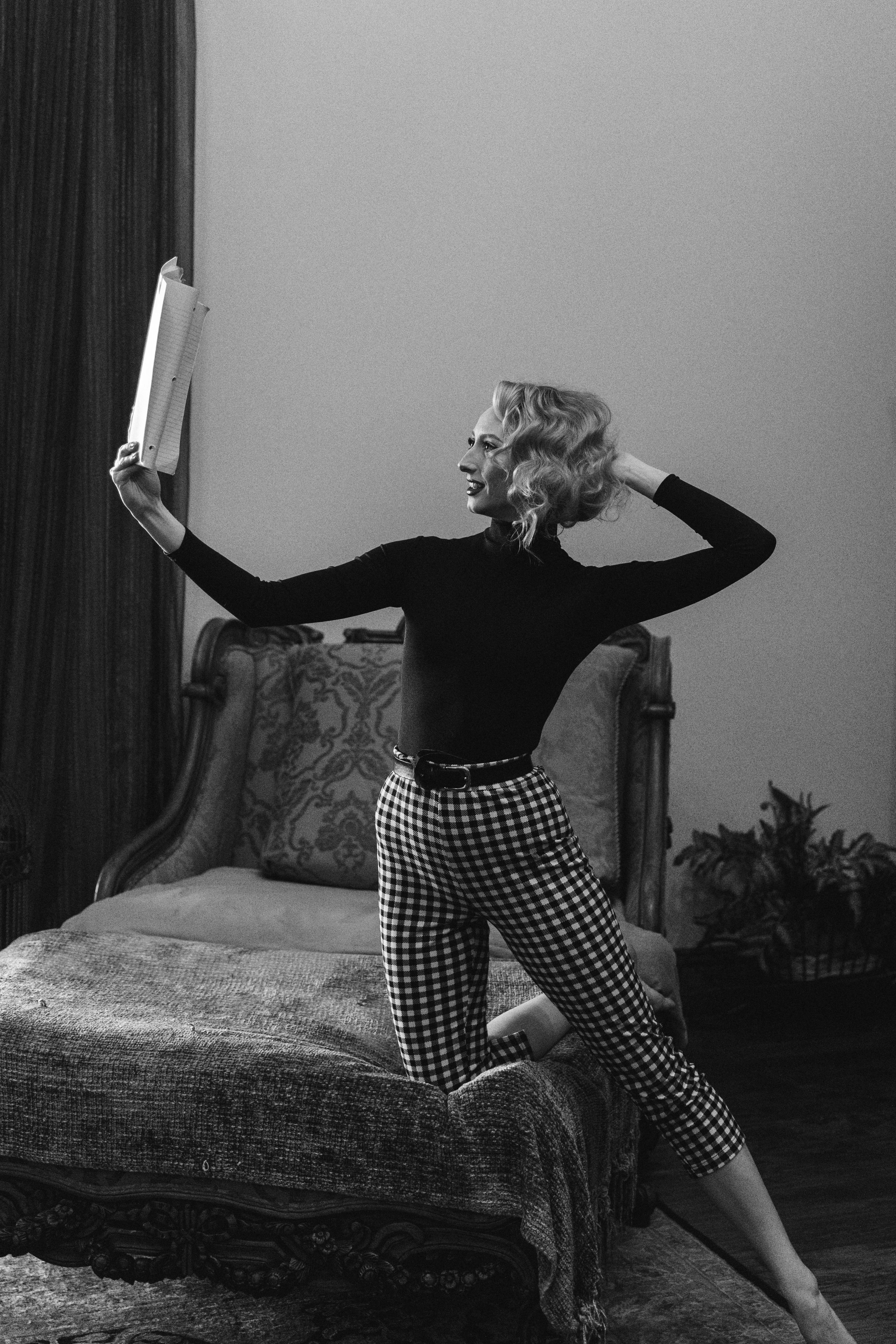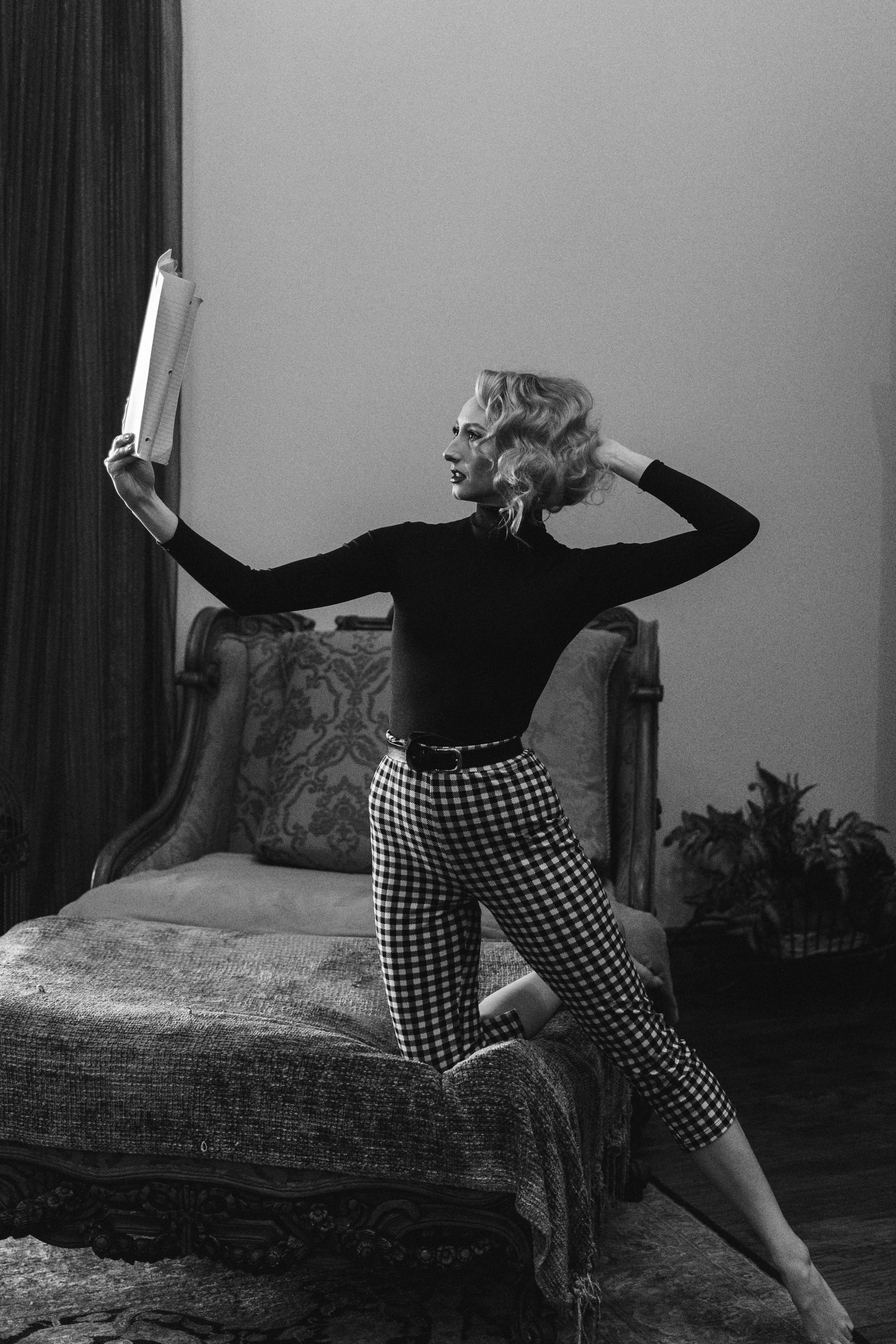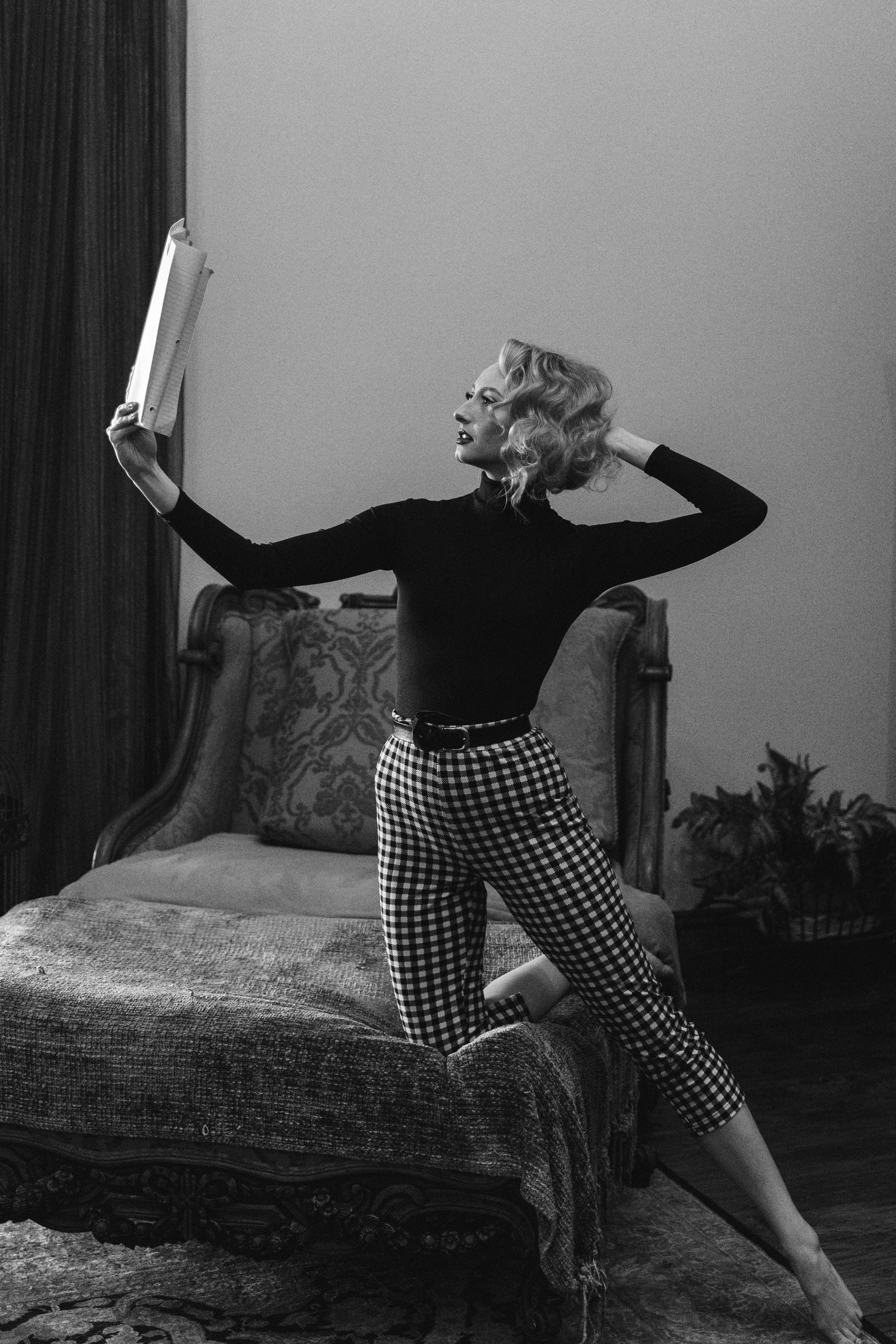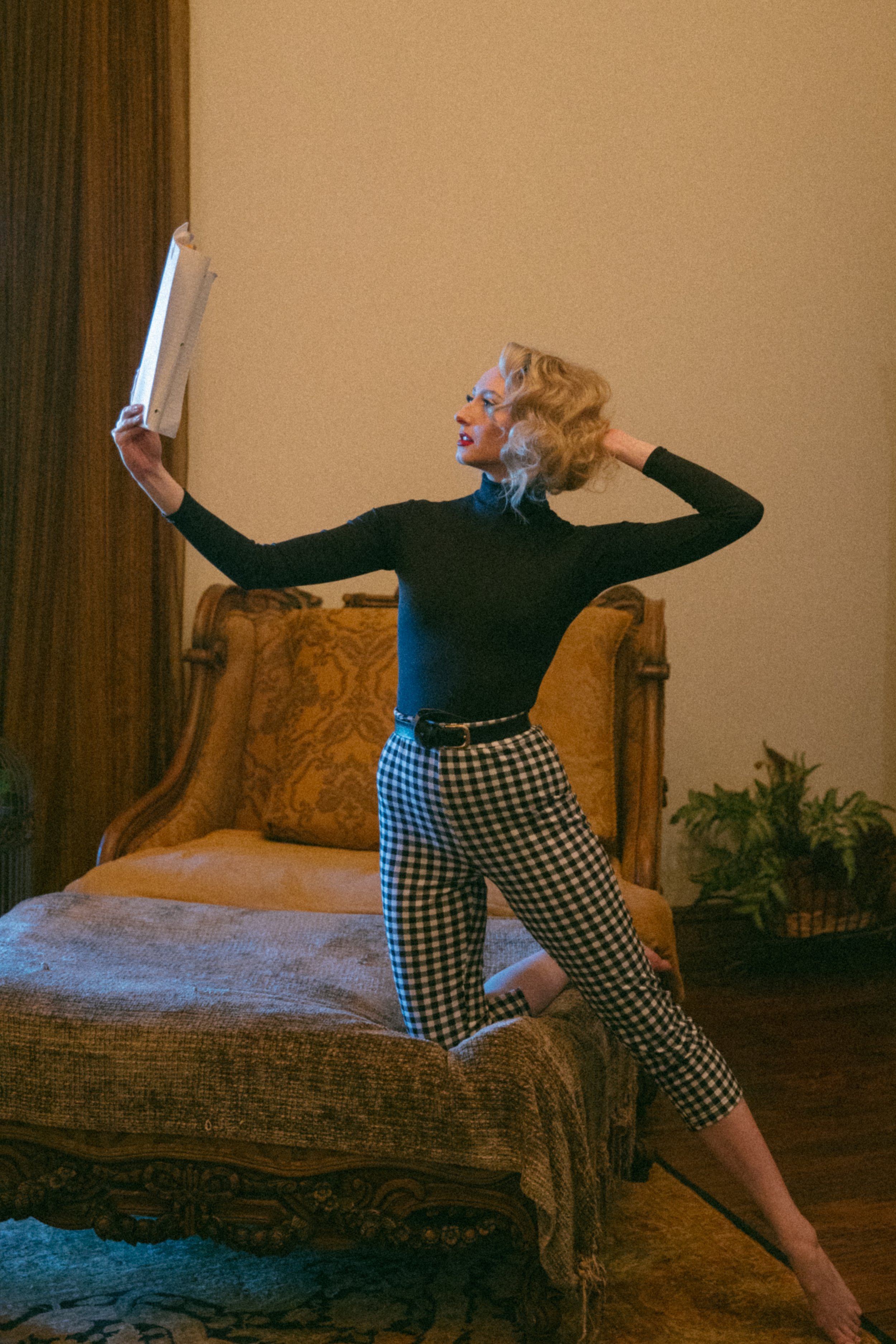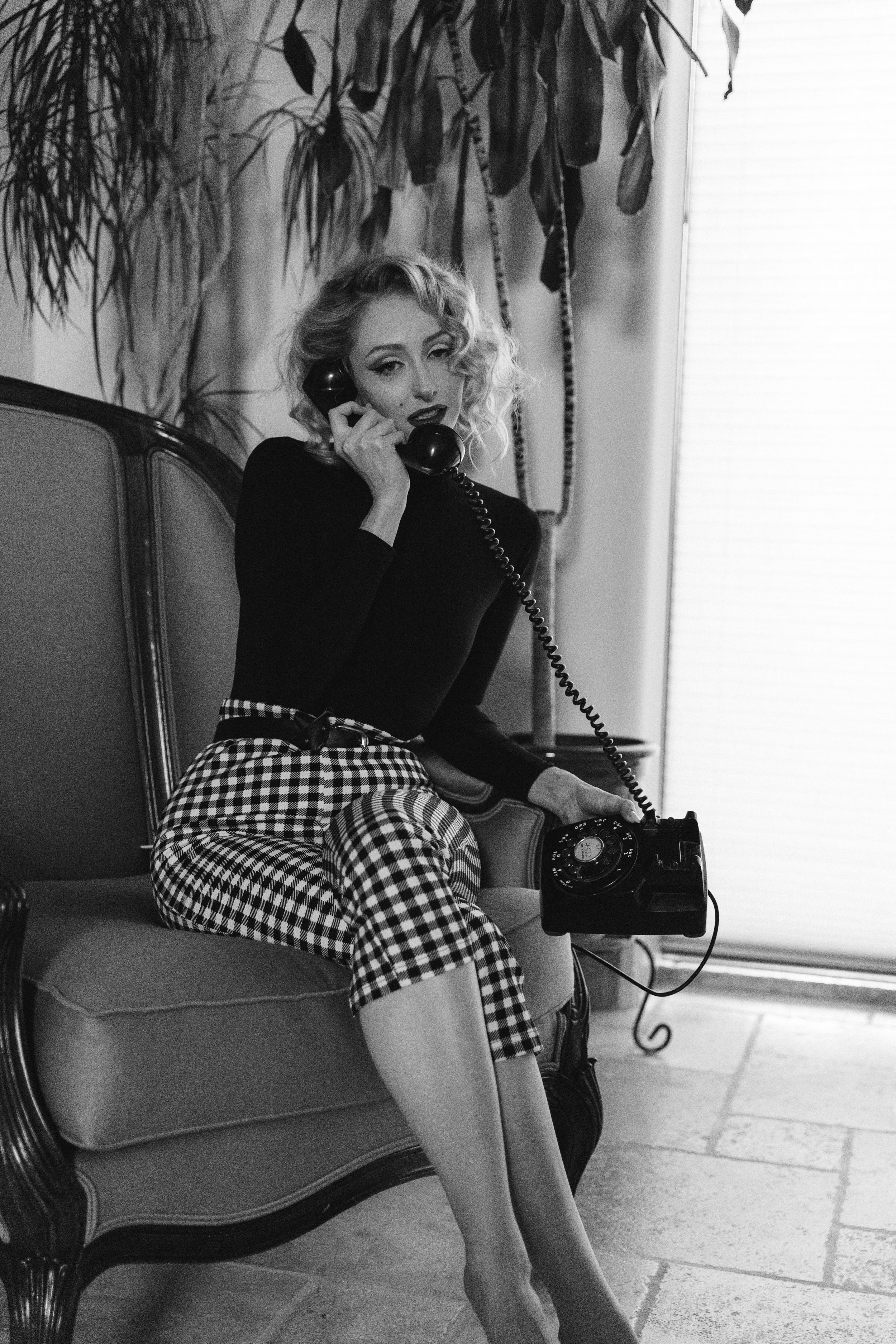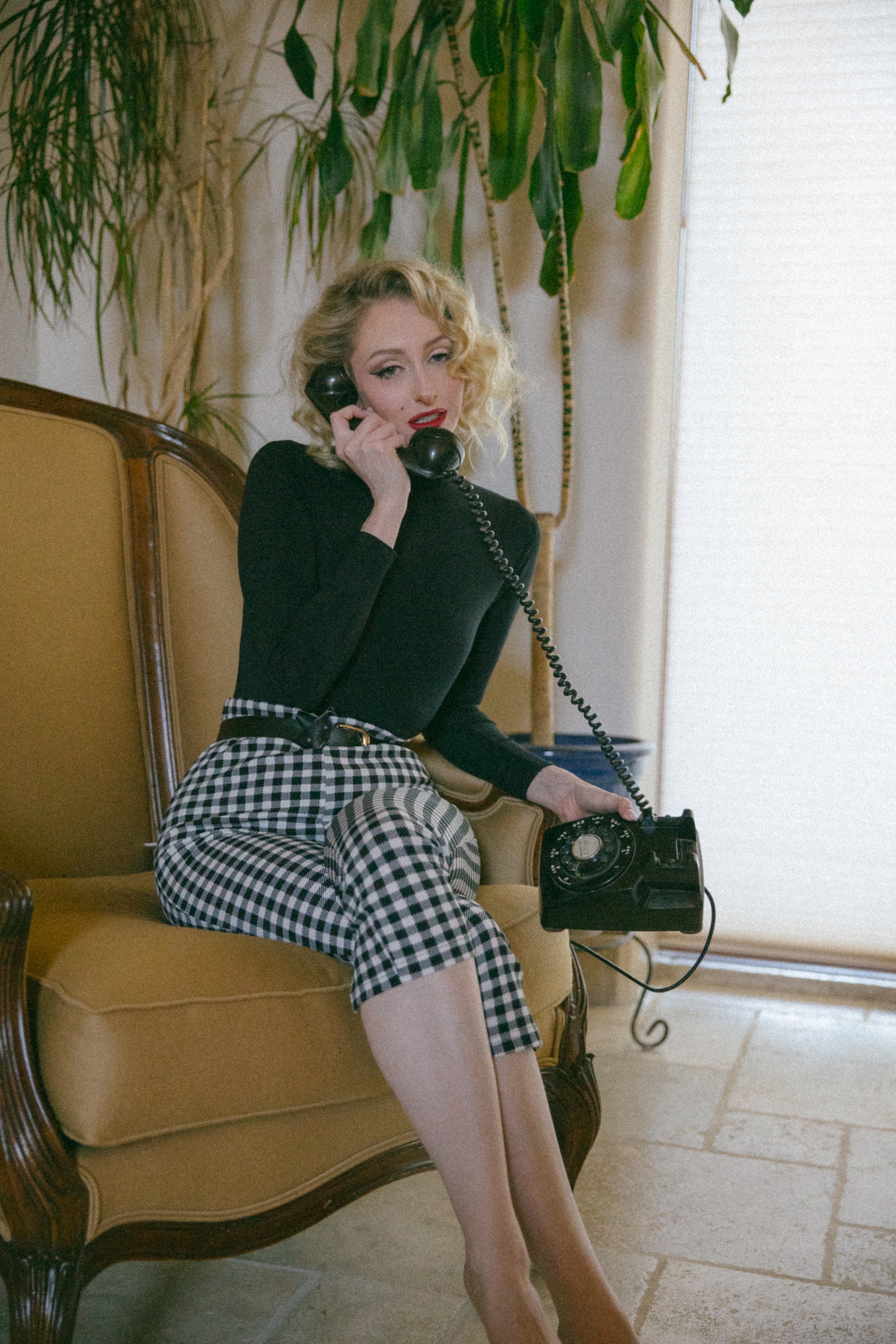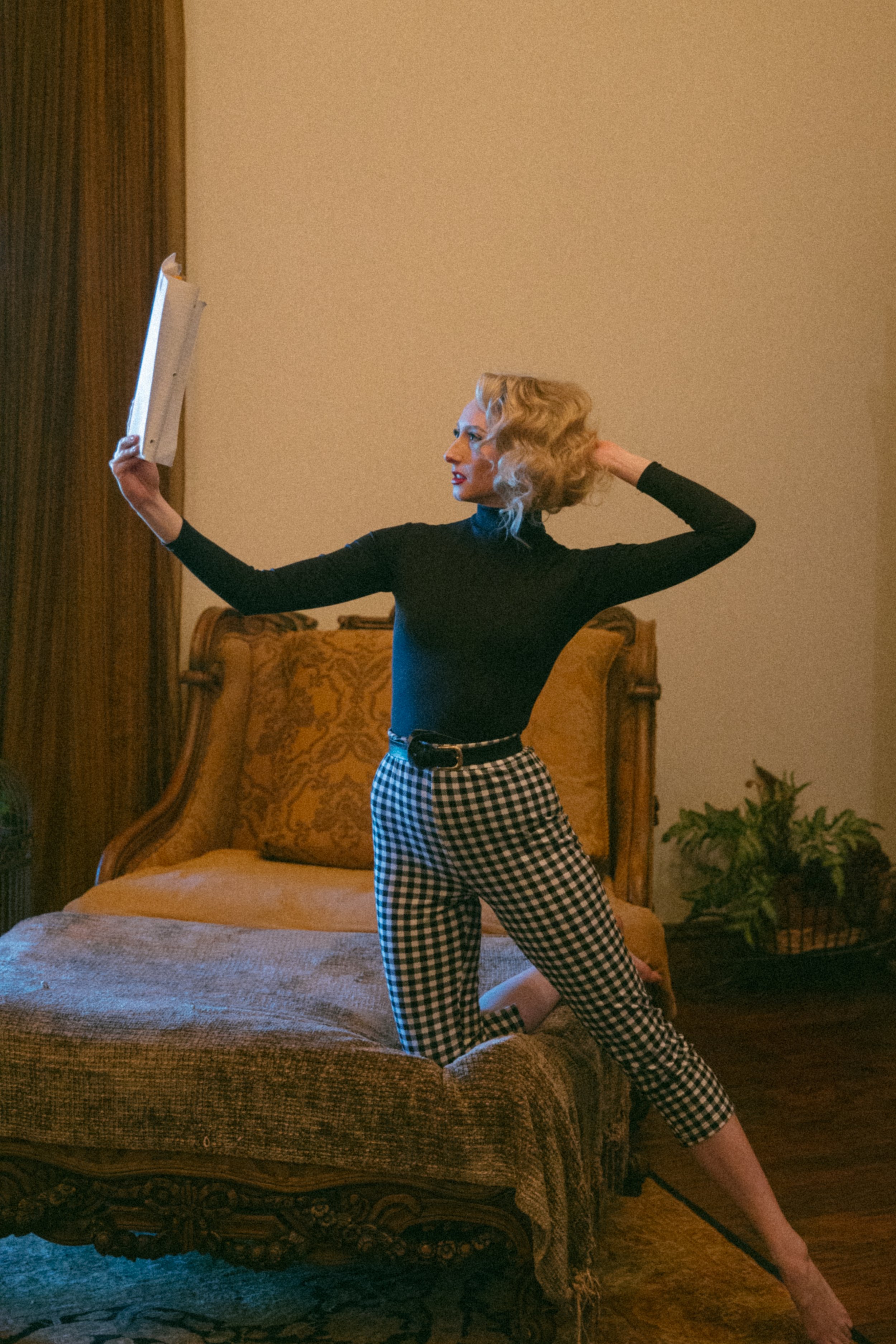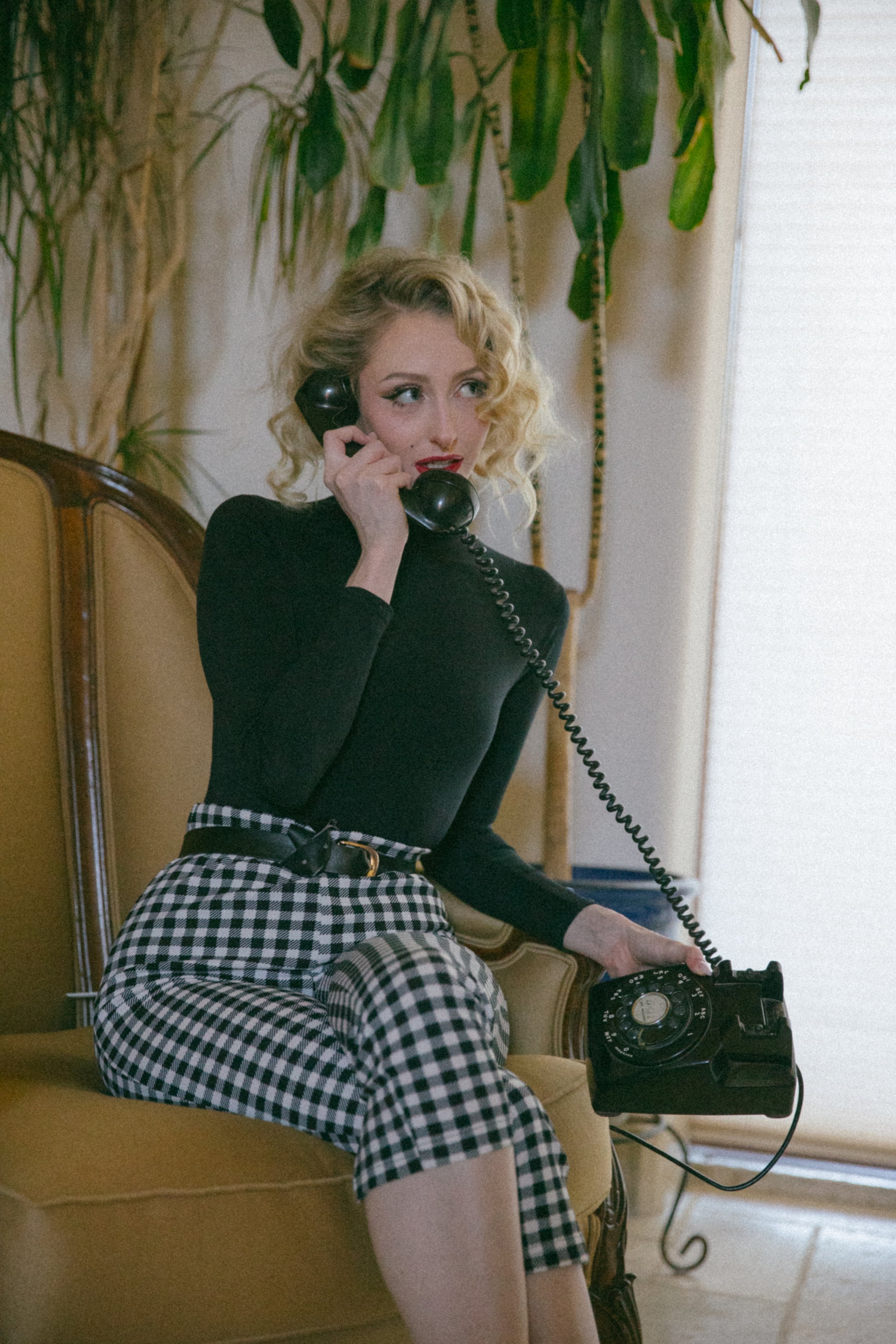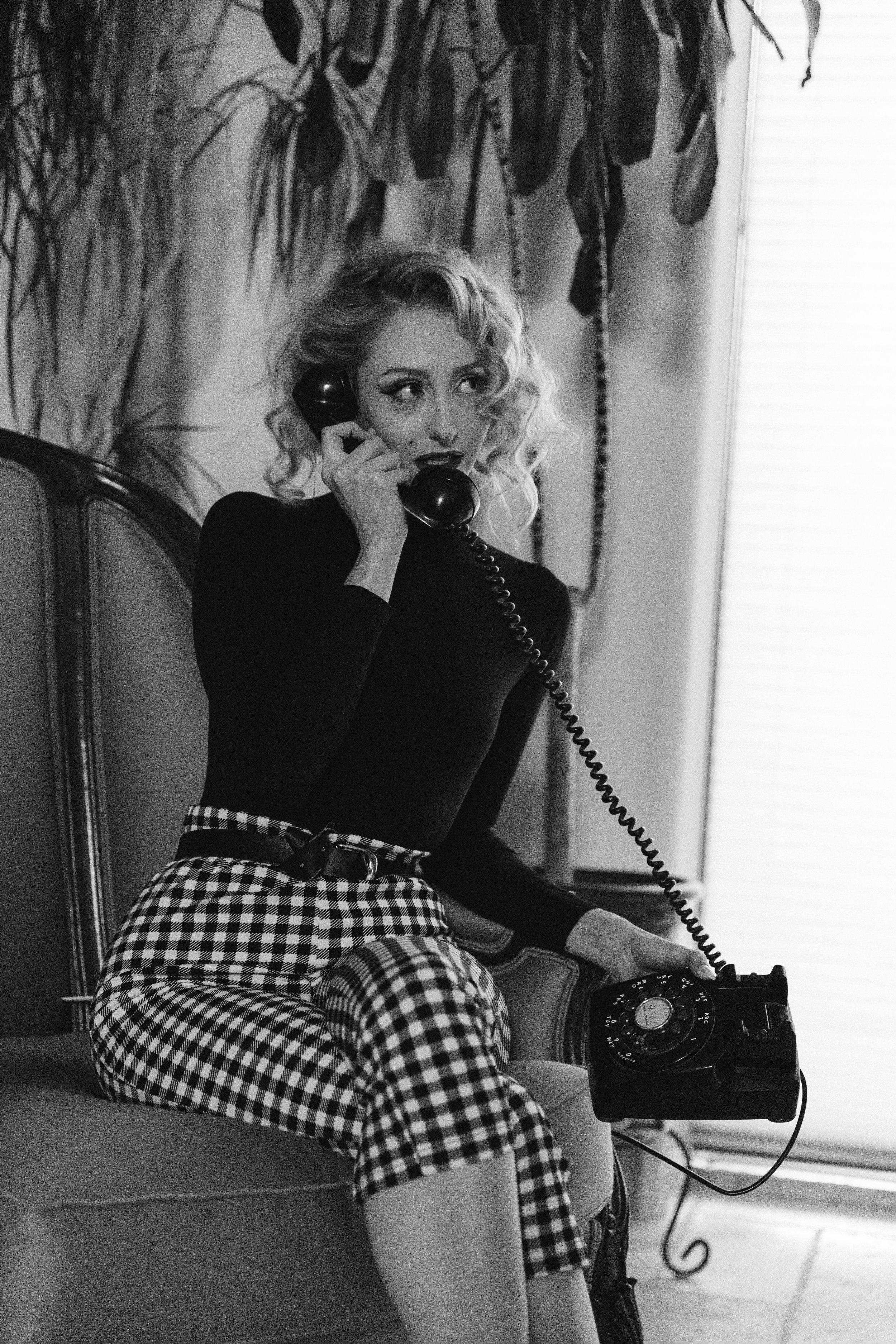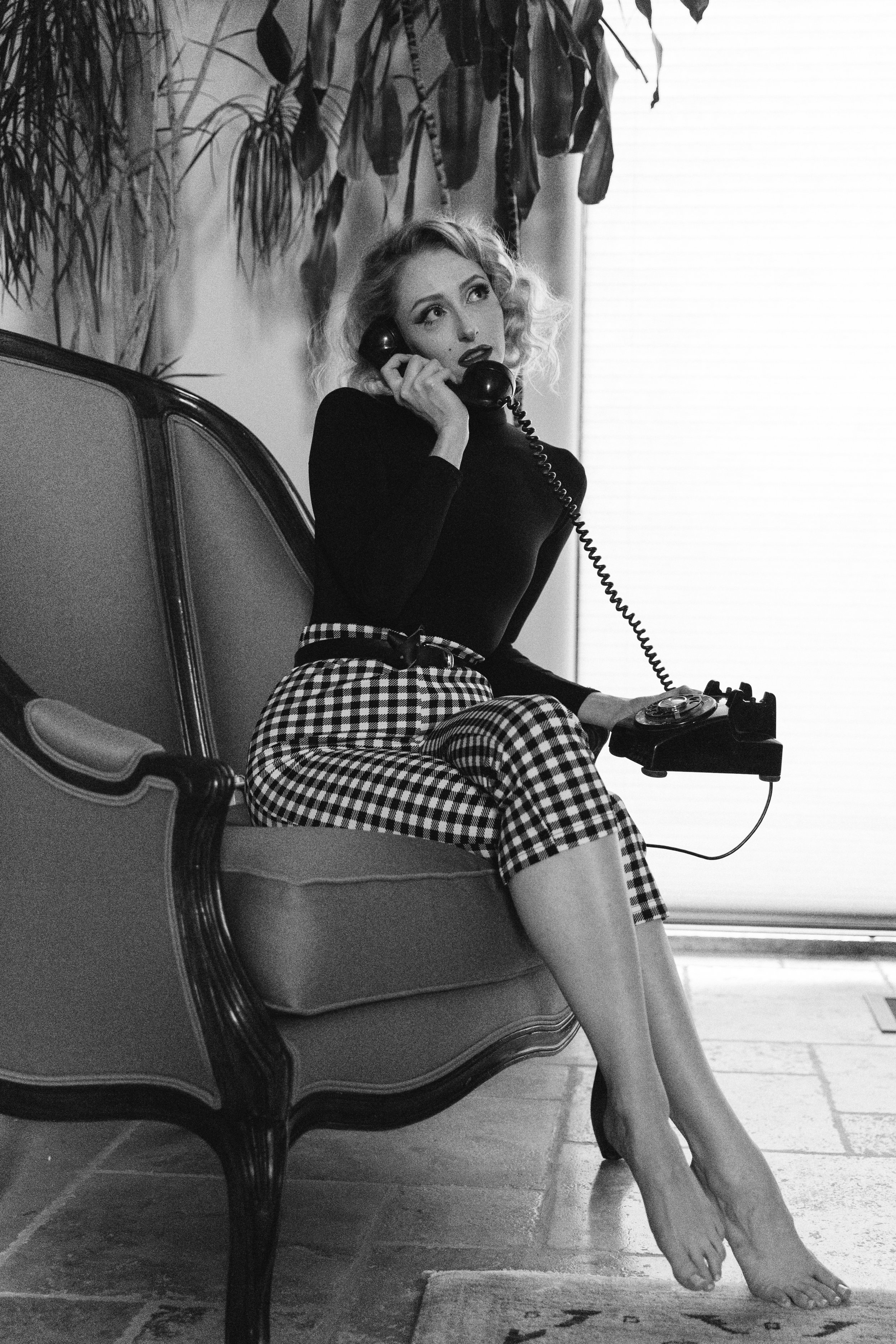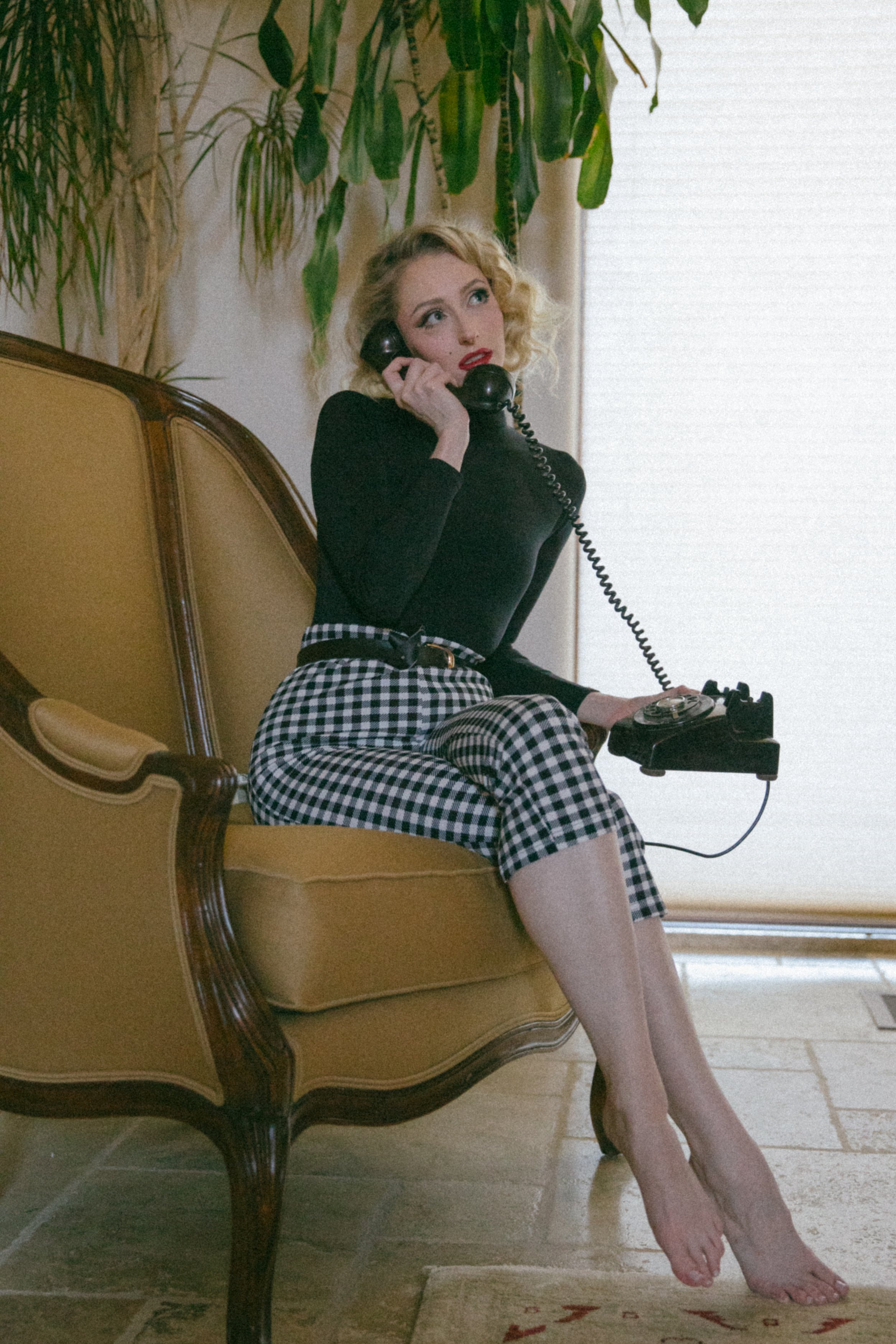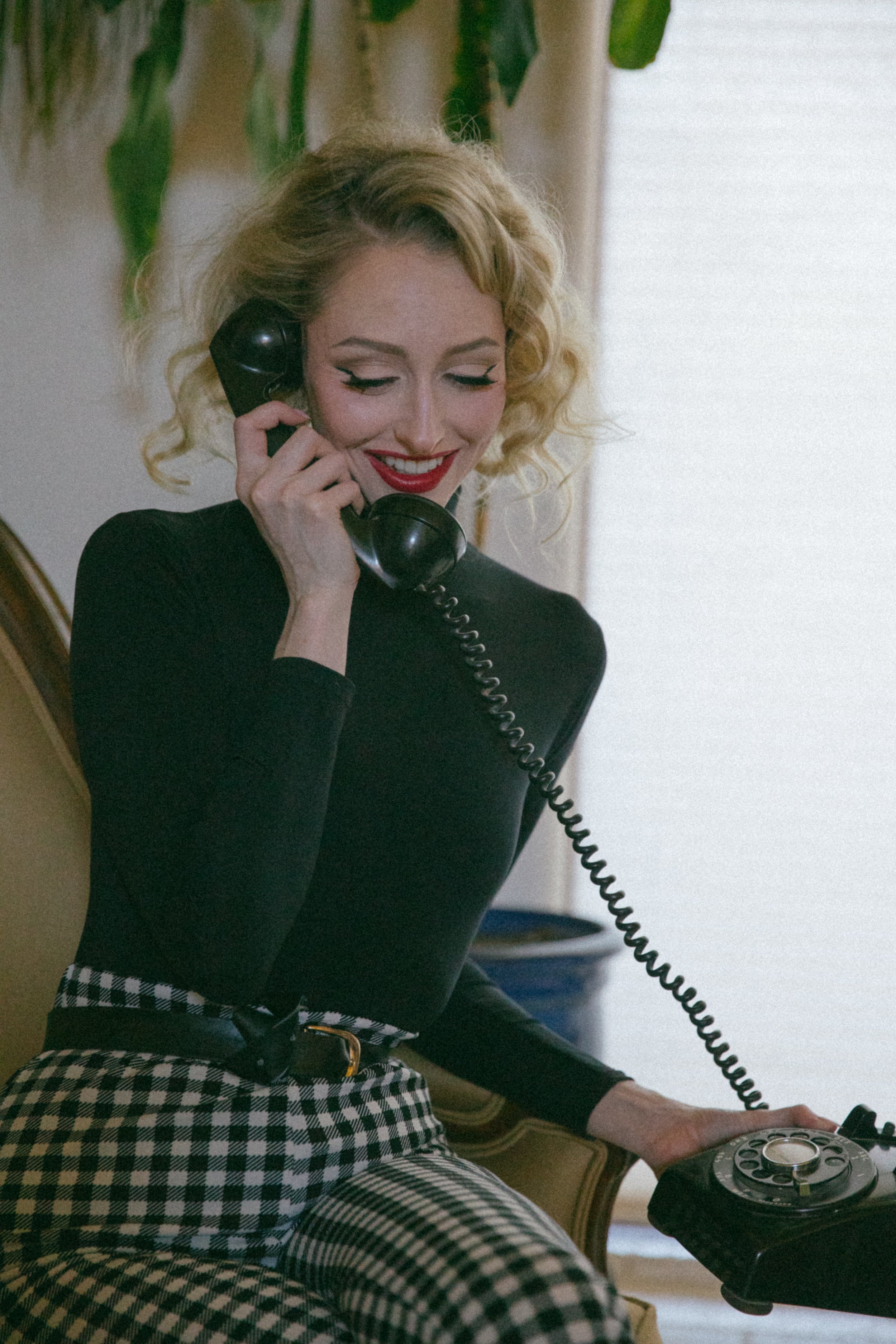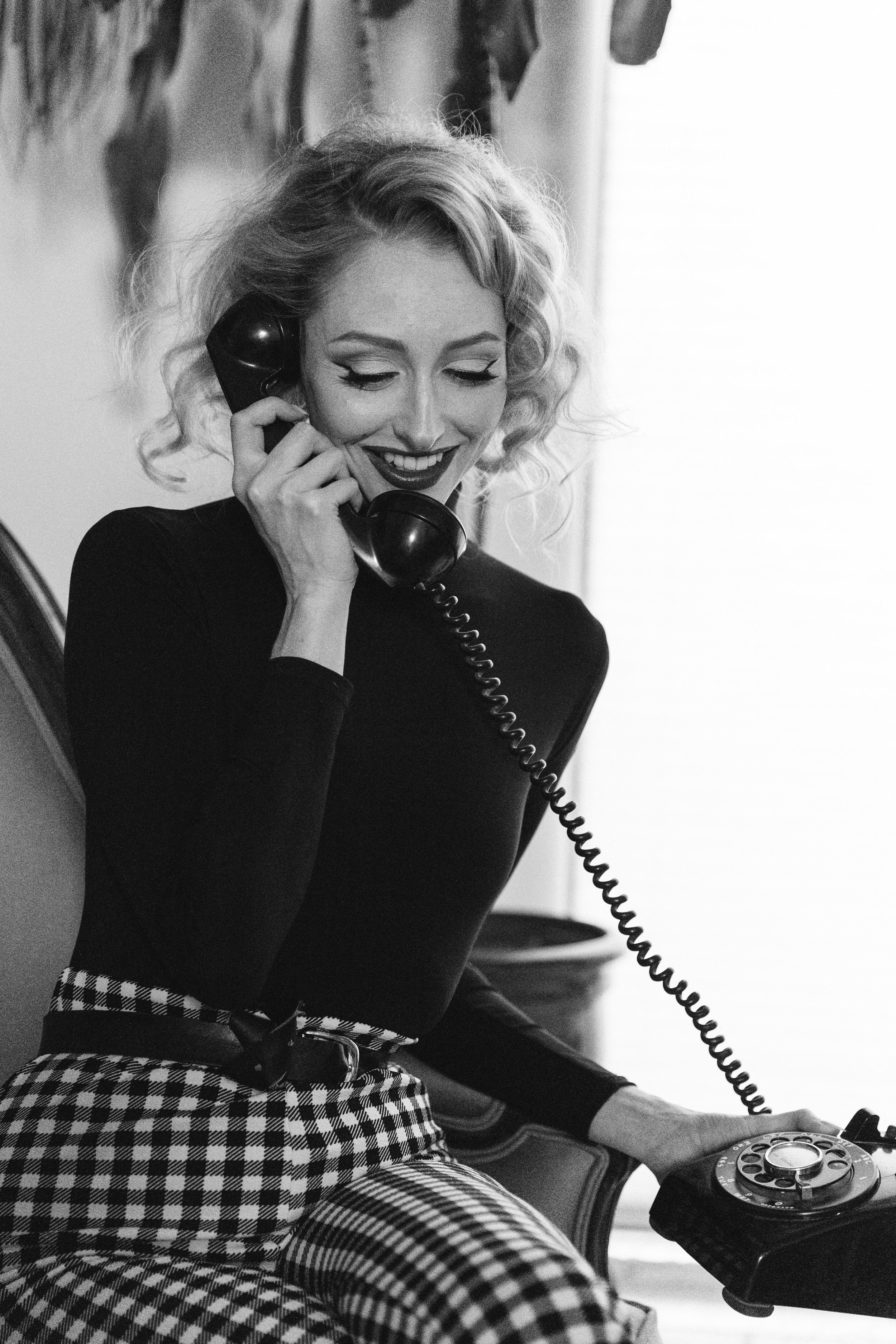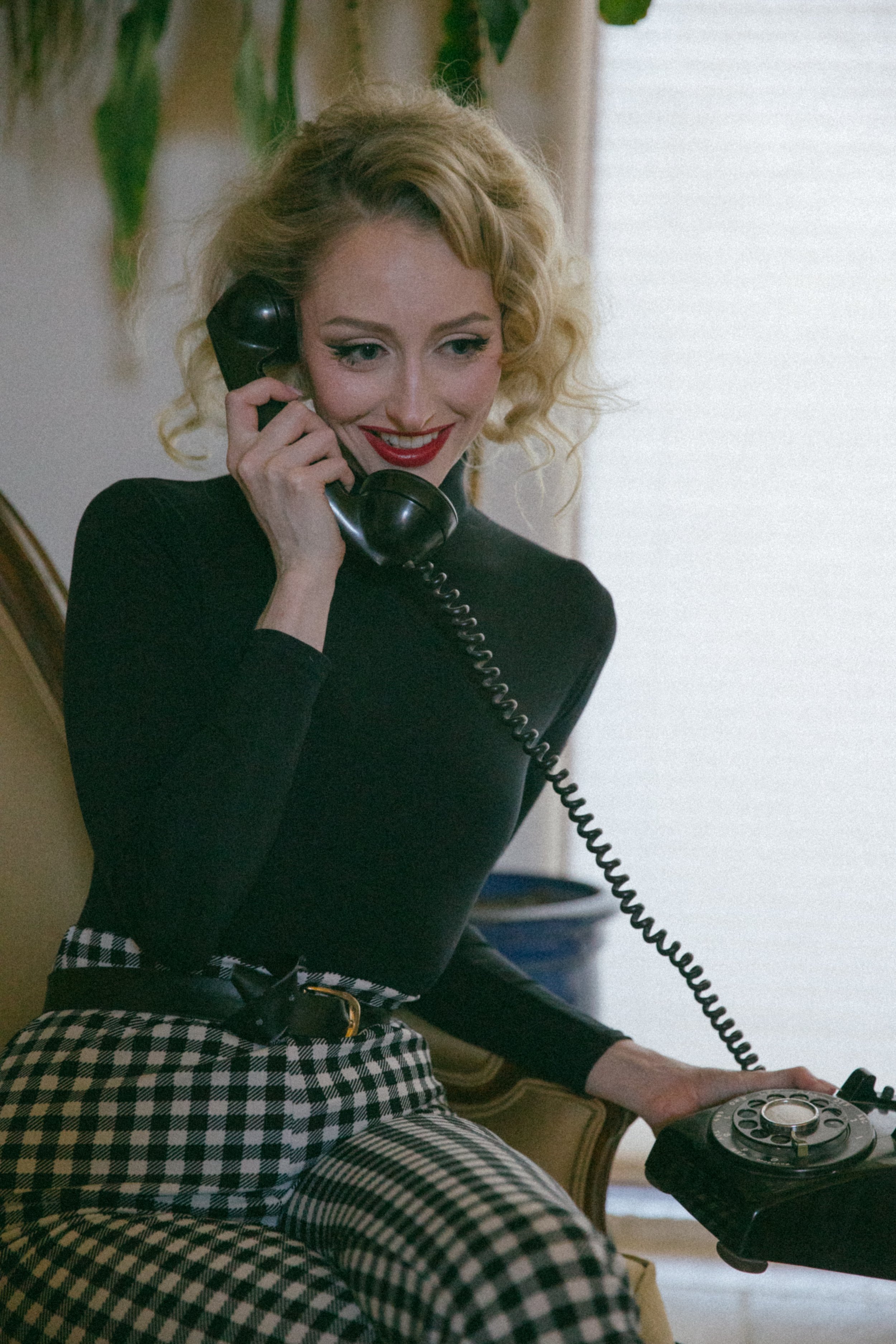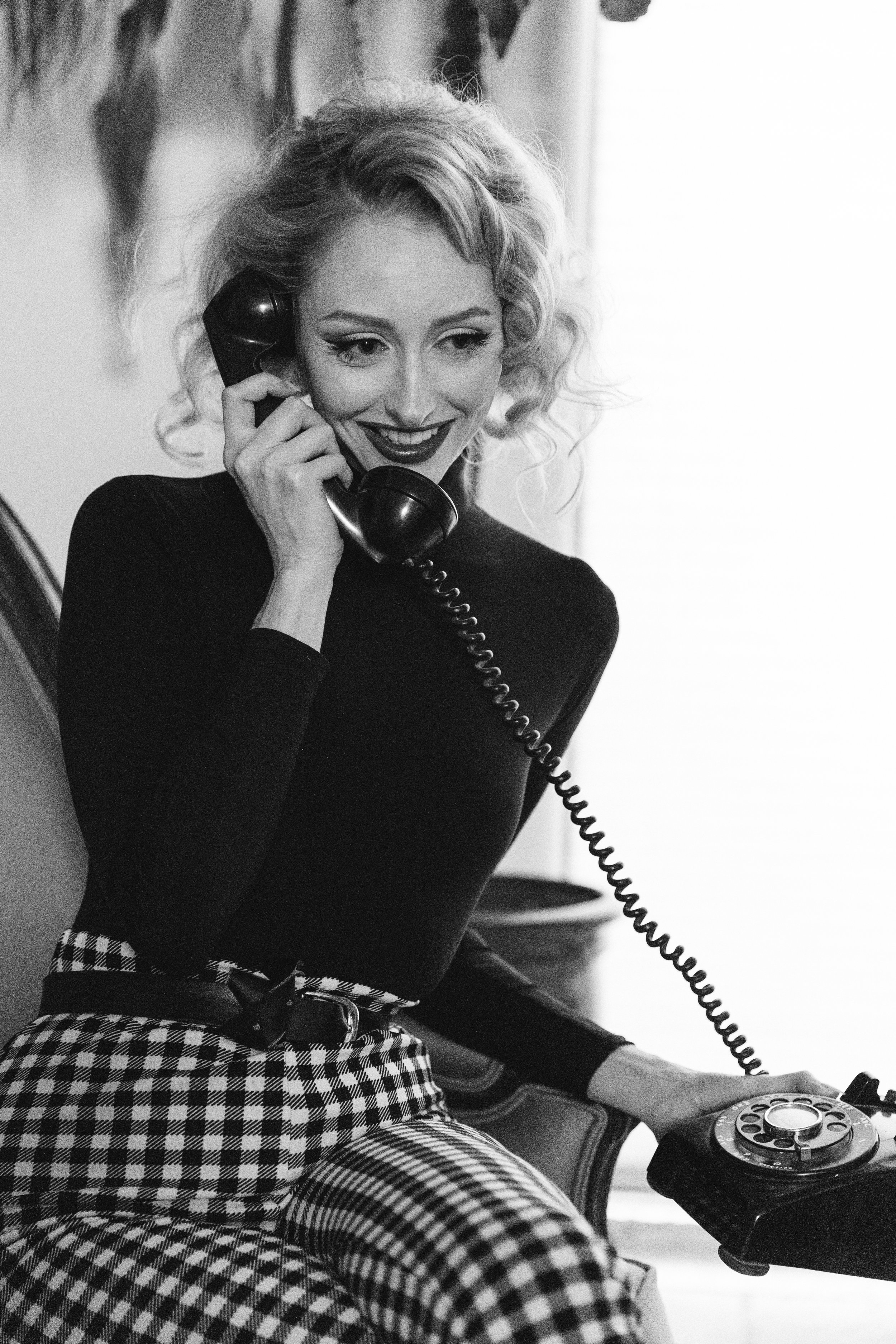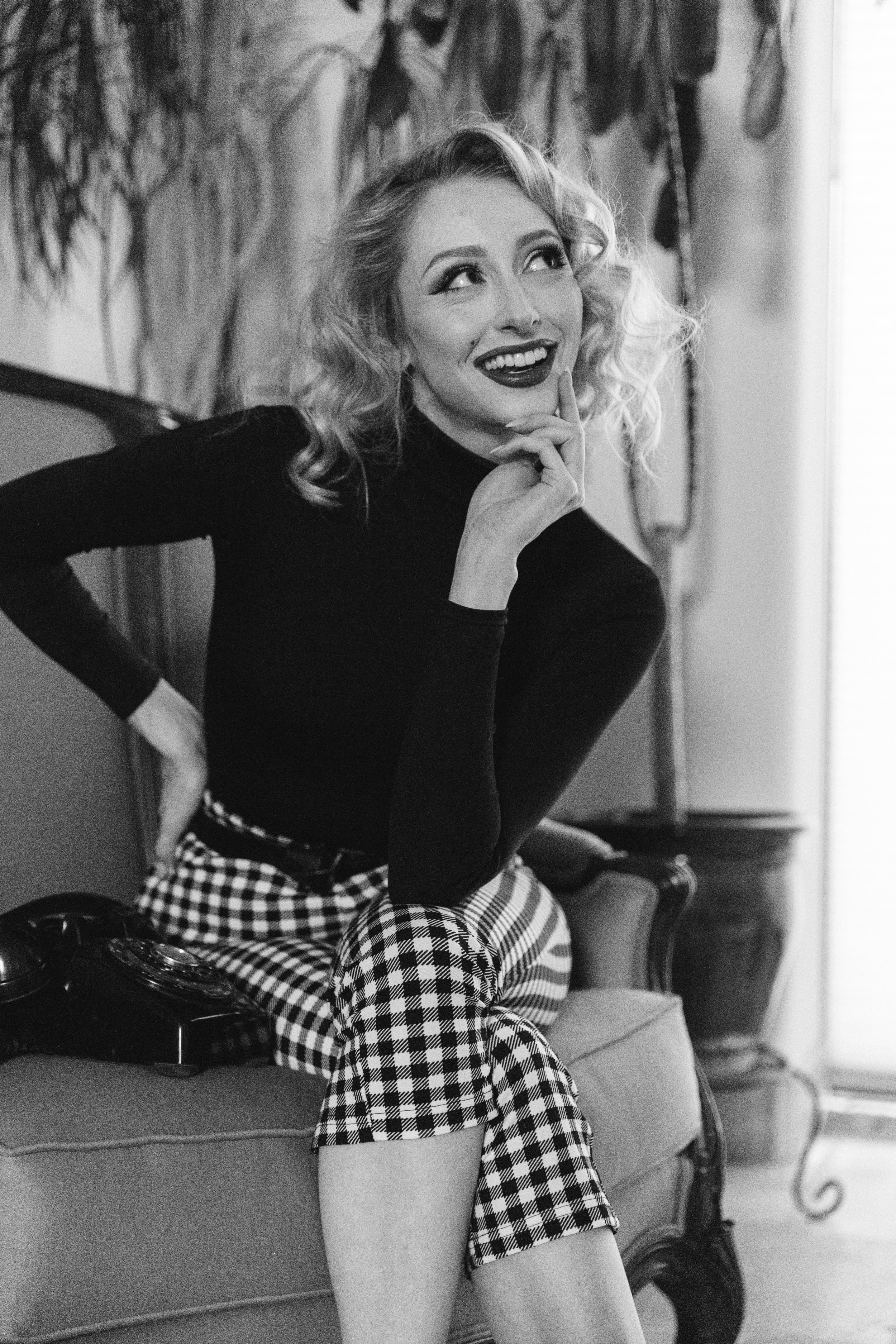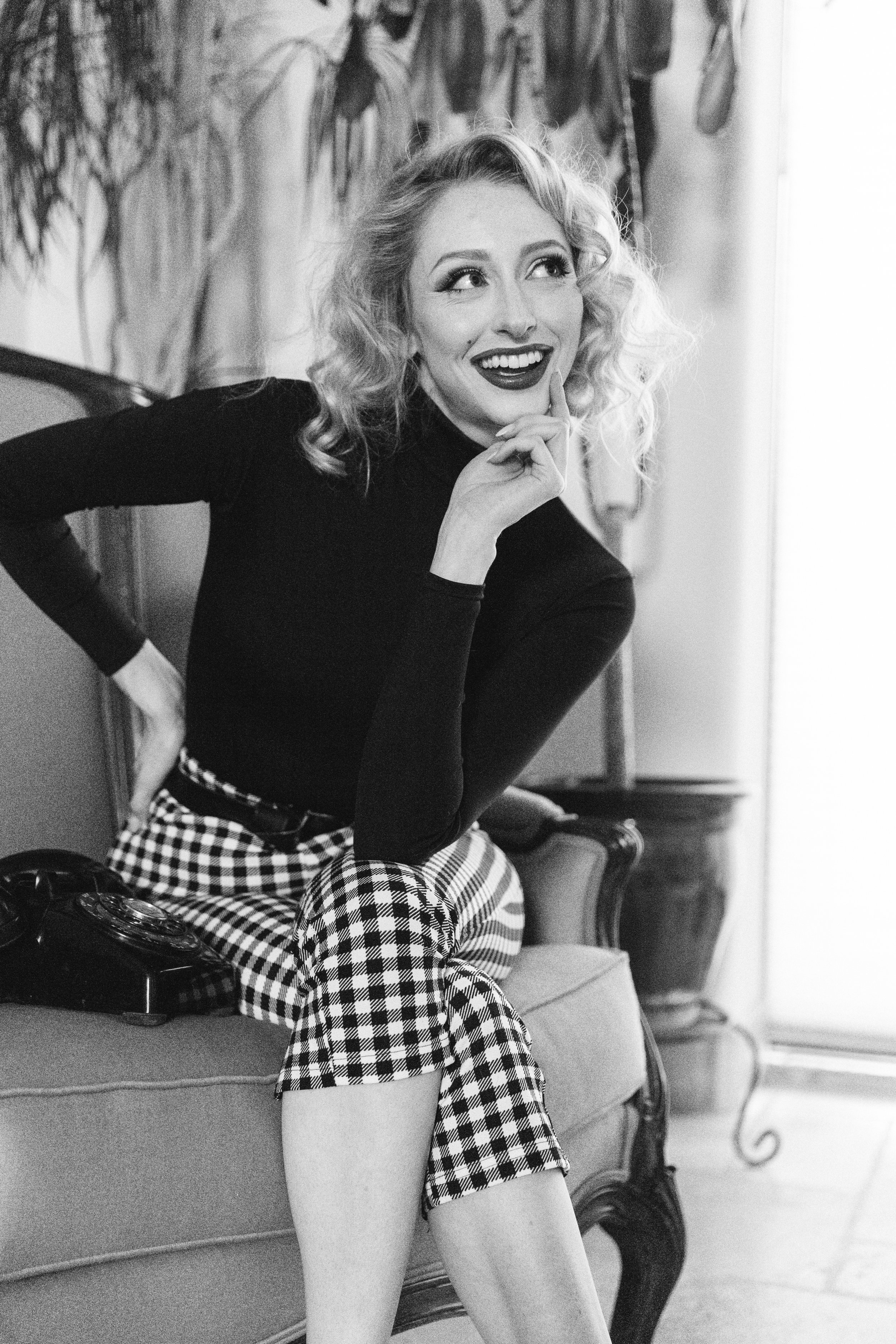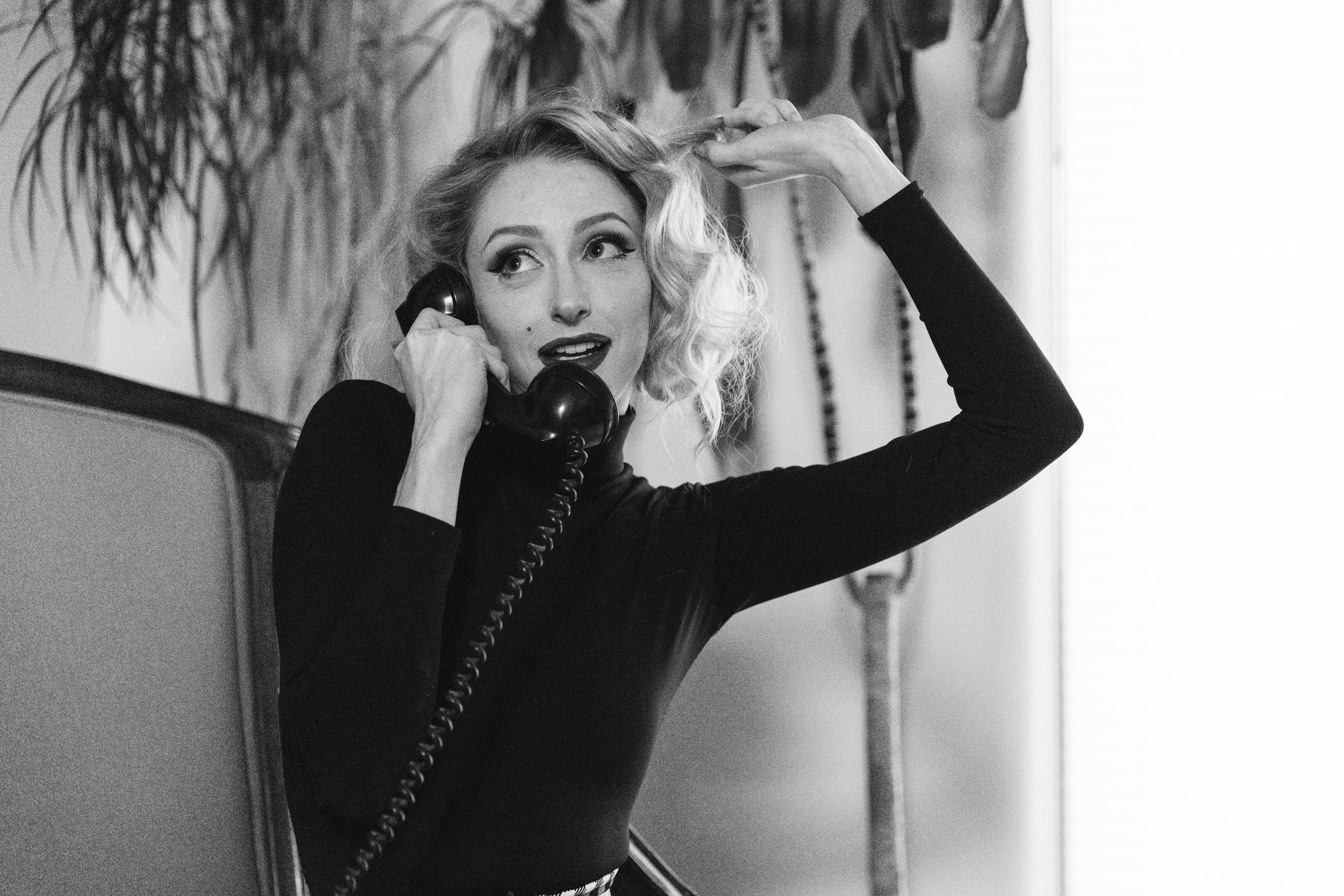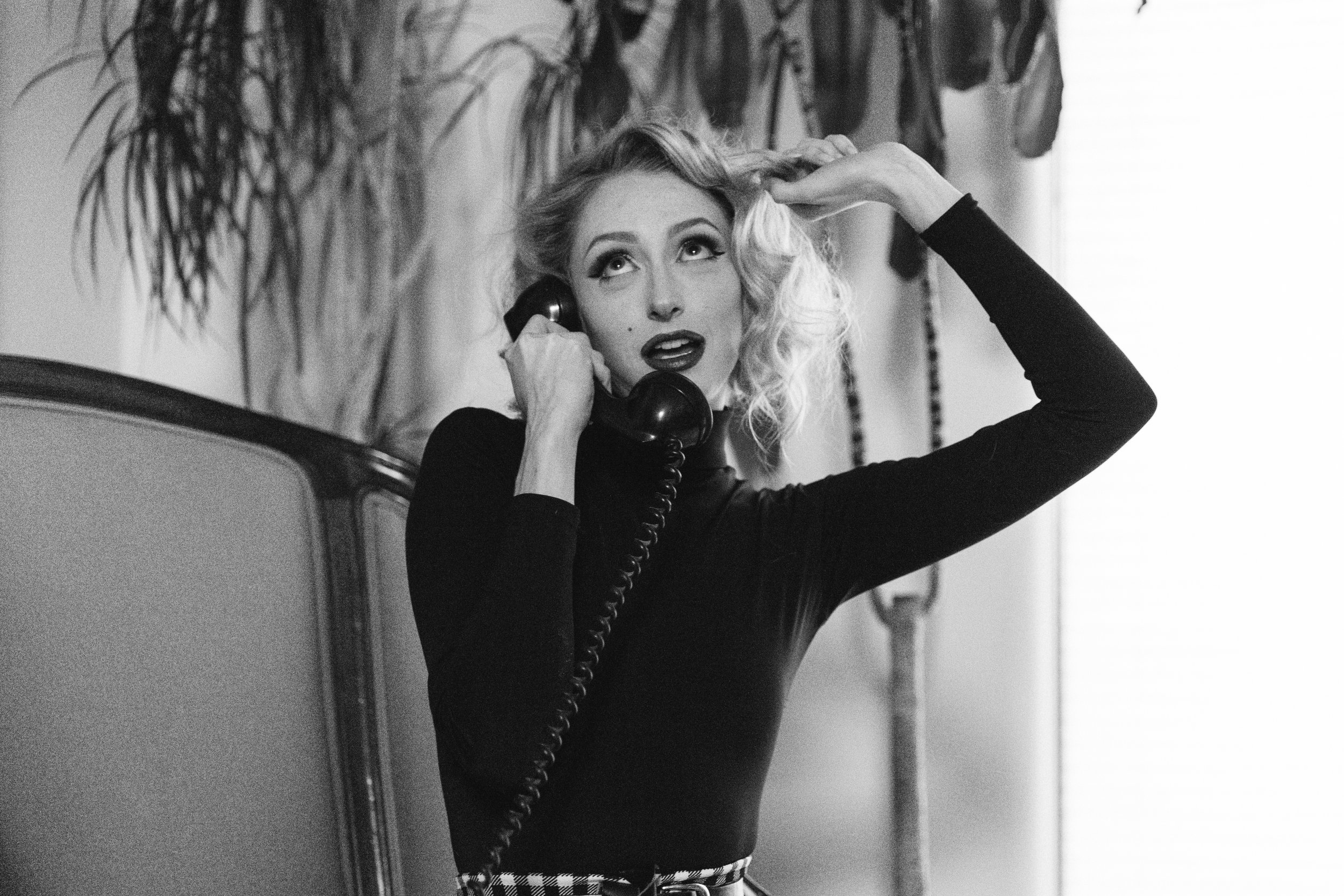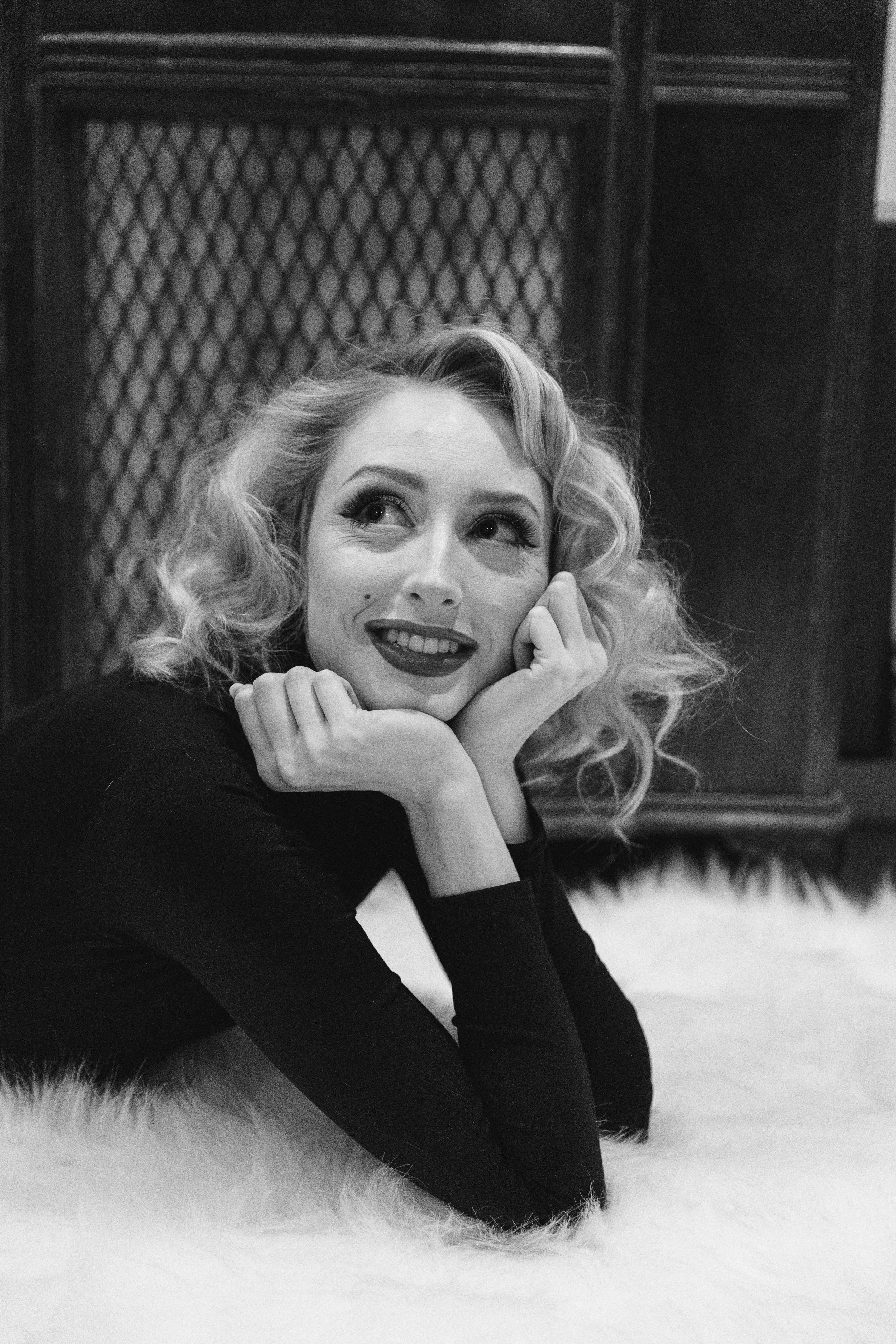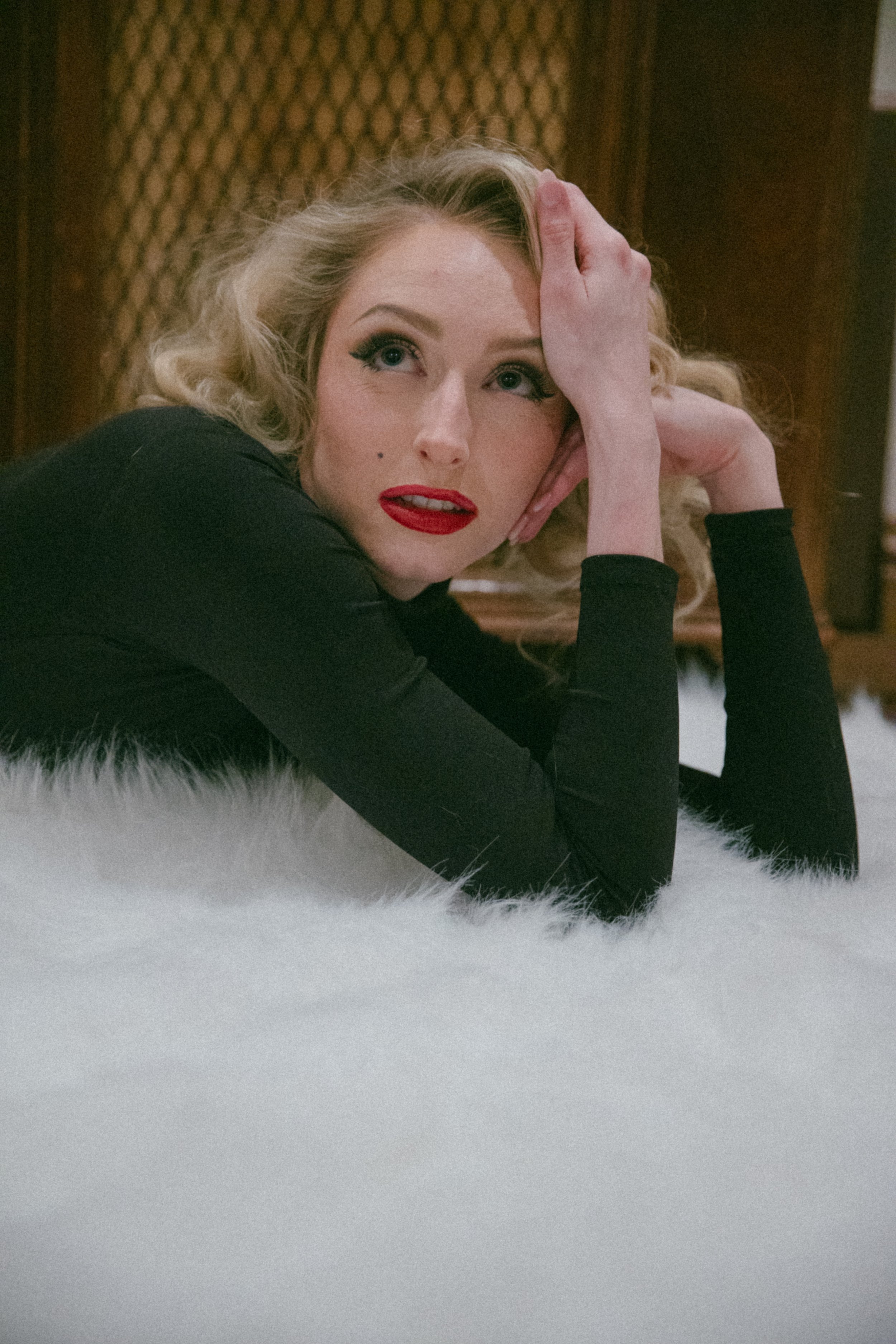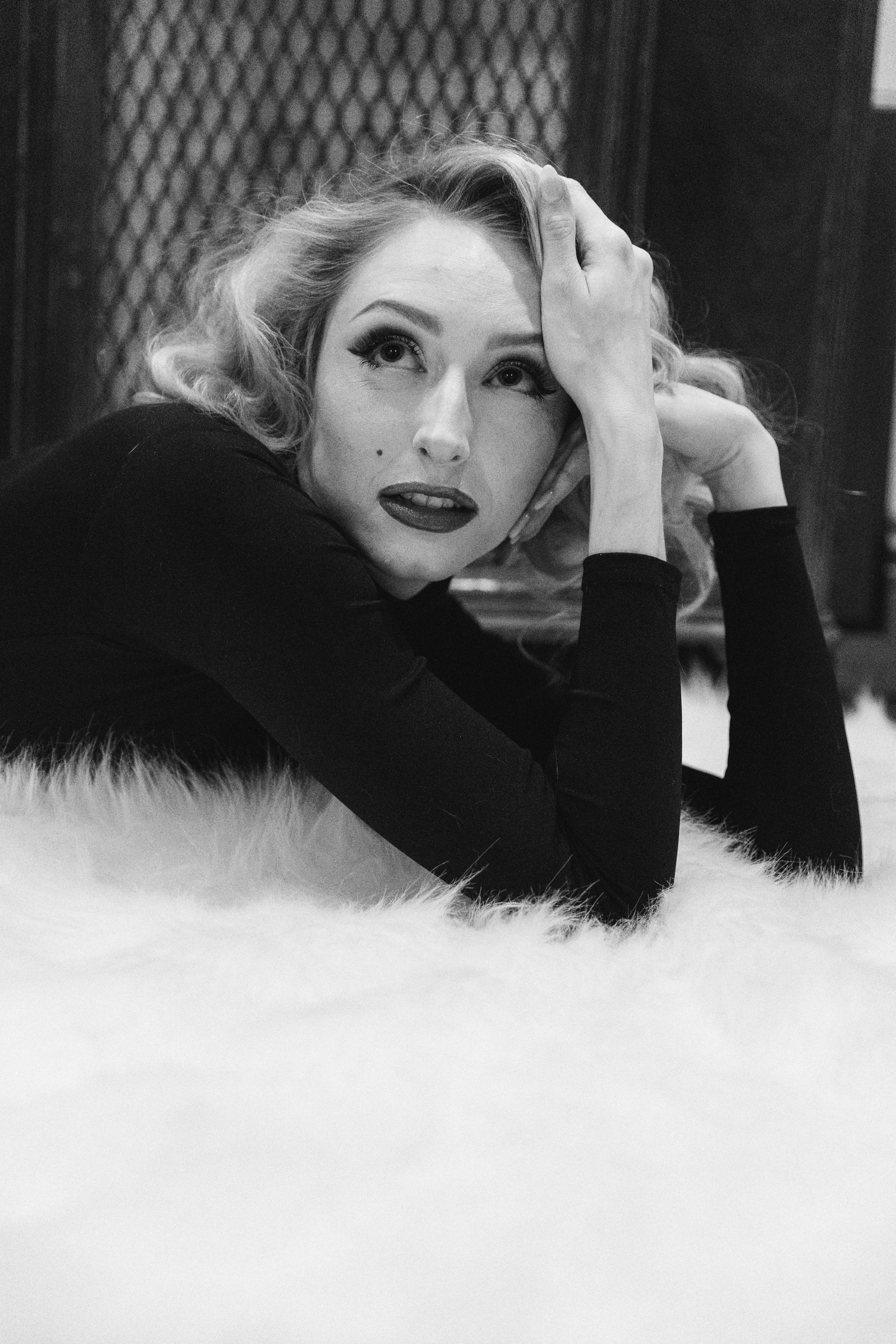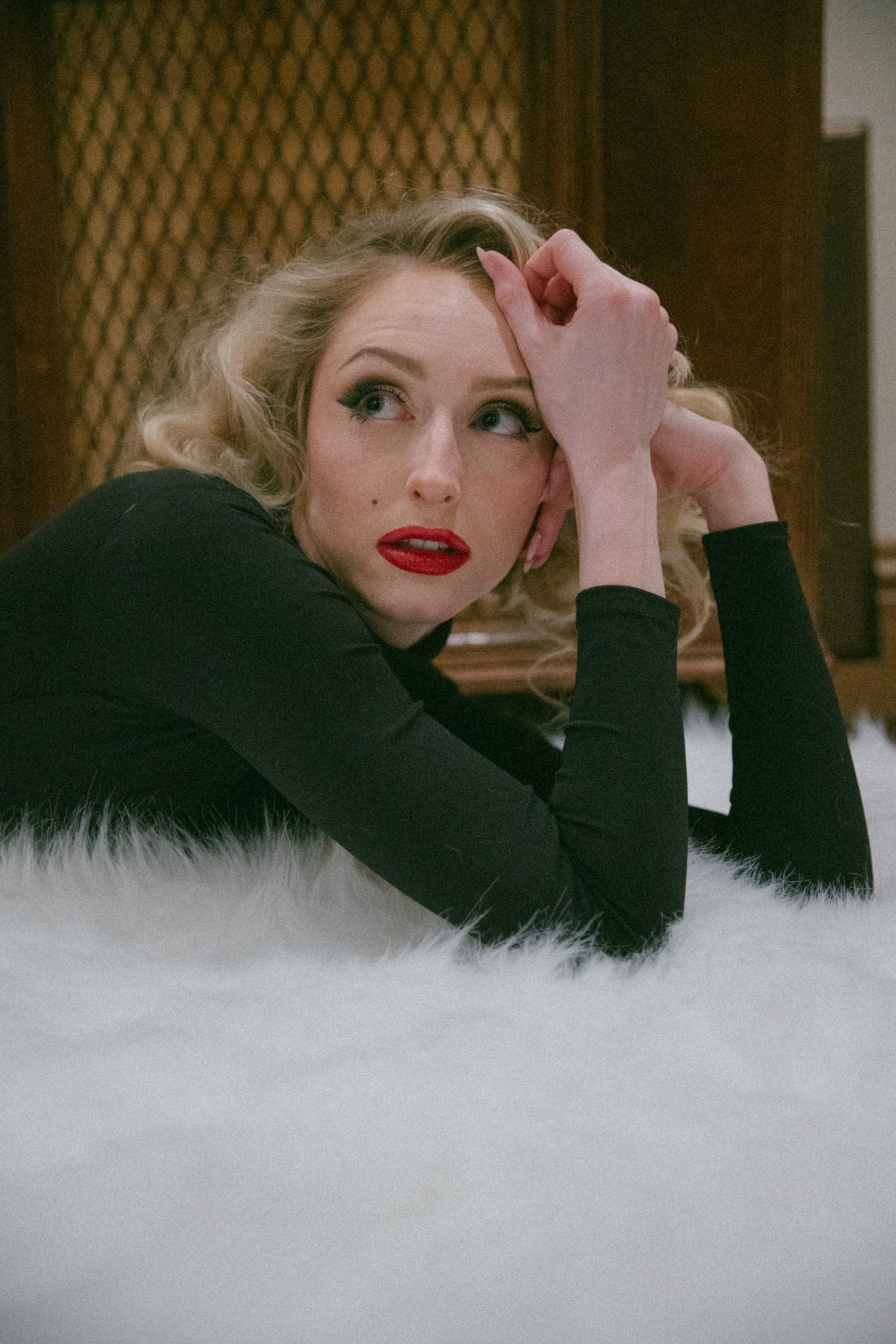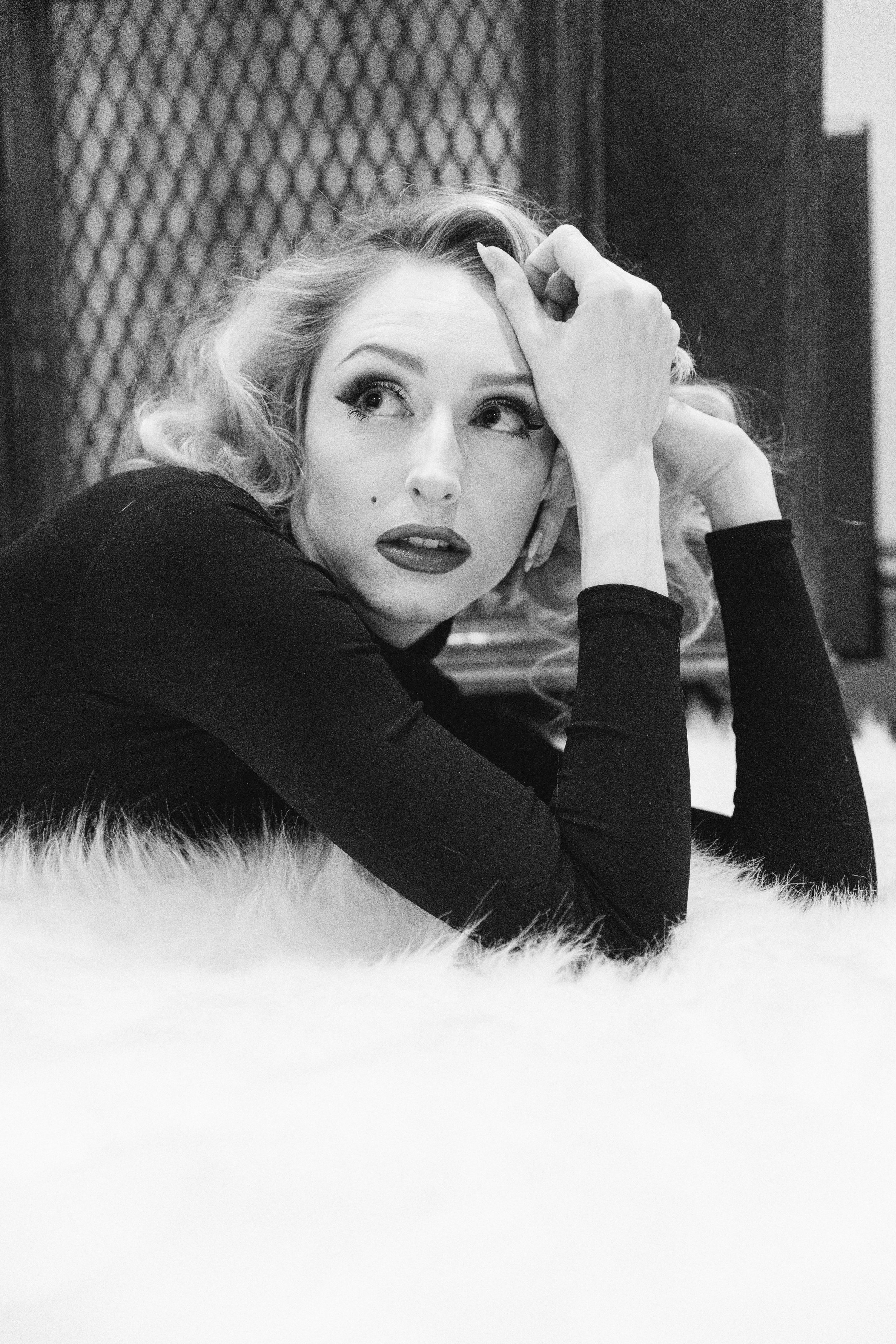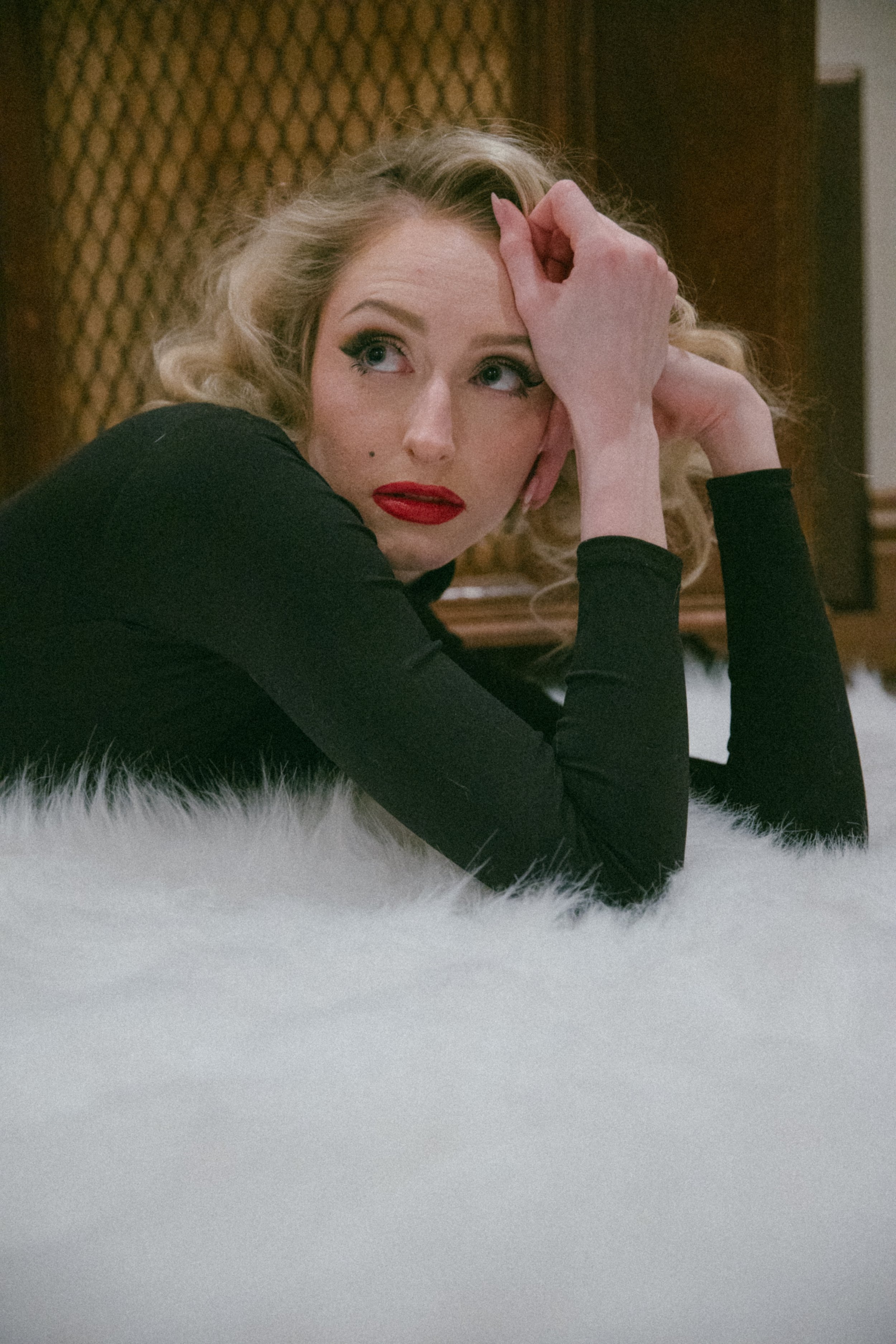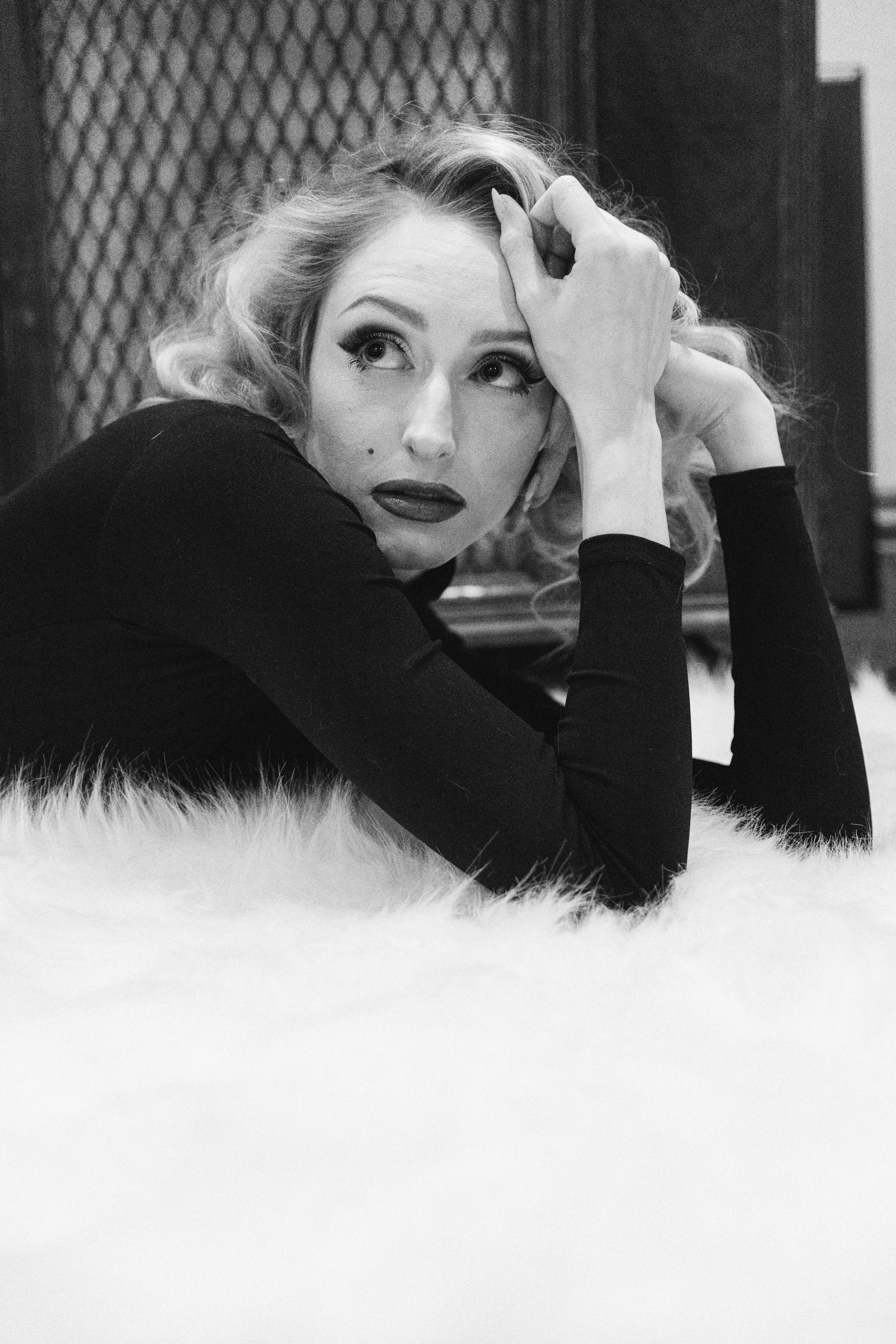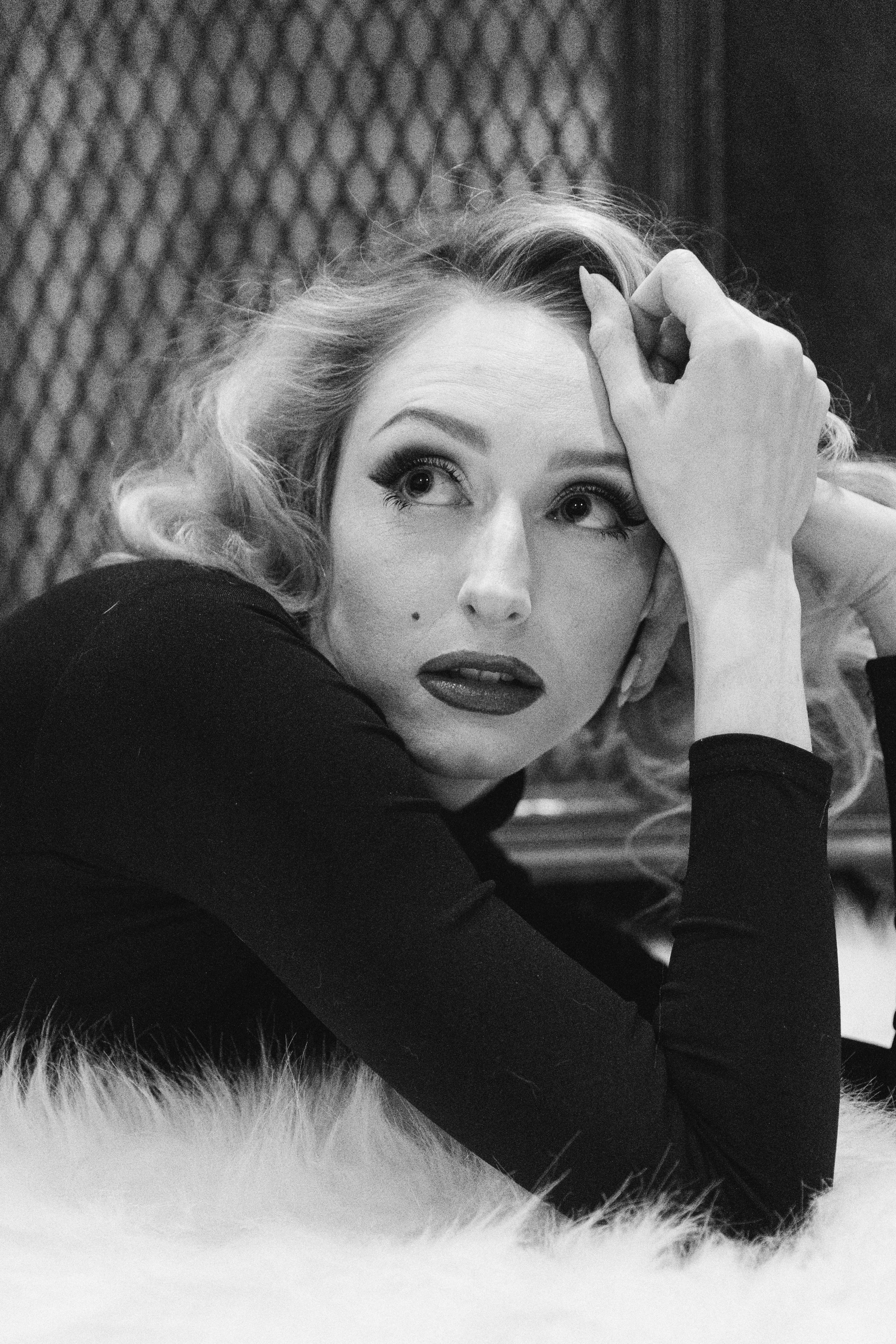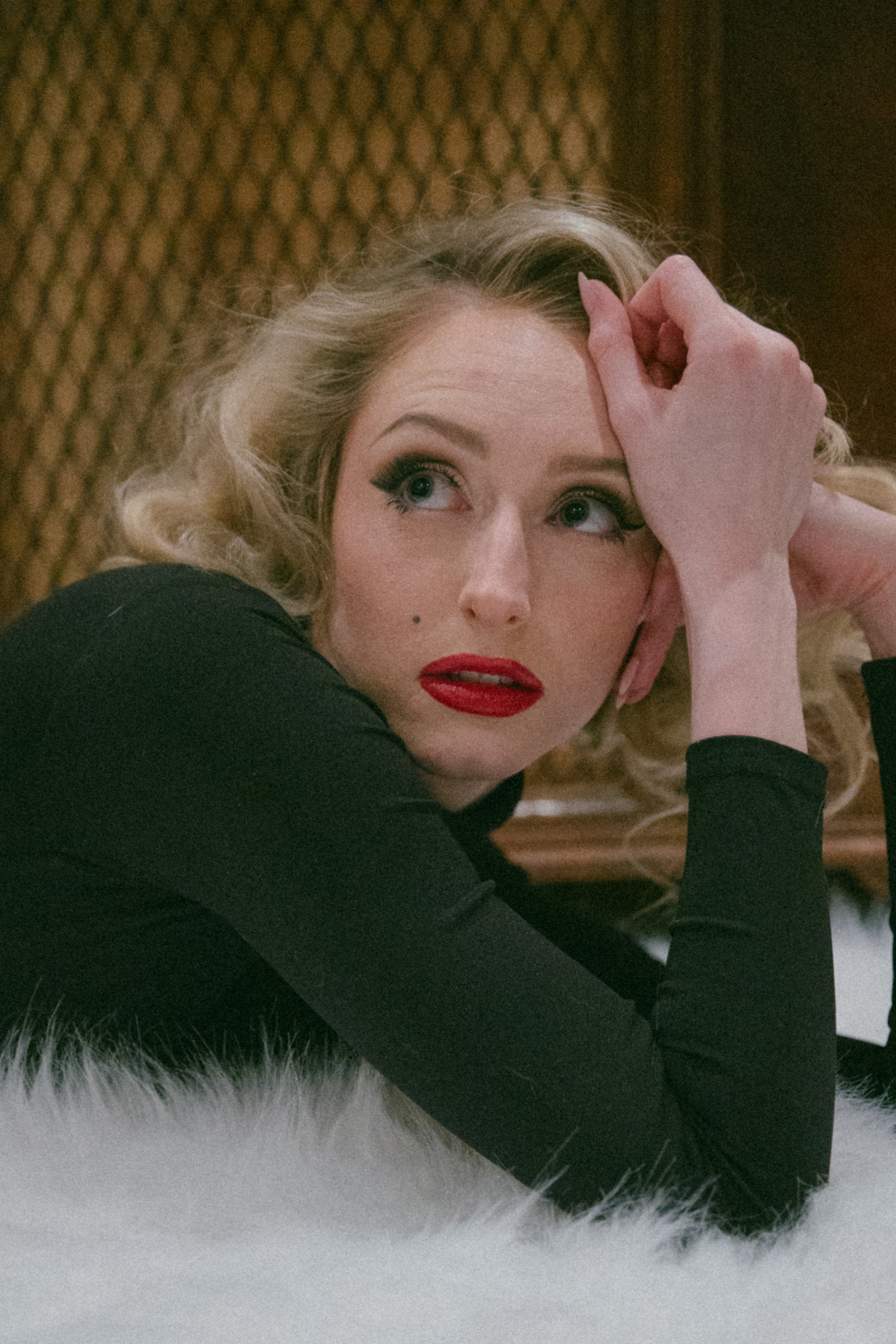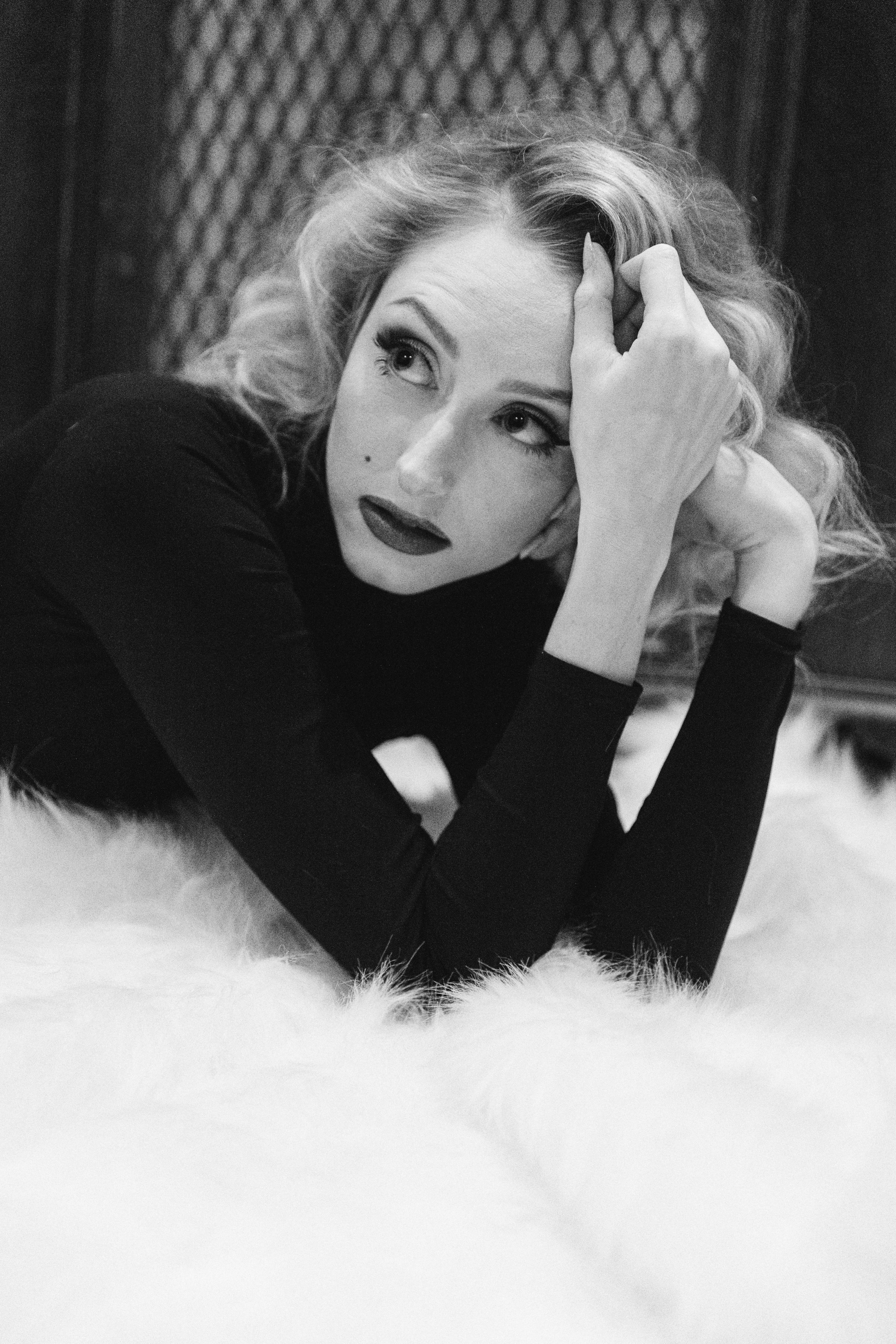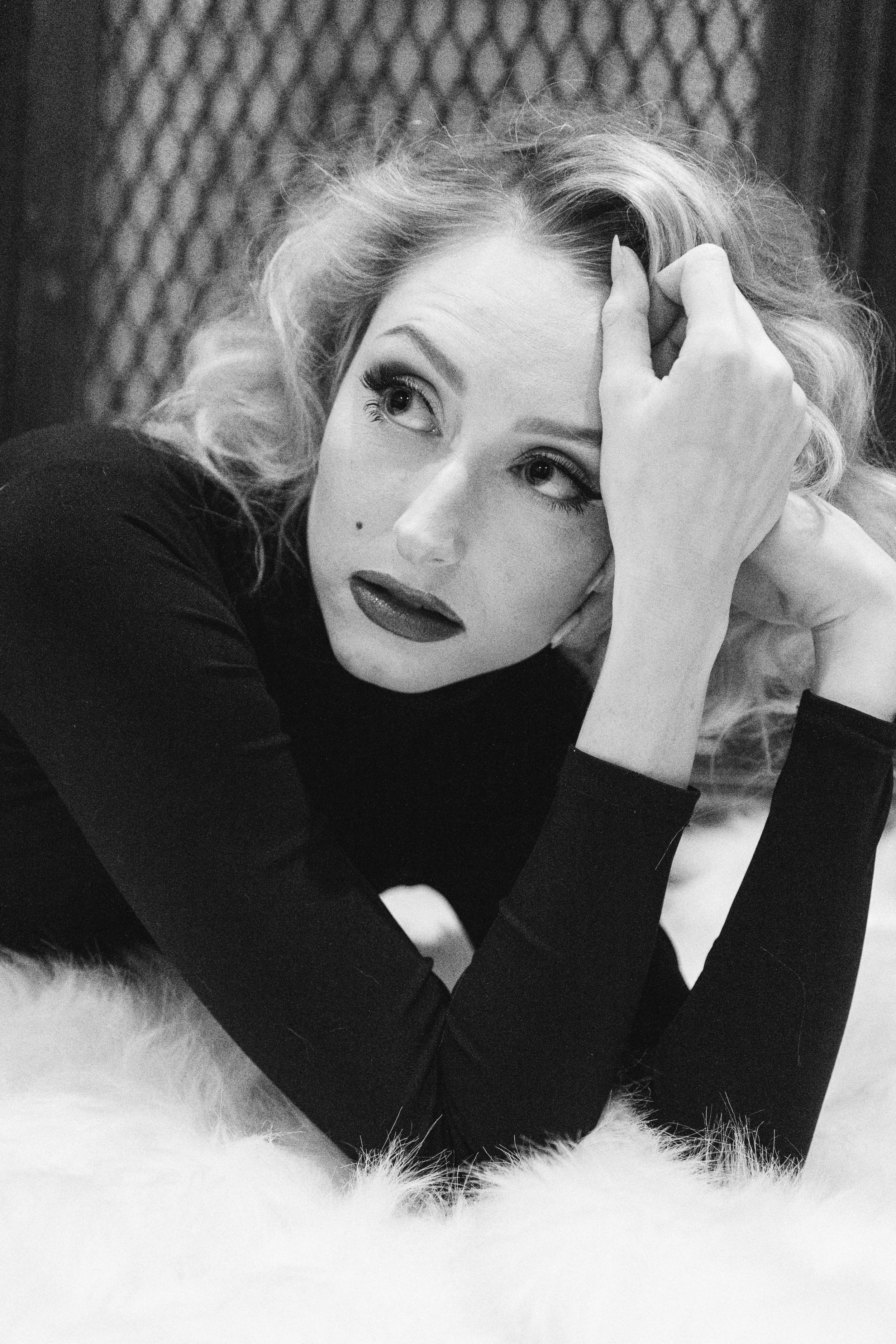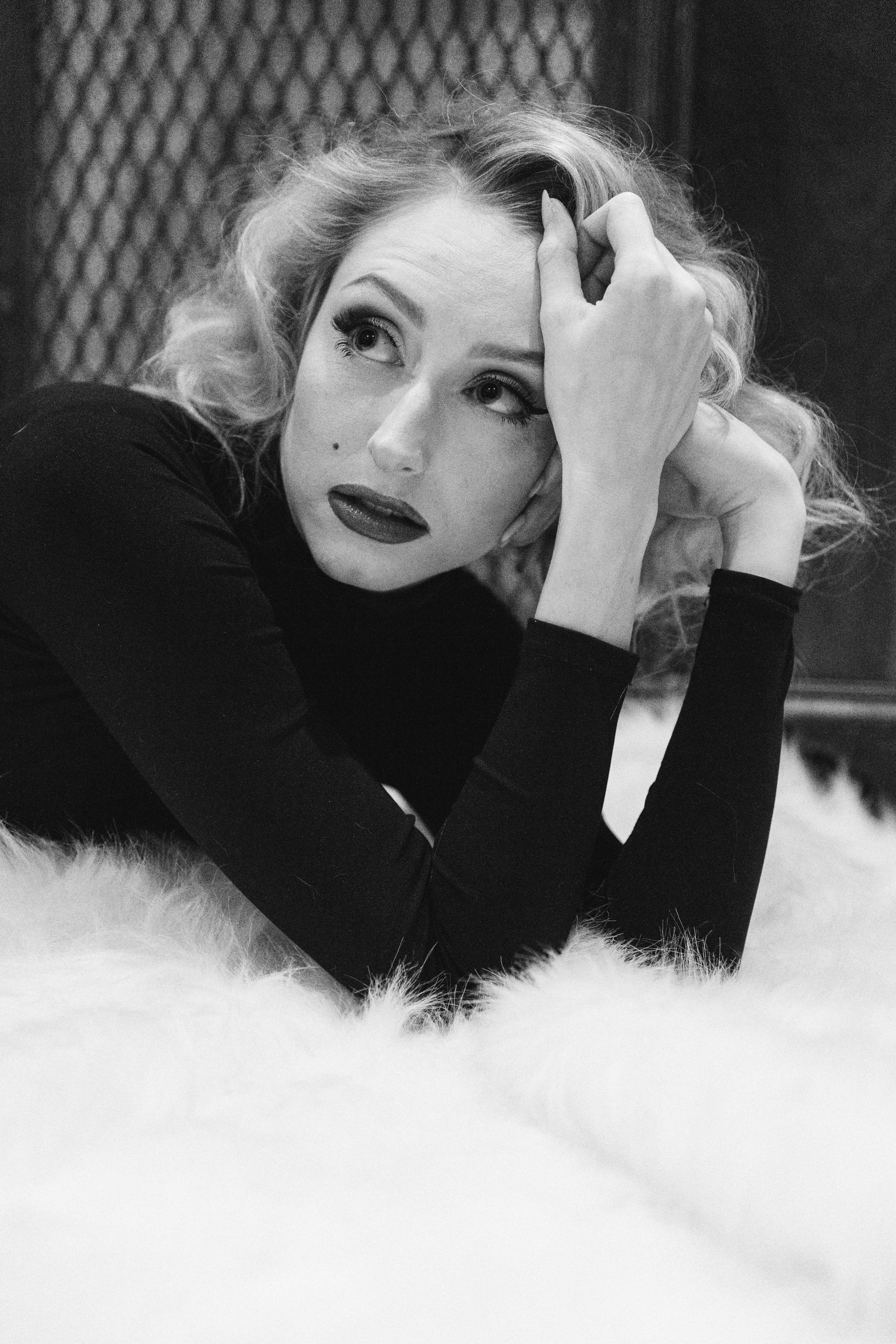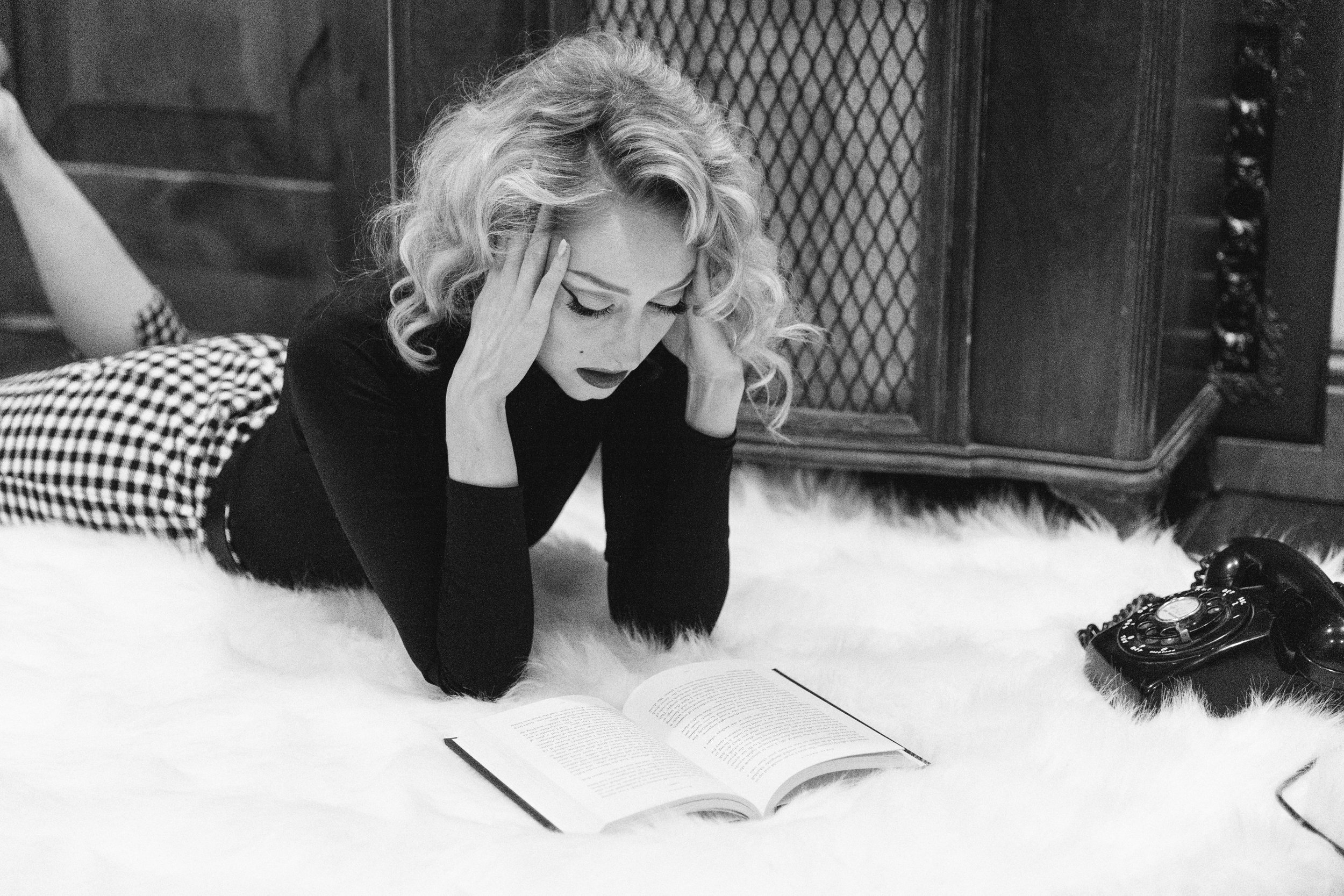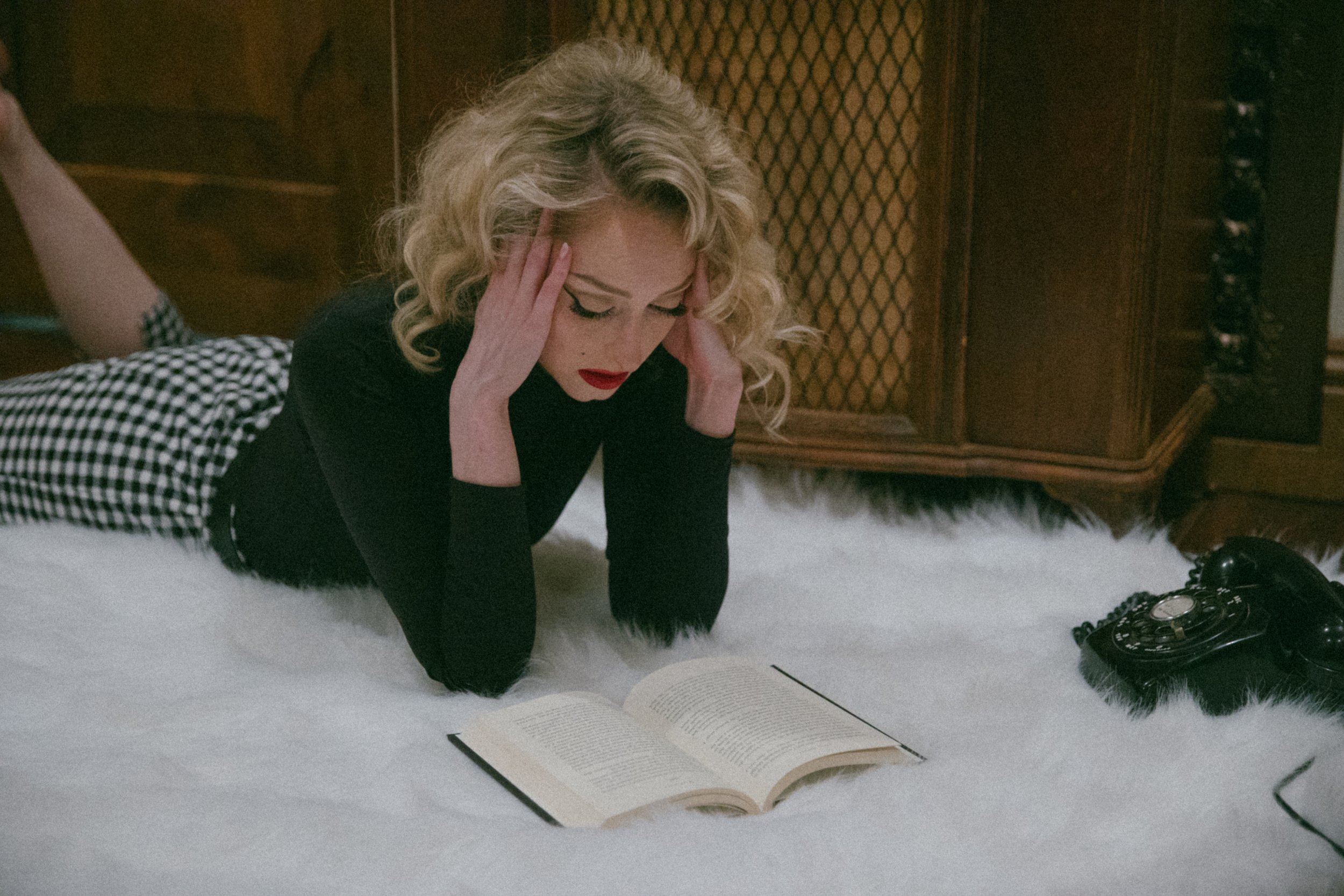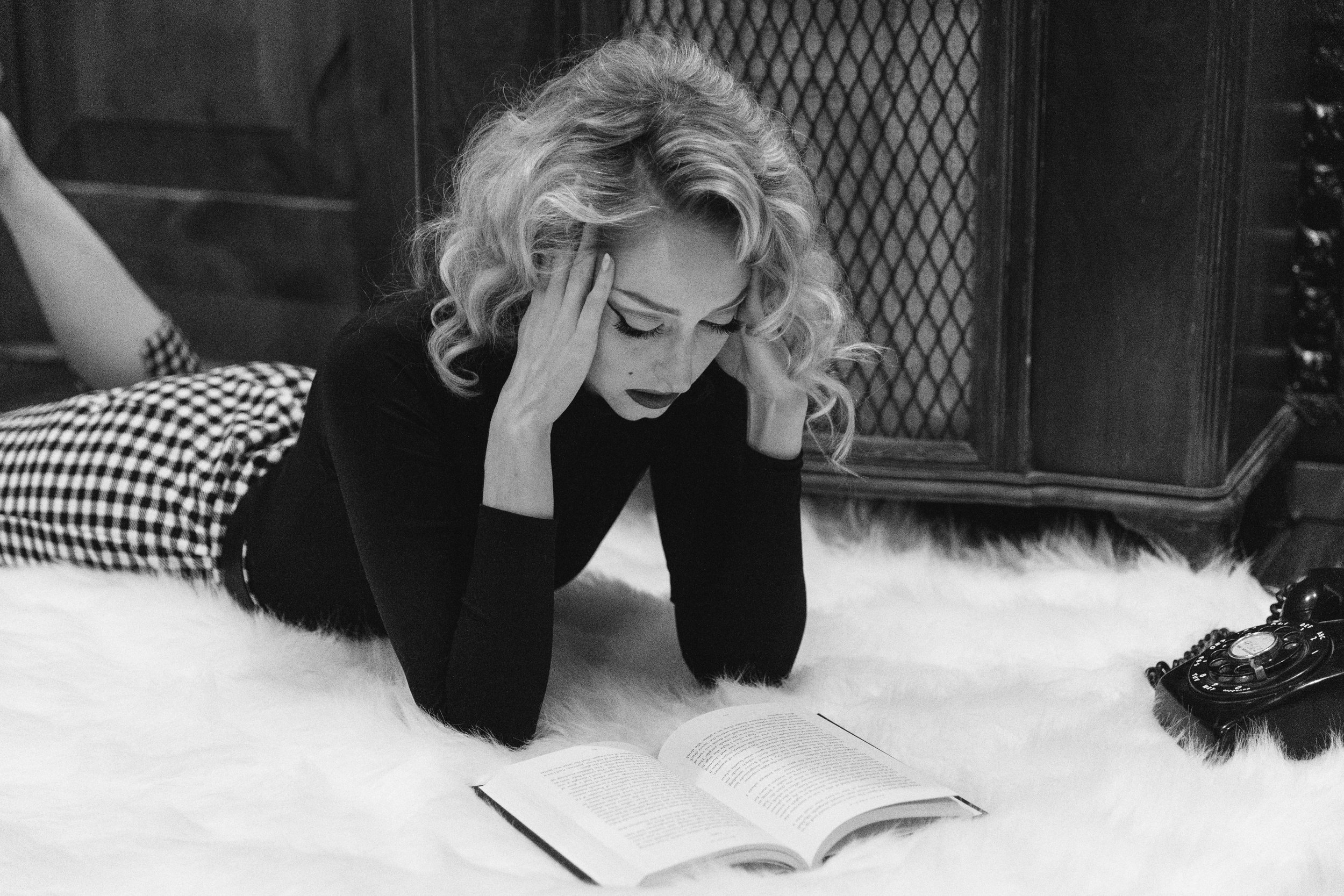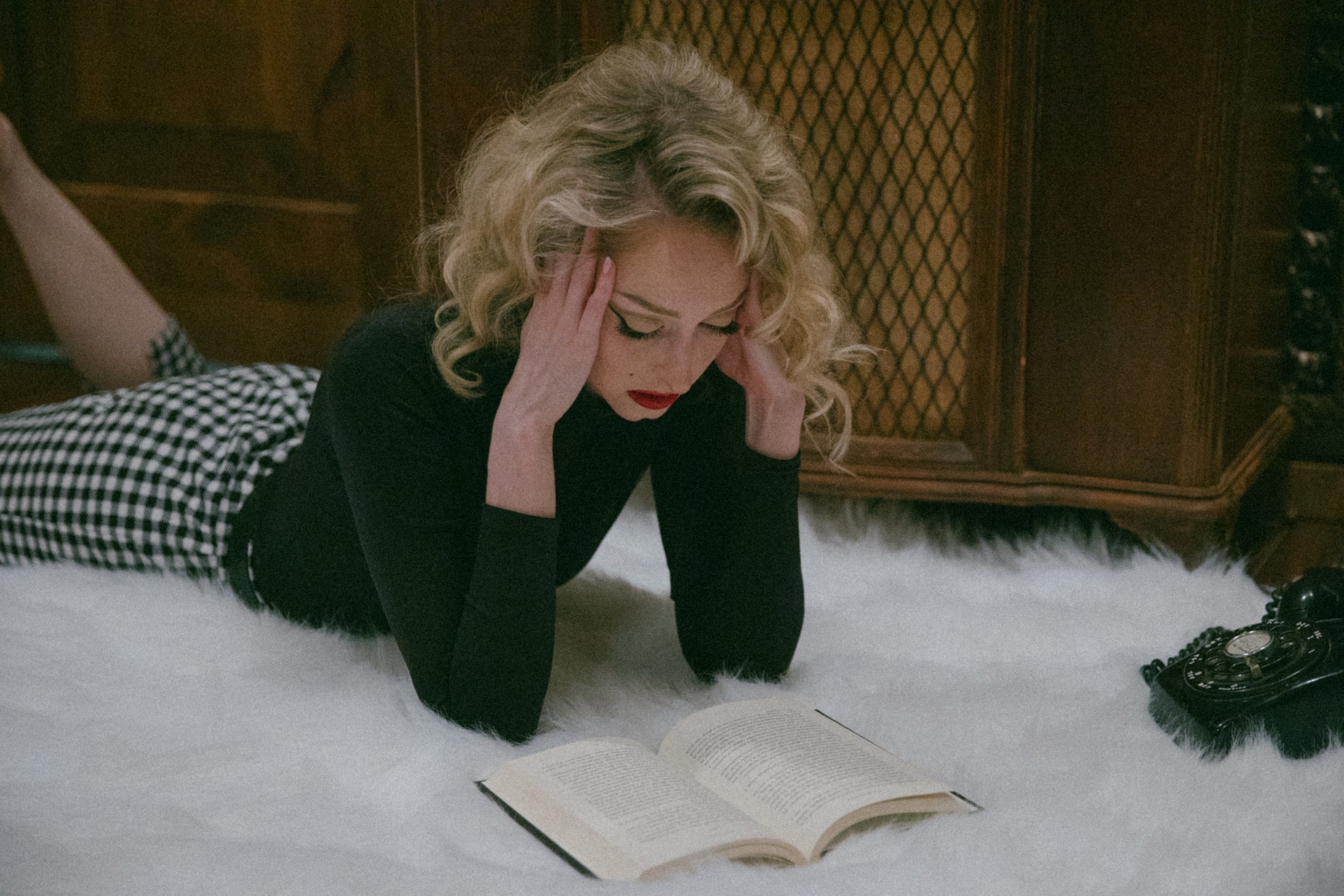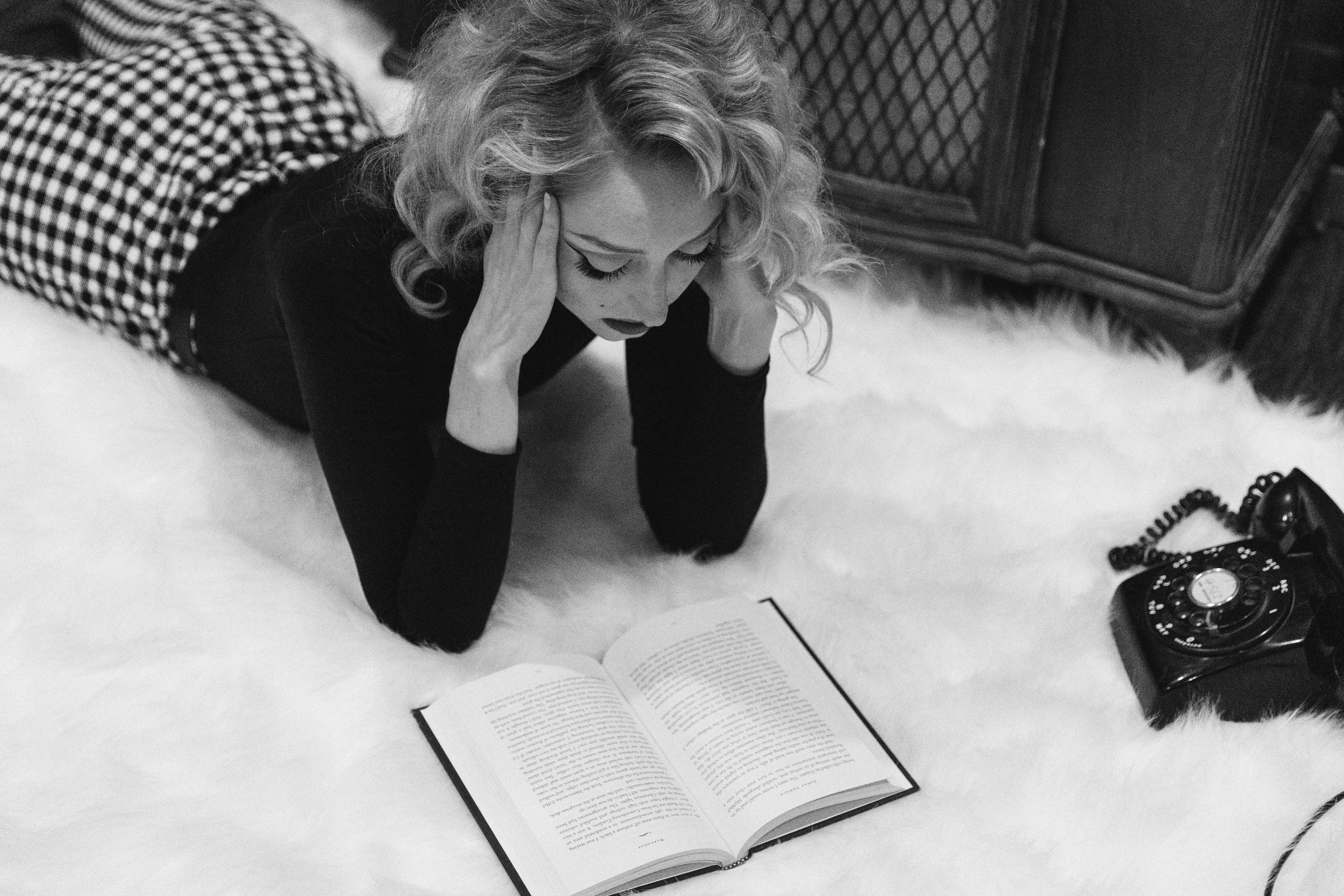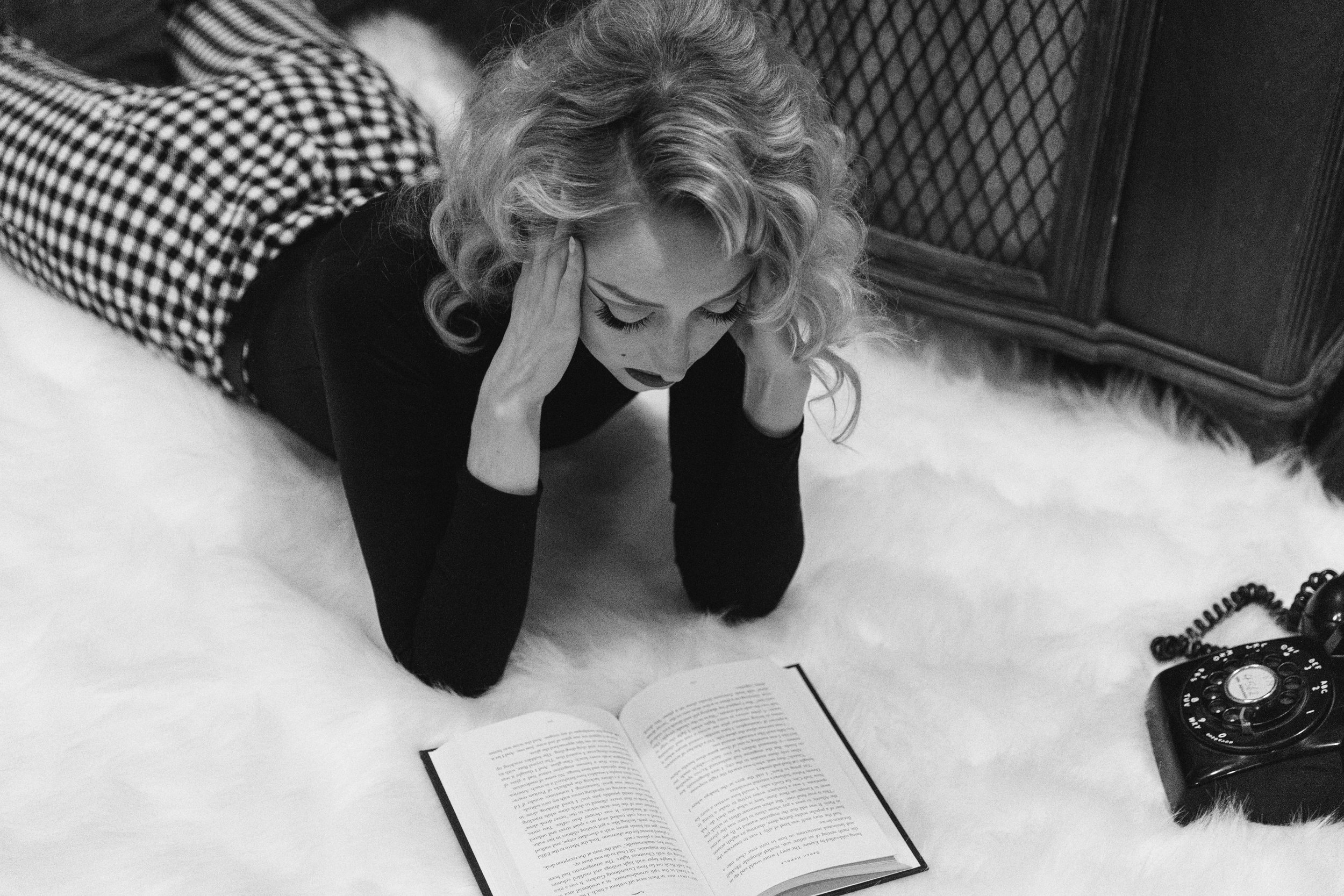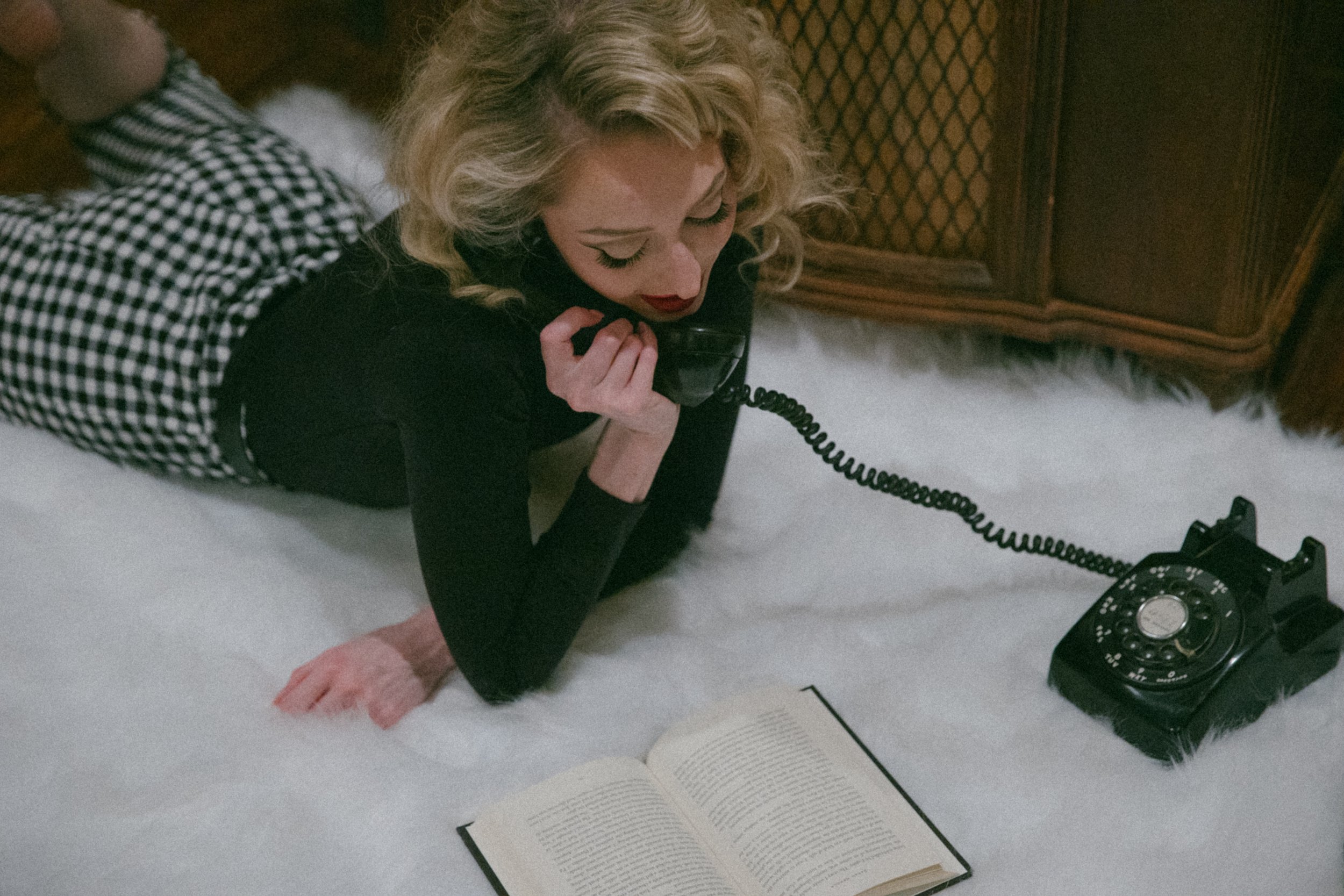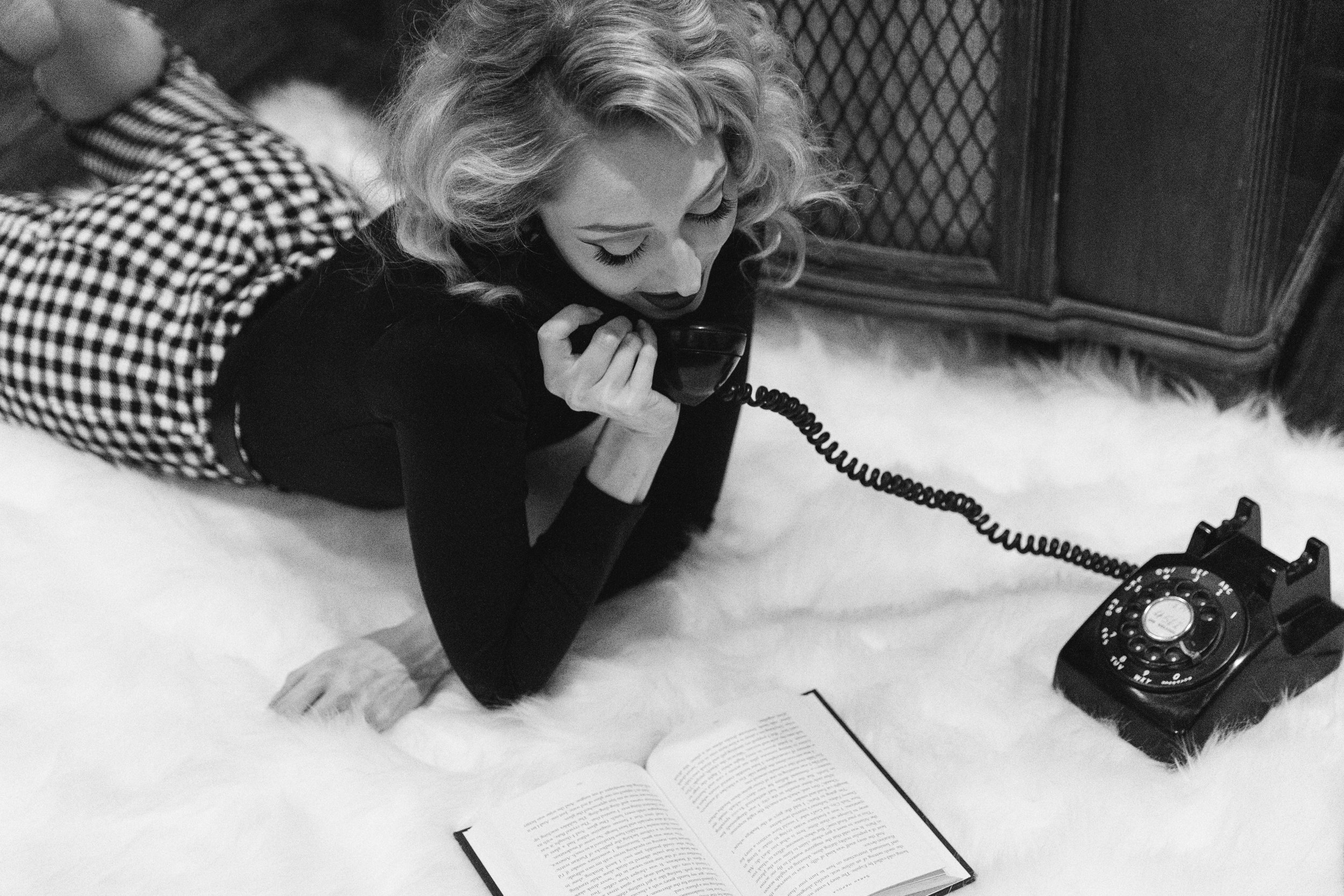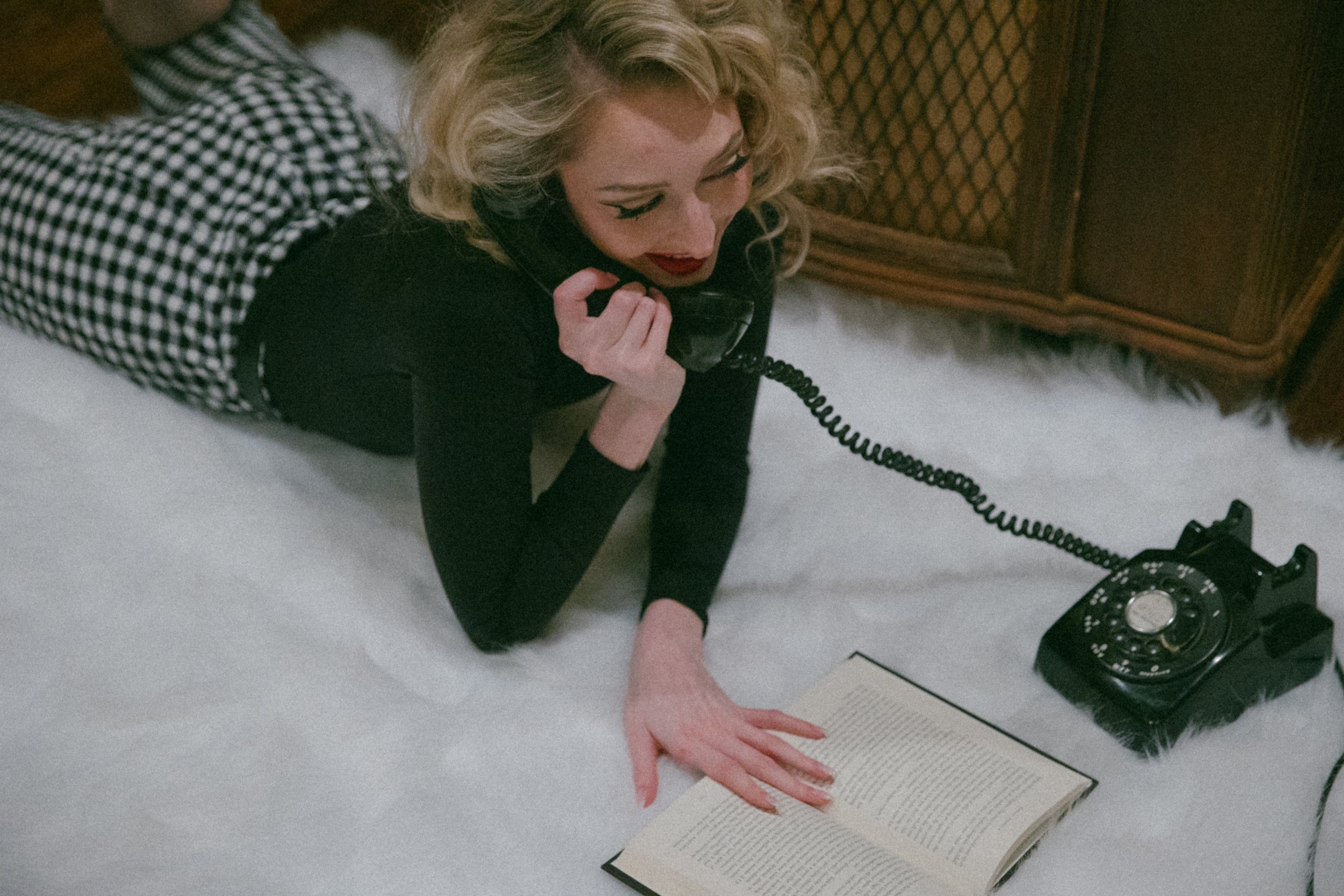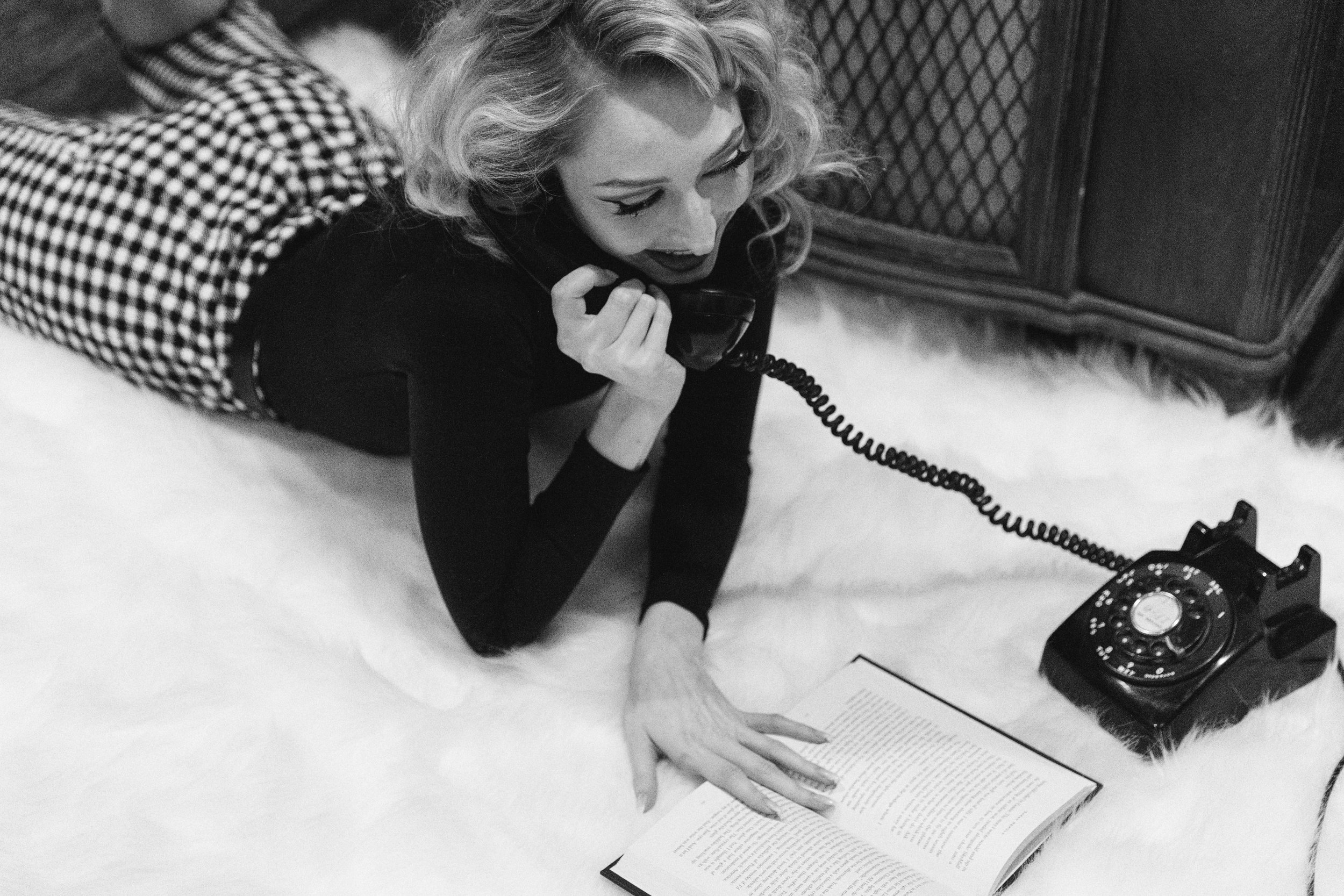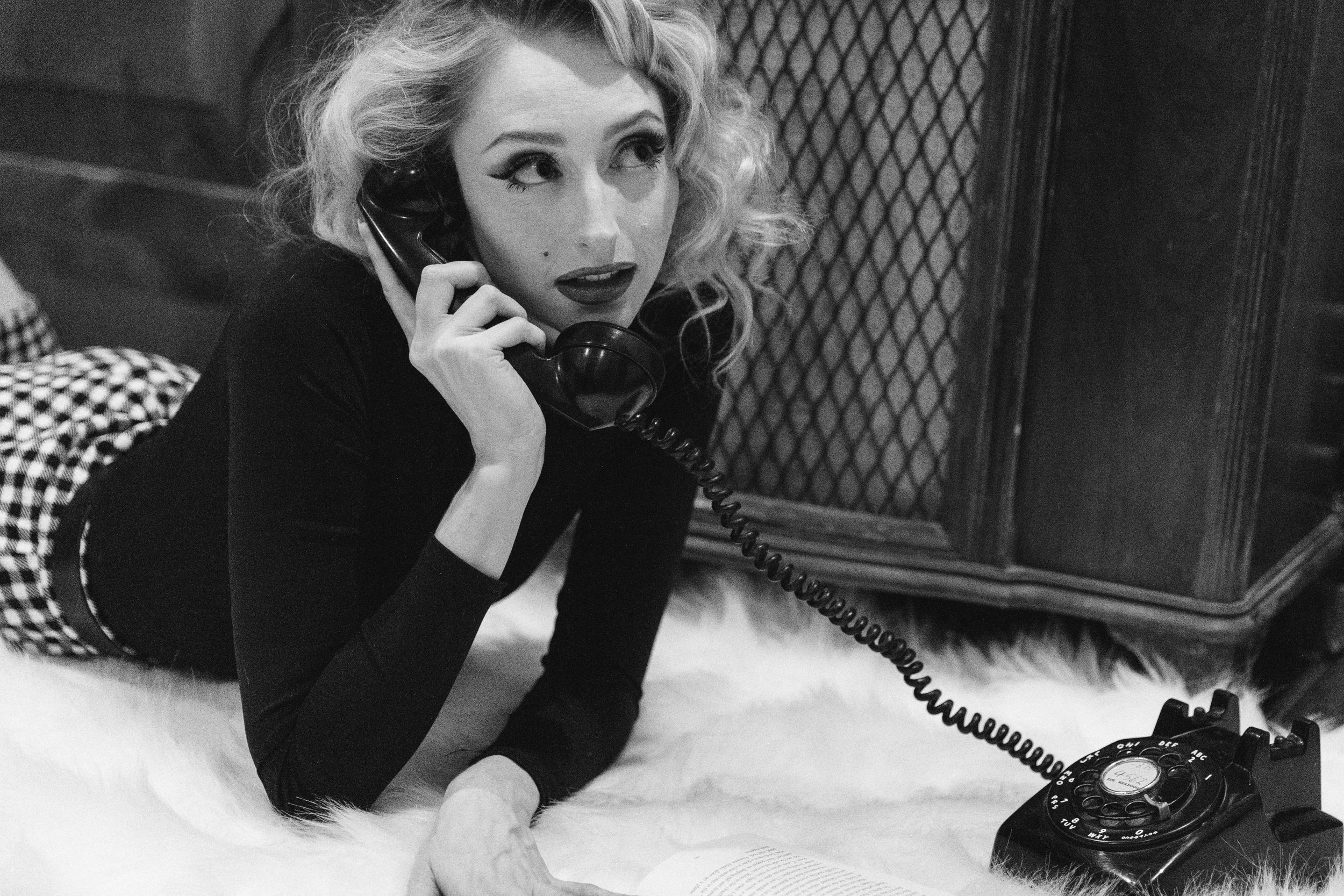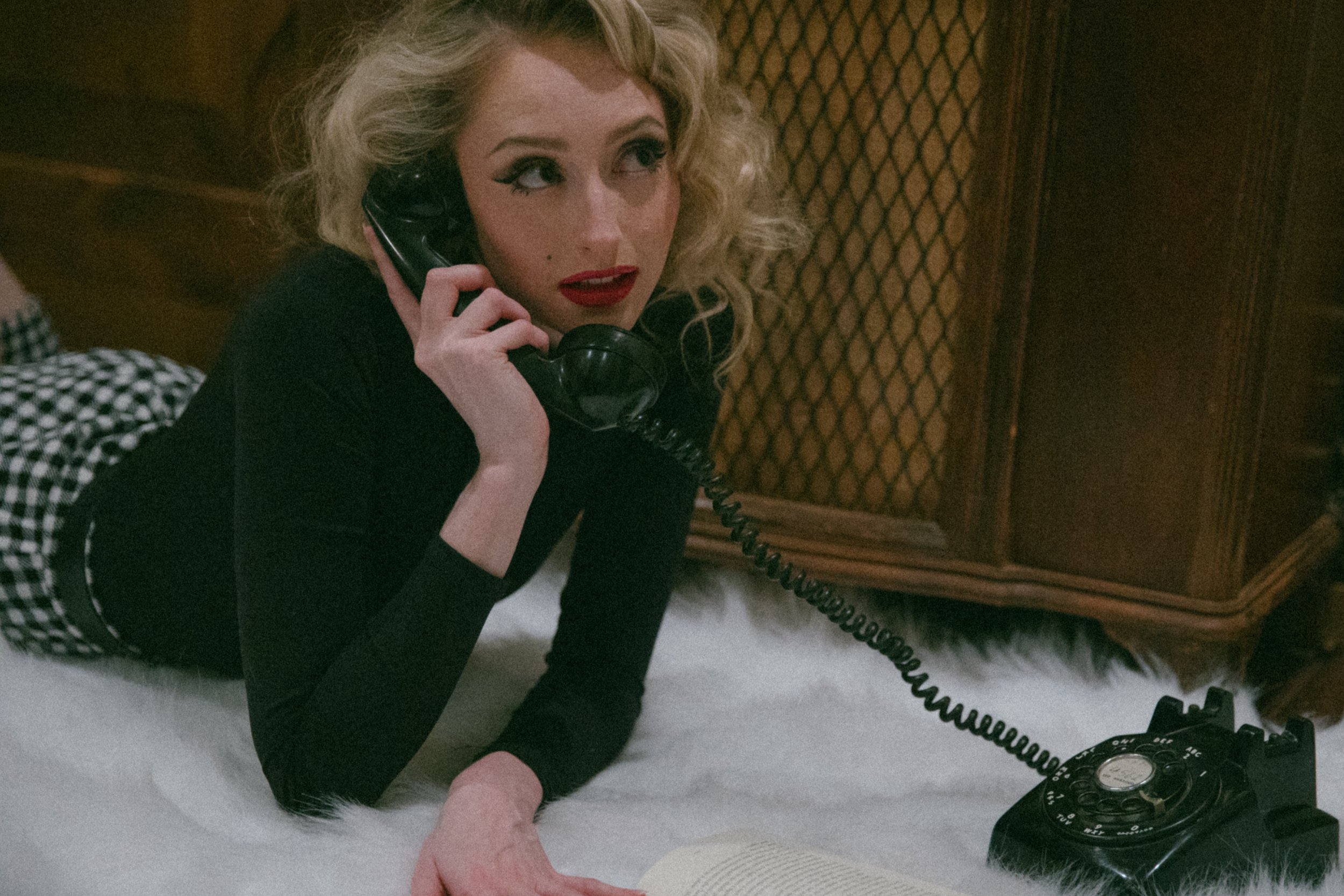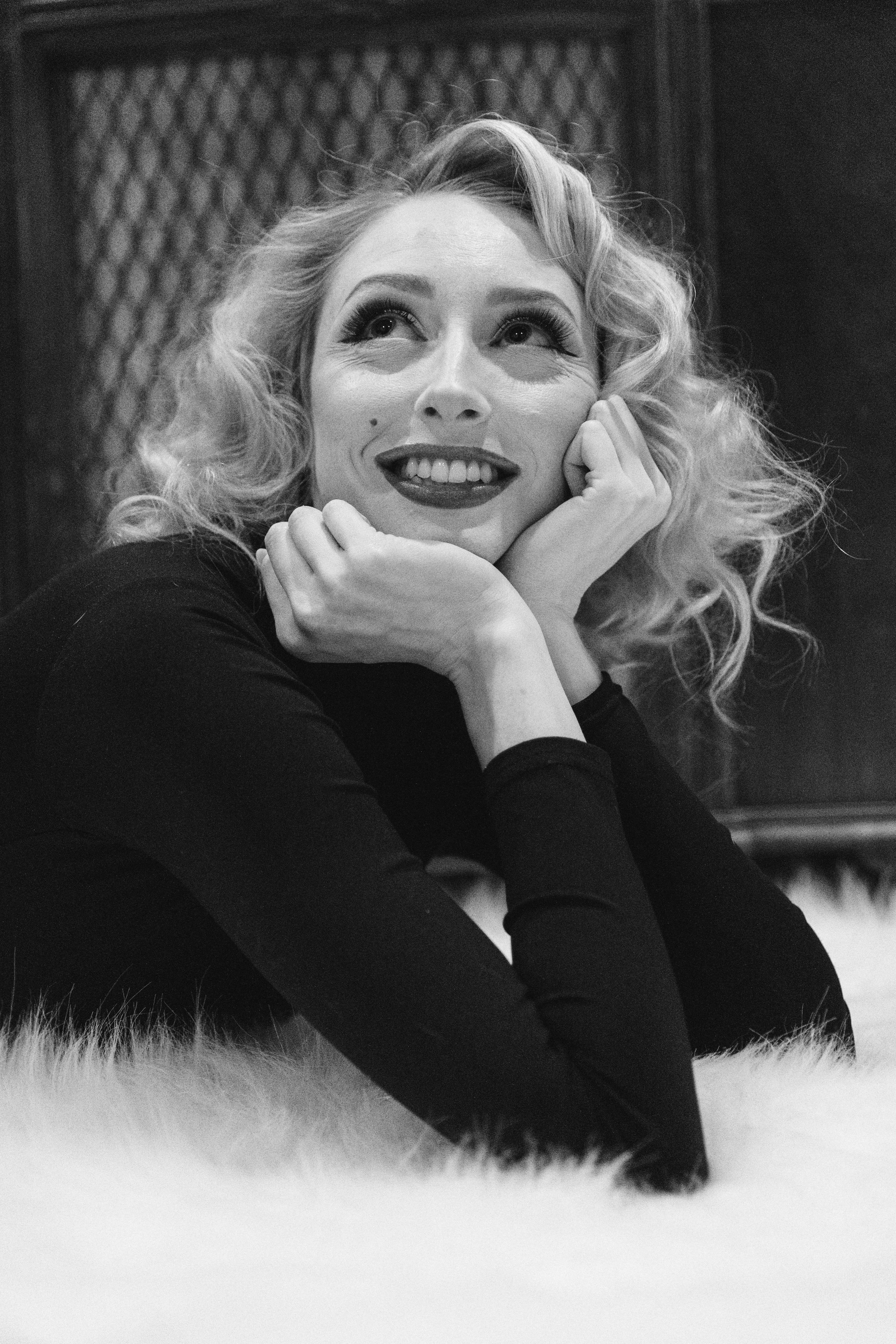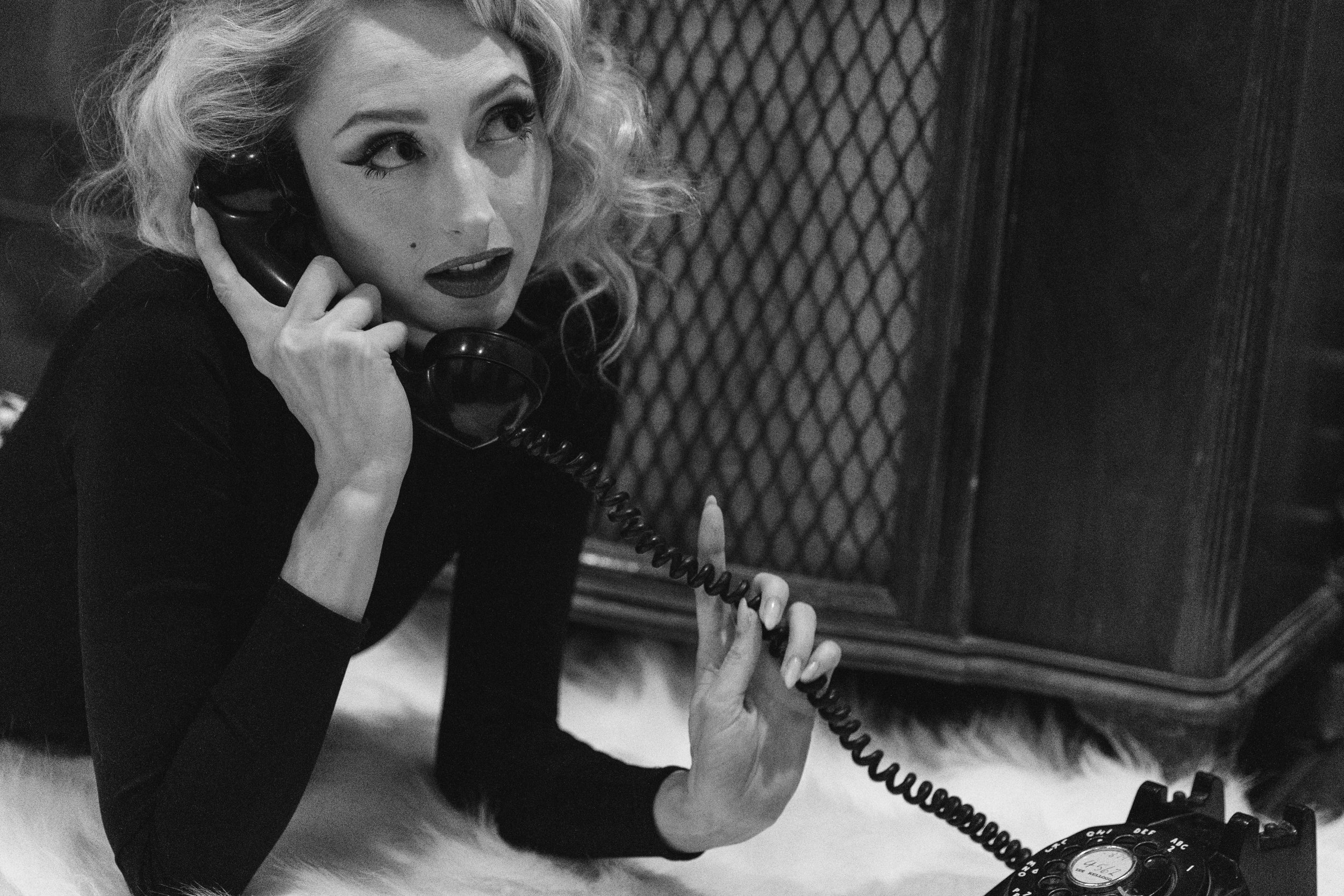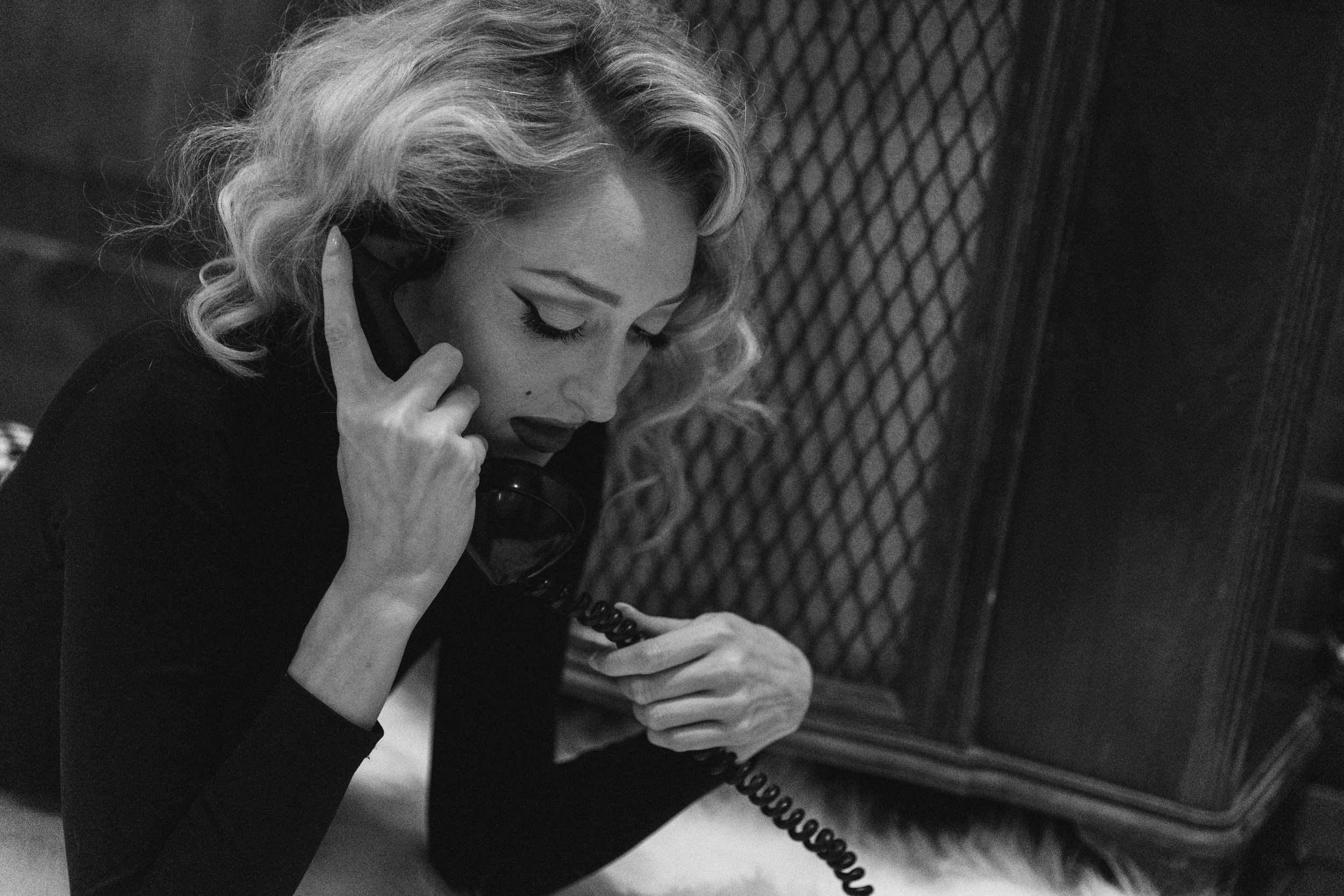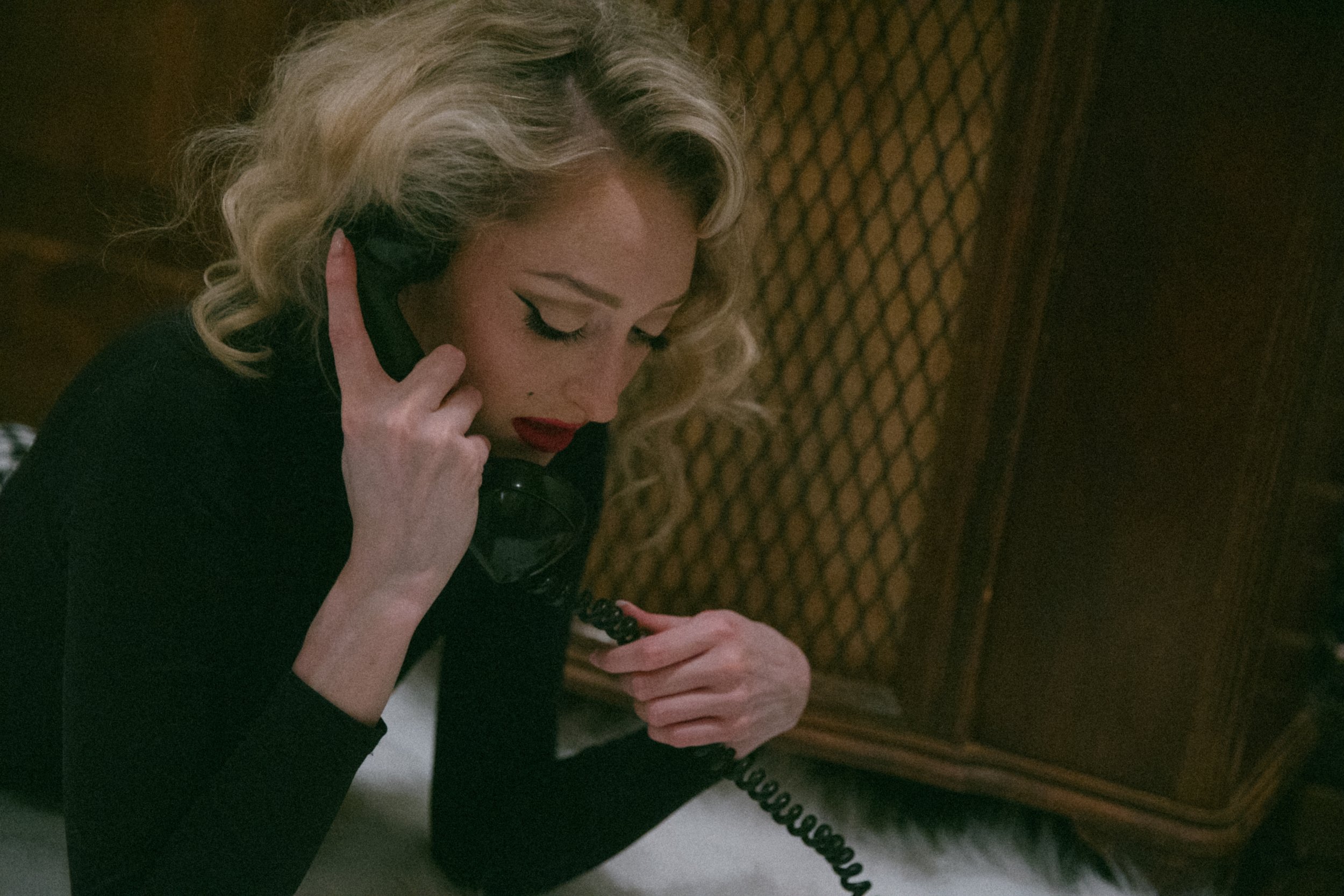Icons Series: Marilyn Monroe
Monroe and her make-up artist “Whitey,” developed her trademark make-up look: “dark arched brows, pale skin, glistening red lips, and beauty mark.”
After the offensively, disastrous, exploitative dumpster fire that was Andrew Dominik’s screen adaptation of Blonde, I felt the incredible urge to contribute to the preservation of Marilyn Monroe’s commendable legacy. Unfortunately her image is often hijacked by men and fetishized into a meek but sexual, tragic but beautiful, cherry picked persona that does not reflect the admirable, affectionate person she actually was.
Congratulations gentlemen, you got your perfectly, tailor-made fanfic porno starring Marilyn Monroe.
Now before you come at me for hating Blonde as adamantly as I do— I realize it was not an original piece by Dominik, but a fictionalized interpretation of Monroe’s life by author Joyce Carol Oates. THIS IS NOT A BIOPIC! However, Dominik’s adaptation was practically a soft porn, with excessive and unnecessary nudity exclusively of De Armas, and a complete fabrication of a throuple storyline (like what??)— And I can’t help but feel defensive over it as a woman. A lot of sensitivity surrounding the ongoing exploitation of Marilyn in particular, is that her “sex symbol” narrative, and fetishized tragedy is often the focus of her life story rather than her career accomplishments, admirable industry disruptions, and her philanthropic works. Blonde was created solely for the male gaze— for men to get off on a woman’s powerlessness and misery. She fought valiantly against this narrative during her lifetime, that in death for her story to be downplayed, degraded, and recognized only for the worst moments of her life is a complete disrespect. For her image to be stolen, distorted, manipulated, and crafted into something men find to be more pleasureable is vile. Blonde’s interpretation of her reflects an emotional, fragile, ditzy, insecure, needy, infantile woman with daddy issues— rather than the intelligent, outspoken woman she actually was. We barely get a glimpse of her impressive career and devotion to her craft— affording the actress little dignity and at the complete and total mercy of the creators commandeering her story. Don’t even get me started on the most cringeworthy theme of Blonde— Marilyn calling literally every man in her life “daddy.” Playing up her “daddy-issue” trauma and feeding into the male obsession with infantilizing women. It’s completely repulsive. Additionally suggesting the woman fell completely helpless and submissive to any and every male in her presence. I understand the idea behind Blonde is to expose Hollywood’s corruption and misogyny, but instead it falls prey to the very point it was trying to make. The entire character was developed to elicit pity, and gives her “character arc” little to no redemption. When indeed Marilyn herself went to extreme lengths to refute these very assumptions and confront the most powerful tycoons in the industry.
I love the way Lauren Puckett-Pope for Elle Magazine summarizes where the feeling of contempt for Blonde comes from:
“True, to deny that Monroe was a tragic figure would be to conjure another fiction. The star’s story is uniquely, oppressively sad—many of the most widely recognized portions of her biography are painful—and to ignore this in a film would be similarly negligent. But to deny Monroe most, if not all, of her joy, her wit, her strength… is an offense to Monroe and to the woman playing her. De Armas does the best she can to embody a real human being in Blonde’s more introspective moments: When given the opportunity, she soars within the film’s spellbinding cinematography and uncanny replications of real-life Monroe photographs. But there are too many scenes in which she’s asked only to shrivel and shriek and bleed and vomit as she’s dragged and batted between set pieces, and so the image audiences are left with is one of Monroe as little more than a doll. How horrific, to be remembered only for one’s darkest moments, not a pinprick of hope cast over your corpse… It depicts her mental health issues—and eventual suicide—as ‘the most important thing’ about her, as Dominik revealed in interviews, therefore condemning her as the eternal victim. No one can deny Monroe was a victim, at numerous times and in numerous ways. But to suggest she was never anything more is itself a falsehood. ”
Again, I know this is fiction, and fiction is a great avenue for storytelling. However if a creator chooses an existing or historical persona to base their vision on, there is an obligation to treat that person’s namesake and legacy with careful consideration. When, and only when, the subject is treated with respect and cautionary care. Yet the film and direction are so focused on mimicry, imitation, and recreation of a very real woman. In this case, it is the responsibility of the creators to make the distinction between fact and fiction very clear for the audience. Dominik was completely negligent in creating this distinction— preying off of the intrigue of people’s curiosity of the icon.
Unfortunately with the global success of Blonde, the vast majority will see a debased Kennedy-blowjob-scene-mistress rather than fought-for-equal-rights-activist. Knowing exactly what he was creating, Andrew Dominik and his “team” attempted to do pre-damage control by “visiting her grave” and “asking her permission” and “speaking with her ghost”— which, pardon my language but, is complete and utter bullsh*t.
So in an attempt to directly refute this degrading imitation, I have researched the life and legacy of the historical figure and captured it below in order to give a more rounded, complete, and accurate representation of the legendary Marilyn Monroe.
LIFE
Norma Jeane Mortenson (stage name Marilyn Monroe) was born June 1, 1926 to Gladys Monroe in Los Angeles, California. Newly divorced and financially unprepared for a child, Gladys placed her daughter with foster parents when she was forced to move back to the city for employment. A devoted mother, she continued visiting her daughter on weekends. As soon as she was able, Gladys secured a loan and bought a small house in Hollywood where she, and now seven-year-old Norma moved in. In 1934, Gladys had a mental breakdown and was diagnosed with paranoid schizophrenia. This ultimately led to Gladys spending the rest of her life in and out of hospitals, leaving Norma to become a ward of the state. The following years, Norma’s living situation was unstable— moving around from orphanages, to relatives, to family friends… Norma notes her experiences as a child correlate to her wanting to become an actress, quoting "I didn't like the world around me because it was kind of grim ... When I heard that this was acting, I said that's what I want to be ... Some of my foster families used to send me to the movies to get me out of the house and there I'd sit, all day and way into the night. Up in front, there with the screen so big, a little kid all alone, and I loved it."
In 1941, Norma Jeane returned to a prior living situation with the Goddard’s. Due to Mr. Goddard’s employment relocation and California child protection laws preventing them from taking Norma out of the state, she was faced with the decision of being sent back to the orphanage, or to marry… So just after her 16th birthday, Norma married James Dougherty. Norma subsequently dropped out of high school and became a housewife. In 1944, Dougherty, now a marine, was shipped out to the Pacific where he would remain for the next two years. Lonely and bored in her marriage, Norma Jeane began a job at a munitions factory during WWII where she met photographer David Conover. Conover had been sent by the “U.S. Army Air Forces’ First Motion Picture Unit” to the factory to shoot “morale-boosting pictures” of female workers. This led to Norma’s newfound interest in modeling— subsequently quitting her factory job to pursue modeling full time and signing a contract with Blue Book Model Agency. In an attempt to curate her image and “make herself more employable,” Norma straightened her curly red hair and dyed it blonde. According to agency owner Emmeline Snively, Norma quickly became “one of its’ most ambitious and hard-working models,”— proving herself to be more than a pretty face, but a dedicated and determined force. Through her modeling work, Norma Jeane signed a contract with an acting agency, where she adopted the stage name "Marilyn Monroe." Shortly after, she divorced Dougherty who did not support her aspirations, and began the serious commitment to her acting career. Monroe spent the first six months of her contract learning acting, singing, and dancing, and observing the film-making process. She later stated that it was "my first taste of what real acting in a real drama could be, and I was hooked." Monroe was determined to make it as an actress, and continued studying at the Actors' Lab and networking. She frequented producers' offices, befriended gossip columnists, photographers, and entertained at studio functions. Her efforts led to her contracts with Columbia Pictures and 20th Century Fox. Her popularity began growing with audiences, solidifying her as a Hollywood sensation.
Unfortunately, 20th Century-Fox wanted Monroe to be the kind of star that was solely used to draw men to movie theaters. Therefore Monroe's screen persona was curated and heavily focused on her blonde hair and the stereotypes that associate with it: ditziness, naïveté, a sexual nature, and artificiality. In her films, Monroe usually played "the girl," a term used in Hollywood defined solely by gender. These roles were often chorus girls, secretaries, or models— occupations where "the woman is on show, there for the pleasure of men." According to film scholar Richard Dyer, Monroe's star image was crafted mostly for the male gaze.
Although Monroe's screen persona as a dim-witted but sexually attractive blonde was a carefully crafted act, audiences and critics believed it to be her true persona. This became a hindrance when she wanted to pursue more variety in roles, and when it came to being respected as a business owner. Academic Sarah Churchwell studied narratives about Monroe and has stated: “The biggest myth is that she was dumb. The second is that she was fragile. The third is that she couldn't act. She was far from dumb… she was very smart indeed—and very tough. She had to be both to beat the Hollywood studio system in the 1950s. The dumb blonde was a role—she was an actress… Such a good actress that no one now believes she was anything but what she portrayed on screen.” Despite her newfound popularity as a sex symbol, and Hollywood’s most commercial performer, Monroe wished to showcase more of her acting range— though she continued to be typecast in comedic roles that highlighted her sex appeal. She disliked the lack of control on film sets and the condescension and sexism that came from her male costars and directors. Despite Monroe being Fox Studio's "greatest asset,” her contract had not changed since 1950— meaning she was significantly underpaid in comparison to other actors of her stature, and had no freedom in choosing her projects. Her attempts to appear in more challenging roles and films that demonstrated her range had been denied consistently. In protest of the mistreatment, Monroe walked off set of a film in which she was paid three times less than male costar Frank Sinatra. As a result, Fox suspended Marilyn.
During her suspension, Monroe remarried, and just 15 days into the marriage, the newly-weds cut their honeymoon short as Marilyn was thrilled at the opportunity to entertain troops in Korea. She had received dozens of fan letters from U.S. soldiers stationed abroad, so when the opportunity presented itself, she was ecstatic to participate in uplifting morale. She was quoted saying “There were 17 thousand soldiers in front of me yelling at the top of their lungs. I stood there smiling at them. It had started snowing but I felt warm, as if I were standing in the bright sun. I felt no fear for the first time. I only felt happy. I felt at home.” She performed for over 60,000 U.S. marines over a four day period.
Monroe finally settled with Fox over their disputes with the promise of a new contract, a signing bonus, and a starring role in the next film of her choice. Though in 1955, Monroe left Hollywood for NYC, where she and photographer Milton Greene founded their own production company, Marilyn Monroe Productions (MMP)— dedicated to ensure fair pay and creative freedom for the actress. An action that has later been called "instrumental" in the collapse of the studio system. Monroe stated that she was "tired of the same old sex roles" and asserted that she was no longer under contract to Fox, as it had not fulfilled its’ part of the contract. This began a year-long legal battle between her and Fox. During that time, MMP garnered ample critical success, with one critic saying its’ success “effectively dispels once and for all the notion that she is merely a glamour personality.” It also received several Golden Globe and Oscar nominations in the acting category. MMP’s success granted Monroe the leverage to ultimately strike a deal with Fox Studios, garnering her a higher salary and guaranteed approval over all major aspects of her new creative projects. The studio was eager to once again have Monroe working for them and agreed to her demands.
During her final months, Monroe lived at her Brentwood Estate of Los Angeles. She passed on August 4th, 1962 at the age of 36.
LEGACY
In her career, Monroe was compared to the legendary Charlie Chaplin for her ability to blend comedy and tragedy. Variety noted her "a comedienne with that combination of sex appeal and timing that just can't be beat". According to The Guide to United States Popular Culture, "as an icon of American popular culture, Monroe's few rivals in popularity include Elvis Presley and Mickey Mouse." Art historian Gail Levin stated that Monroe may have been "the most photographed person of the 20th century", and The American Film Institute has named her the sixth greatest female screen legend in American film history. The Smithsonian Institution has included her on their list of "100 Most Significant Americans of All Time", and both Variety and VH1 have placed her in the top ten in their rankings of the greatest popular culture icons of the twentieth century.
In addition to her lasting career legacy, Marilyn Monroe was also a philanthropist- having spent her childhood in orphanages and foster homes, Marilyn never turned down an opportunity to give back to children in need. In 1955, she partnered with the World Adoption International Fund to help secure homes for children in foster care. In 1957, she famously auctioned her earrings for the Milk Fund for Babies- and organization dedicated to providing sustenance for infants in the New York City projects. After Marilyn passed in 1962, 25% of her estate was donated to the Anna Freud Children’s Clinic of London. In addition to her work with underprivileged youth, Marilyn worked a 1962 benefit to find a cure for muscular dystrophy on her 36th birthday.
Marilyn was also an ally to the LGBTQ+ community. Her career was a constant battle against the straight male gaze. She strived to maintain ownership over her feminine sexuality and rebel against her male colleagues misogynistic subjugation. Her passion for liberation drove her to align with the LGBTQ+ community. In Conversations With Marilyn published after her death, William J. Weatherby, who met the actor on the set of The Misfits, recounted the star’s support for her friend and actor Montgomery Clift—“People who aren’t fit to open the door for him sneer at his homosexuality. What do they know about it?” she was quoted saying. “Labels— people love putting labels on each other. Then they feel safe. No sex is wrong if there’s love in it.”
In another act of advancing human rights, Marilyn famously helped bolster her friend Ella Fitzgerald’s career— setting the singer up for mainstream success. Marilyn was a major fan of the jazz icon, so when the Mocambo nightclub refused to book her, claiming she wasn’t “glamorous enough” for the venue, Marilyn used her notoriety as leverage. “I owe Marilyn Monroe a real debt… she personally called the owner of Mocambo, and told him she wanted me booked immediately, and if he would do it, she would take a front table every night” Ms. Fitzgerald was quoted. The actor not only secured the singer a week long gig, but kept her promise— showing up each and every night, and bringing superstars like Judy Garland and Frank Sinatra, creating significant buzz for the singer.
Marilyn Monroe was also one of the first to expose Hollywood’s sexual predators. In 1952 she coauthored a personal article titled “Wolves I Have Known” that described the sexually exploitative encounters she faced as a young actor. Decades ahead of her time, she spoke about the manipulation and perversion that defined Hollywood’s most powerful tycoons. “The first real wolf I encountered should have been ashamed of himself, because he was trying to take advantage of a mere kid” the actor wrote. But she wasn’t just a victim. Standing her ground Marilyn declared, “even as naive as I was then, I soon figured out that this was not the way to get a job in the movies.”
Monroe's enduring popularity is tied to her conflicted public image. On the one hand, she remains a sex symbol, beauty icon, and one of the most famous stars of classical Hollywood cinema. On the other, she is also remembered for her troubled private life, unstable childhood, and struggle for professional respect. Because of the contrast between her stardom and troubled private life, Monroe is frequently a subject linked to broader discussions about mass media, fame, and consumer culture.
The ultimate, tragic irony is that she spent her life fighting the narratives, assumptions, and exploits of her life, only to continue to fall victim to them in death. There is a responsibility to current and future creatives that choose to base works off of her life and legacy to continue sharing the beauty and accomplishments that were her life, in addition to her tragedies.
Xx, kristin
This years Halloween costume was meant to pay respectful homage to Marilyn. I was particularly inspired by her shoots at home and wanted to emulate where I saw her most comfortable and in her natural, most peaceful state. Initially inspired by her feature in “Life Magazine,” shot in her home, I realized I loved all of her photos shot in her natural habitat. I feel she looked the most relaxed, content, and genuinely joyful. She also seemed to be a little more playful with the camera, and exuded confidence with enviable ease. I like to think it was because it was where she was happiest, and with people she trusted.
Anyway, here’s the recreation of some of her most iconic, and my personal favorite photos of Miss Marilyn.
Peruse as you choose (:
And Happy Halloween!!
Creative vision dreamt up by yours truly— but meticulously, and flawlessly executed and conducted by Skyler Gross with Magnolia Creative Co. Check them out!

